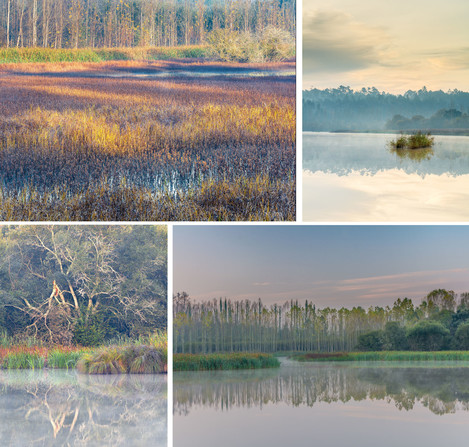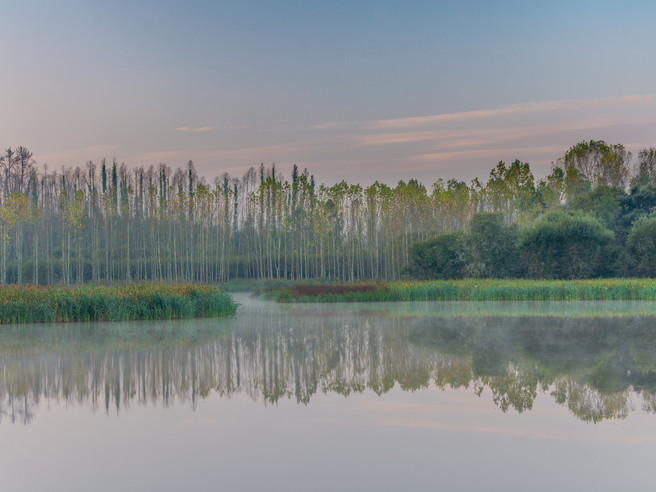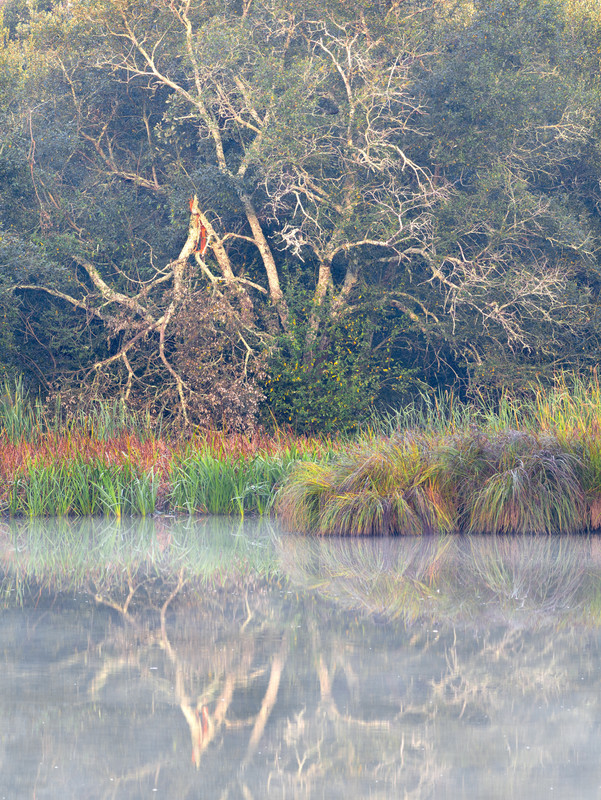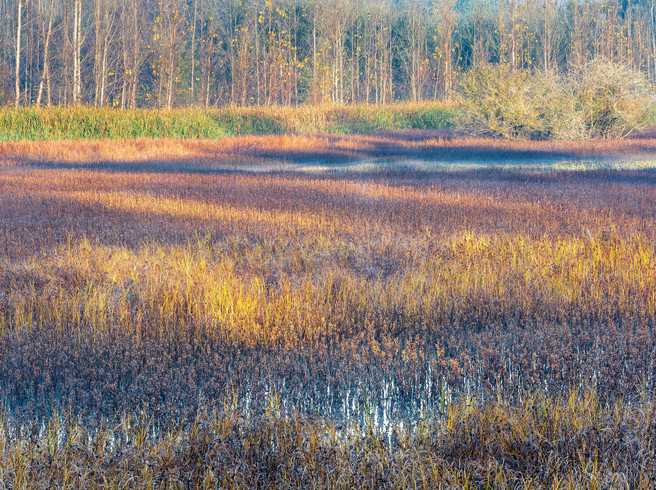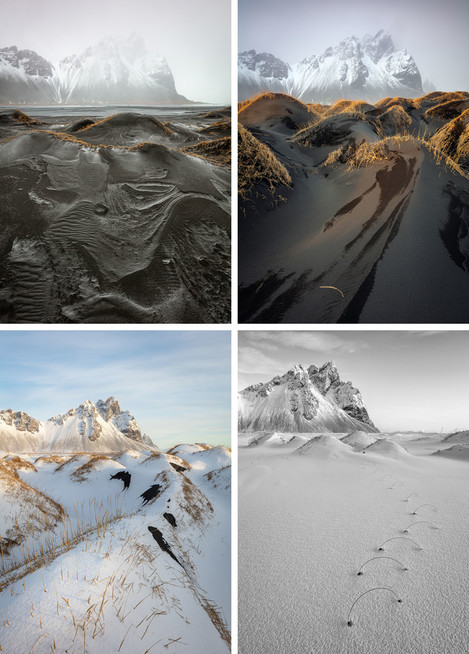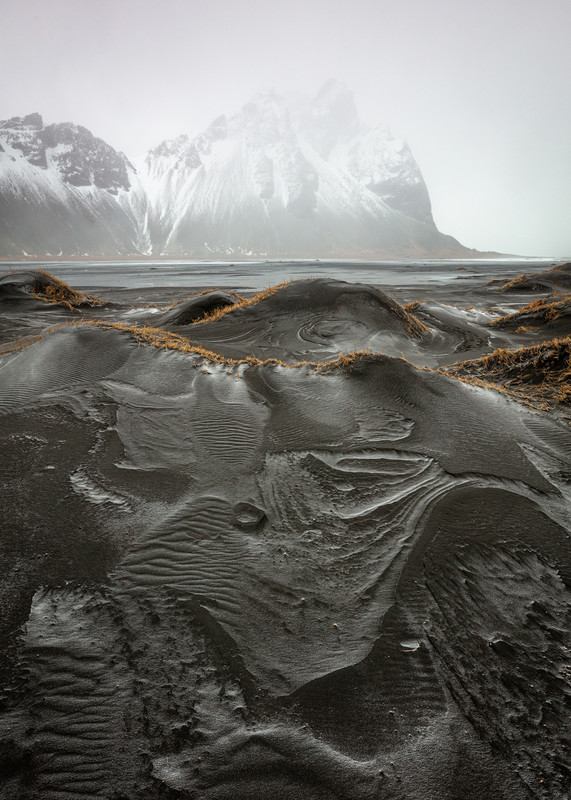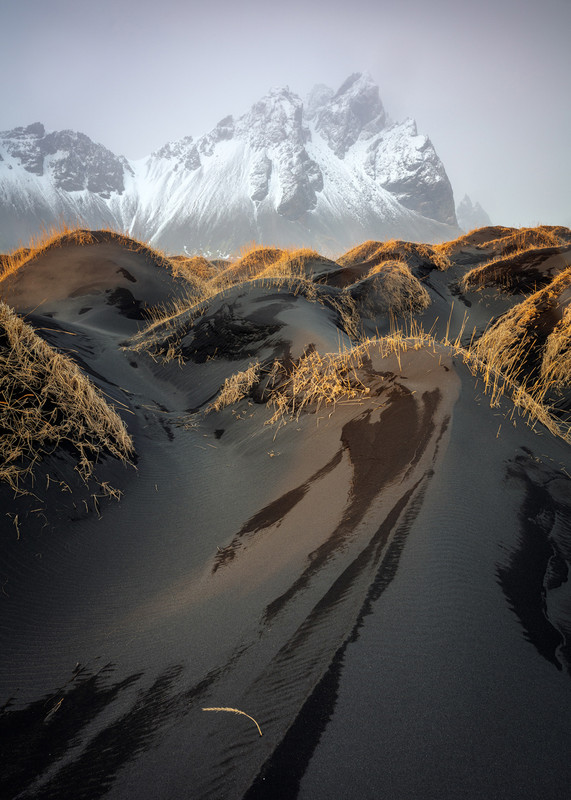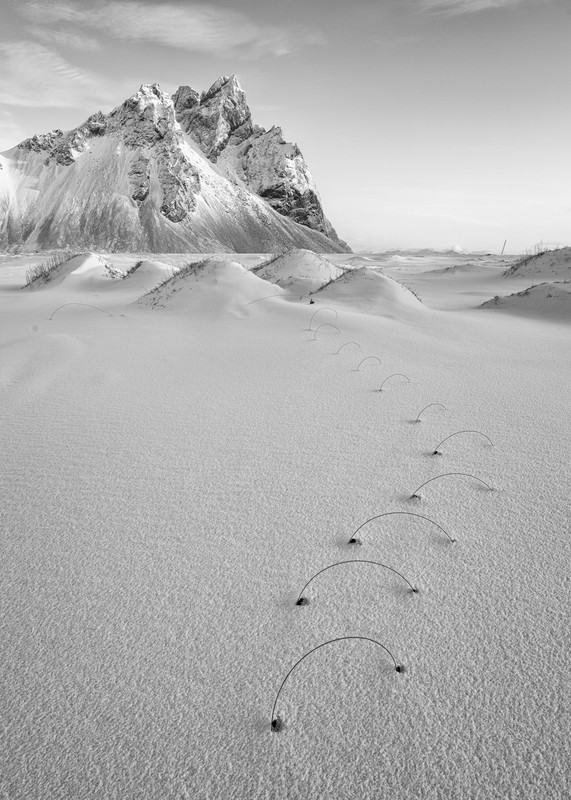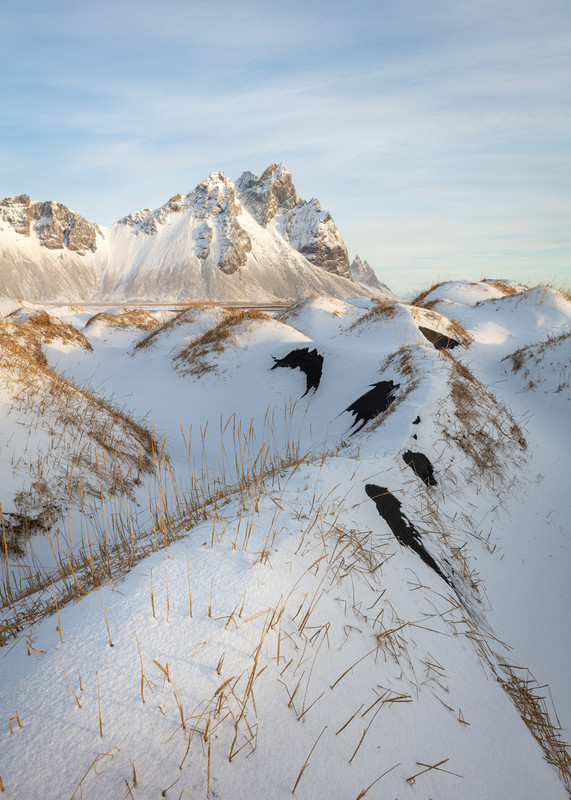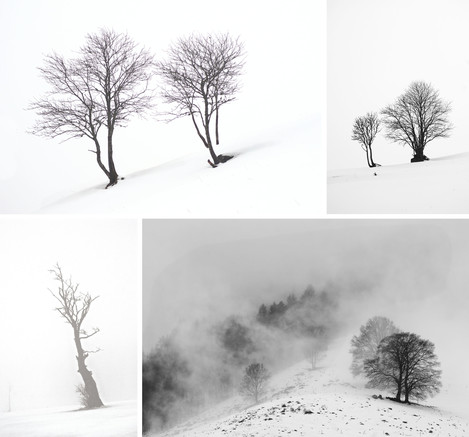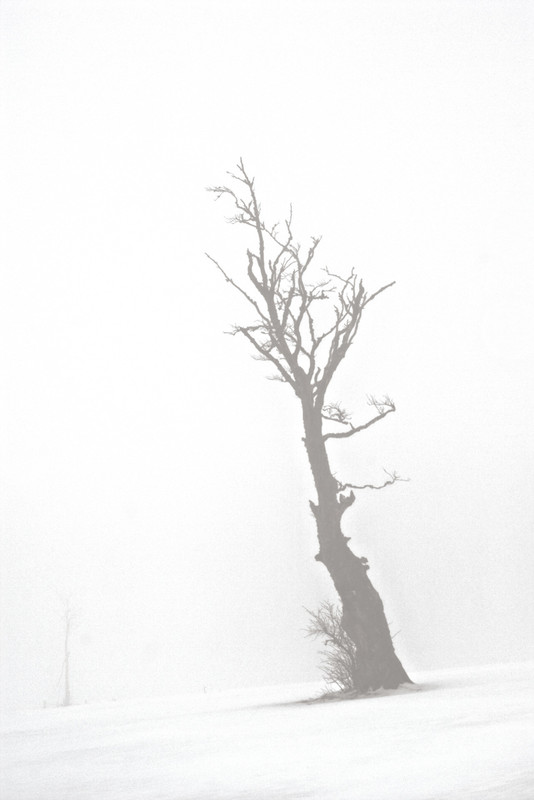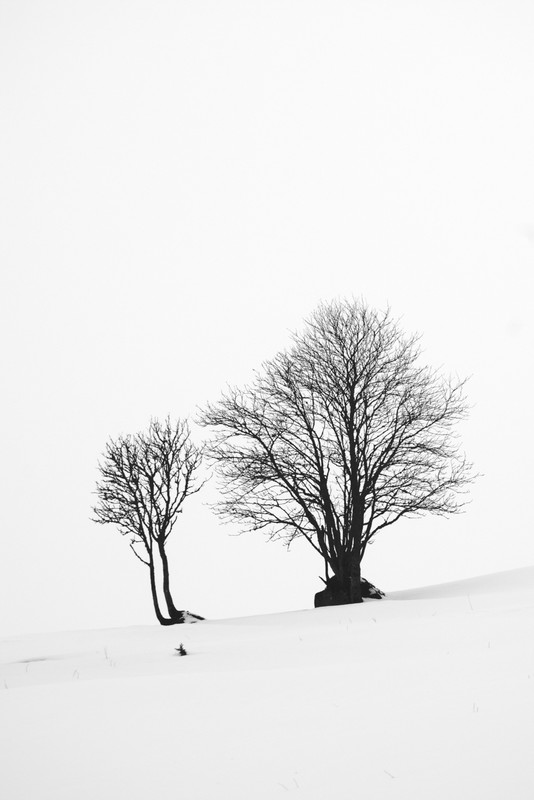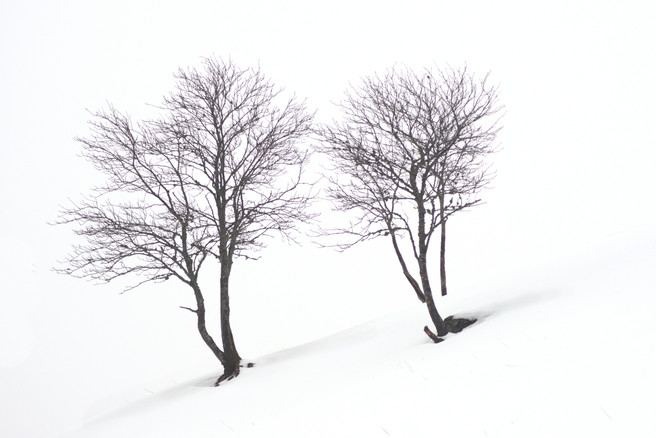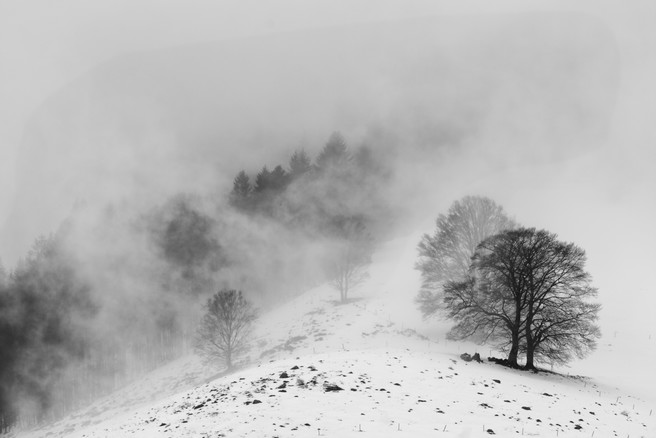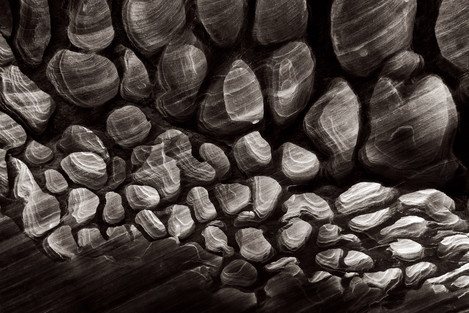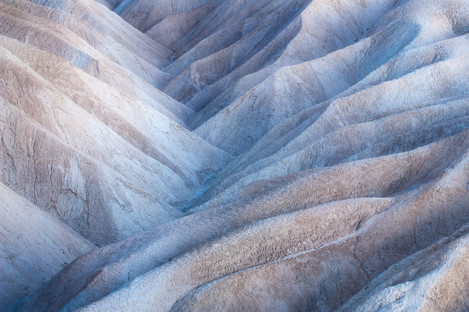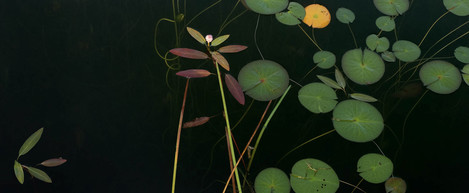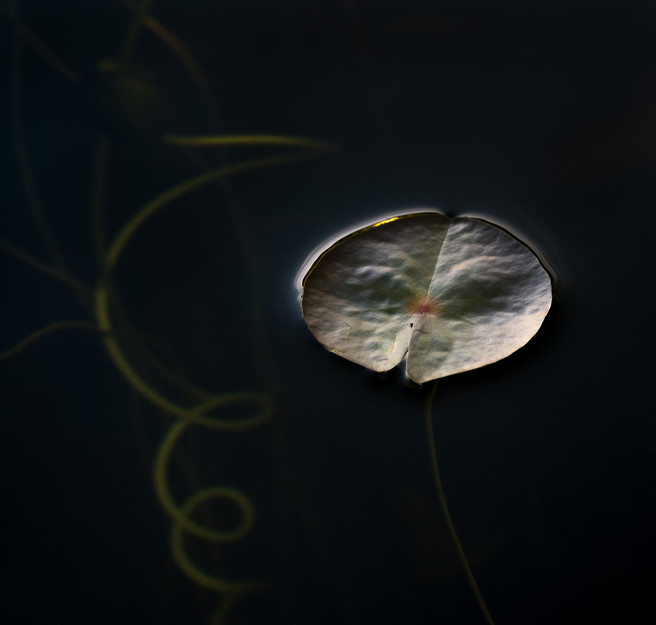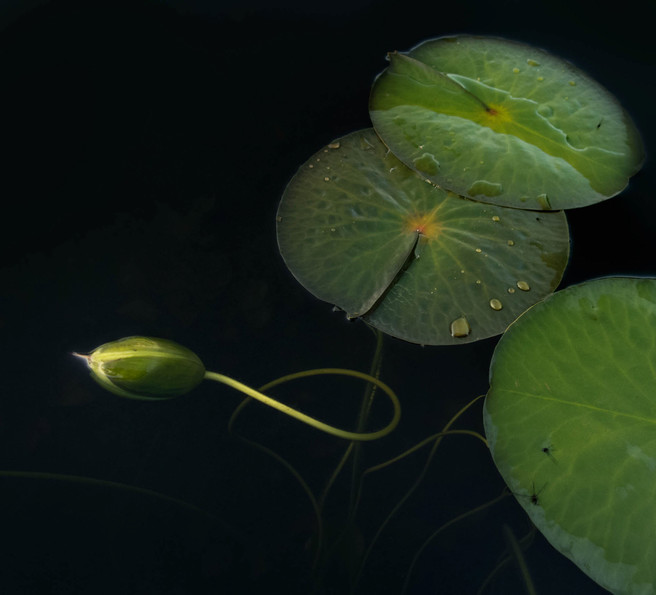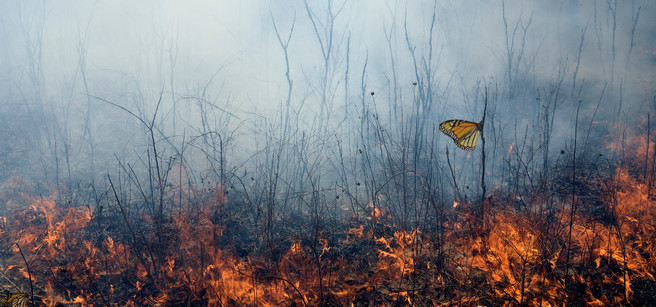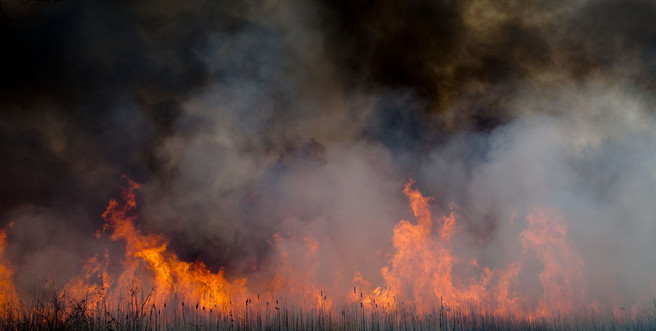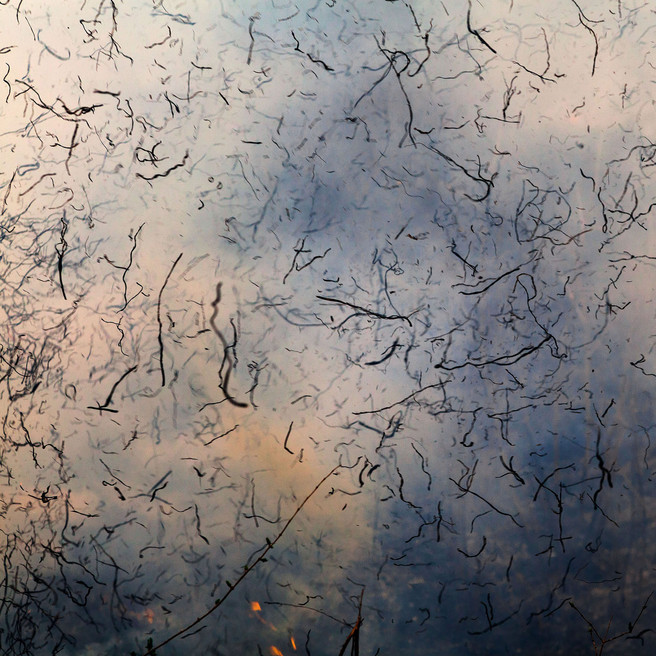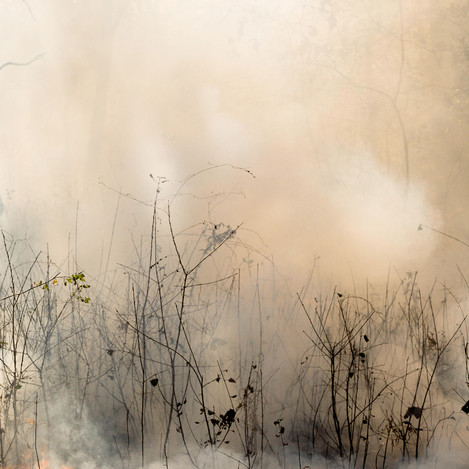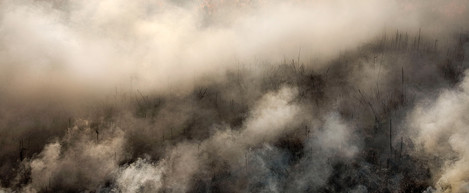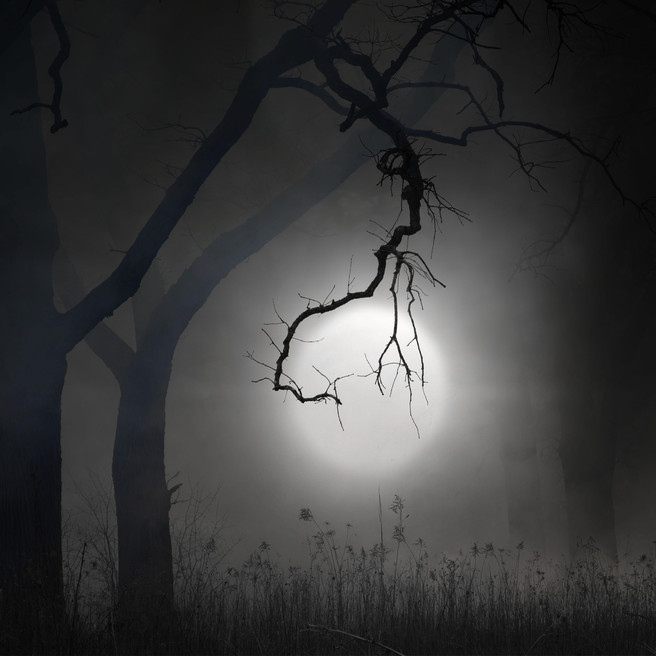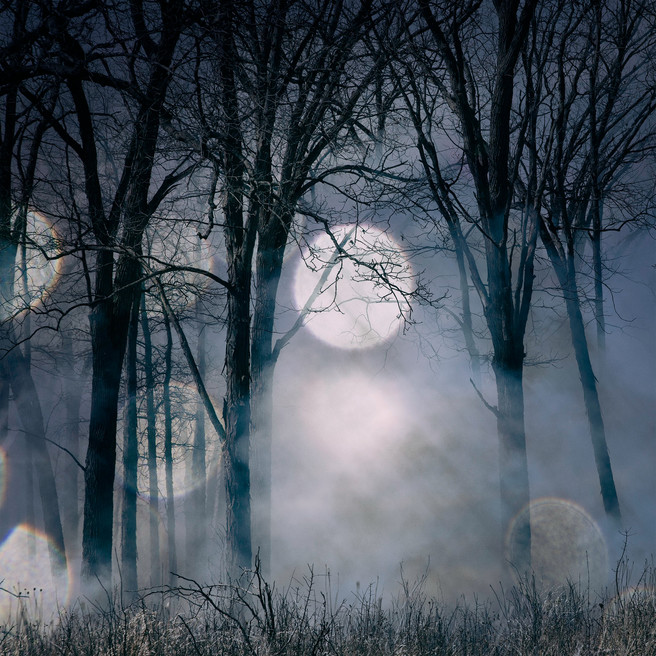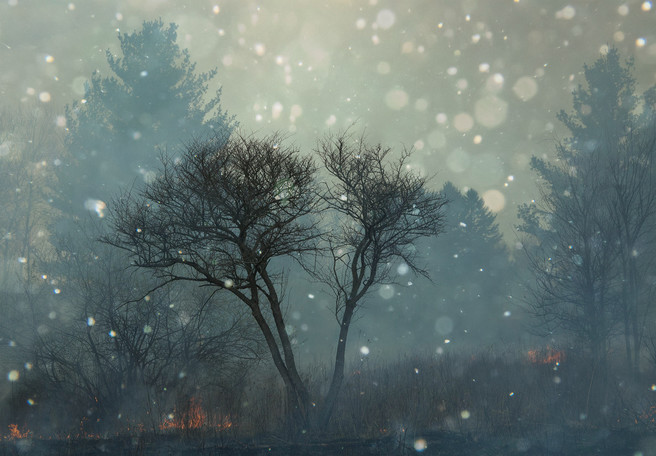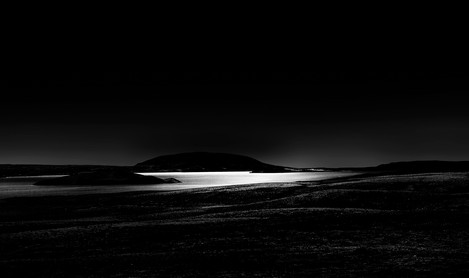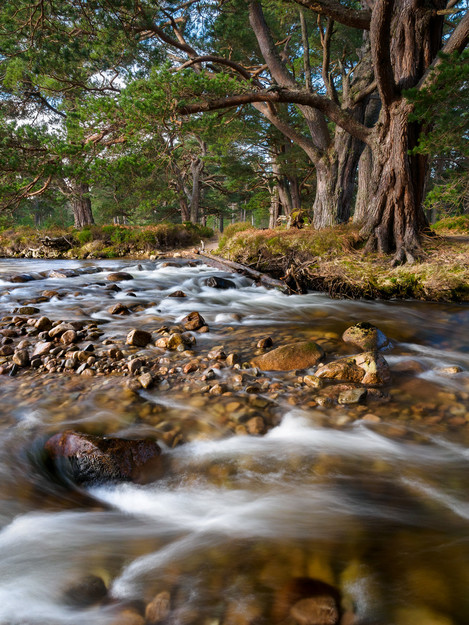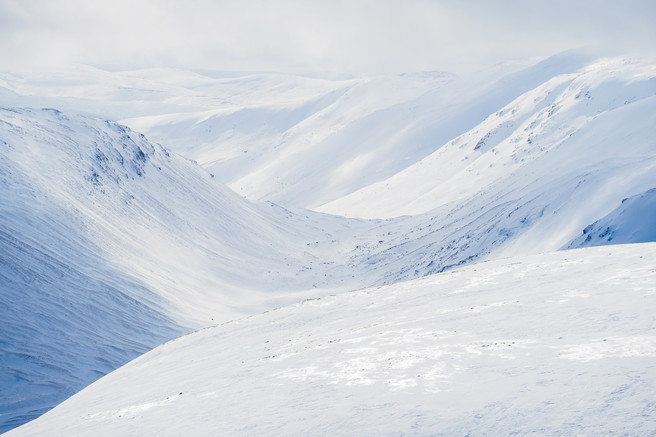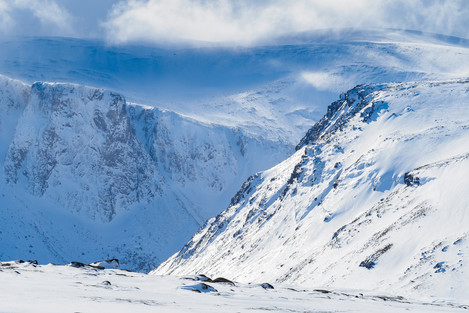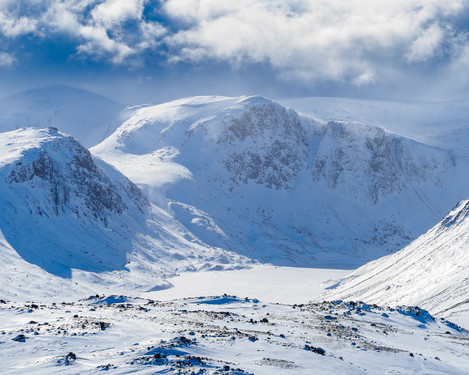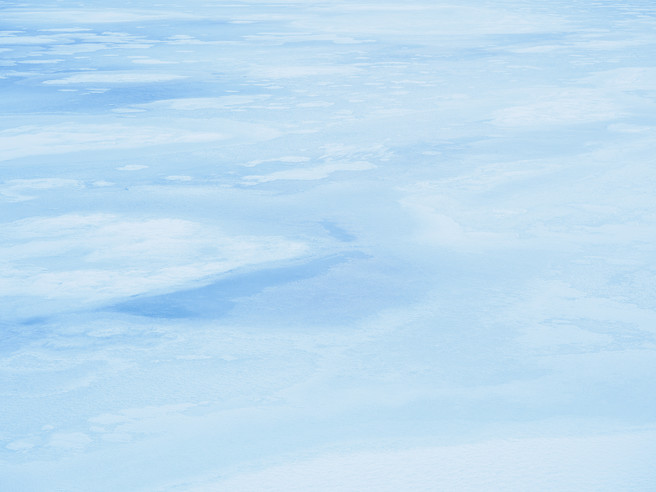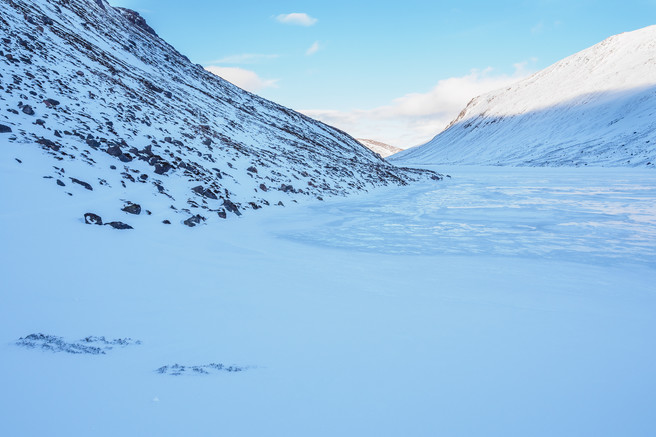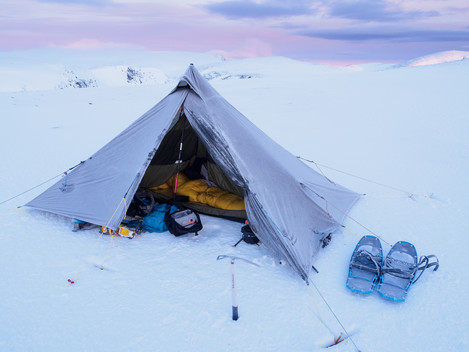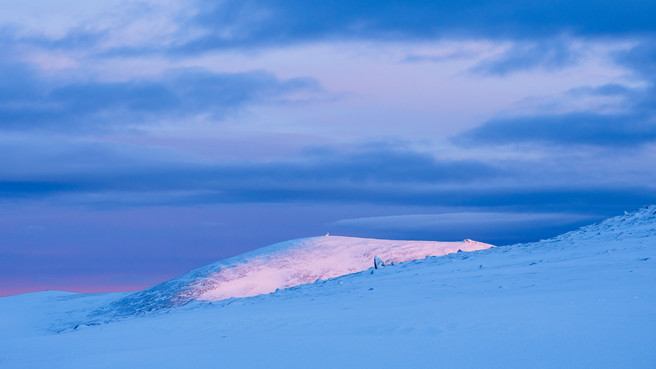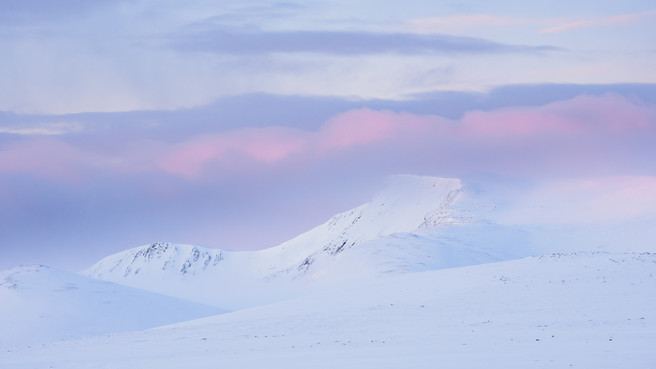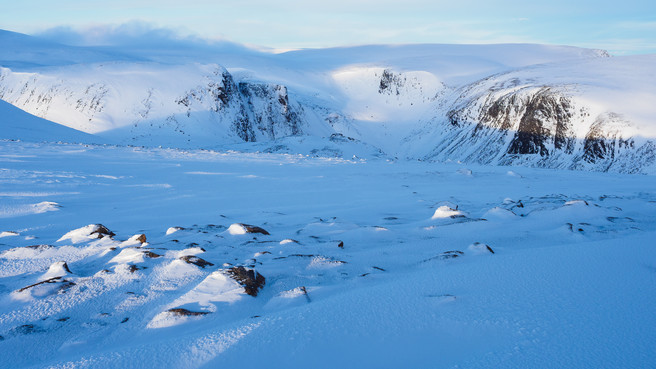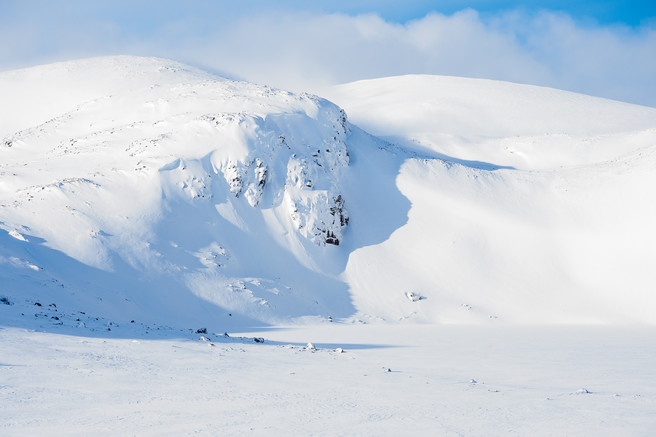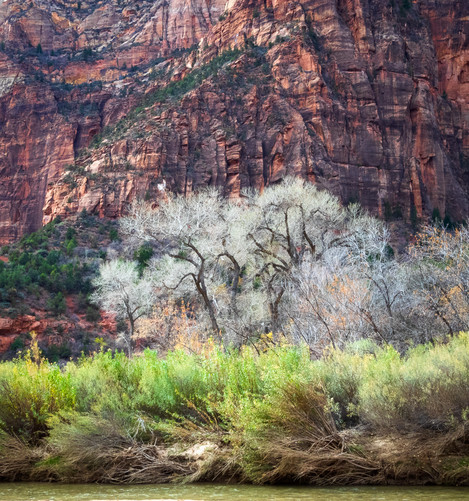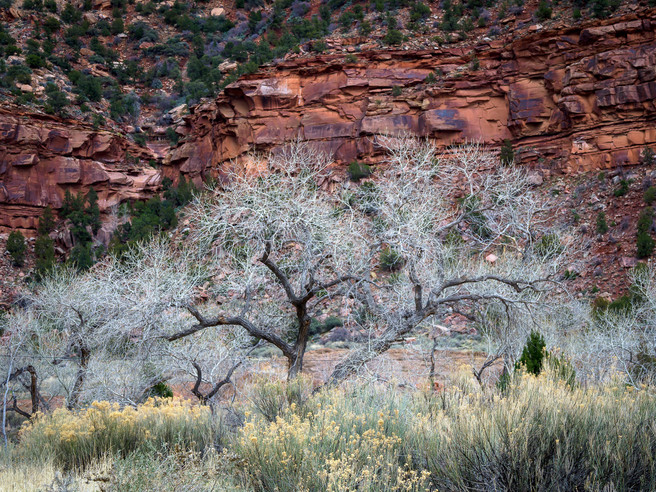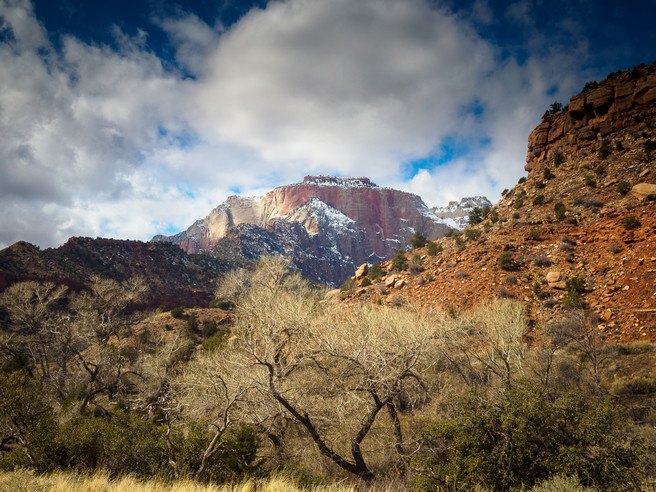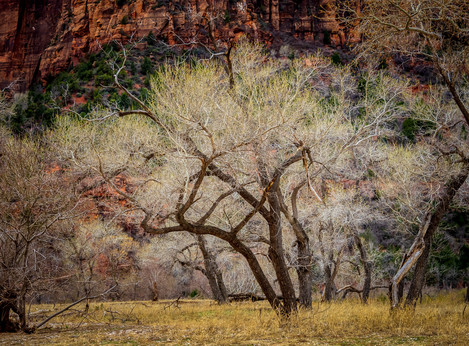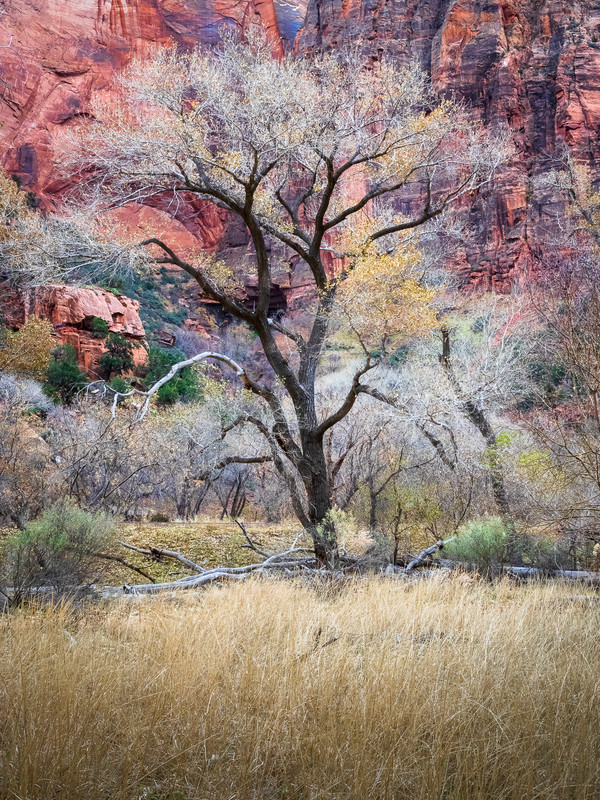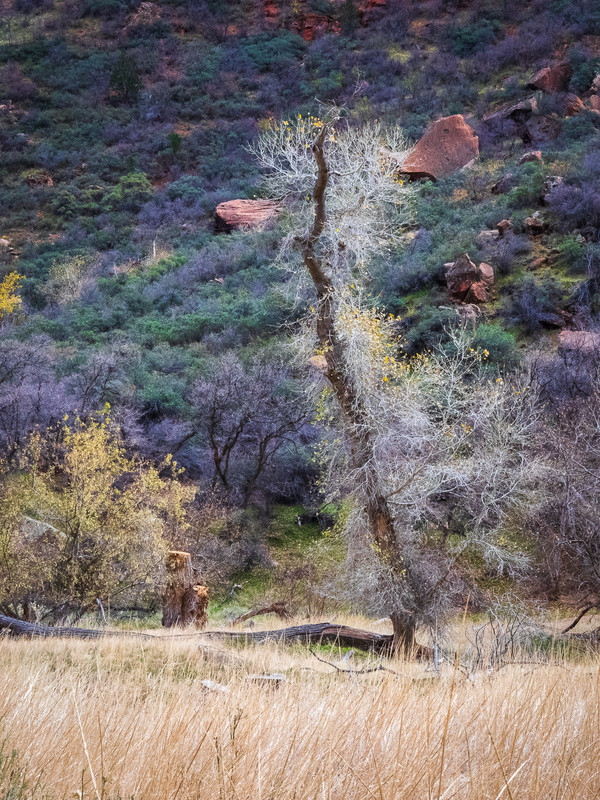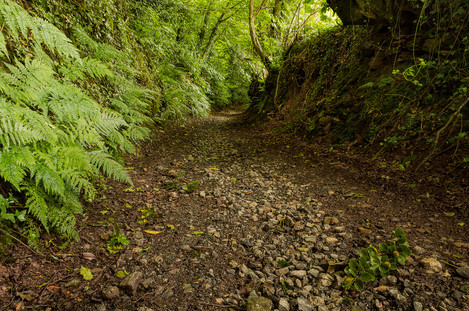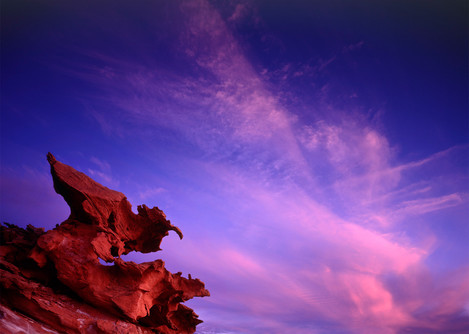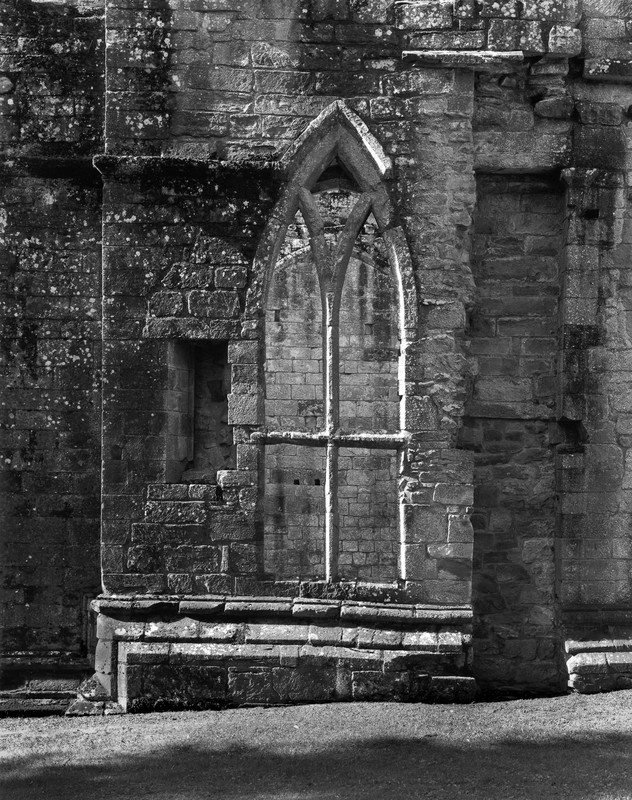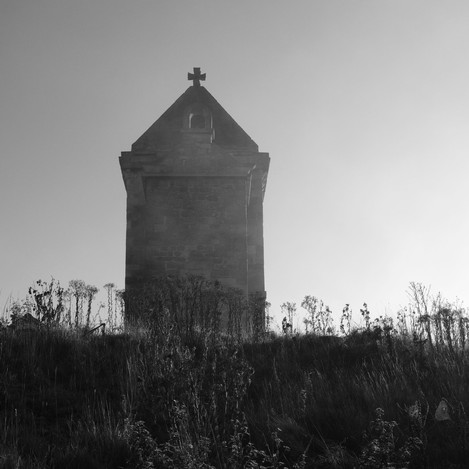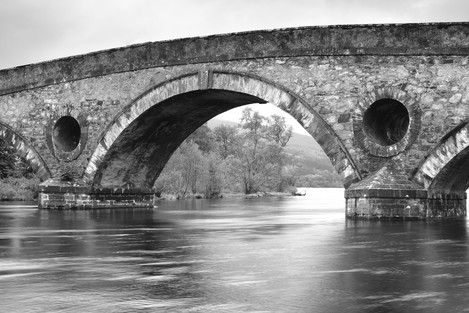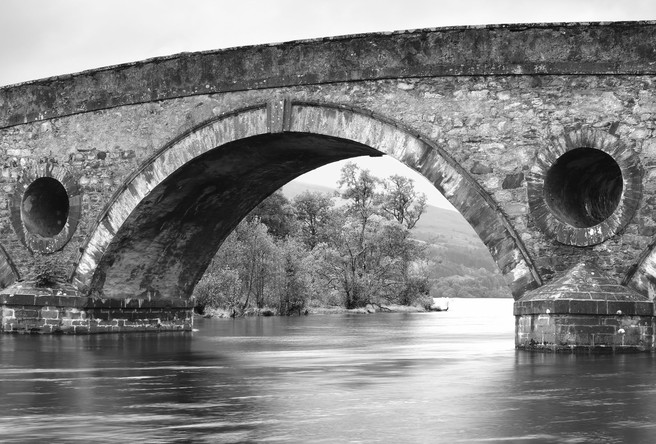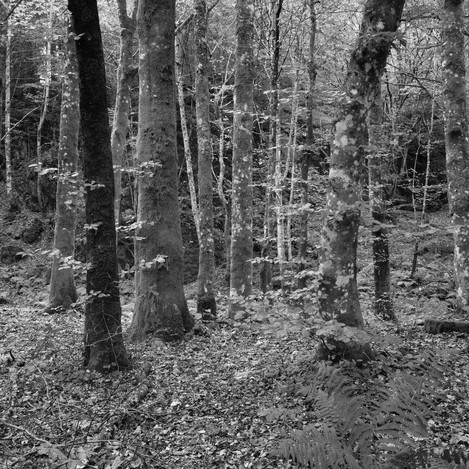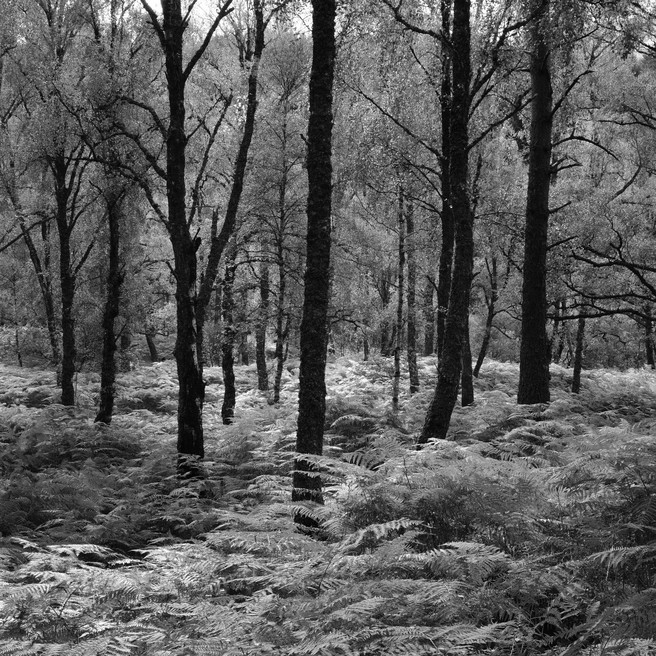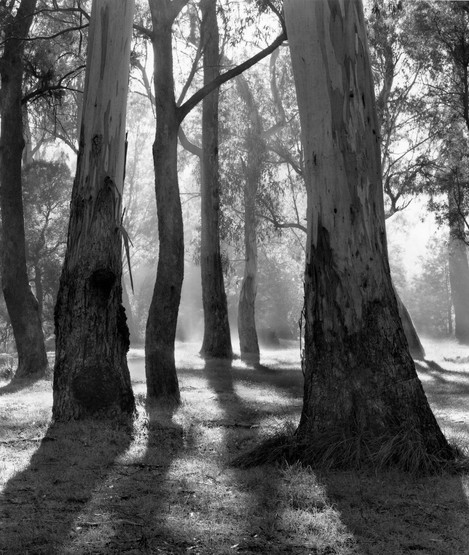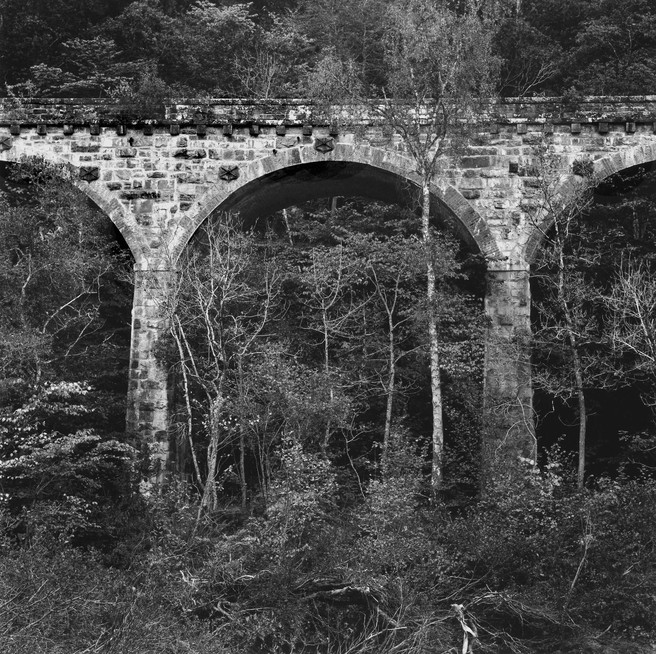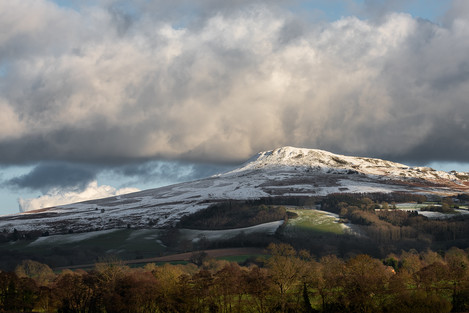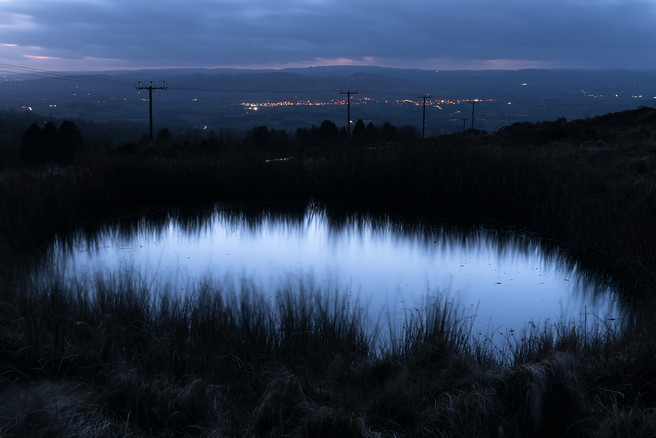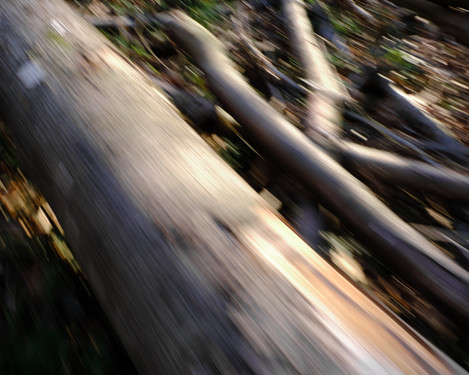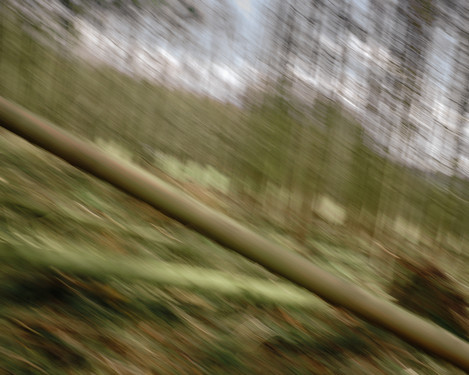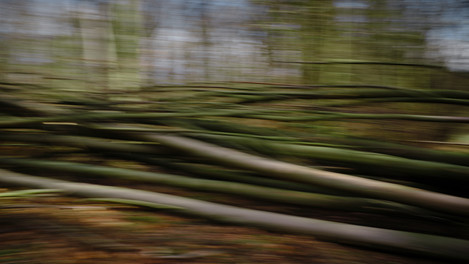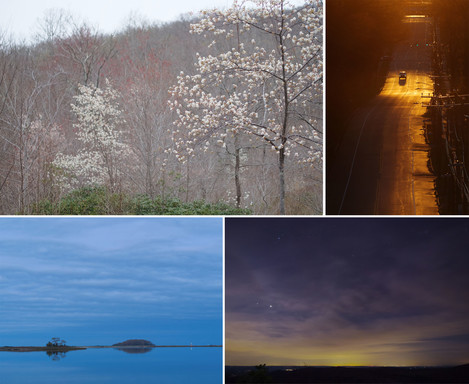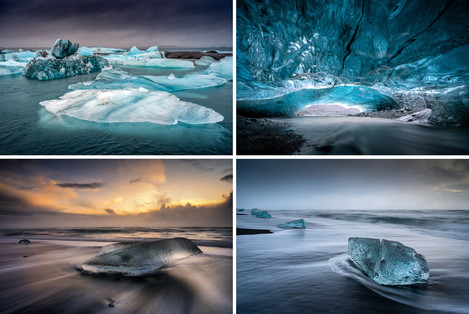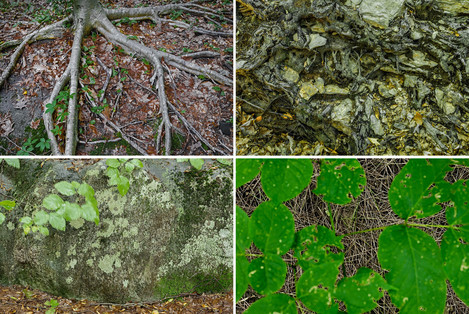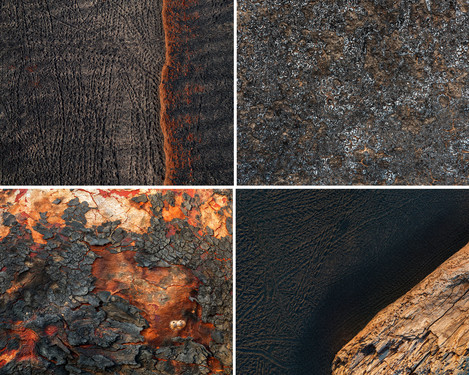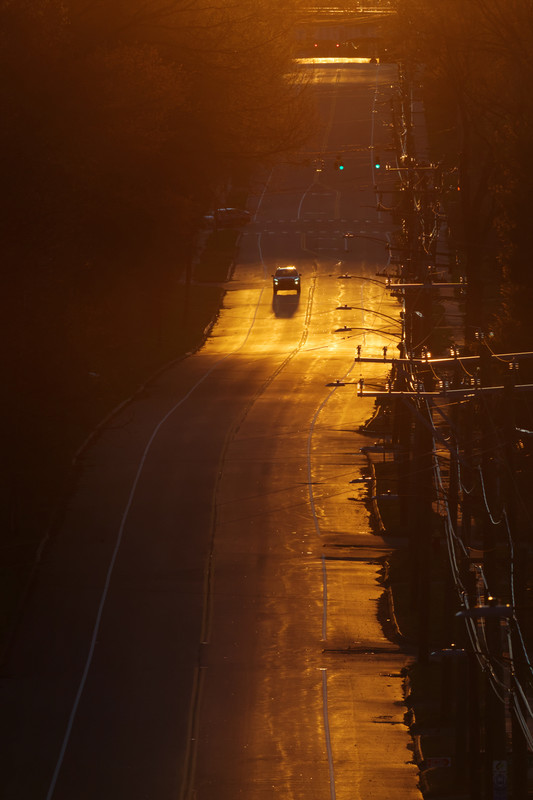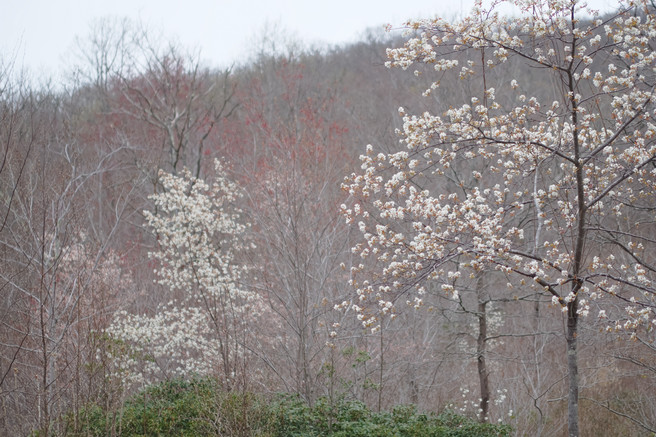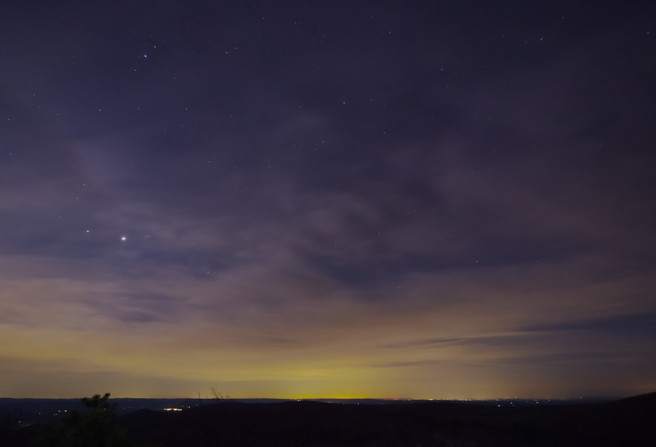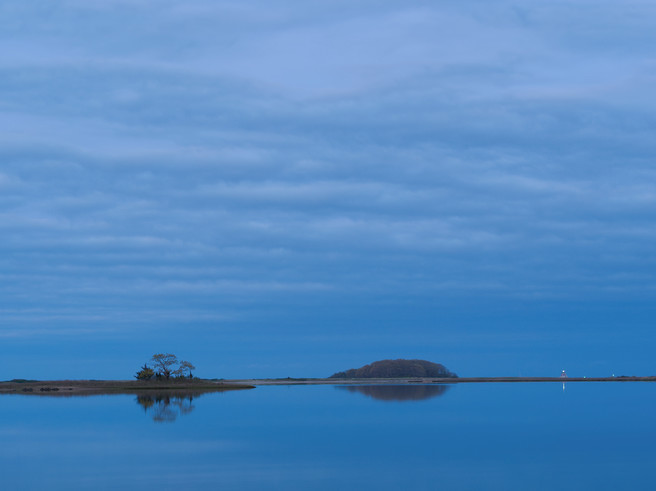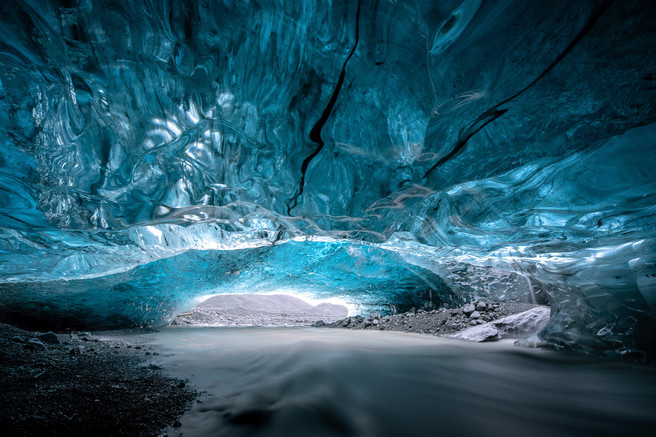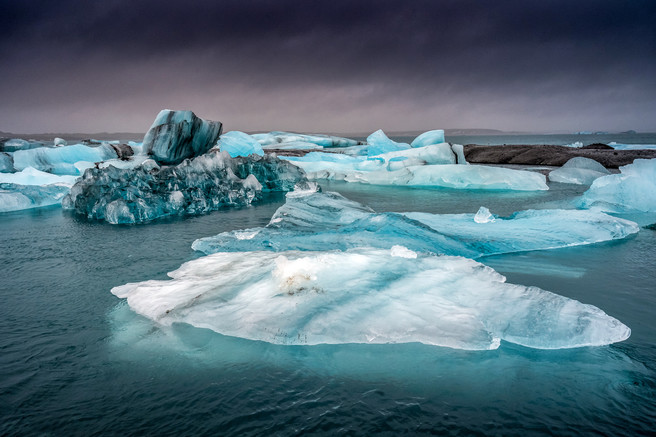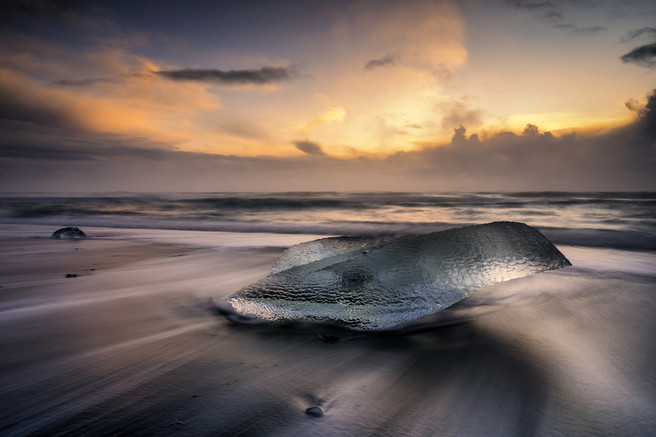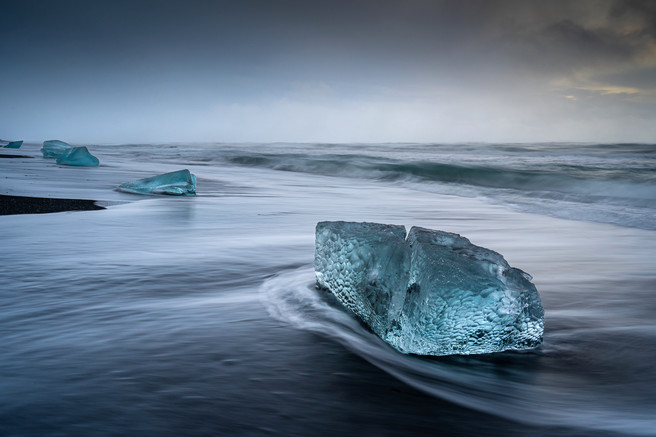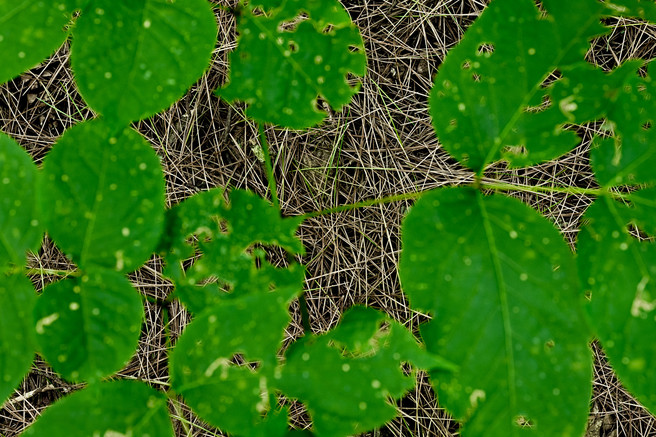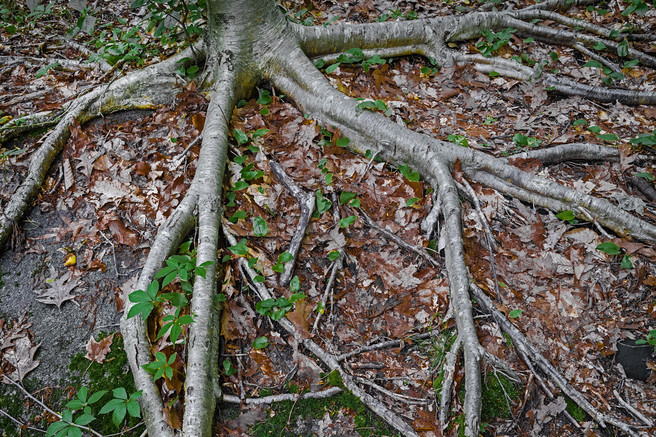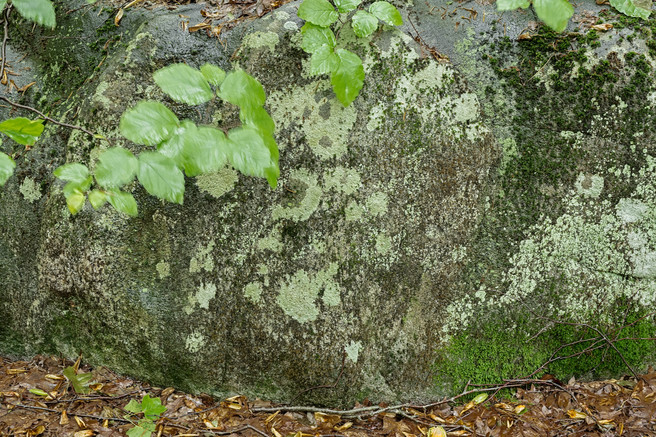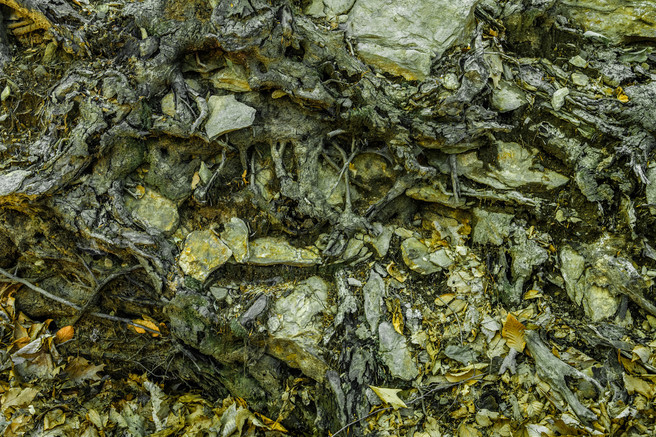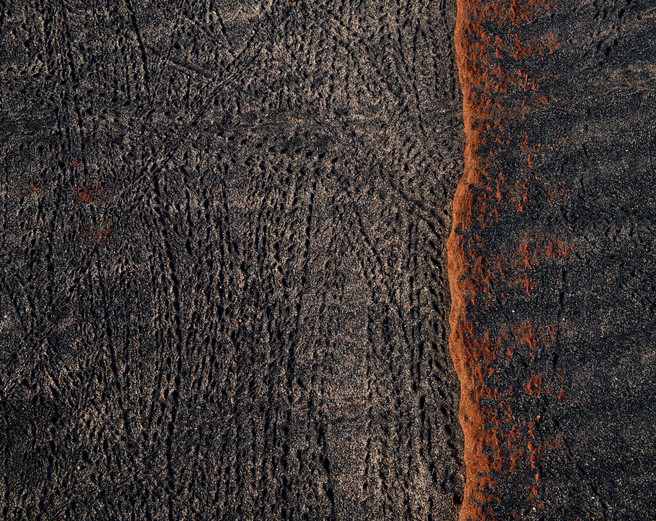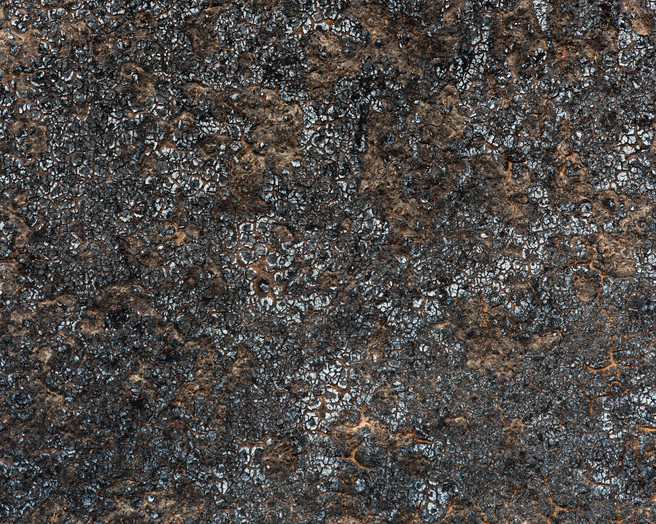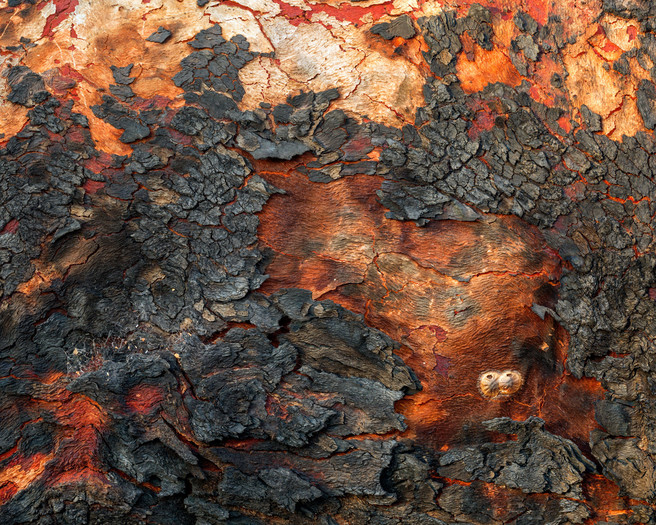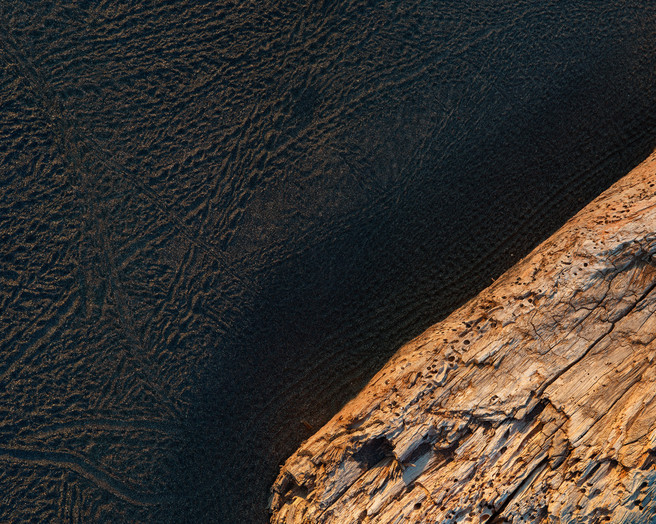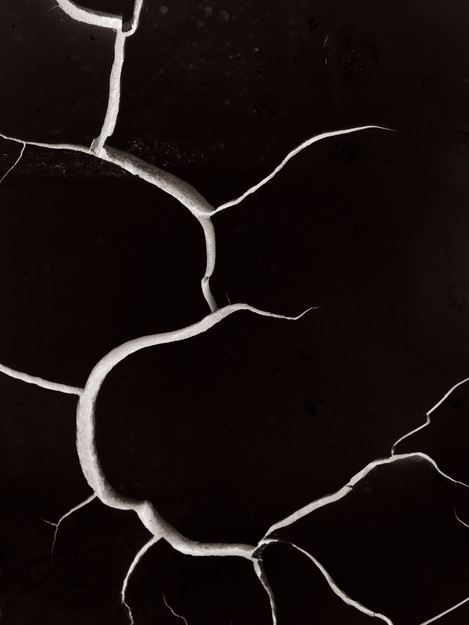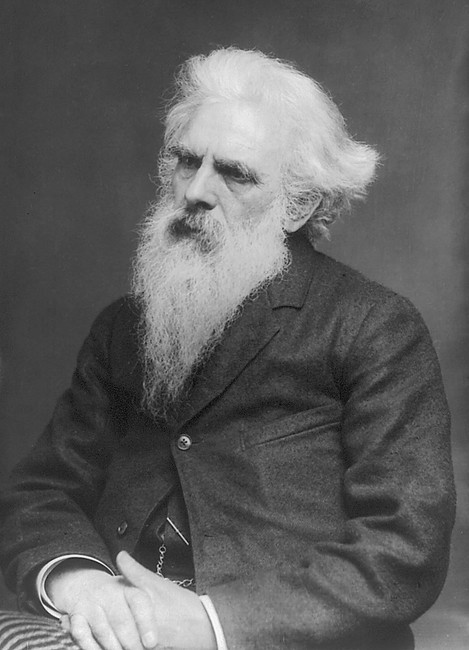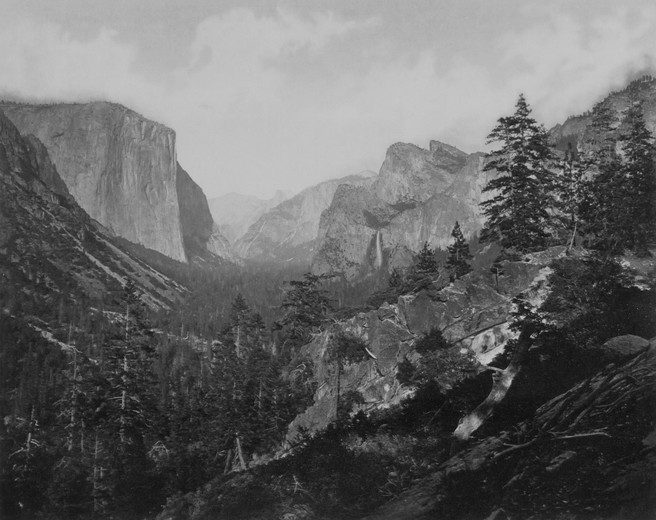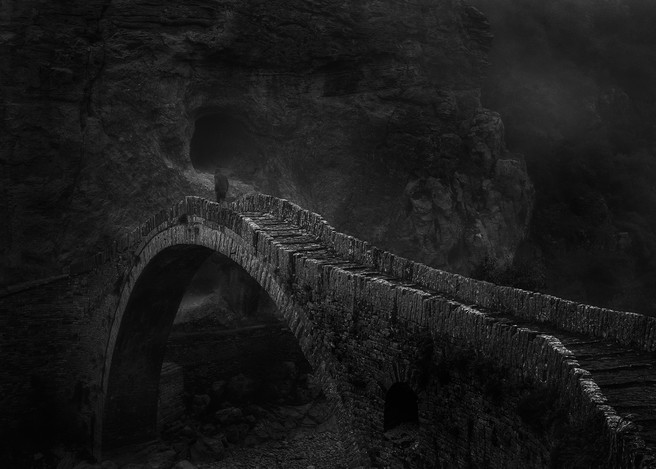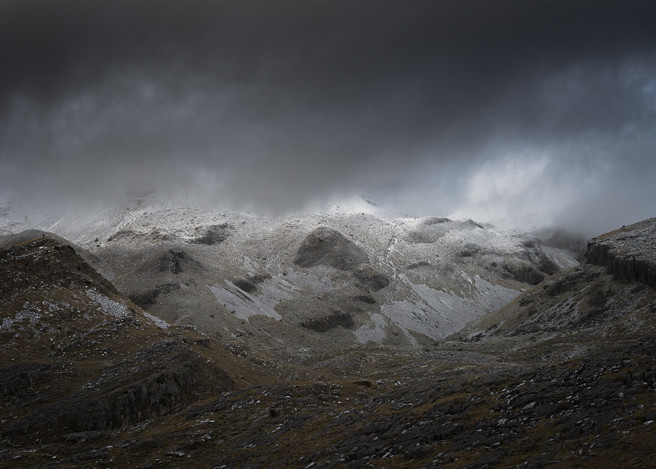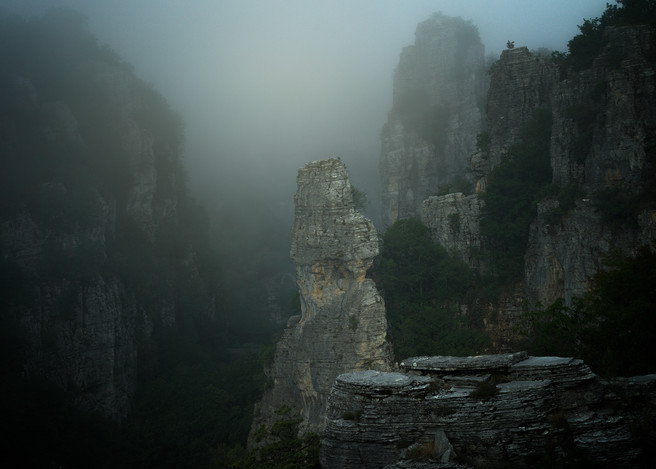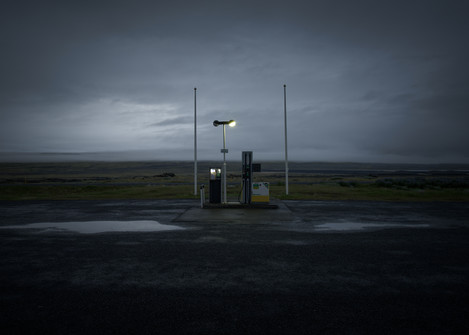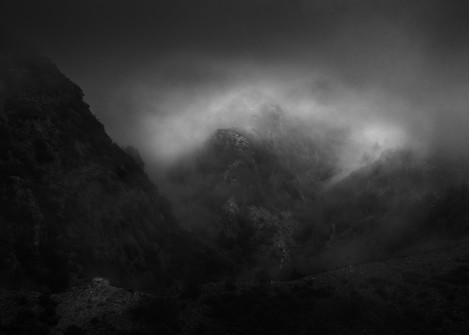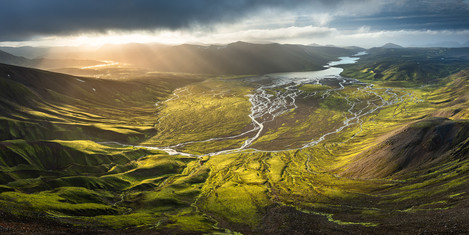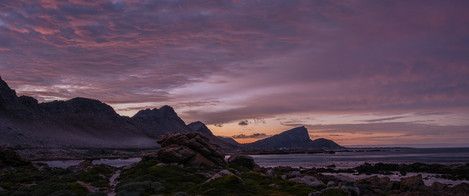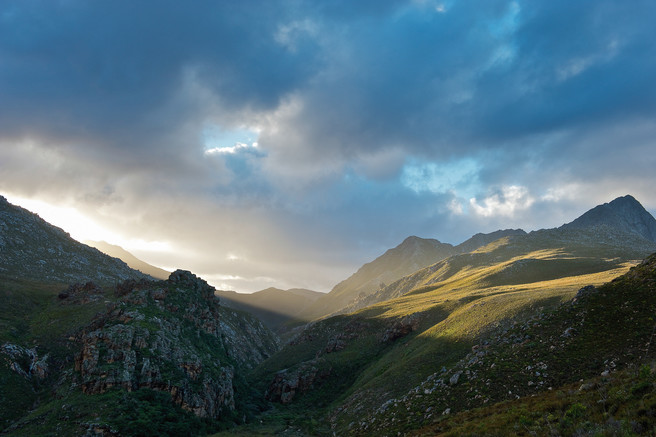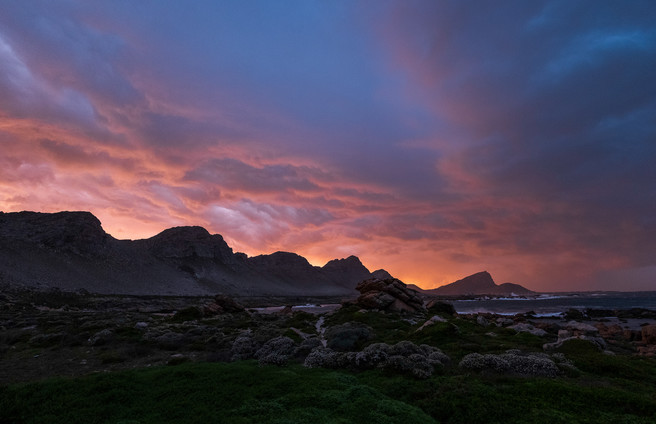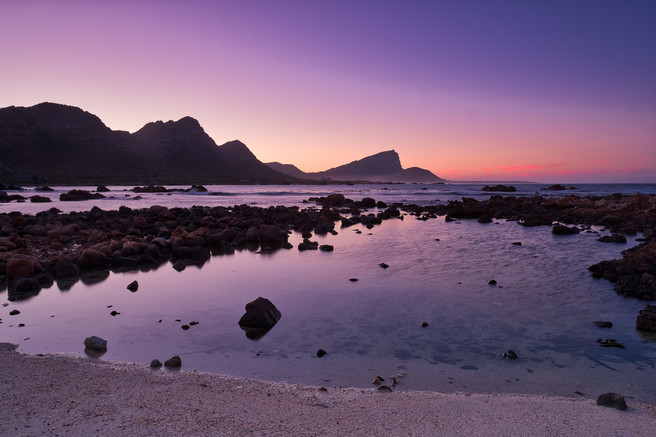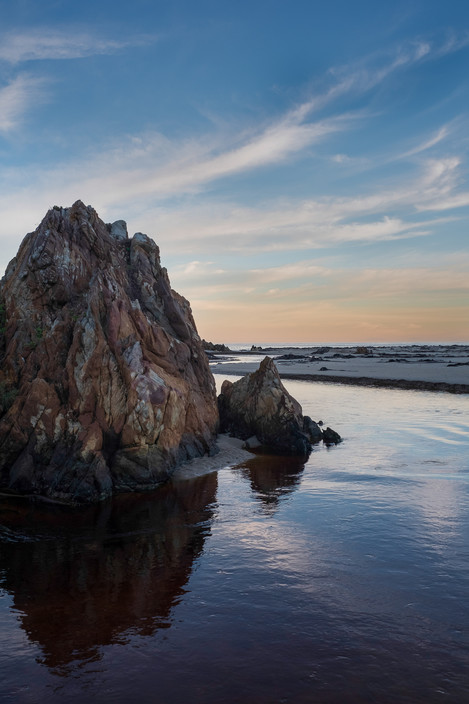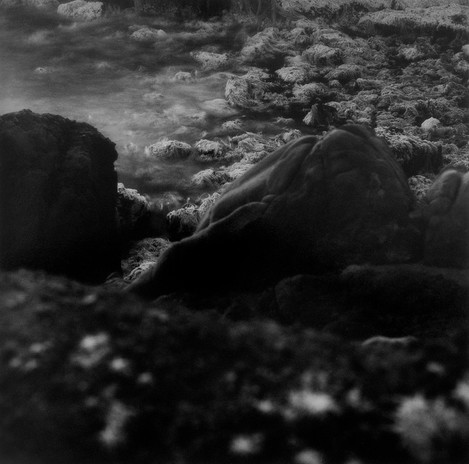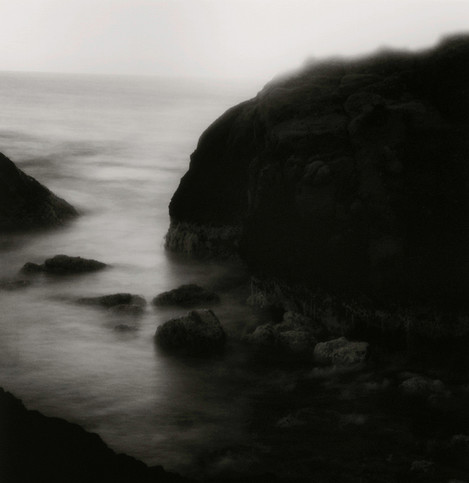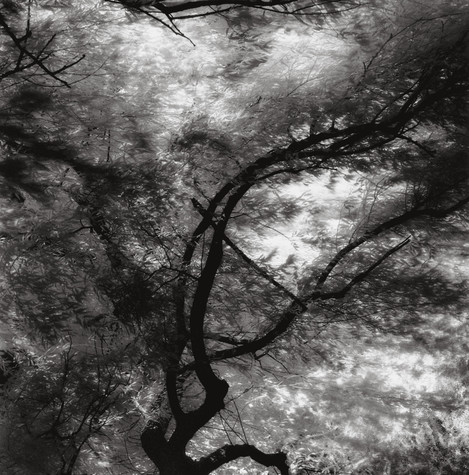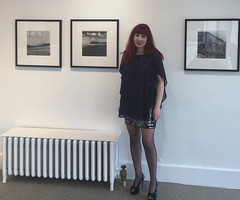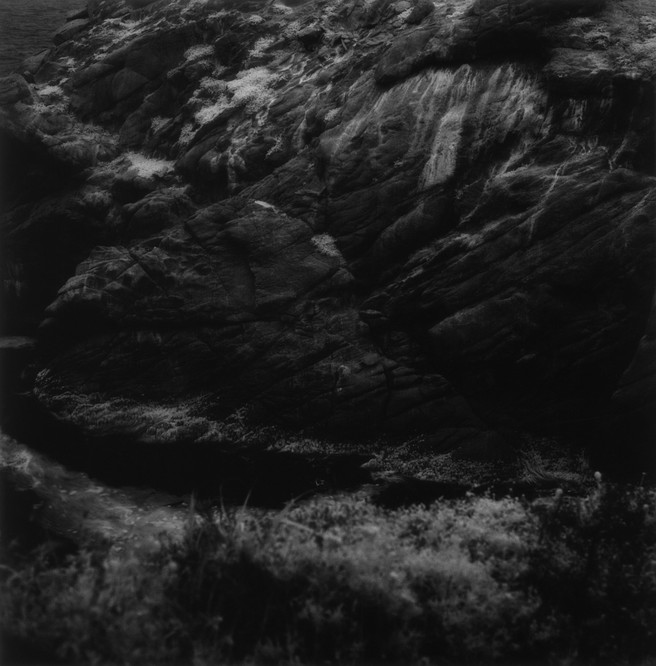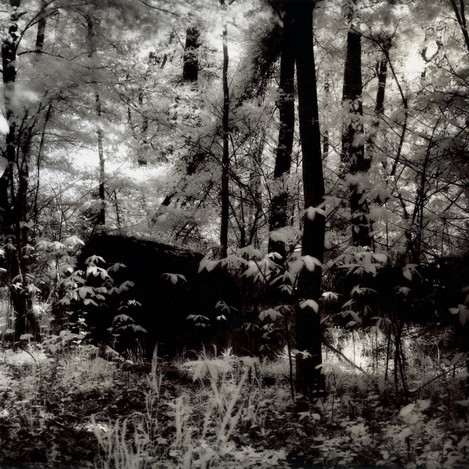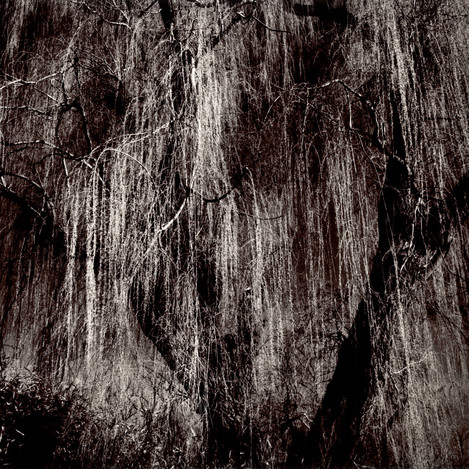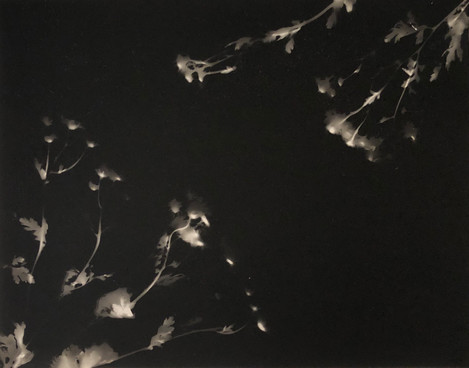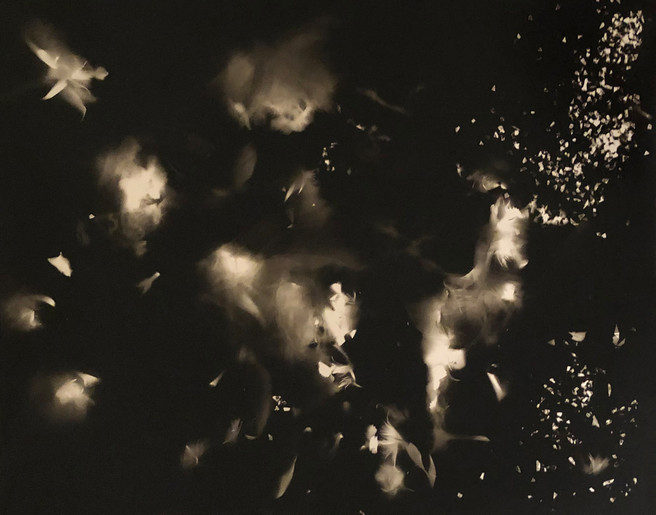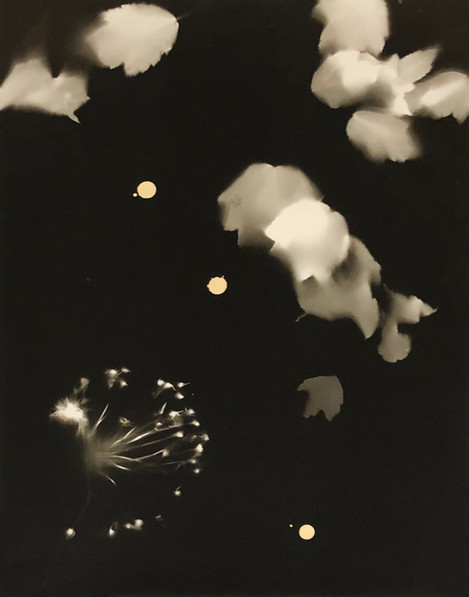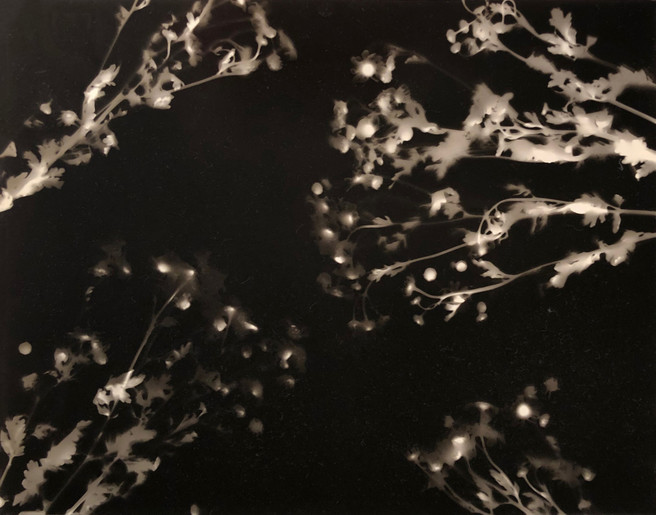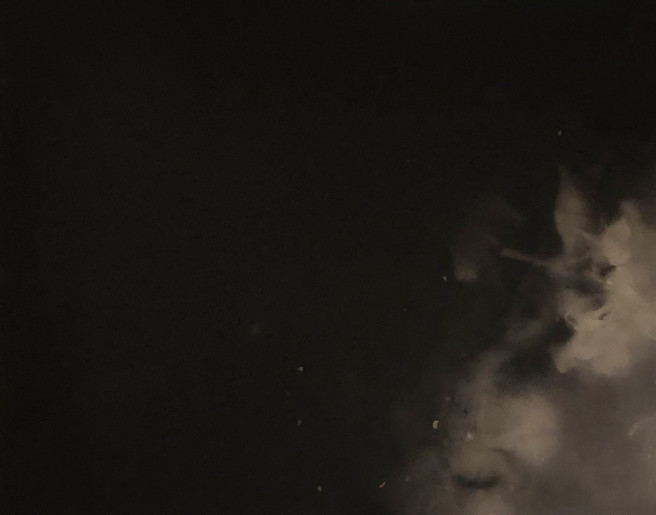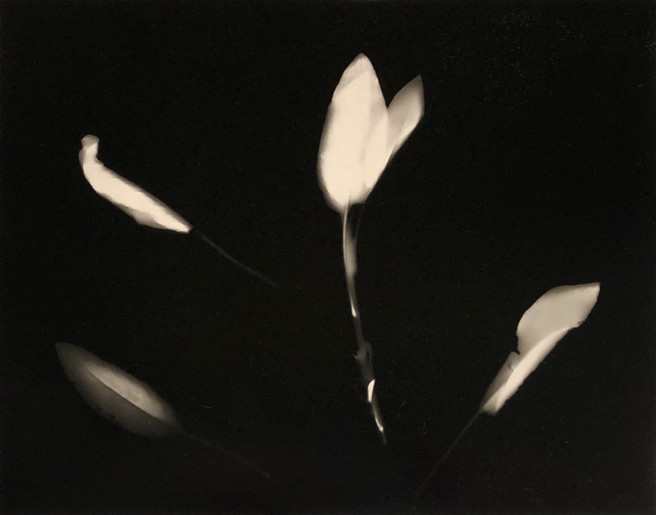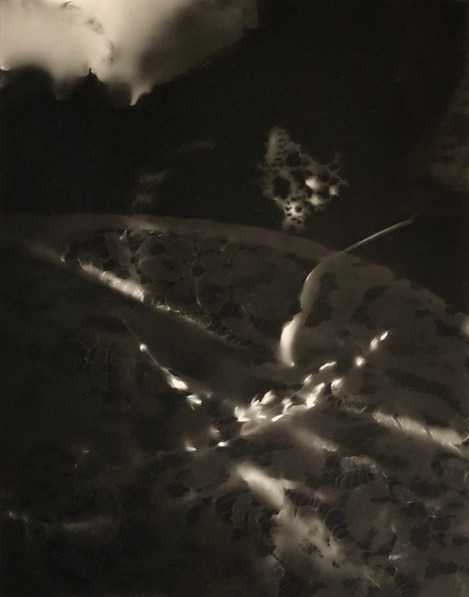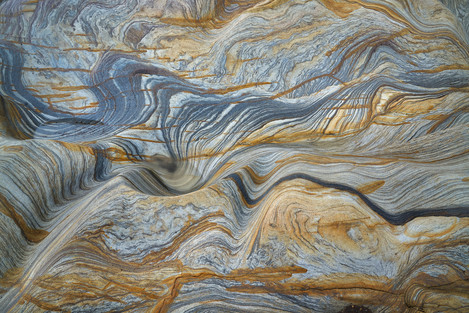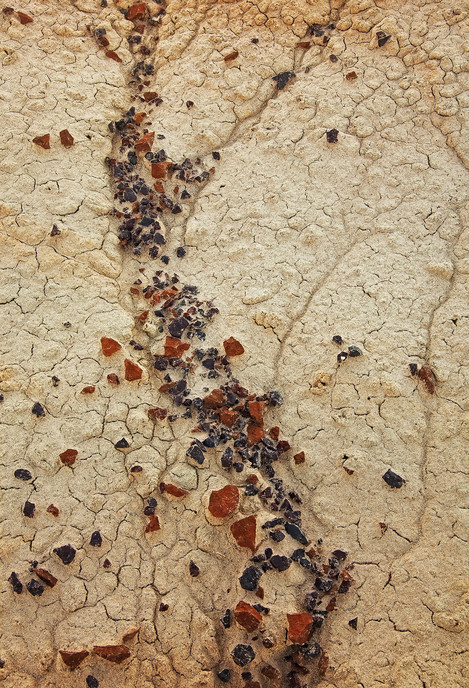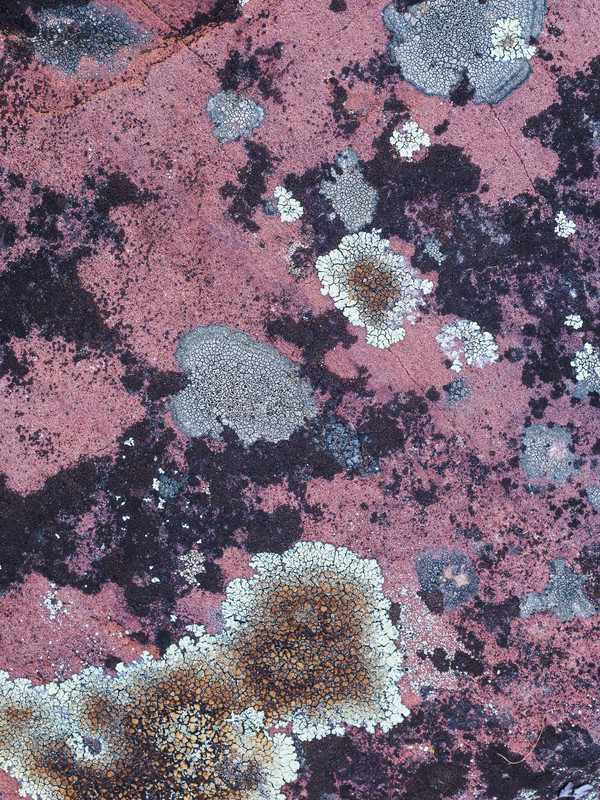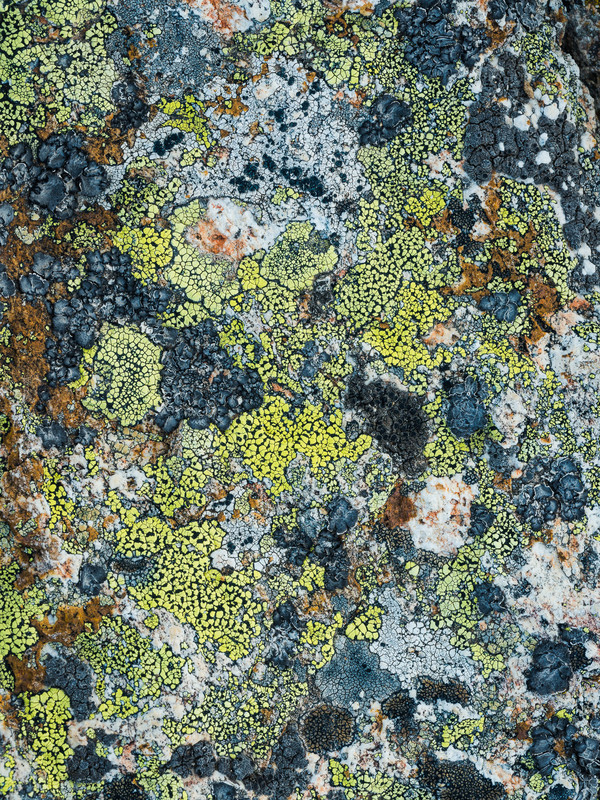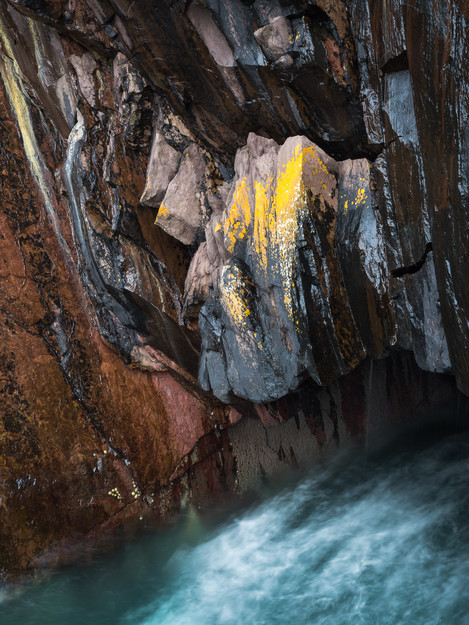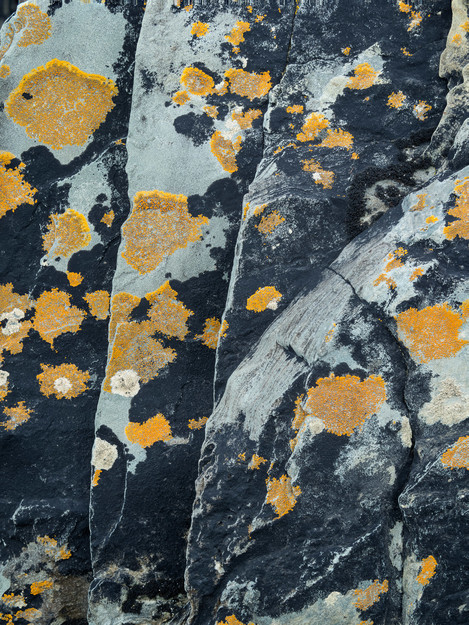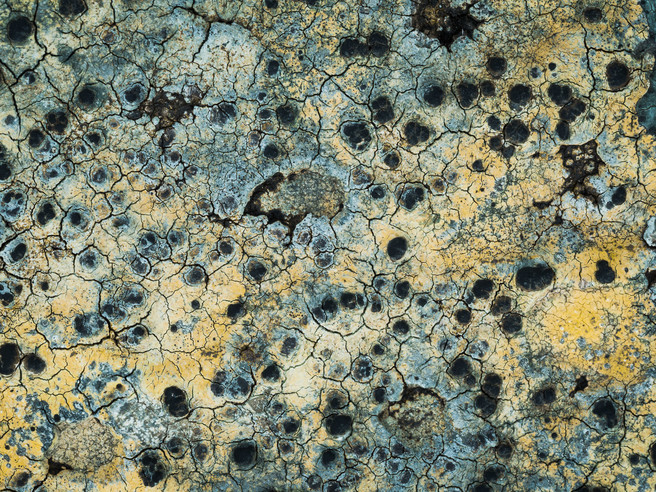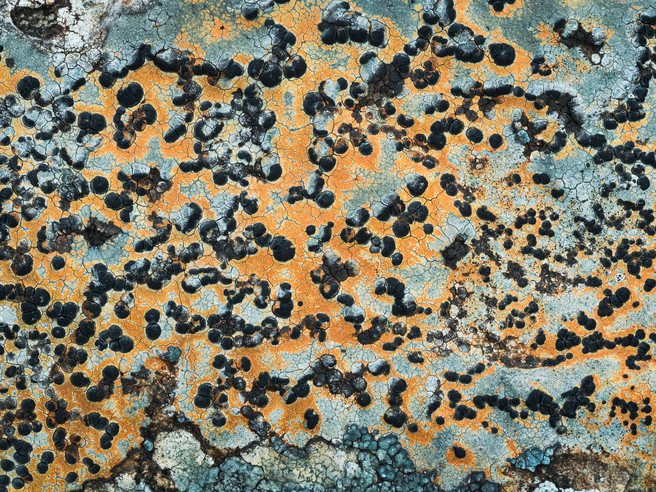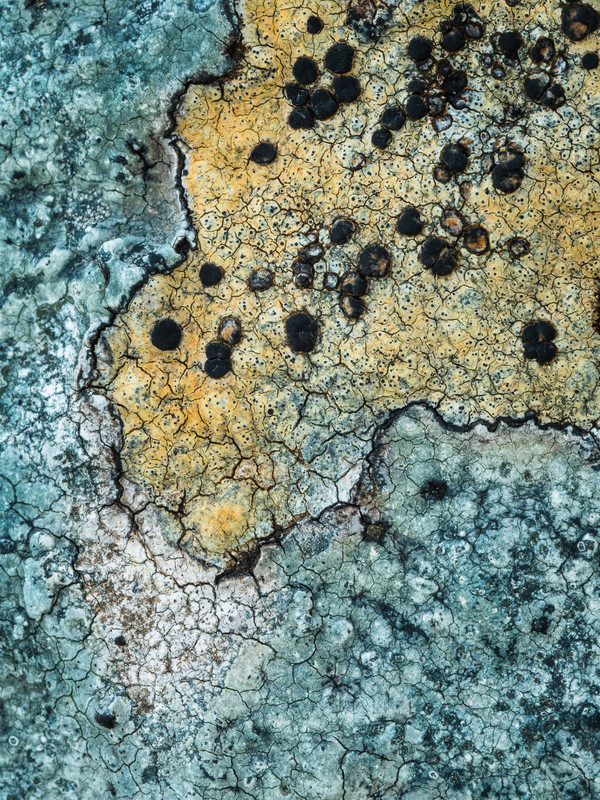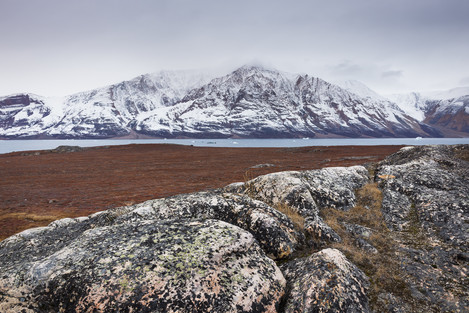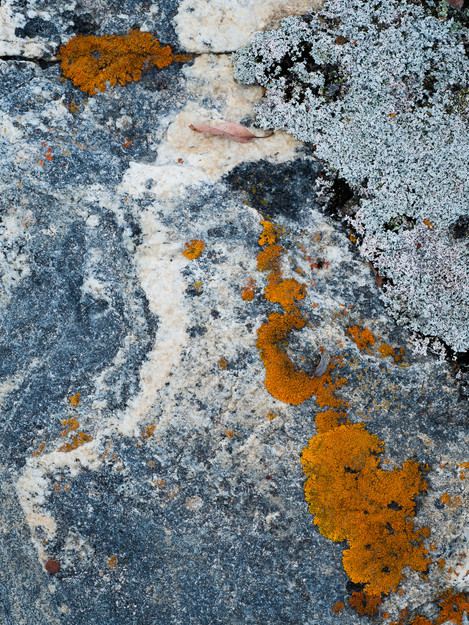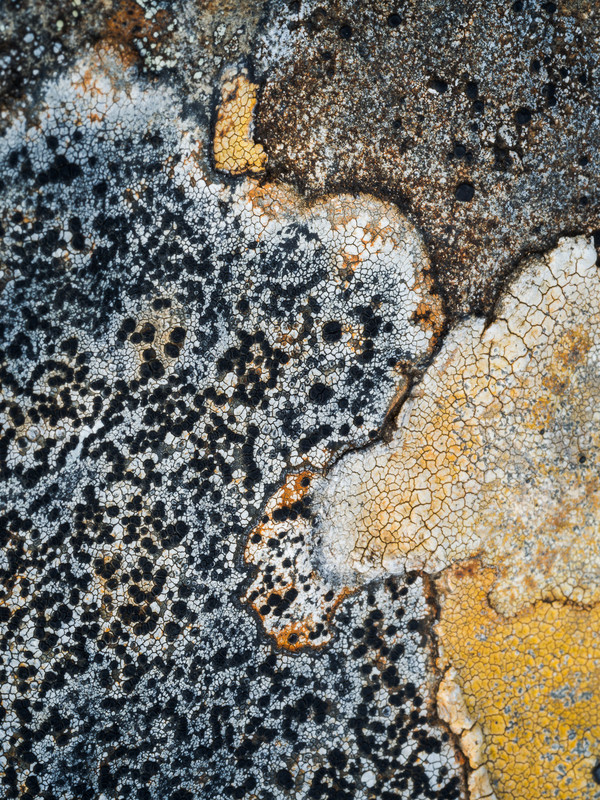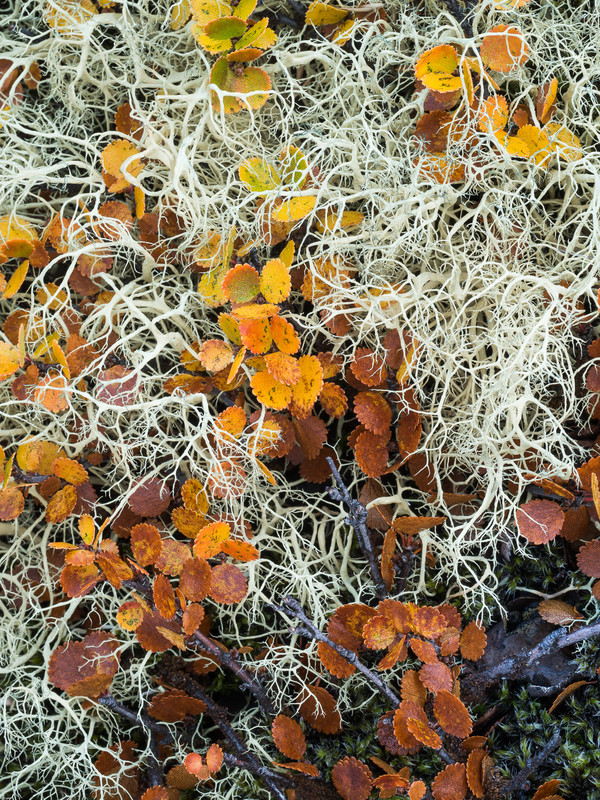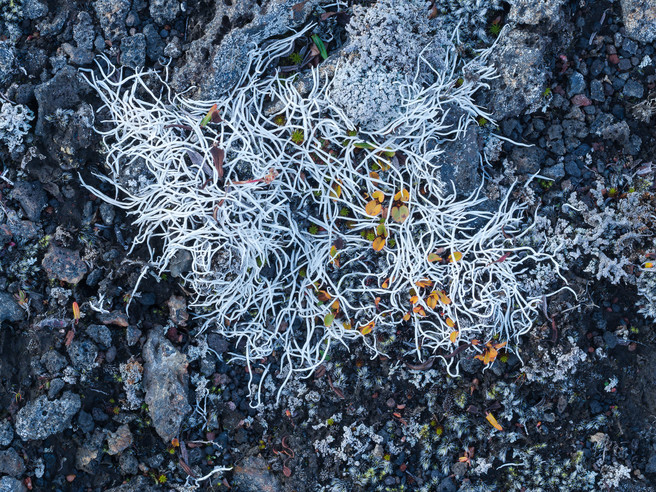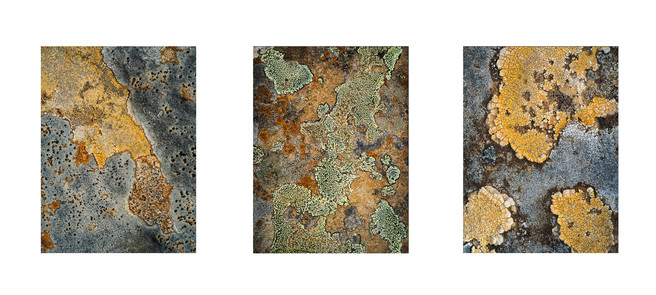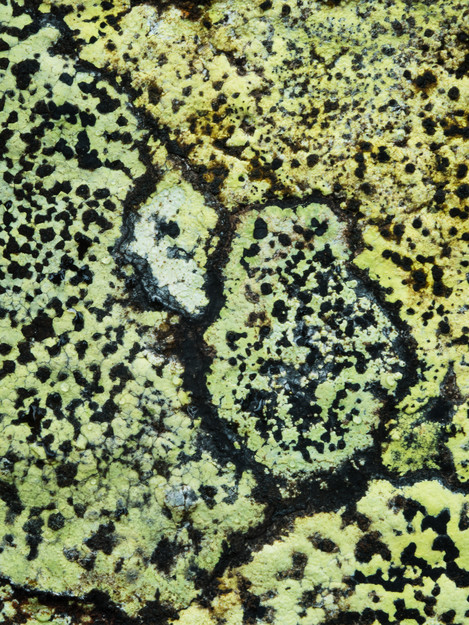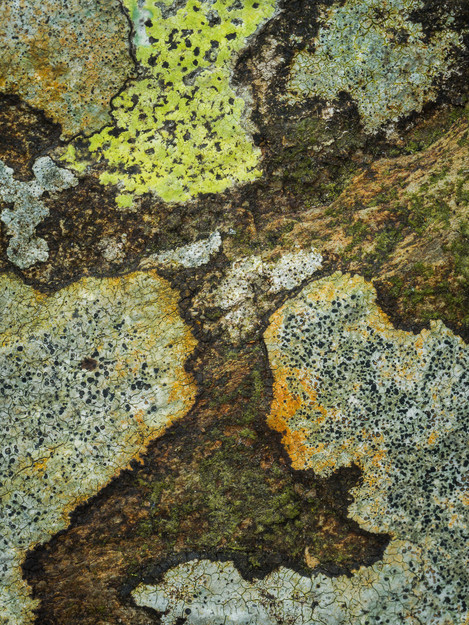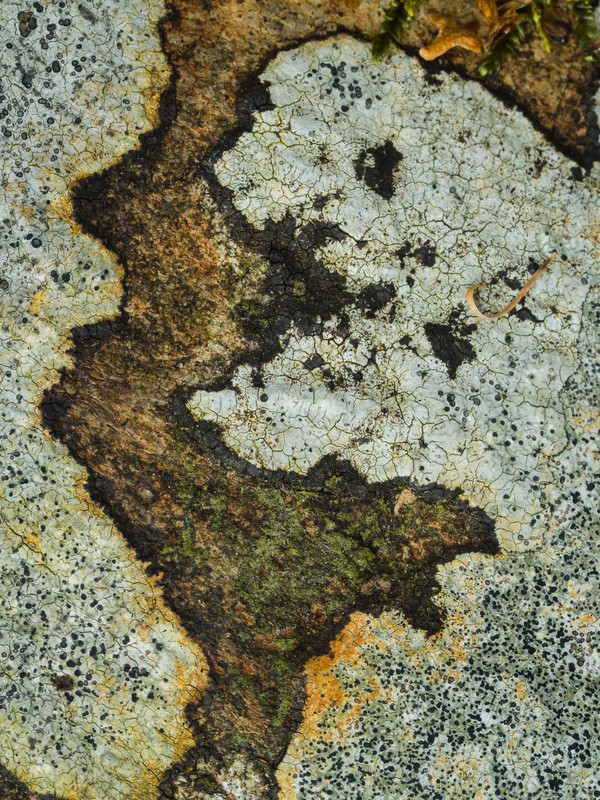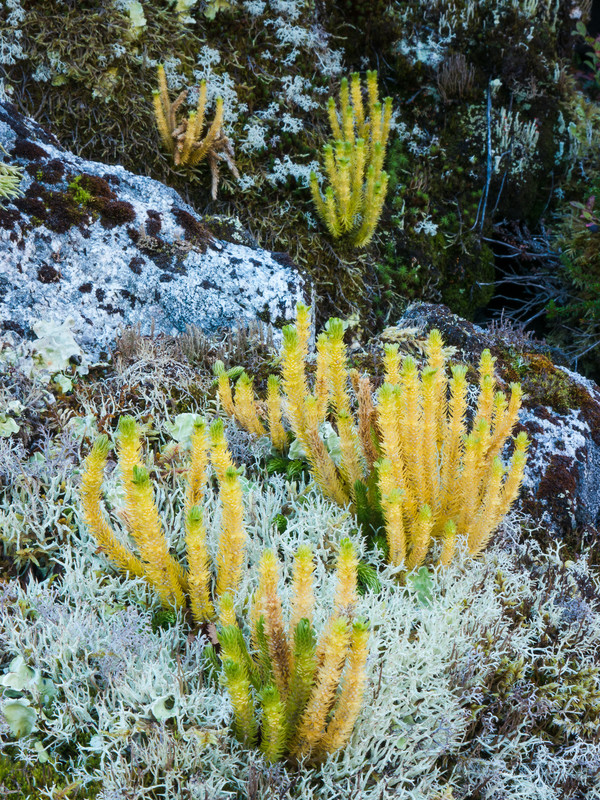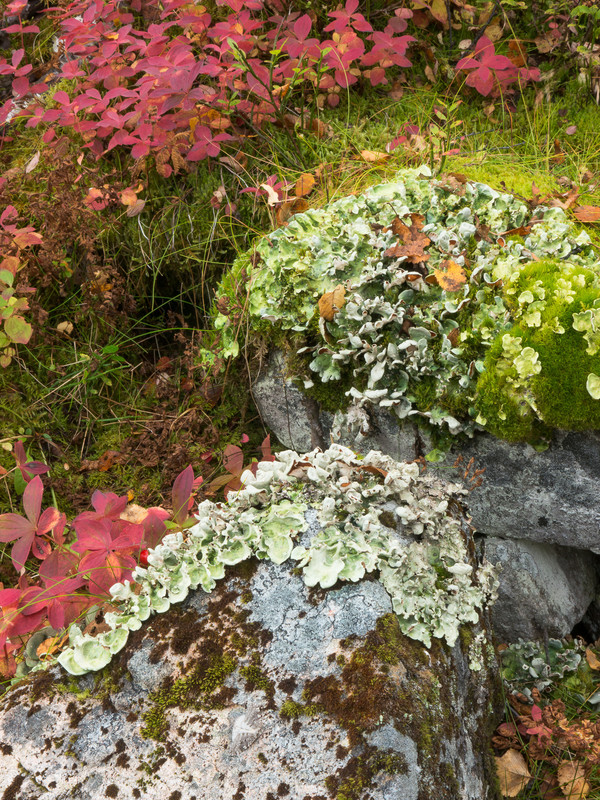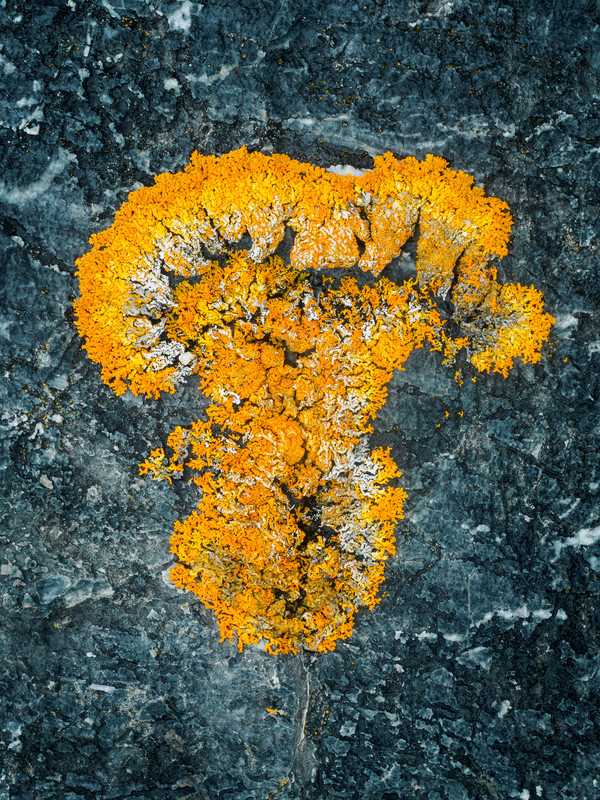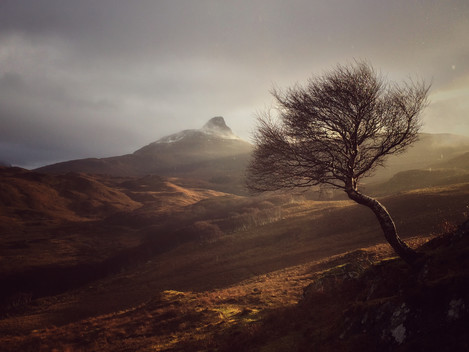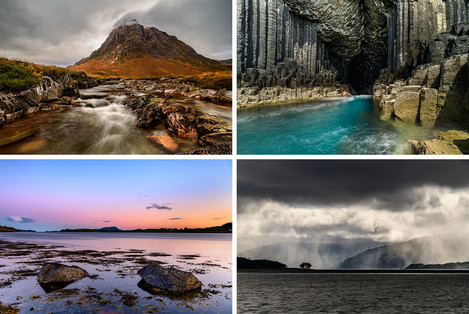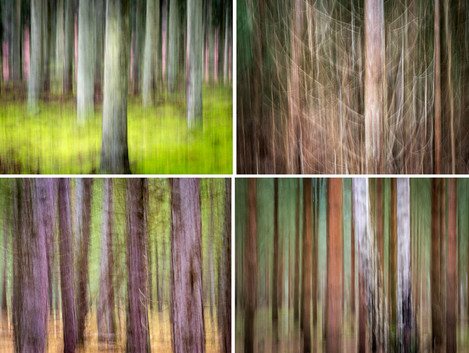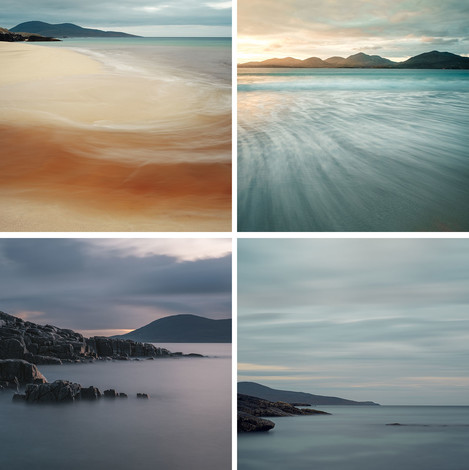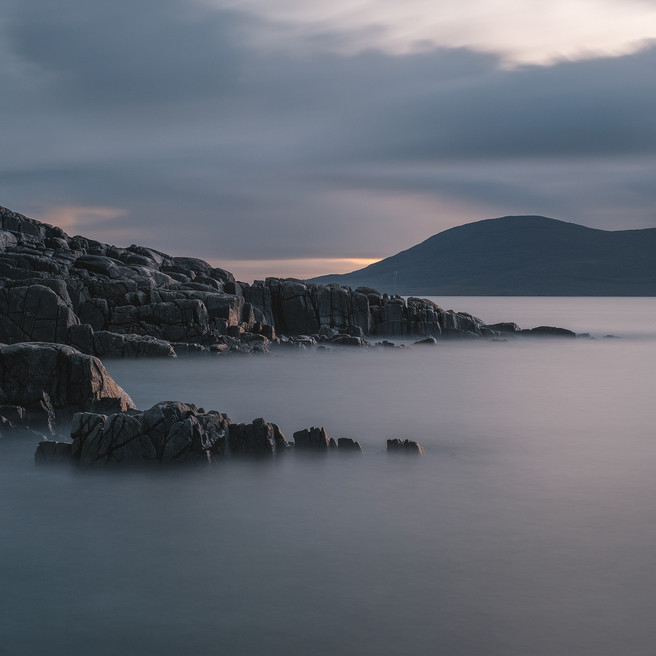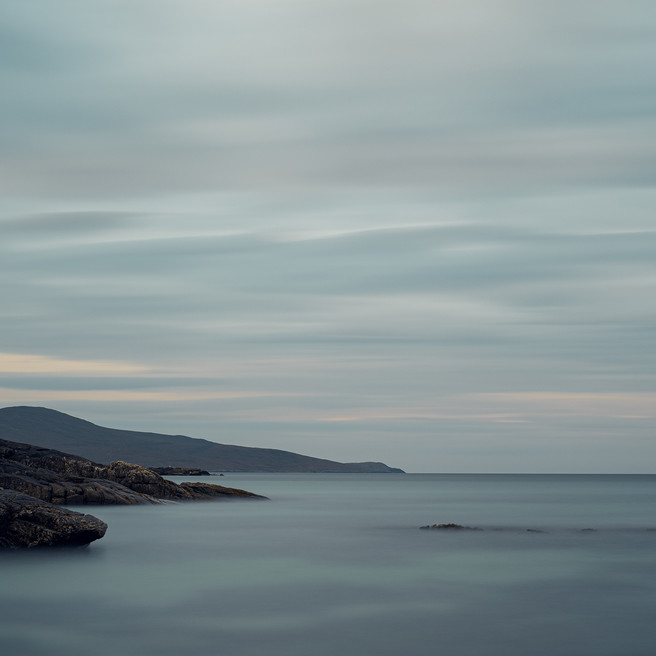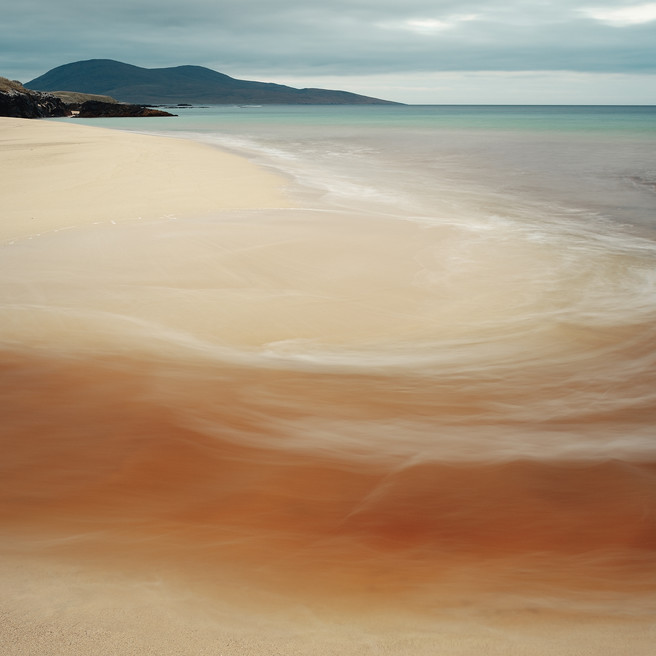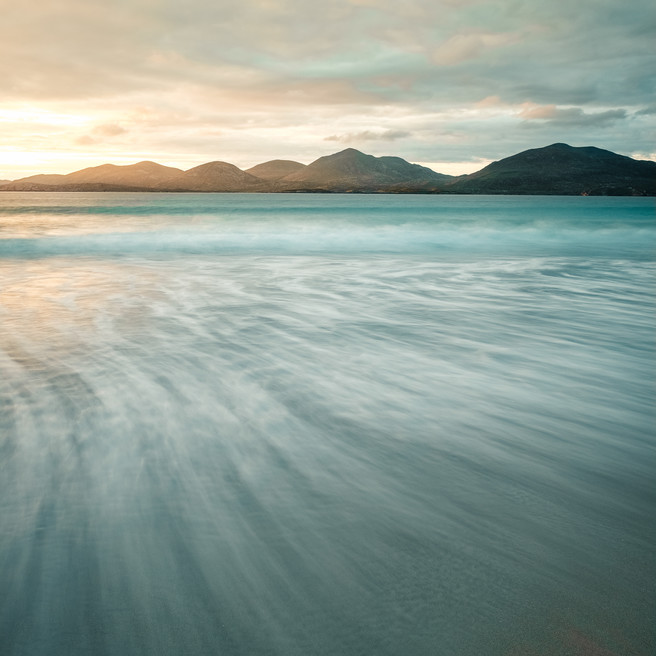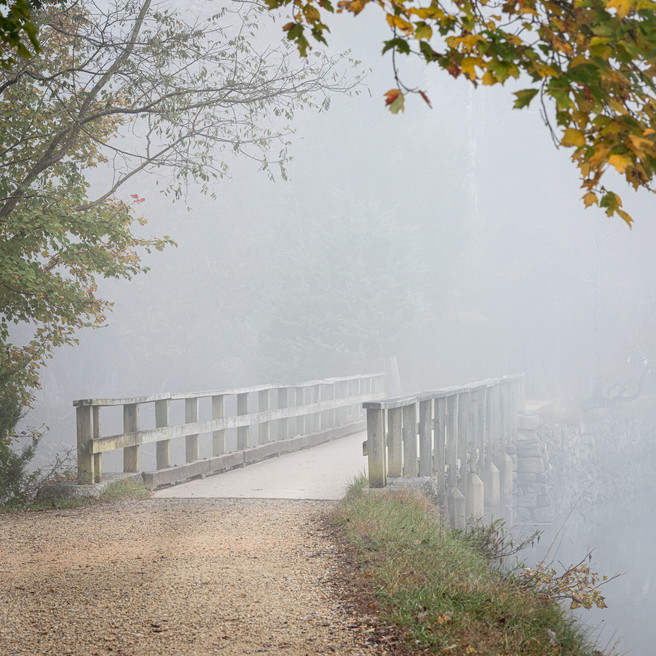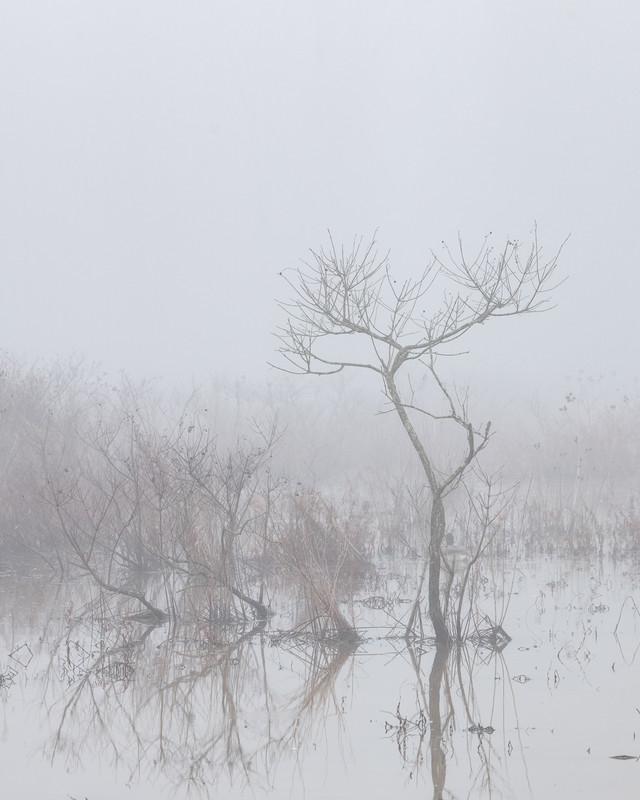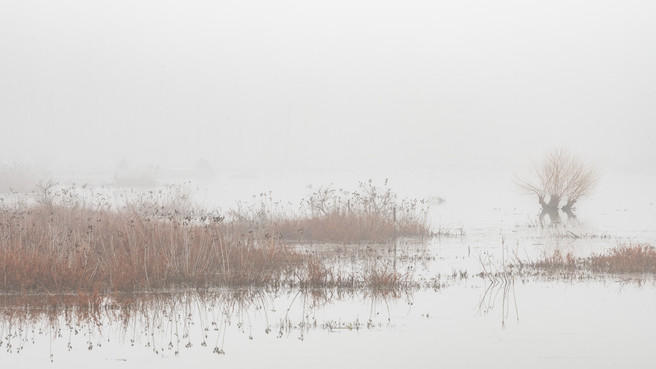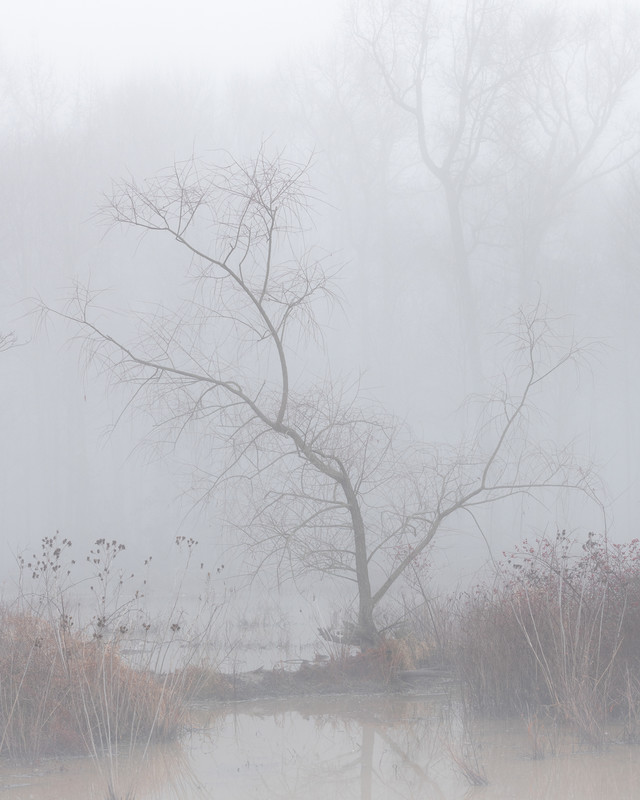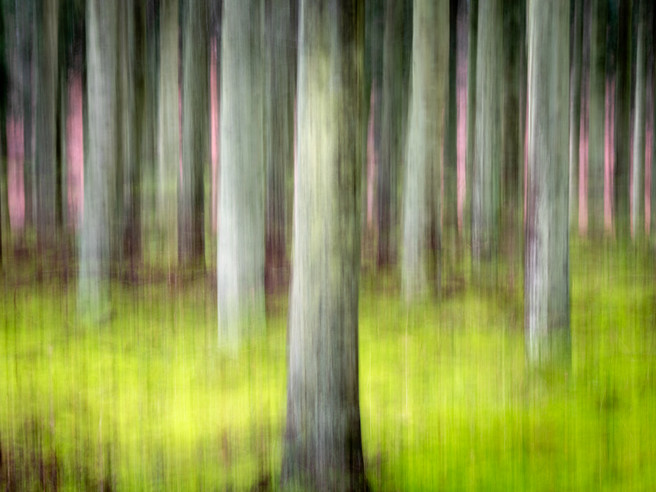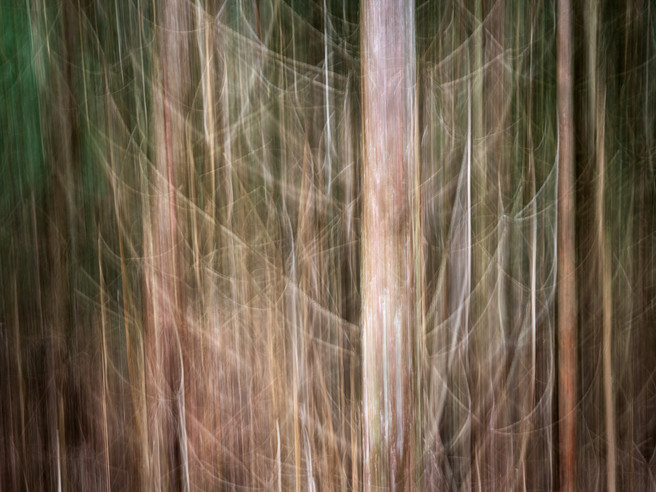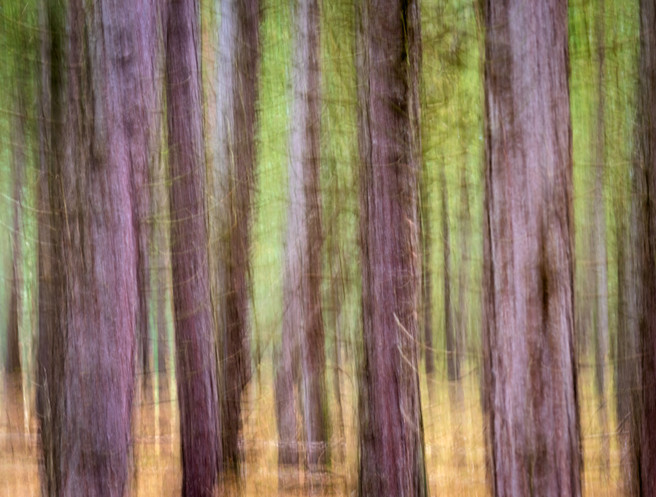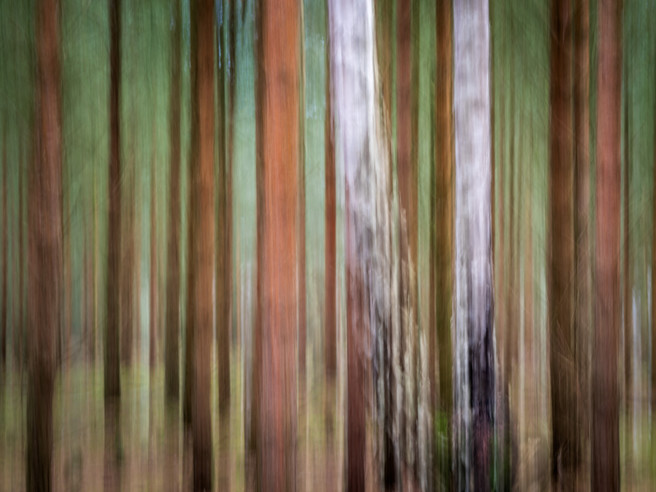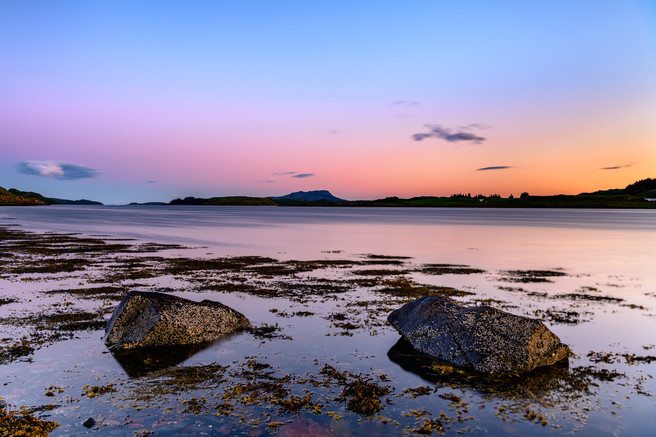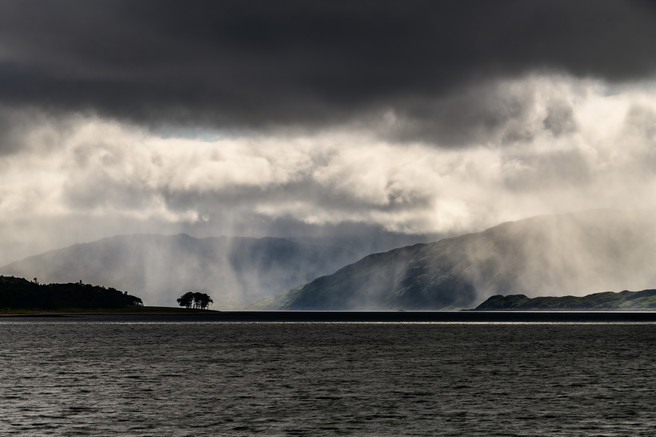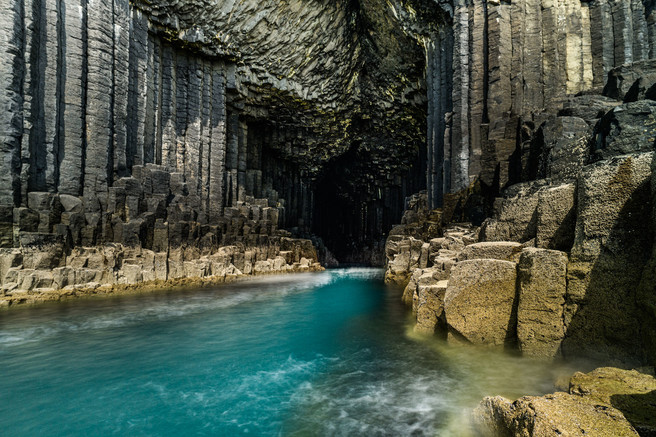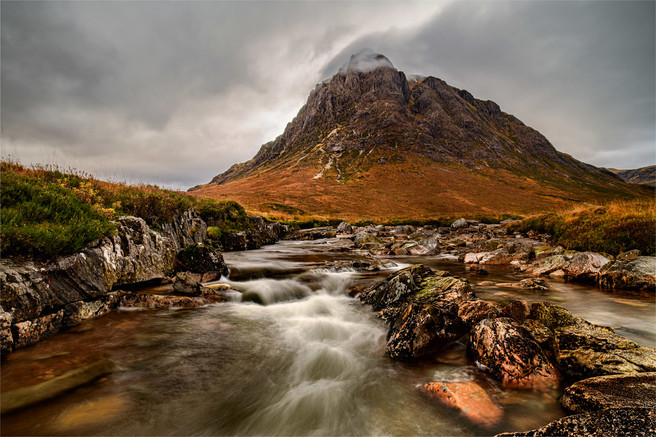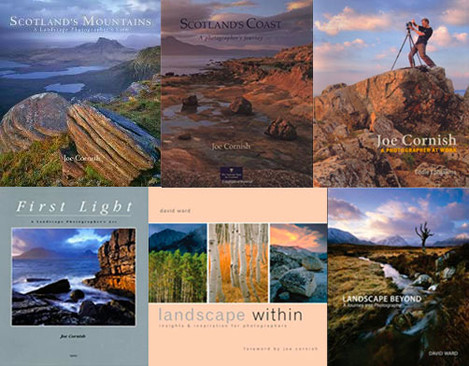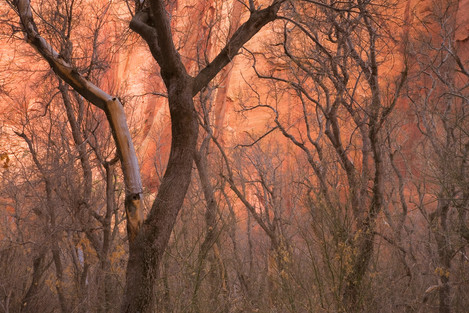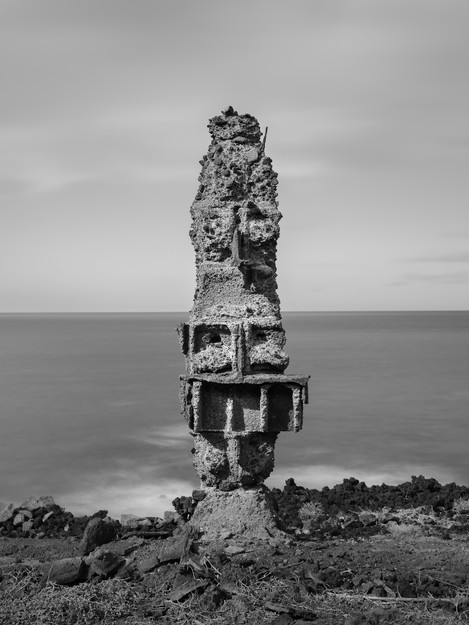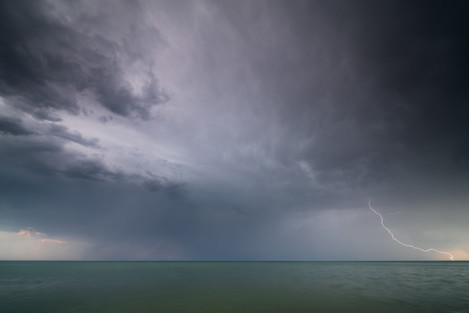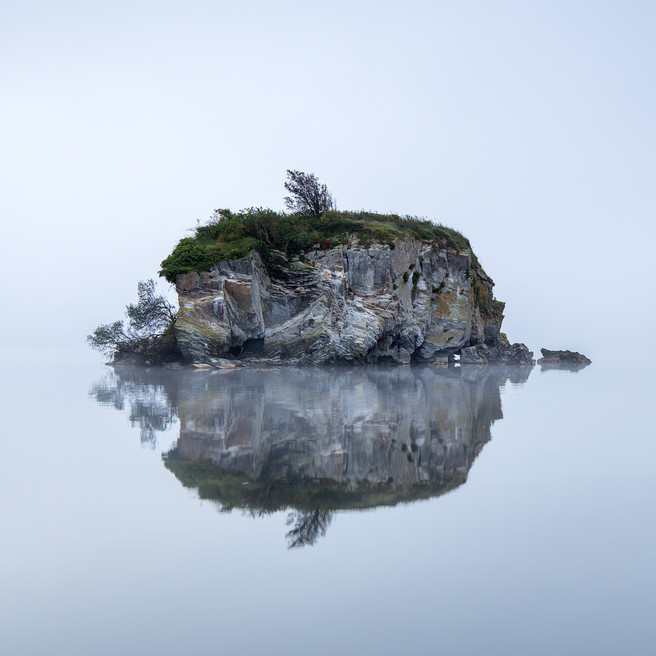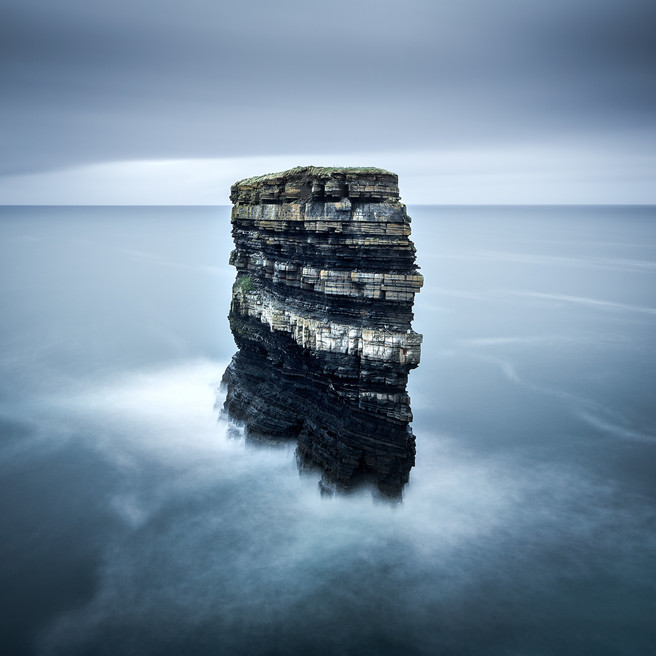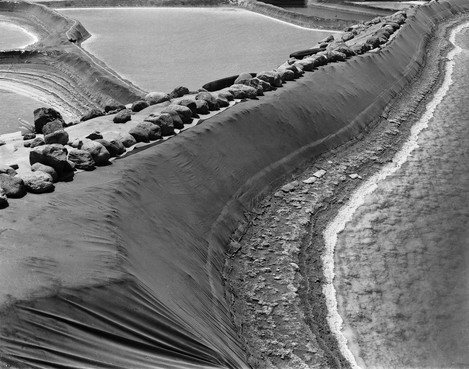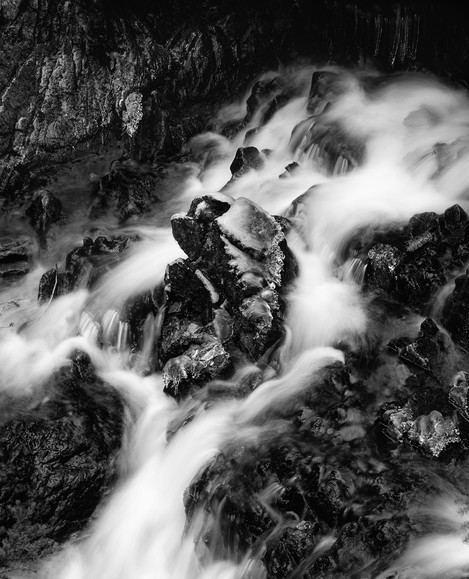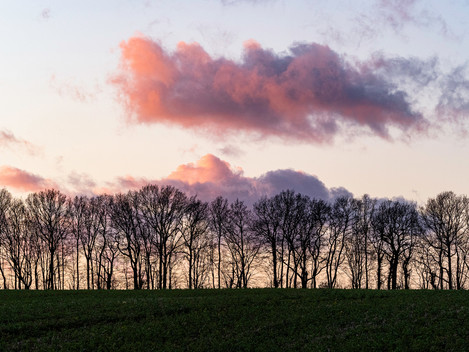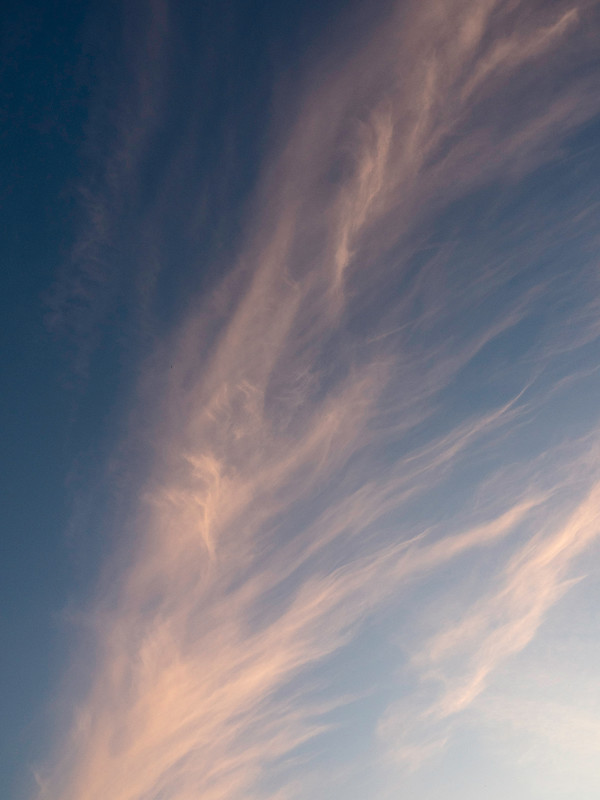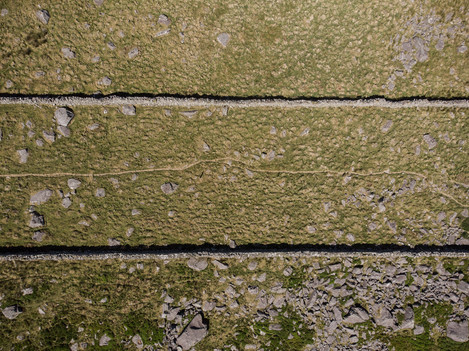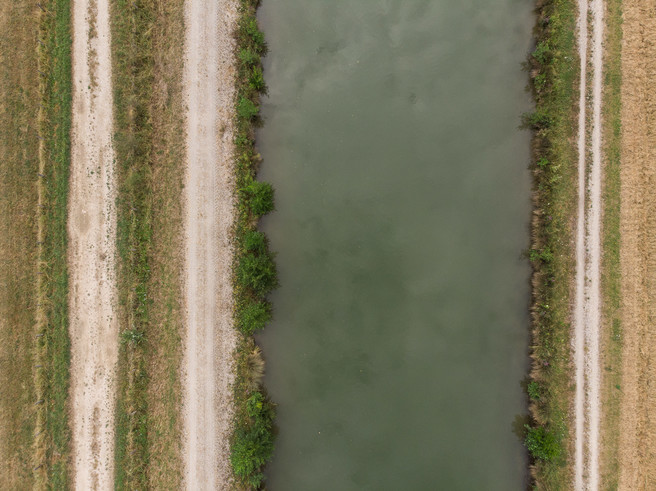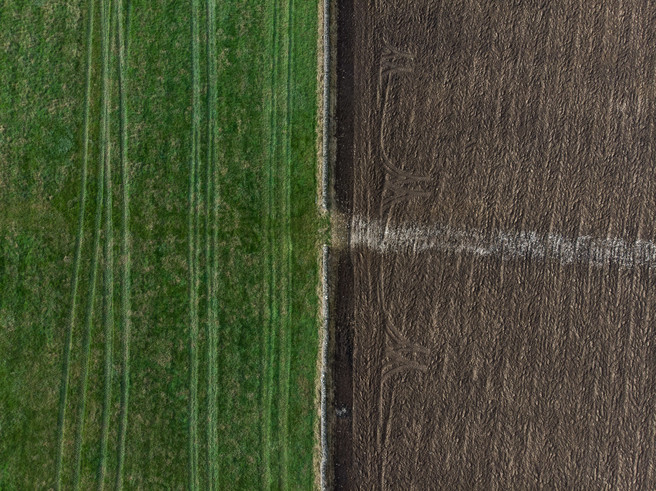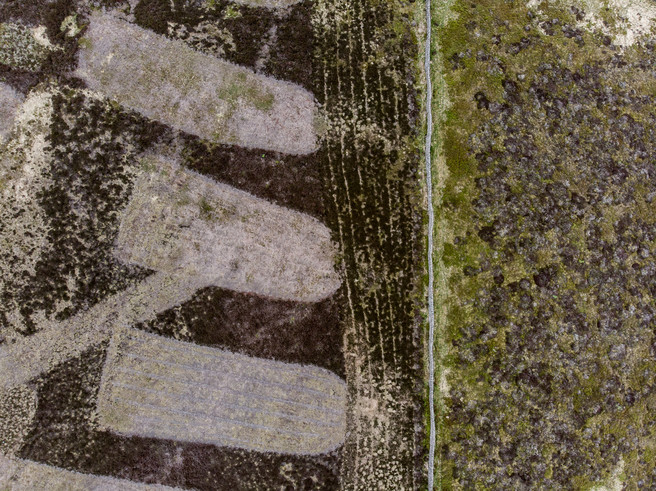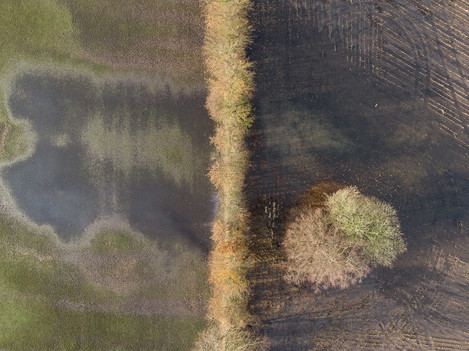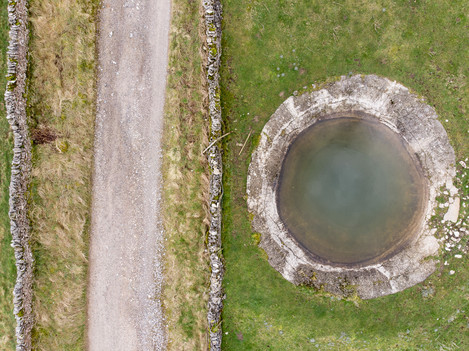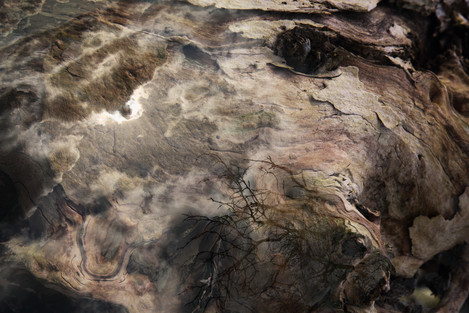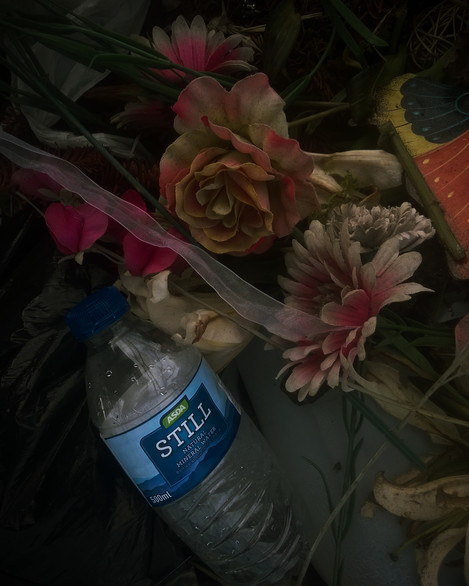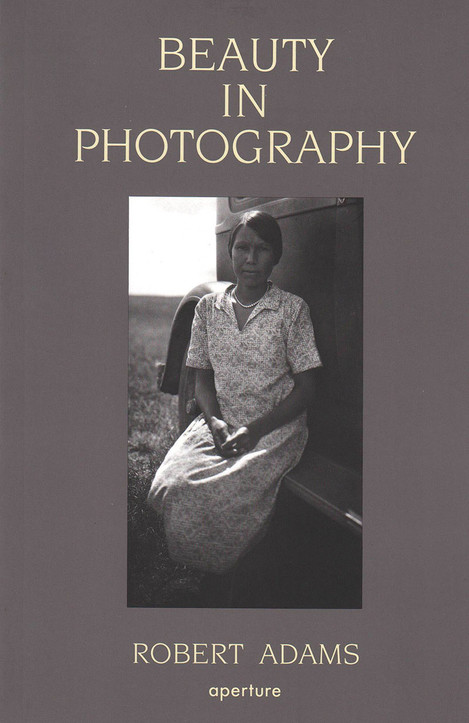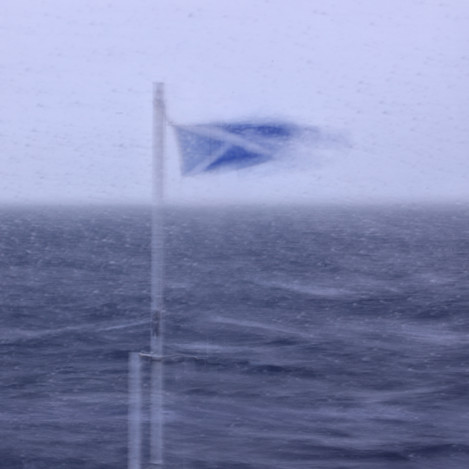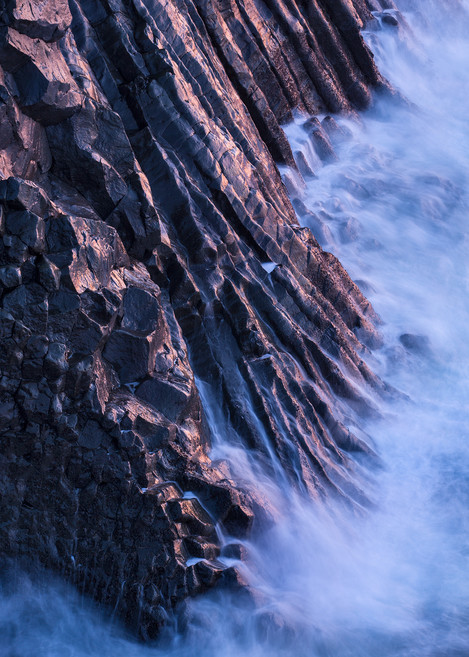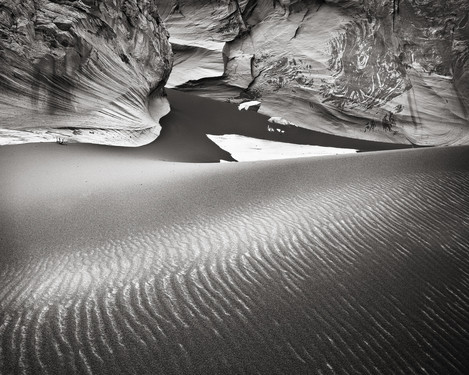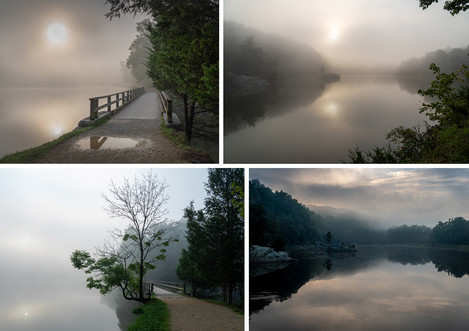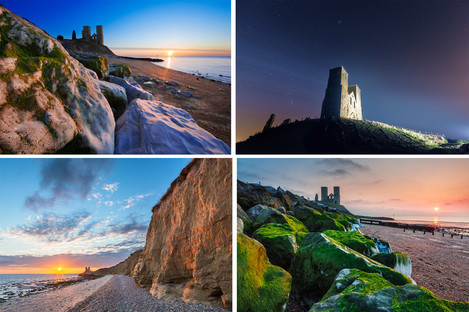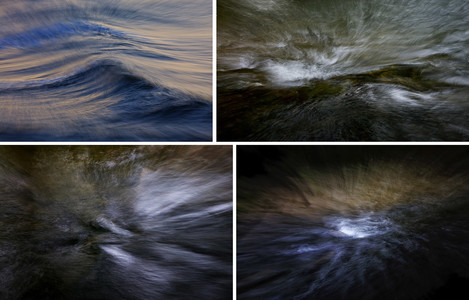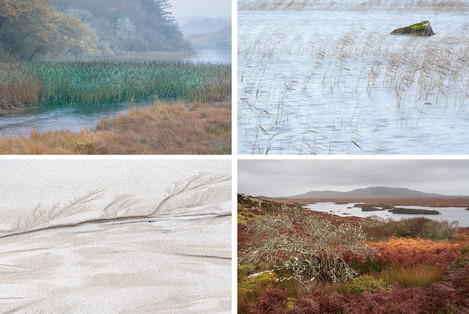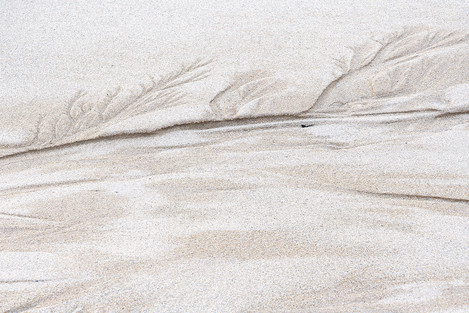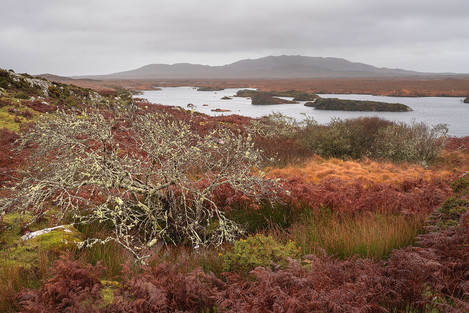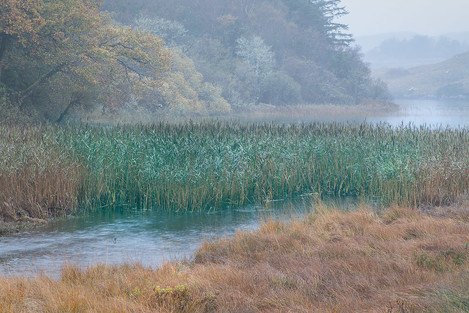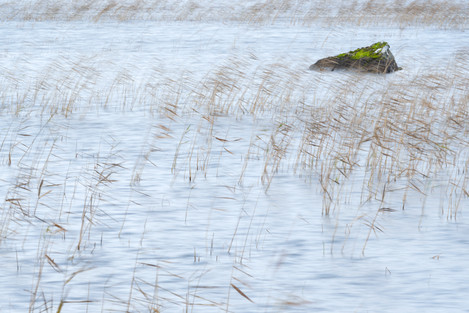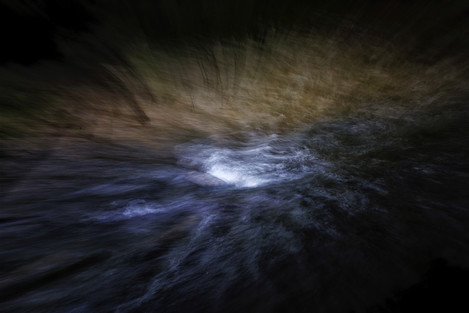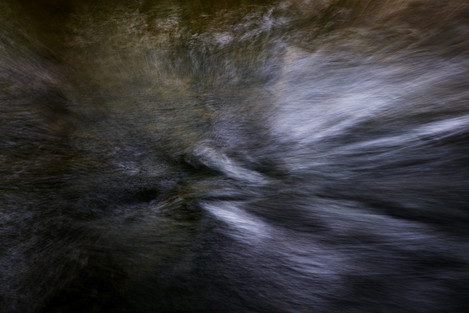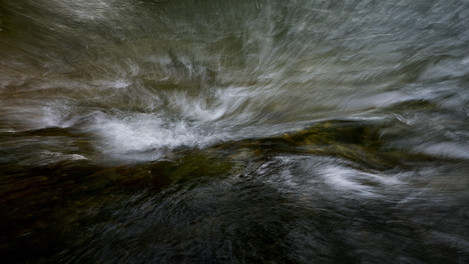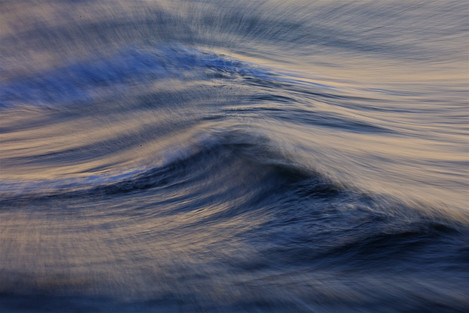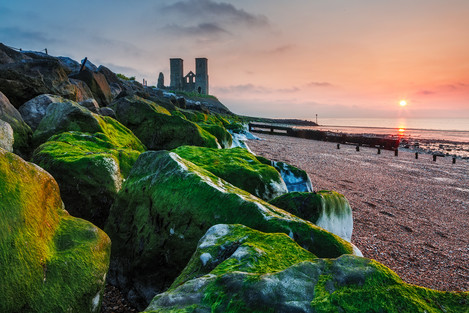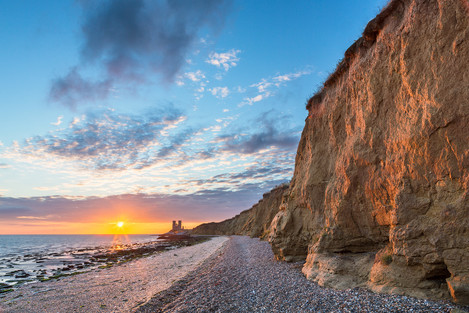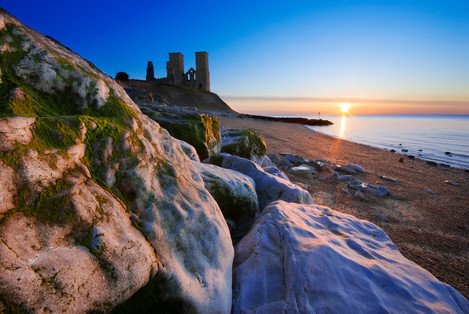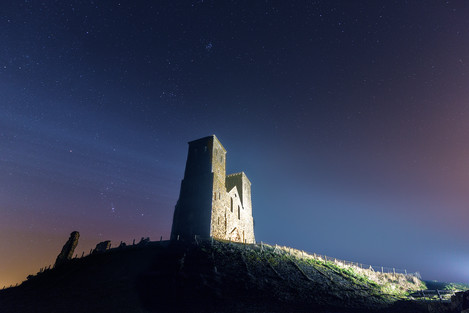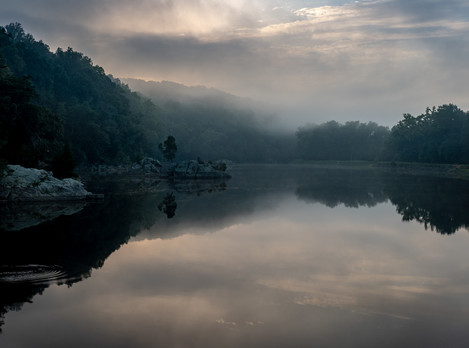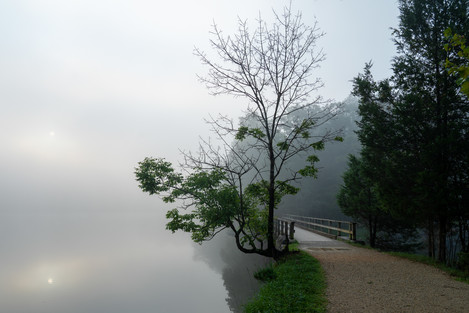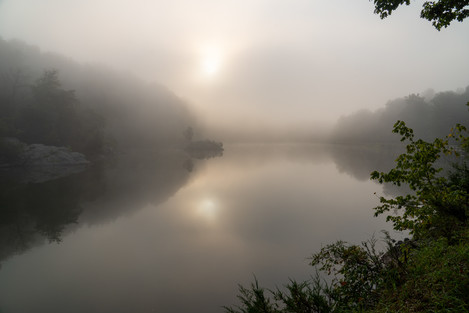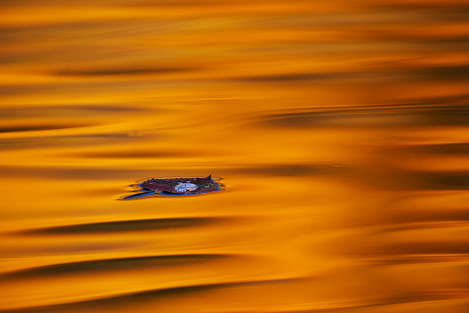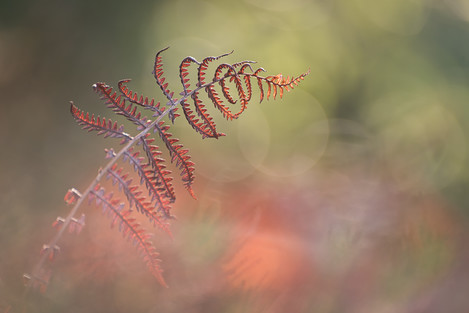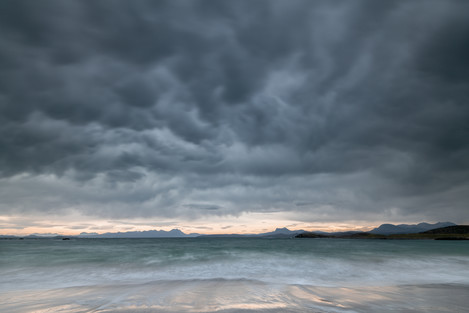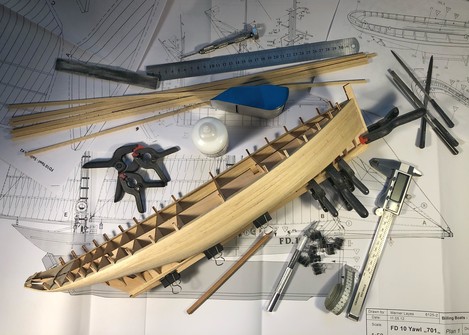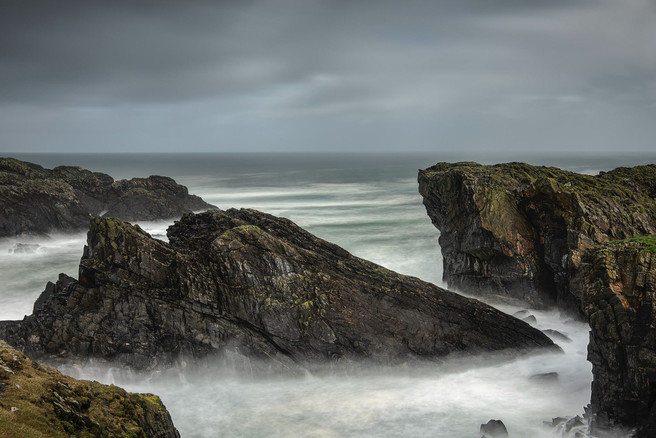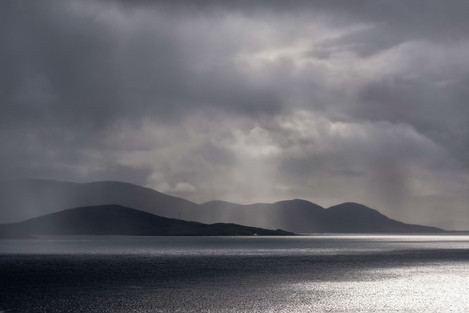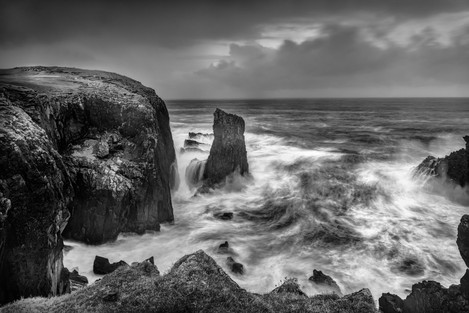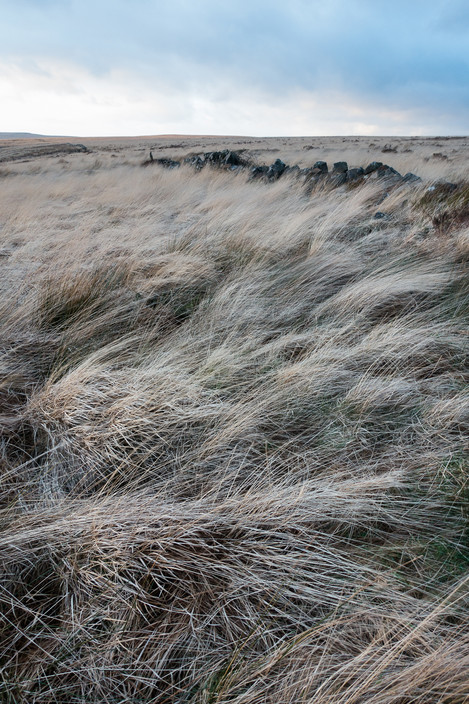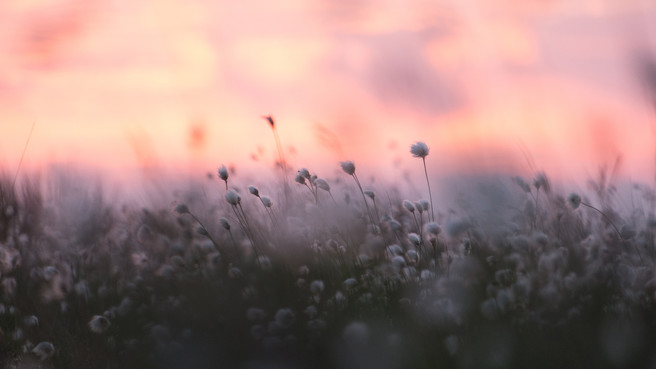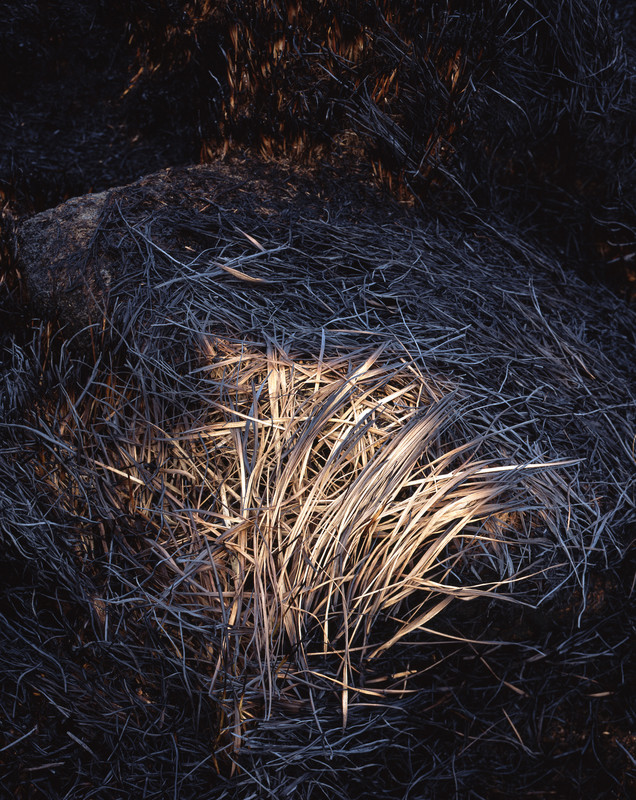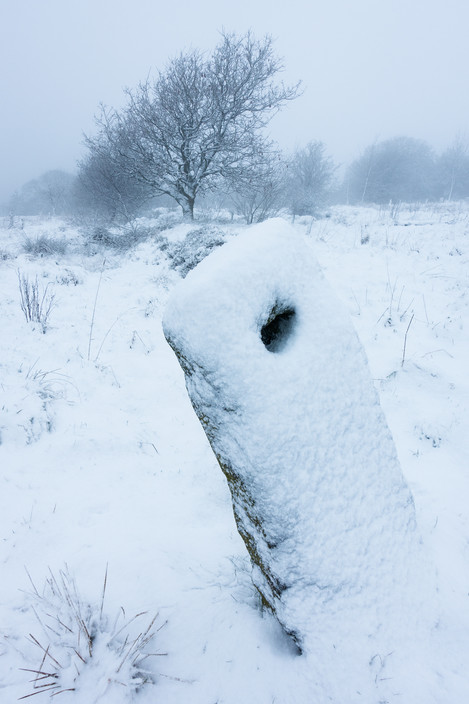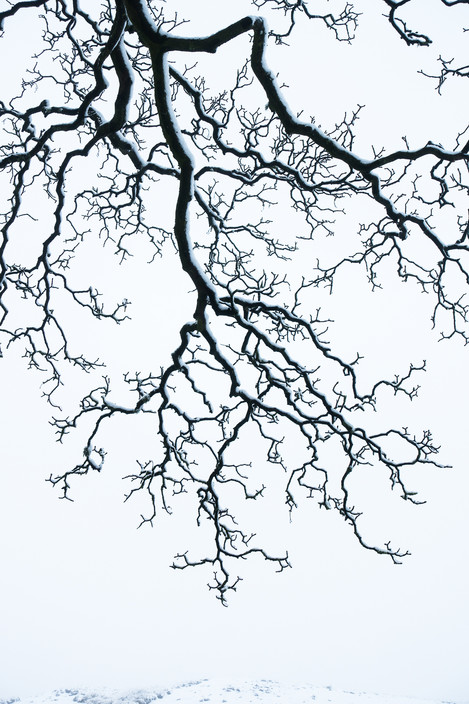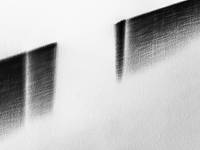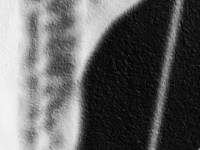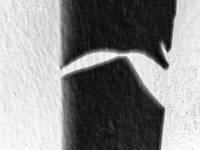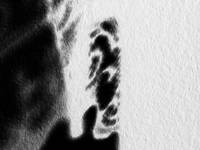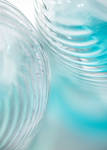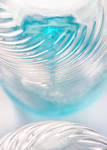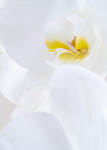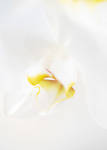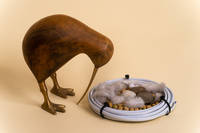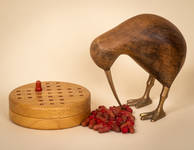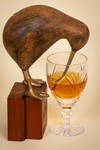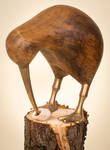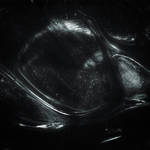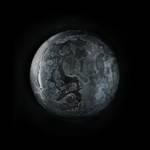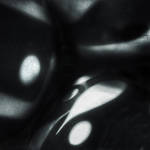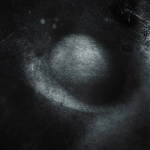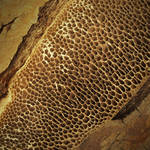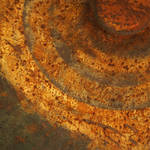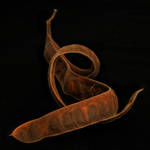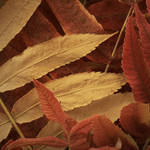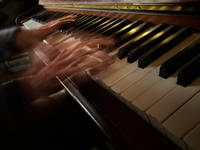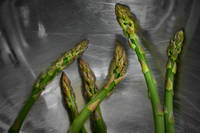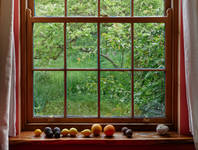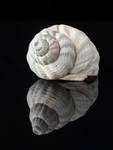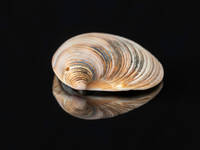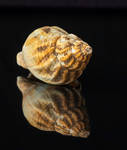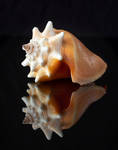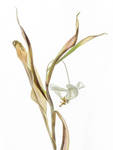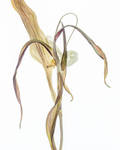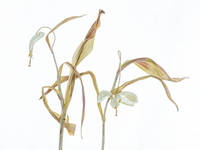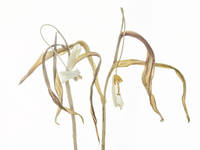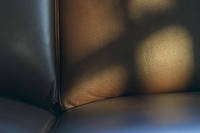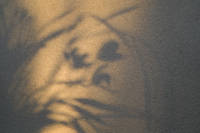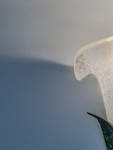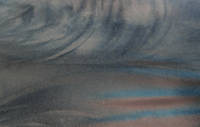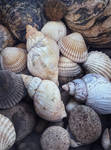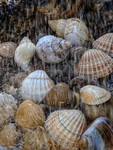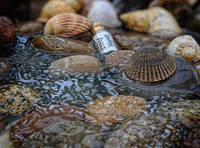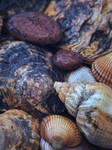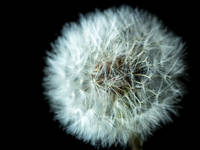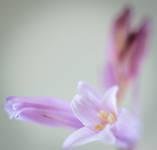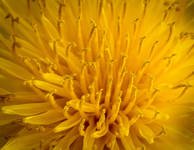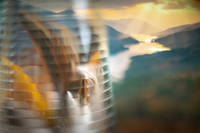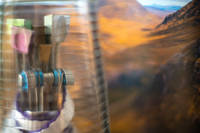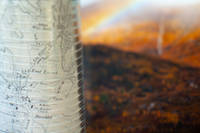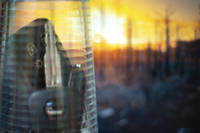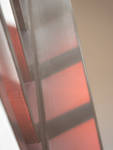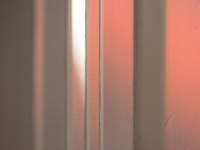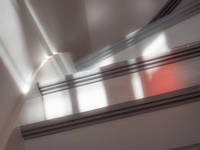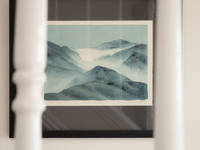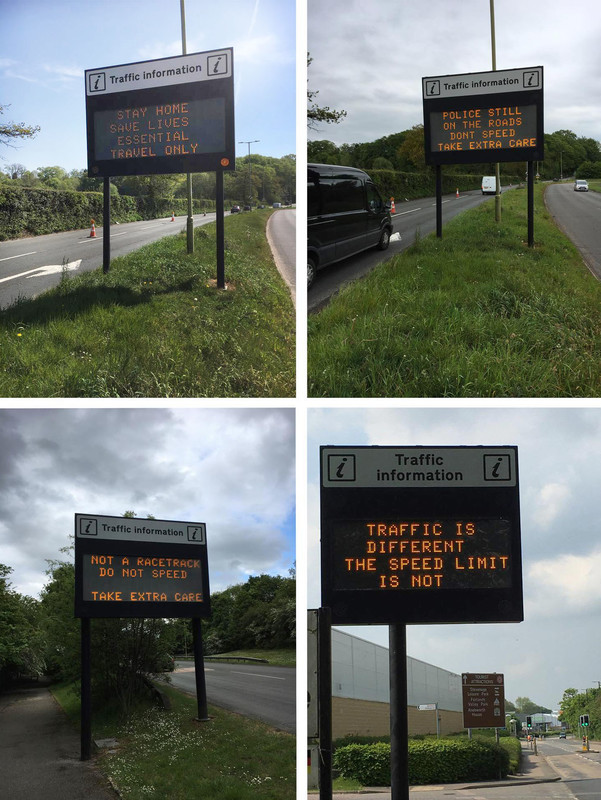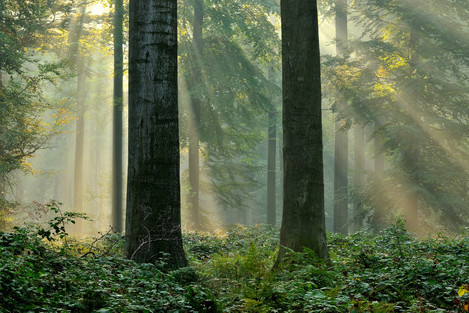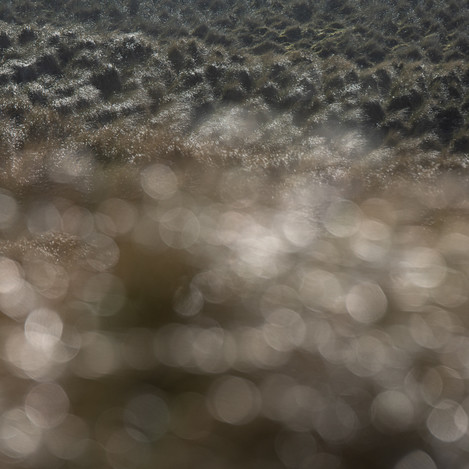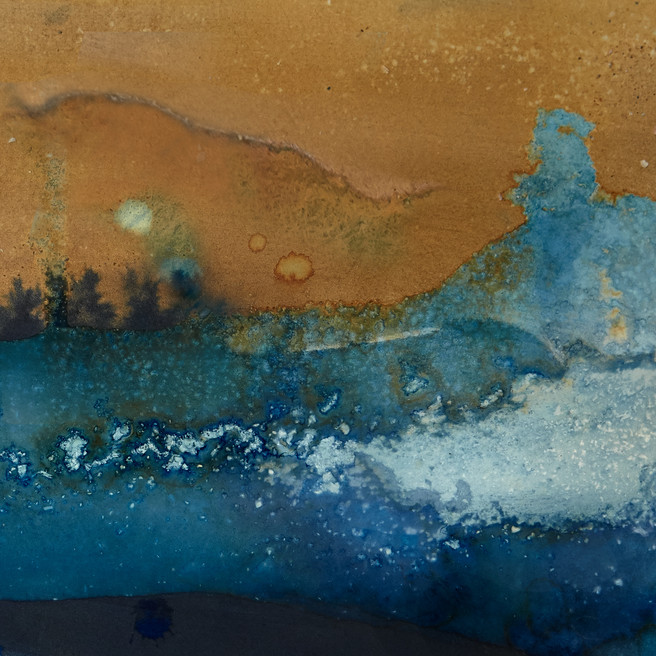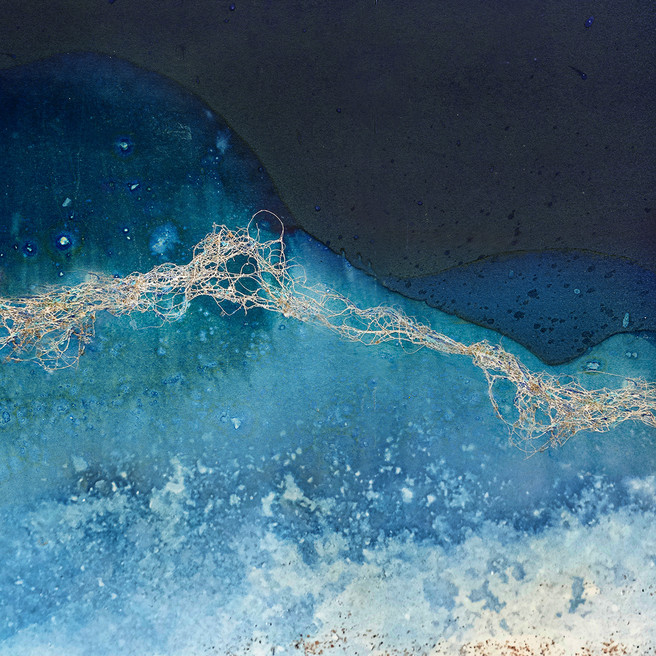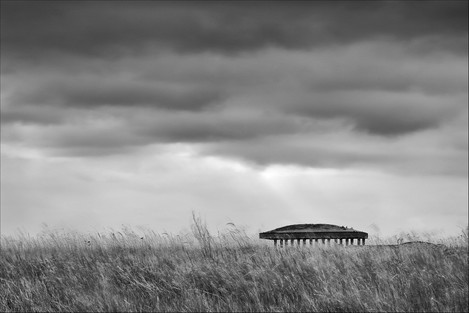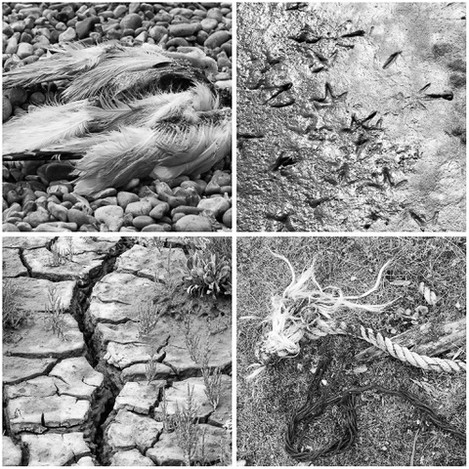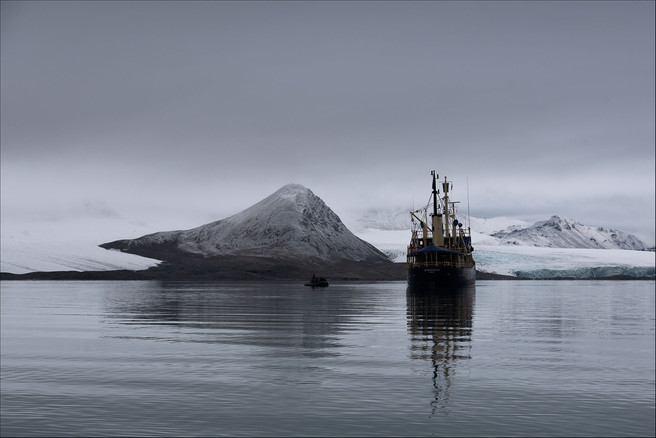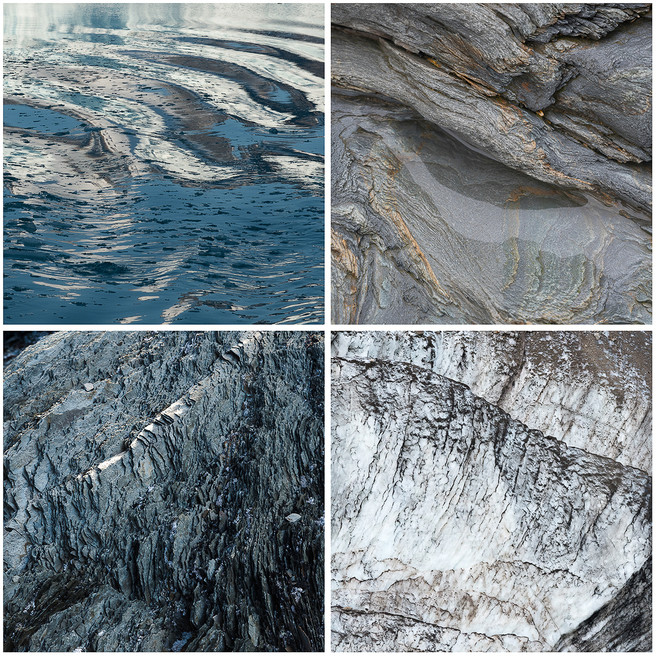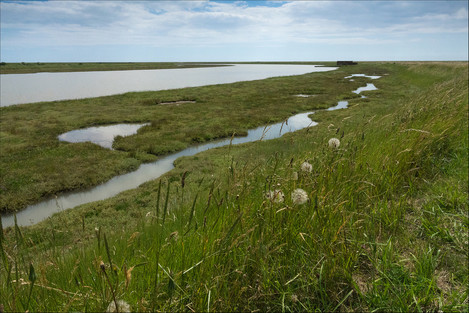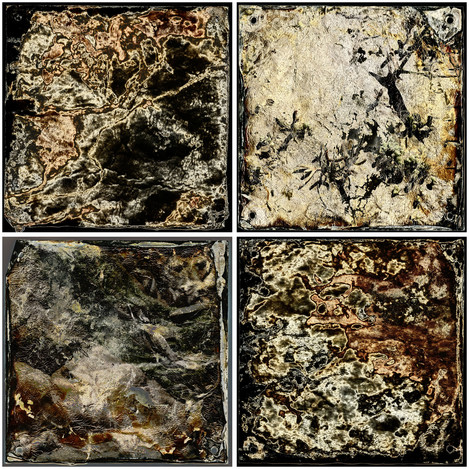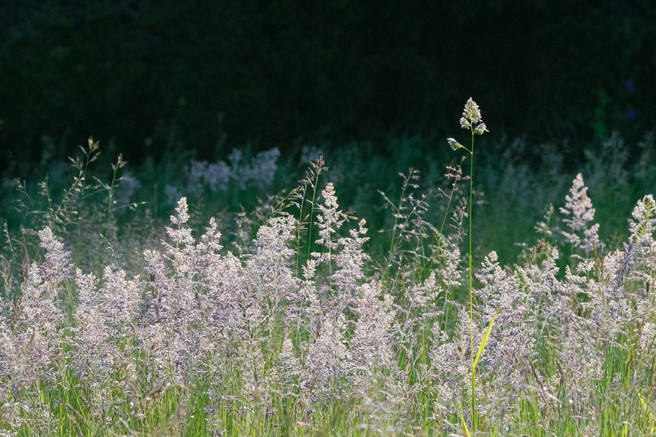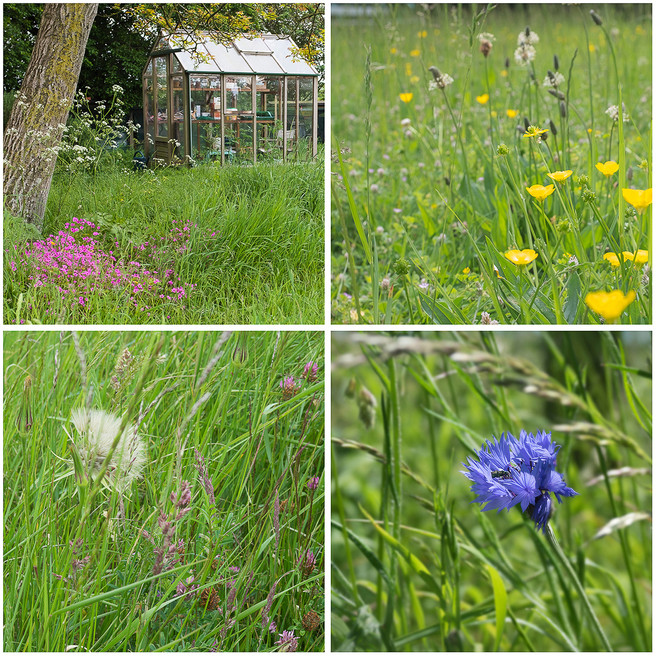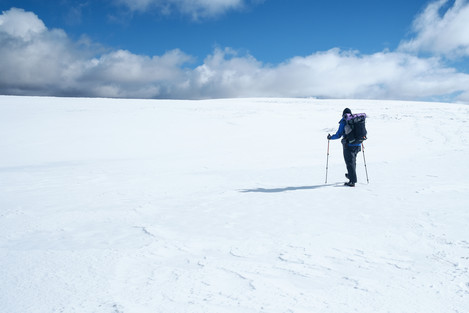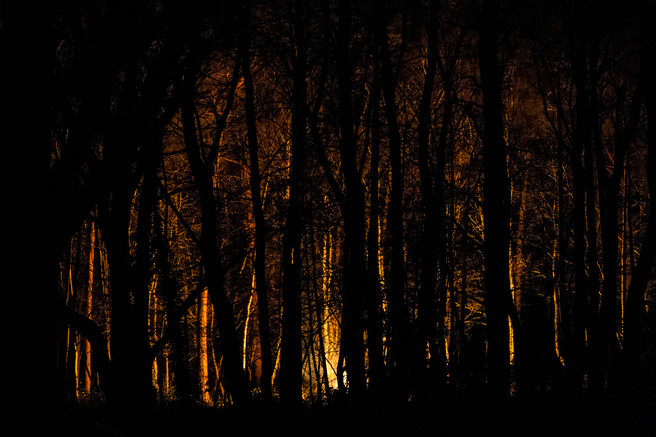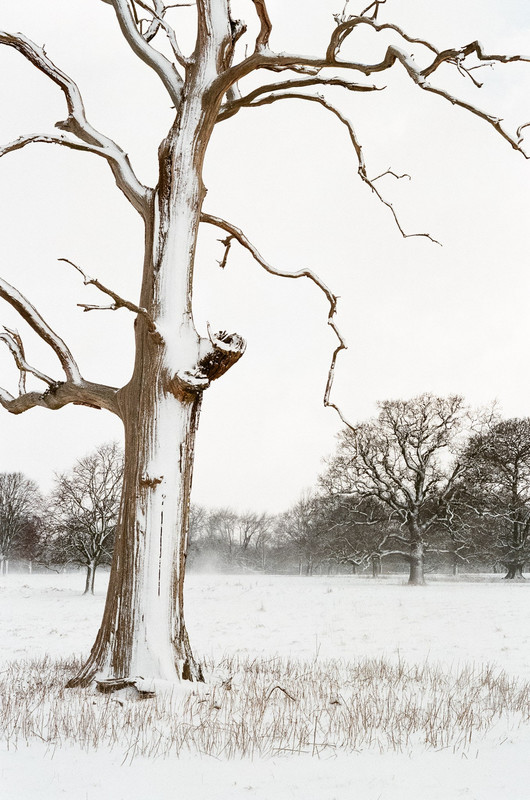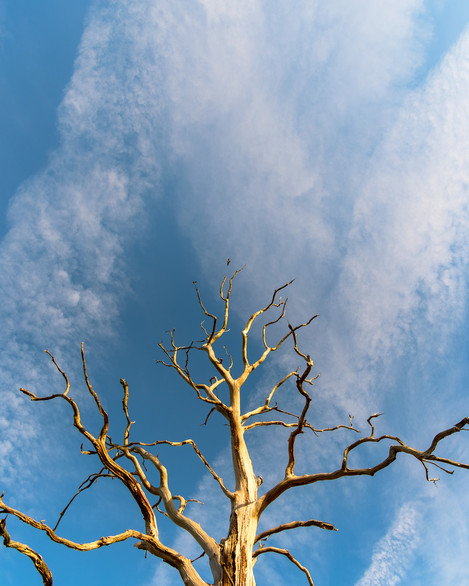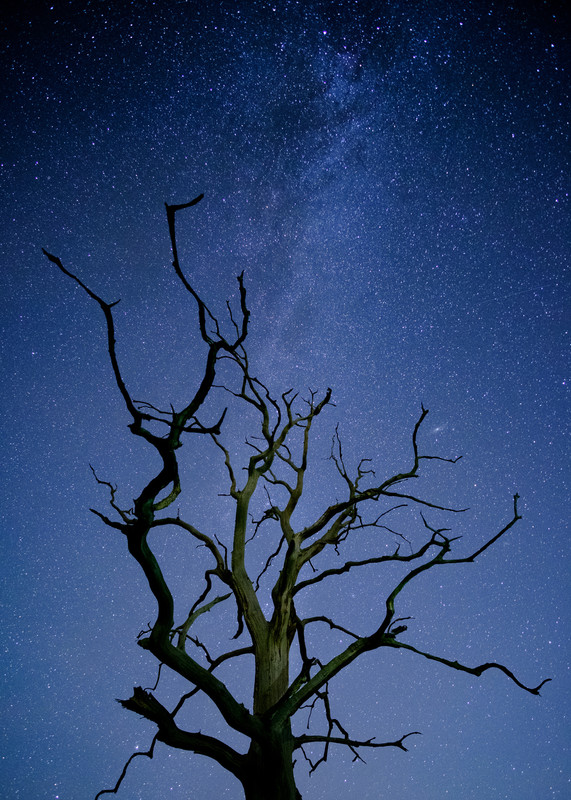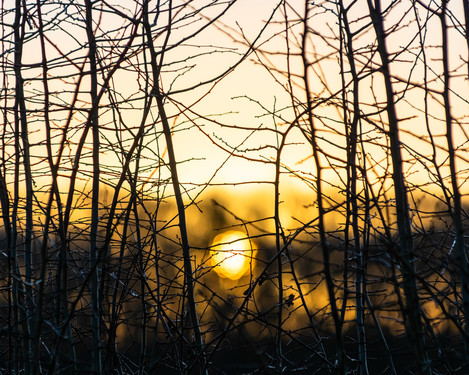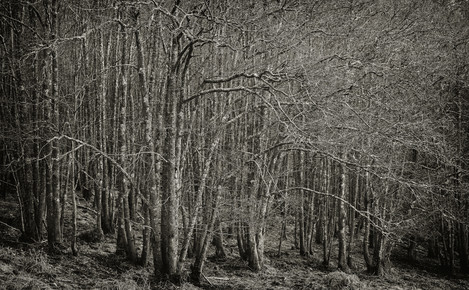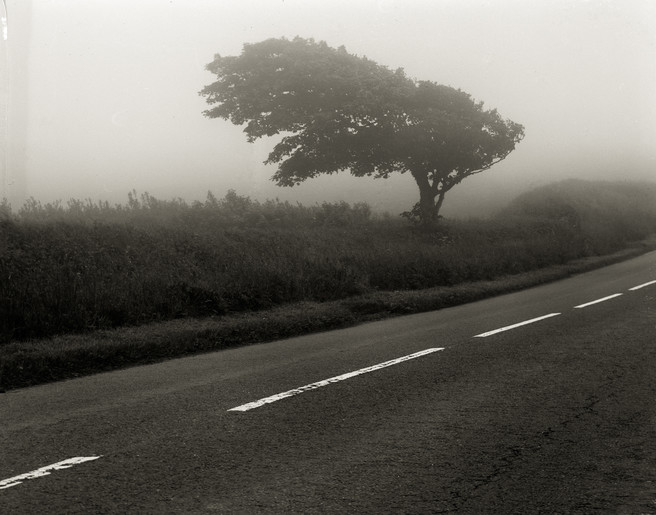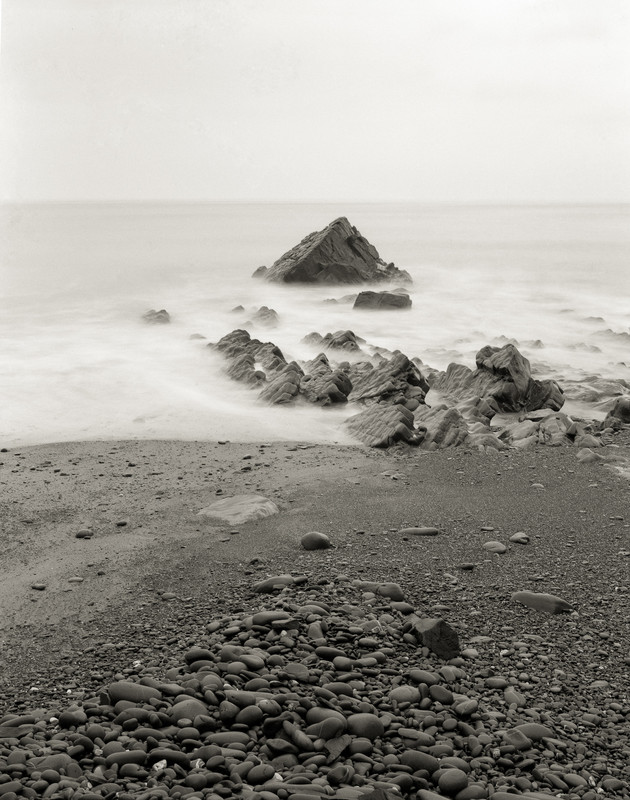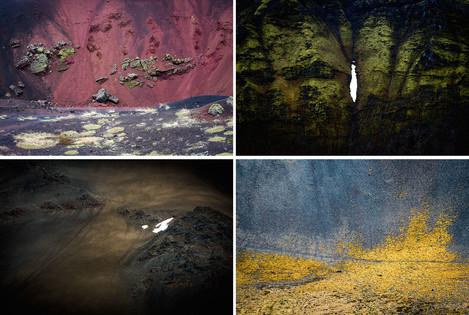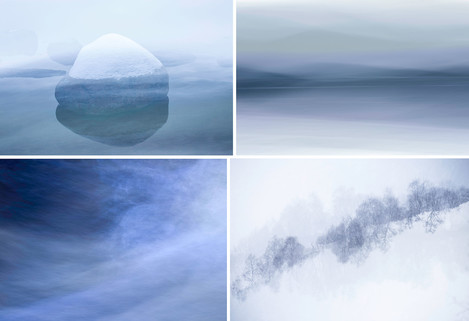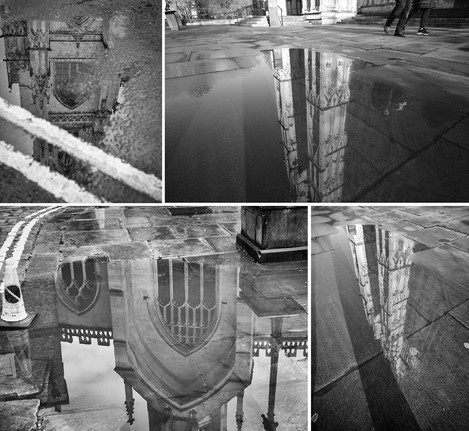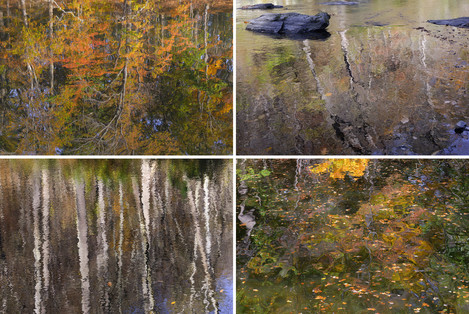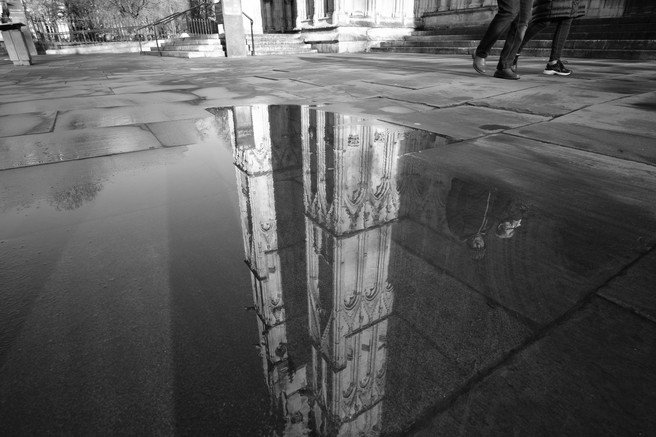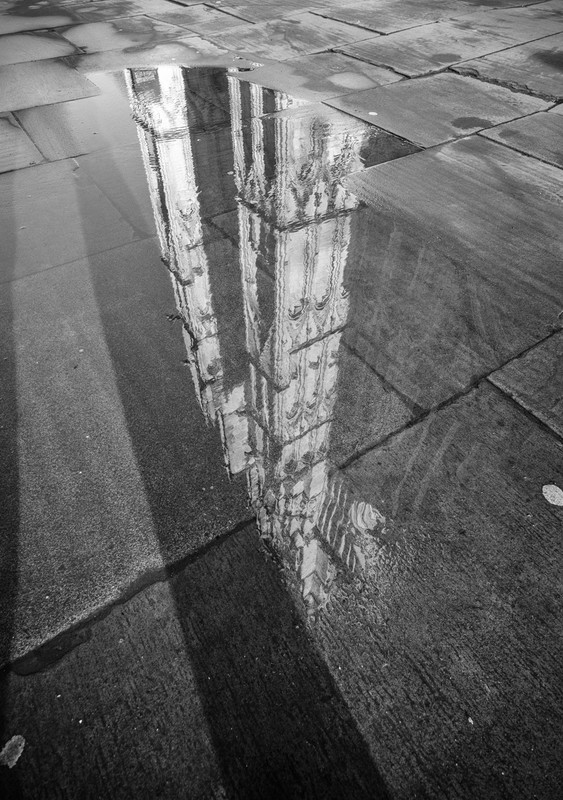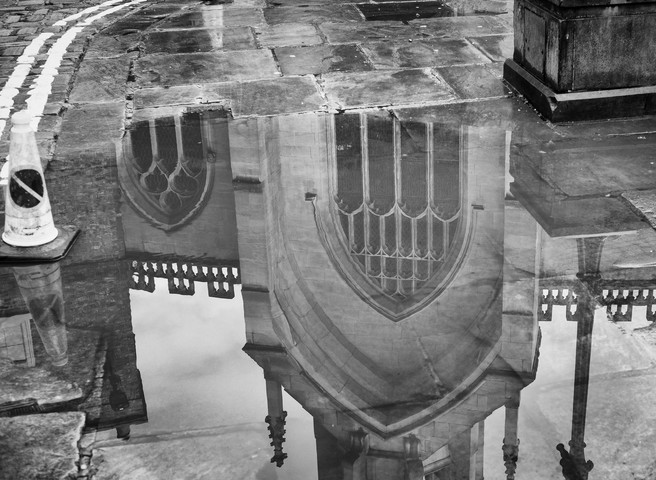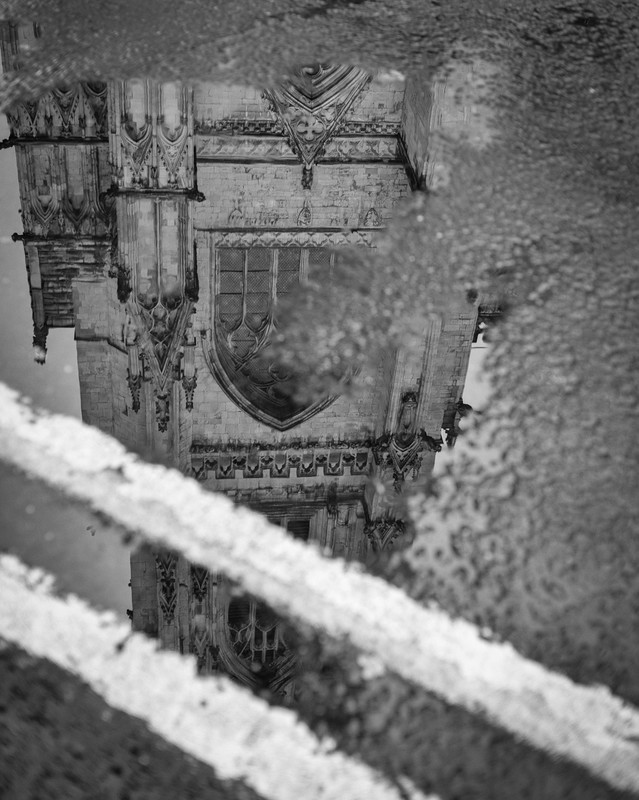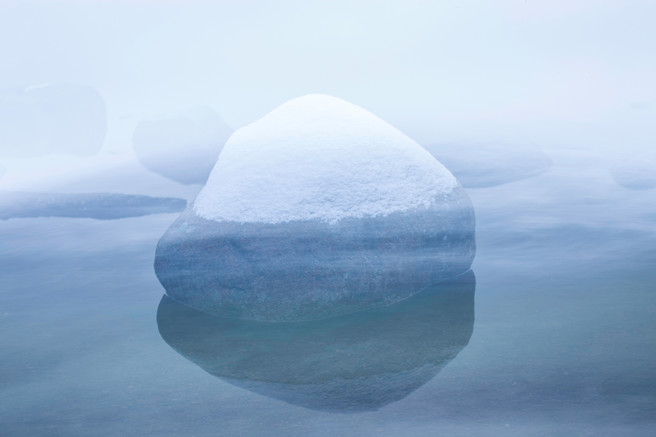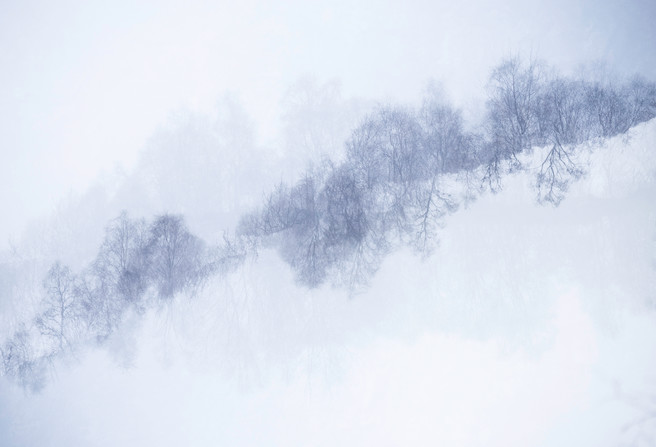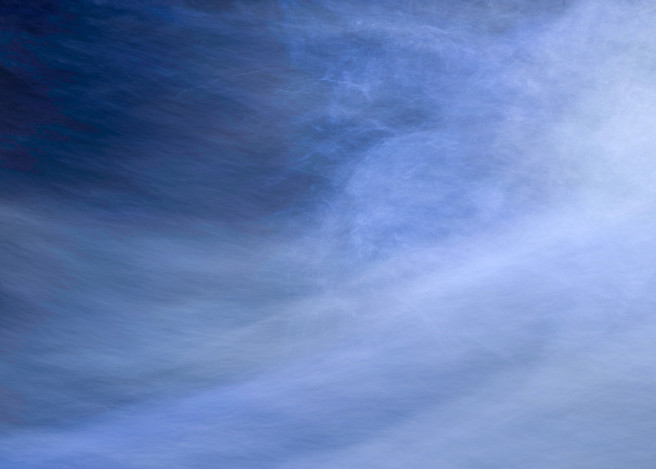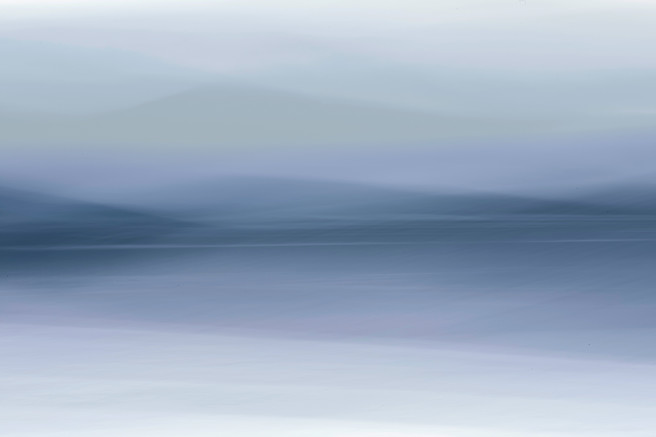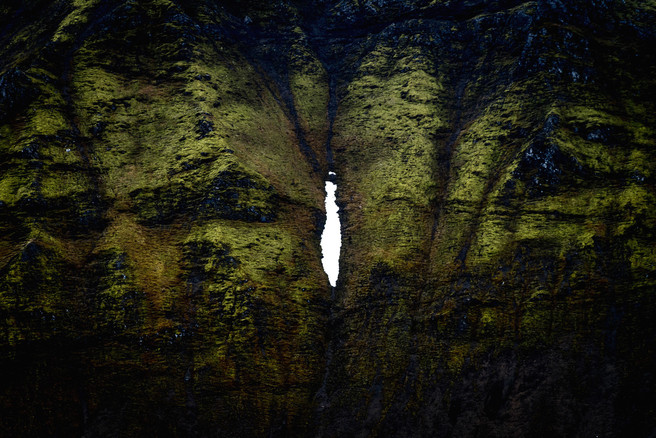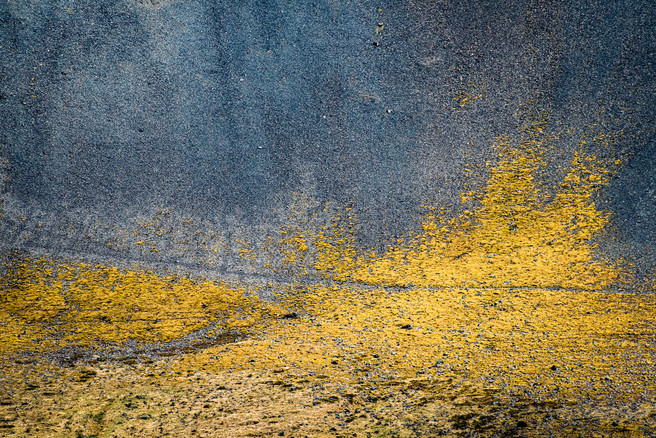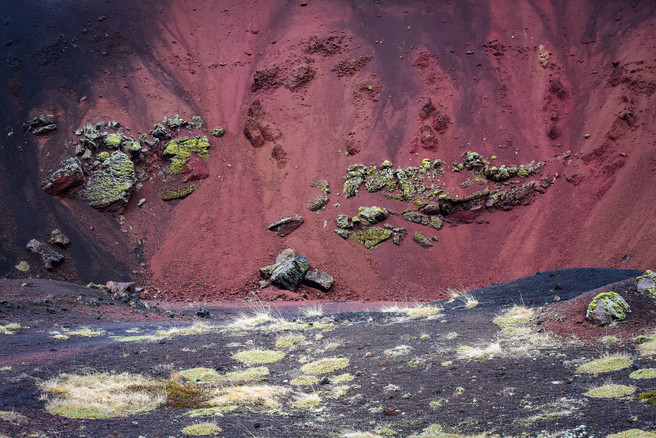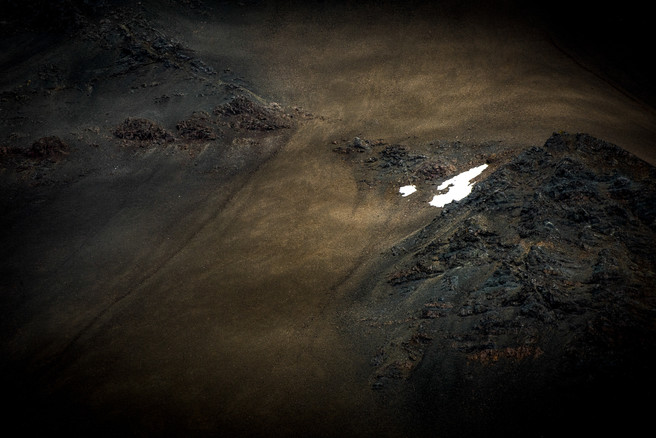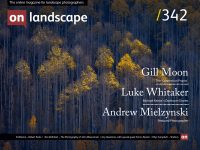Ribeira da Palha (Straw stream) is a small lagoon just a few miles western from Pateira de Fermentelos, which is the largest natural lagoon in the Iberian Peninsula. It's a beautiful place, ten minutes drive from the town of Aveiro, so is a place I often visit just for a walk or most of the time with my camera bag.
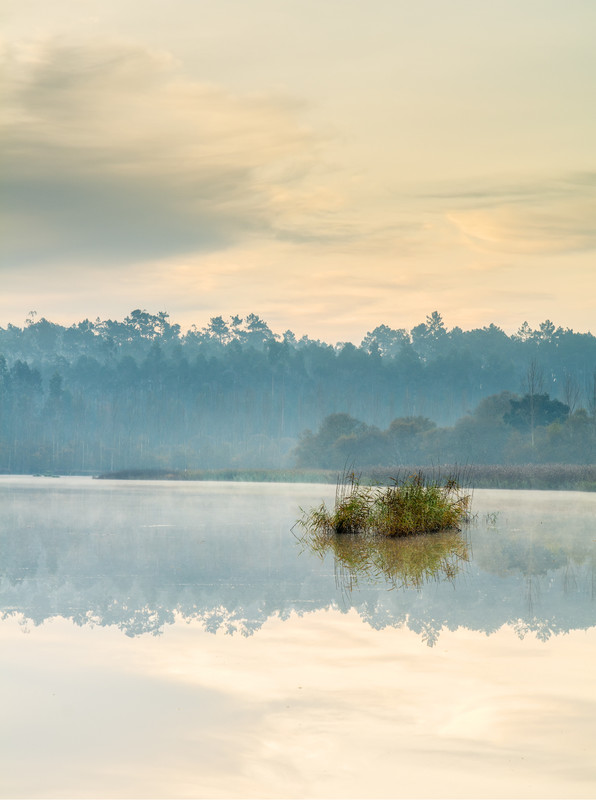
Three Days in Stokksnes
Stokksnes peninsula with Vestrahorn mountains is my favourite photo location in Iceland, probably because my first work noted at the international photo contest in 2013 made here.
Cliffs with snowy peaks, black sand dunes with yellow grass, and stunning lagoon are as if created for landscape photography.
When I travelled with a photo group, I never had enough time in this remote place. During my last visit in February, I specifically chose a hotel nearby and spent three days there. I was lucky – the weather changed several times, and I was even able to take a picture of the northern lights.
For this set, I picked up four vertical shots made according to one scheme. Having a powerful Vestrahorn in the background, the task came down to finding an interesting foreground.
Winter Trees
I use to work with Projects, that is to say, working on a theme, a region, a pond, and so on. But as winter had just ended, things weren’t, unfortunately, as usual. We have to stay at home for days. A time suitable for looking for books in our library that we haven‘t read for a long time.
I found a book that seemed appropriate: Winter Trees, of Sylvia Plath. As I read the first stanza of the poem Winter Trees, suddenly, I saw the portfolio.
On Photographic Technology
Once a new technology rolls over you, if you’re not part of the steamroller, you’re part of the road. ~ Stewart Brand
Thanks to our capacity for creative invention, technological progress has been part of the human experience in any age. It would be foolish to characterise technological progress as all good or all bad. The same kind of creative inventiveness has given us musical instruments and the guillotine, cellular phones and nuclear weapons, great novels and computer viruses. Creativity serves artists and scientists just as well as it serves bank robbers and corrupt politicians.
Just like it would be foolish to consider technological innovation as either good or bad without further qualification, it is also foolish to outright ignore advances in technology—to pretend they are not happening, or that they are of no consequences.
A common slogan in the digital age in photography is, “you can’t fix it in software (or specifically in Photoshop),” implying that if you didn’t get everything “right” in the camera you have failed utterly to produce a usable or worthwhile photograph, and may as well discard the captured file (or piece of film). Not only is it a demonstrably untrue statement; it also treats as a fixed quantity something that is not—something that in fact evolves rapidly, in leaps and bounds—the capabilities of processing software. The myriad of sliders and checkboxes in most photo processing software in fact make it fairly easy to “fix” (at least to a degree) anything from colour and contrast to sharpness and filter effects, from qualities of light to dust specs on the sensor, from haze to aspect ratio, from exposure problems to optical distortion, and many more. I can’t count the number of times I revisited older images with newer software and was able to overcome and correct various flaws I couldn’t address at the time of capturing these images. As it turns out, there are in fact a great many things you can fix in software, and likely many more you will be able to fix in software in the years ahead.
Portrait of a Photographer – Anna Morgan
For the third iteration of this column, I really wanted to feature the work of Anna Morgan, a landscape photographer from the United Kingdom living in British Columbia, Canada. I admire Anna’s photography because of how it can evoke powerful emotion in such quiet presentations of colour and subject. Like most photographer’s work that I find myself admiring, I adore how her photography does not depend upon location nor conditions to portray interest, emotion, and mood. While Anna’s work does occasionally focus on locations that have been photographed a great deal by other photographers, she does so in a way that feels unique to her vision and way of seeing the world. In much of her photography, I get the sense that the subject is much deeper than a collection of simple objects in nature, rather, each image asks the viewer to reflect deeper within oneself to find something more.
Take, for example, her images of the desert, especially those taken in Death Valley National Park – for me they convey a sense of solitude, longing, peace, and silence – all things I greatly crave in my own daily life. Viewing these images instantly relaxes me and forces me to take pause and consider the actual weight of things going on in my life. These images help me put things in perspective and provide solace through photography. This is an example of something that I think that a great landscape photographer can do through their images – produce an emotional reaction beyond the obvious and ordinary postcard photo “oohs and ahhs.”
Another aspect of Anna’s photography that I really enjoy is
Jane Fulton Alt
The video that Jane Fulton Alt created of the artist made book ‘The Burn’ still makes quite an impact, and quickly prompted Editor Tim Parkin to buy the published edition which he reviewed in On Landscape in 2014.
Much of Jane’s work evolves around cycles of life; whether we recognise it or not photography is both a response and an antidote for us all to personal circumstances as well as those that impinge upon our existence. This year more than ever seems like a good time to find out a little more about Jane’s photography.
Would you like to start by telling something about yourself – where you grew up, your education and early interests, and what that led you to do as a career?
I grew up in a suburb of Chicago. My parents were art collectors and probably my favourite high school class was art history. I graduated from the University of Michigan and the University of Chicago in the School of Social Service Administration. I worked as a clinical social worker as I raised my three children.
When my youngest child began grammar school, I began taking art classes at a local art centre. I was initially captivated by photography because I had an amazing teacher, Richard Olderman. He was a seeker of the meaning of life and brought his students along with him. The camera soon became a tool for more fully expressing my innermost concerns.
What kind of images did you initially set out to make? You’ve talked about learning the ‘poetry of photography’ which I think is a rather nice way to describe it.
I remember the exact moment in the darkroom when a friend turned to me and said, “I think you finally understand photography.” The content of the image was my daughter walking on a stone pathway in a garden. It was all about light, shadow and mystery. My contact sheets are like a daily diary. They serve as my “stream of consciousness” and guide me to the next body of work. My earliest photographs were of my family.
Who (photographers, artists or individuals) or what has most inspired you, or driven you forward in your own development as a photographer?
I love the pictorial qualities of Julia Margaret Cameron and the minimal, abstract qualities of Edward Weston’s peppers. Sally Mann’s Immediate Family and What Remains portfolios have been inspirational. Southern photographer Debbie Flemming Caffery’s portraits of the south led to a solo workshop with her in Louisiana, which was life changing.
I have recently turned to the work of many painters, including Kandinsky, Matisse, Miro and Klee. And I love the poetry of Mark Strand, Wendell Berry and Mary Oliver, to name a few.
Landscape photography can be widely interpreted. I have never really thought of my work as fitting into any one category. I tend to be drawn toward social issues and the natural world.
Metaphor has played an important role in my work and landscapes have been a good subject matter for the life cycles of all living things. I am currently working on the “landscape” of decomposing food. My eye sees the compost in the same way it sees a sprawling landscape. It is about content, form and light.
Would you like to choose 2-3 favourite photographs from your own portfolio and tell us a little about why they are special to you?
Burn No. 2
The photograph of the monarch butterfly above the fire, Burn No. 2, can be widely interpreted. It can reference any threat, including climate change, the world wide pandemic or the current unrest in the US. It is one of the few images I have deliberately manipulated and still holds a “staying power” for me.
Burn No.91
Burn No. 91, which is the placed in the centre of The Burn book is another important photograph. While immersing myself in the controlled burns, I focused more on the smoke and was, frankly, terrified of the violence of the raging fires. My sister passed away from ovarian cancer on November 18, 2014. The following day I made this photograph, with no reservation what so ever, confronting the acute the pain I was experiencing from the loss.
Burn No.98 Falling Ash
And finally, the falling ash photograph, Burn No. 98, is a favourite. I love this photograph for its pure abstract qualities of the ash falling through the air. The circumstance under which it was created is also significant.
Has it been important to let themes develop, for things and places to get under your skin, rather than to actively chase them?
I just listened to a podcast from the wonderful photographer Cig Harvey and she stated, “You can’t think your way into a body of work.” This has certainly been true for me. The work seems to find me. I have trust and faith in the camera and in my intuition.
Looking at the images in Water Works, it would be easy to think that they are about subject and form. But how much is about the fact that we are of and from water, and that you were in and on it to make them?
Immersing oneself in the environment has always been an important aspect in creating photographs and has helped me to find the essence of the subject. Deep familiarity with the subject is central to making a good photograph.
I was dipping into your archived blog posts. In “Judging ourselves and the Creative Process” you talked about the need to go inward rather than outward. It made me wonder whether in seeking validation, whatever form that may take (social media, competitions, portfolio reviews, etc.), photographers are heading in the wrong direction if they want to create individual work. Do we bring ourselves, and our work, into the light too soon?
I think the idea of “trying to make it” and seeking validation can be an interference, as the focus is pleasing someone else or feeding the ego. The work can get diluted and feel less authentic. It is best to work from the centre and trust your own voice.
I also think that not having gone on for an advanced degree in photography has served me well. I already had a profession and was just using the camera to try to better understand my life. I didn’t have expectations or care about making it…I just wanted to better understand my life through the lens of my camera.
With time also, we gain new perspectives, both on ourselves and on how our work relates to the times. You’ve talked about Fire and Water taking on a political significance for you, and rereading some of the dialogue about The Burn in the time of corona, I couldn’t help but wonder whether we have become the invasive species. (“But the purpose of the fire is not to destroy - it is a controlled burn, meant to decrease the volume of invasive species, leaving more space for native plants to grow”) I’m not sure if it is appropriate to draw this parallel, though I did personally find it a strong one at the time of reading.
I have thought a lot about what is happening in the world with the pandemic and climate change. I have learned so much about nature by just observing. The Burn has taught me so much about life cycles. Those images of regenerative destruction have a personal significance - I photographed my first burn within the space of a few days when my first grandchild was born and my sister began a course of chemotherapy - yet they constitute a universal metaphor: the moment when life and death are not contradictory but are a single process to be embraced as a whole. With this understanding, I can’t help but wonder if what is happening now is nature trying to self-correct, a cleansing so to speak, just like in the fires. I suppose this opinion necessitates taking a longer view of the very nature of existence.
Have you been moved to respond photographically to the pandemic?
As I mentioned, I photograph every day, wherever I am. My current circumstances are challenging and unexpected.
What has your photography allowed you to do that you haven’t been able to do through your social work?
They are two very different endeavours. My clinical social work profession focused on helping others.The photography was solely for me, addressing my inner life. Early on I began contemplating man’s widespread need for love and connection, which begins the moment we are born and ends the moment we take our last breath. How do we enter and exit the world? This exploration has been ongoing and the camera has been an invaluable tool, serving as a visual manifestation of those concerns.
Many of the situations that you’ve encountered have been challenging. What have you found to quieten the mind and to allow you a degree of simplicity?
While making photographs I often enter into a state of meditation. The act of photographing, searching for the light, always calms my mind. Many of the subjects I have photographed have been demanding, but the camera has been my faithful companion in facing these challenges.
What have you been working on recently? Do you have any particular projects or ambitions for the future or themes that you would like to explore further?
It has been a very bumpy year. My husband passed away last fall, the pandemic arrived and we have had 3½ years of turmoil in the US. I am always looking for the light, and given the challenges of today, it has become even more urgent. We all need more beauty in these times of chaos and darkness. My hope is to continue to focus on the mystery and beauty of life.
If you had to take a break from all things photographic for a week, what would you end up doing? What other hobbies or interests do you have?
I’m currently knitting, quilting, and making cyanotype masks for my family. I would love to delve into making sculptural objects from the natural world. I love to work with my hands.
And finally, is there someone whose photography you enjoy – perhaps someone that we may not have come across - and whose work you think we should feature in a future issue? They can be amateur or professional.
Thank you, Jane, for finding the time to talk to us. You can see more of Jane’s images on her website and she also posts daily on Instagram.
Using Dark Tones to Create Drama and Tension
Do you want to create drama in your images? Let dark tones dominate. Are you keen to capture your viewers' attention? Let shadows do the heavy lifting. Do you want to inject mystery into your images? Allow swathes of darkly toned negative space to fire-up your viewers’ imagination.
Forgive me for hammering home my point. It is no accident that dominant shadows in an image encourage the viewer to imagine what might be lurking within them. Dark images can elicit a vicarious emotional response, heightening our senses and engaging us to imagine tension, isolation or a sense of danger.
Unconsciously, we are drawn into the narrative of the image. We become totally engaged in the vision of the photographer. The response to black in an image is not restricted to negative emotions. Black has other connotations that can engage us in a positive way. Excitement, mystery, anticipation and intrigue can compel viewers to actively engage with an image.
It is perhaps no accident that film directors such as Ridley Scott have so successfully used darkness to create uniquely compelling dystopian movies such as Blade Runner. Similarly, Don McCullum’s early landscapes of a post-industrial northern England and more latterly his bleak winter landscapes around his home in Somerset, use dark tones and shadows to create a powerful sense of drama and tension.
A Cairngorms Learning Curve
As a hillwalker and backpacker who seeks images in wild mountain landscapes, I’ve long believed that these journeys fall into one of two categories – image first, or adventure first. Put another way, what is the main objective? If you’re heading out there looking for specific images, chances are that everything else is secondary to that goal. You’re carrying more photographic gear, and once you have the images you want it’s probably time to head home. Adventure-first trips, by contrast, are all about the experience of being out in the wild, and any images you create are a nice bonus. You’re probably carrying less gear and you might not care if conditions are less than perfect.
For the last few years, I’ve been firmly in the second camp. My trips have been lightweight and ambitious, usually carrying the bare minimum of camera kit; if you put yourself in the path of adventure often enough, and if the adventures are good enough, the images will come. So, the theory goes. Though there’s some truth in it, I’d long been curious to see if there might be room for a middle path. Could I combine slow, thoughtful, previsualised landscape photography with a big winter mountain journey?
The plan
When a gap in my calendar coincided with a stunning forecast in early March 2020, I decided to see if I could have my cake and eat it too.
I knew what I wanted. There were two views in particular: a shot looking directly along the frozen length of Loch A’an to the dramatic Shelter Stone Crag from the slopes of A’ Choinneach, and a dawn image of the Shelter Stone Crag, Hell’s Lum and the Stag Rocks from Beinn Mheadhoin. The first would require a telephoto lens, the second a moderate wide-angle. There were a few other images I was looking for as well, including one in Rothiemurchus forest and – if conditions behaved themselves – an image of the Belt of Venus illuminating Stob Coire Sputan Dearg.
My bag, when packed, looked gigantic. The weight was nothing short of appalling. I felt tempted to abandon plans for intentional landscape photography and stick to the run-and-gun approach I knew best, but another look at the forecast convinced me; this was as good a chance as I’d ever get.
A walk through the woods
It started with a walk up through Rothiemurchus to Glenmore, where I’d arranged to meet my friend Chris Townsend. Although I’d done this walk several times before, there’s always something new to see in the forest and I took my time on the clear paths between the trees, always on the lookout for potential images. Opportunistic snaps aside, my chance for something a bit more studied came at a ford. I took my time setting up the tripod and spent fifteen minutes experimenting with light, form, movement, and composition. It was time well spent. I came away with an image that pleased me – nothing spectacular, but closer to what I was looking for than I’d have managed without those extra minutes of study and contemplation. I resisted the urge to look at my watch and feel bad about my slow progress. This was what I wanted. Above me, a perfect snowline reflected bright sunlight.
‘I’ve lived here for thirty years, and I never tire of the place,’ Chris said to me a few hours later as we walked up through regenerating pine forest to Ryvoan Pass. ‘There’s always something new to see.’
We camped beside the River Nethy, at a flat spot with good views into the Cairngorms where the thin snow cover had partially melted away. I’d originally planned a high camp up on the plateau for that first night. We hadn’t managed to walk as far as I’d hoped that afternoon, but as we wound down from the day’s walk and pitched our tiny backpacking tents beside the river in the deepening evening chill, I didn’t really mind.
A view along Loch A’an
Overnight, the temperature dropped to -2.5 degrees C – enough to firm up the snow outside my tent and add a delicate tracery of frost to the inside as I brewed coffee and warmed up. Dawn painted brushstrokes of extraordinary pastel colours over half the sky.
Our ascent of Bynack More was easier than expected in the deep snow thanks to the snowshoes we both carried. The glare from sunshine soon became strong enough that we needed sunglasses, and I began to worry that the light would be poor for landscape photography as more and more of the wispy high-level cloud seemed to be dissipating. The drama of the Cairngorms is a flighty thing; in the right conditions there’s nowhere in Scotland with such presence, such majesty, but in the wrong conditions they can seem almost without scale, lending a flatness to views. Good light and detail in the sky are needed to bring out the best in the Cairngorms.
I felt more hopeful as we neared the summit ridge. More cloud had started to blow in, but not too much. The sun had melted off some of the snow on the rocks, but deep sculpted drifts filled every hollow and scoop. Above, the mountain’s ridge rose in a bulky crest to the 1,090m summit where I knew there were excellent views into the heart of the Cairngorms. The landscape was coming to life.
I said goodbye to Chris at the base of the summit ridge. He had things to do later that day, and decided to return home via a different route. Meanwhile, I headed on up, soon swapping snowshoes for crampons as the angle steepened and the snow hardened. An ice axe was needed here too. I kept my camera in its bag until I reached the top. The views from the summit were magnificent and far-reaching, and I changed lenses to capture interesting details on distant mountains. Clouds were swirling over the peaks around Loch A’an now – where I was heading next – and I knew that if I were patient, I’d get the images I was looking for.
Snowshoes back on for the descent from the summit, I crossed a broad plateau of unbroken snow and navigated to the subsidiary top of A’ Choinneach where my planned view unfolded in full. Clouds boiled dramatic and dark over the Shelter Stone Crag 5km to the south-west. Loch A’an itself was completely frozen over and covered in deep snow. Everything I’d imagined had all come together: a foreground of exposed rocks, a layered view with depth and grandeur, and a sky to match. Despite being early afternoon, the light – high-key yet with a soft quality over the summits – worked for me. I captured my image and continued on my descent towards the frozen shores of the loch.
A night on the plateau
Thanks to the deep snow, the journey around the loch shore took a lot longer than I’d planned. I found myself spellbound by the intricate patterns in the ice at my feet. Wind, precipitation and freeze-thaw cycles had driven the surface of the loch into ridges and bands of entrancing colour and texture. It was an entire landscape on a tiny scale. Although the cliffs of the Shelter Stone Crag ahead were increasingly impossible to ignore, a wild Himalayan scene of cornices and couloirs, it was not the macroscopic that most interested me for now but the microscopic.
I made it to the summit plateau of Beinn Mheadhoin (1,182m) about an hour before sunset. The pull up from Loch Etchachan (also frozen) had been exhausting. Although the temptation was to start scouting for images right away, I attended to priorities first; setting up a safe and comfortable home for the night, starting with finding somewhere flat to camp. With such uniform cover of frozen snow, I had almost limitless opportunities. My only challenge was creating secure anchor points for my tent pegs in the firm snow. As I worked on autopilot, I was dimly aware of glorious but fleeting light washing over the landscape.
By the time my tent was up and I could spare attention and energy for the landscape again, the light was gone and any opportunity for images with it.
I was disappointed. Arriving half an hour earlier would have made all the difference. Telling myself that I’d get up before dawn, I cooked some dinner and turned in for the night. The temperature was already well below freezing. I had a hunch it would get very cold indeed up here on the summit plateau.
At about 19.00, sensing the soft radiance of moonlight outside, I laboriously got dressed again inside my sleeping bag, pulled on my down jacket and boots, unzipped the frost-twinkling flysheet, and crunch-crunch-crunched out over the snow with my camera in hand. The starfield above failed to compete with the fading afterglow of sunset, or with the brash waxing moon. The silence and the isolation thrilled me as I stood alone in the midst of the vast subarctic plateau of the Cairngorms. Whether or not I came away with any more images, this was worth it.
Getting what I came for
Waking up early enough for some dawn photography wasn’t hard, but getting out of my sleeping bag was. My watch had measured an overnight low of -7 degrees C. At 06.20 I was melting snow for coffee and by 06.45 I was in position with my tripod and camera. This time, I promised myself, I’d be ready.
The light was brief, but it came. After a fiery burst on the eastern horizon, pale and subtle colours lit up the mountains and clouds. The best of the light lasted no more than thirty seconds but I knew that I’d captured one of the images I’d come for; a long shot looking over Coire Sputan Dearg with the Belt of Venus glowing softly above. An hour later, after striking camp and beginning the walk back down to Coire Etchachan, I was treated to extraordinarily clear views towards the Shelter Stone Crag and over the plateau where I’d be snowshoeing out later that day. The photograph almost made itself, and ironically when I later came to process images this became my favourite from the entire trip. Previsualisation and planning had helped me to make the most of the excellent conditions, but there’s still something to be said for just being in the right place at the right time.
- A ford in the forest
- Into the heart of the Cairngorms from the summit of Bynack More
- Spot the distant figures
- One of the images I’d come for, looking along the length of Loch A’an
- A monochrome vision along the frozen shores of the loch
- A microscopic Loch A’an landscape
- Silence, stillness, and frost
- Look down – there’s plenty of interest at your feet too
- Dawn glow over the summit of Cairn Gorm
- The Belt of Venus over Stob Coire Sputan Dearg
- My high overnight perch on the summit of Beinn Mheadhoin
- Cairngorms clarity
- Looking south
- A hastily revealed view in increasingly cloudy conditions
- An incredible depth of snow in Coire Etchachan
- On the long return to Aviemore
Winter Trees
Three rules for life: Pay attention, Be Amazed, Tell About it ~ Mary Oliver
Years ago, my doctor told me that in order to avoid getting diabetes I would need to change my diet and exercise or begin taking medicine. Wishing to avoid taking medicine I asked how far I would need to walk. “Five Miles!” ……. Five miles a day? “Yes, every day!”
Well, what I thought was an enormous burden, removing an hour and a half from my twenty-four hours, has metamorphosed into an enormous gift. I started paying attention, fresh air, constantly changing weather, light, clouds, and seasons. I could not walk into the same river of life twice, the river changed, never the same. Then I began carrying a camera on my walks.
I would not set an agenda for what I might find and shoot, just set out paying attention and allowing some combination of elements to arrange themselves for a possible image. I often recall Mary Oliver’s three rules. The urge to bring the camera to the eye and record those elements has its ebbs and flows as focus and interests evolve. My challenge has been to edit my way through the 30 to 60 images I found that day. My telling about it is an expressive image.
Zion National Park is not at our backdoor. It is three hundred miles south of our home in Salt Lake City, Utah. A six-hour drive. So, our trips there are intentional and last from three to seven days each. Every season of the year has its own rewards and beauty, spring greens, delicate and soft, deep green trees mid-summer, brilliant reds, yellows and greens in autumn and leafless trunks, branches and twigs catch the winter light.
Our recent visits have been during the winter months, January through March. Because the crowds are smaller, we are able to use our automobile to go to starting points for walks. Spring, Summer and Fall shuttle busses transport crowds up and down the narrow road at the base of the canyon that follows the Virgin River, the force that over eons has eroded and carved the place we know today.
A river runs through it. The Virgin River. It has cut through nine layers of soft sandstone over many thousand years, leaving a multi-coloured canyon that is sometimes narrow and sometimes wide.
David Ward has influenced my photography a number of times during photo workshops. When not finding appropriate subject matter while next to a river, he suggested that I look for the energy and force of the water. Another time I was resolved to make an image of an island in a lake when he asked if I had been to see the forest nearby. I was awakened to the forces of moving water and the wonder of woodlands after following him into the forest.
Among other elements that have caused me to see image making opportunities at Zion National Park have been the movement of the Virgin River and the woodlands among the towering sandstone walls of the canyon. The images here are selected from a larger body of work over three decades that we have edited into a photography book. An eBook version is available gratis at Blurb.com - Zion National Park, Utah, Colleen Smith and Wayne Bingham.
Cottonwood trees grow there and show lovely, soft spring green leaves as the season begins, and develop a deep rich green that contrasts with the dark red sandstone walls, then fall brings brilliant colours of red and yellow, again contrasting with the age-old vertical walls of the canyon. And in winter, shorn of leaves the naked trunks, branches and stems stand in stark contrast to the deep reds of the walls.
However, they almost disappear when the shade of the low angle sun absorbs them into the deep shadows. When conditions are just right, with no clouds, the sun’s rays peek above the canyon cliffs and touch the trees and they become luminescent and glow.
I have wandered the trails along the river for miles during this wintertime wonder and been amazed at the different presentations of light captured by the trees contrasting with the dark red sandstone. A singular tree or clusters of them luminescent.
The structure of the trees is fully expressed, gnarled trunks leading to branches that go in all directions leading to small twigs, somewhat like an x-ray of the trees. This in contrast to other seasons where a trunk supports a green or red leaf laden mass. Larger trunks and branches are darker in tone than the smaller twigs.
For the past six years, I have been using Micro Four Thirds cameras and lenses made by Olympus. All of the images in this article were made using this equipment. I always shoot in the Raw format and organise utilising the database features of Adobe Lightroom, then develop further to meet my visual objectives.
I’ve asked myself why I am drawn to make images of these trees. No leaves, no deep, rich summer colour, no reds and yellows of fall. Naked they stand, aglow. Perhaps it is the subtleness of the wood catching light against the dark stone. It has been a challenge to get the exposure just right to service both foreground and background, the light and the dark.
Perhaps it is their dormant state having shed their foliage for the onslaught of winter storms, waiting to express themselves again come spring and summer.
It feels like the answer is a combination of both the subtleness of the naked trees and the promise of future growth that has brought me the satisfaction of making these images.
Colleen and I never tire of returning to Zion National Park and it was on our schedule in March of this year prior to the Coronavirus pandemic. Cancelled, but will certainly be on a future agenda.
Issue 212 PDF
Robert Adams
I have wanted to write an article about Robert Adams for some time. Not because I know a lot about him. On the contrary, it is because I know so little about him that I wanted an excuse to find out more. Since Joe Cornish and I recorded our discussion of Robert Adams’ “Beauty in Photography”, I decided there was no better time than now to do so. Firstly I needed to buy a few books to get an overview of his work. This itself is quite the challenge because he has been so prolific, having produced over 30 books in his career. I decided to purchase a range of books from early work to more recent projects. Whilst awaiting the arrival of these, I reviewed what I knew of him.
Landscape as Habitat
It would be difficult to argue with the proposition that all landscape is habitat.
Across the world, animals thrive and make their homes in every niche of the ecosystem. With wildlife film-making being the widely disseminated art form that it is, everyone is aware of the sheer variety and peculiarity of the natural world, evolved through time and adaptation. Now we are also increasingly aware of its fragility, usually due to habitat destruction, disturbance, and climate change for which we humans are mainly responsible.
My own interest in wild animals is strong, but my photographic endeavours with wildlife were almost non-existent until a trip to Antarctica in 2013. On this and subsequent tours, my role has been to give photographic support and lectures and to encourage a wider interest in the landscape. The majority of my fellow travellers have been wildlife enthusiasts, many of them capable photographers. Their patience and enthusiasm have encouraged me to observe and consider the lives of animals more closely.
End frame: Metamorphosis by Alister Benn
With great trepidation, I accepted the assignment to do an End Frame for On Landscape. I agonised for some time over what image would be considered my favourite and came to the conclusion that there have been many favourite influential images for me over the years. One I remain enamoured with, as much today as the first moment I saw it, is Metamorphosis by Alister Benn.
Metamorphosis is a dark, brooding, image that is, beautifully composed and technically excellent, as is typical of Alister’s work. Looking at the image I think one of the things that grabbed my attention immediately is the exotic seaside location. Since my own home base has been the Canadian Rockies for many years now a dark granite channel on the coast of Cornwall is, to me, exotic. The very location exudes danger and I suspect is not a place you want to be in a storm. The water worn rock speaks of centuries of weathering storms and evokes the scent of sea. When I view Metamorphosis, I can smell the brine, decaying organisms, hear the roar of the sea and feel the ocean spray on my face.
Passing Through – Paul Gallagher
Being as the lockdown has put a bit of a dampener on the concept of Passing Through, we've decided to go virtual and have a remote chat with Paul Gallagher about what he has been up to since we spoke to him last. He's included images from China, Norway, the United States and also from our own backyard in Scotland. We hope you enjoy some of Paul's 'shades of grey'.
Holloways
Ensconced by high earthen walls and a canopy of trees for a roof, I wander through the ancient sunken holloways of Devon. These are powerful portals into deep time, where the echoes of the old world seem palpable. In my imagination around me are the wandering wayfarers travelling to find gig work such as apple picking in the cider orchards; wizened old farmers taking goods to market in a nearby town on their pony-driven cart; the noise of a trail-weary cloaked rider on horseback galloping through driving rain onwards to an inn with a roaring fire, hearty food and a tankard of ale; of pastoral priests, tinkers, smugglers and highwaymen who travelled these lanes for good or ill-gain.
The etymology of the names of these lanes adds to the charm. Fischowter Lane for example in the Devonshire dialect means ‘a fish cheater’… as this was a lane used by the crews of sea fishing boats who used to unload some of their stock on their way back up the estuary and smuggle it up one of the lanes in baskets to avoid paying tolls at the quayside.
Frank Sirona
I don't know why I haven't talked to Frank Sirona more often as we both share the same passions for large format landscape photography and both have a rather intense technical approach to getting the best results moderated (hopefully in my case) by a pragmatic attitude that realises it's the visual result that matters most. Whatever the reasons, it's been very nice chatting with a like minded individual and he has given me some well needed motivation to finally get my darkroom finished this year. Thank you Frank!
Can you tell me a little about your education, childhood passions, early exposure to photography etc.?
As a kid, I always loved to spend as much time as possible outdoors, and landscape photography is a fantastic excuse for continuing that. My interest in photography though was sparked by a cousin who had pioneered a new approach to simulating architecture photographs. He used modified endoscopes which had originally been designed for medical purposes for photographing architectural models, simulating the pedestrian´s view of buildings not existing yet. This all was done long before computer simulations came up, and back then revolutionised urban development because for the first time it was possible to view planned buildings not just from a bird´s eye view, but from street level.
But in the end, it was a book from the Time Life series on photography in my father´s library which became life changing for me. In that book, there were two Eliot Porter images taken down in Glen Canyon before its tragic flooding which just struck me like lightning. Never had I seen before such a beauty in a photograph, and I immediately knew that I just had to visit that land of the canyons myself - and bring a camera. From there it still took me many years until my first expedition to the Desert Southwest, and even longer until I started to fancy large format photography. In the meantime, I studied natural sciences, and at a glance, one might think that a scientific perspective distracts from an artistic point of view. To my own surprise, I realised that the contrary is the case: with a background in life sciences you inevitably have a different view on the natural world surrounding us, and this opens one´s eyes for structures and phenomena which one otherwise might have overlooked. Actually it turned out that this perspective is a steady source of inspiration, and it´s a perfect complement to a perspective primarily driven by aesthetics.
Is that the "Approach of the Painter and the Scientist" you´re alluding to in your Artist´s Statement? Could you explain this approach in a little more detail?
Exactly, that´s how I called this confluence of scientific and artistic perception.
A Last Interview with Richard White
Richard White lived in Mansfield, North East Victoria. A Master of Photography with the Australian Institute of Professional Photography and in 2010 awarded their highest honour, a Fellow of the Institute.
Richard contributed to the magazine back in 2013 when he wrote an article about 'Black and White images of the mountain bushland of Australia'. He got in touch in autumn 2019 as he was on holiday here and suggested we met up to do a podcast. Unfortunately, it coincided with when Charlotte and I were away in Norway.
Richard suggested we did an interview over Skype so we could talk through some of the images he made whilst he was over in the UK. We scheduled a call for early May, during the lockdown and as Richard was in Australia we arranged for the call to be early morning, so it was their evening!
On the day of the interview, Richard had been up Mt. Buller walking before the interview was talking to Tim about future projects.
During the interview, Richard became suddenly very unwell and passed out whilst still on the call. We were contacted the next day by Richard's son Sean to let us know his father had passed away.
Sean had been in the next room with his mother, listening to his father during the interview, and took comfort in knowing that his father's last few minutes were talking about something he loved. Sean agreed that the interview would be a good tribute to Richard.
Before we get to the interview, I'd like to include this eulogy by Joe Cornish who had met with Richard during his trip to the North East and Scotland.
Richard White
Few photographers knew or understood black and white as a medium, and the landscape he loved, as Richard White did. Having settled near Mansfield, Victoria quite early in his married life he devoted much of his time to recording the many moods and perspectives of his local landscape, part of Australia not widely promoted by tourism and little known to many Australians. This lifelong practice and devotion to place reached fulfilment in his book, The High Country, published in 2014.
Although he travelled widely, and was a popular and successful workshop leader Richard was at his happiest and his best, as a working photographer, immersed in his home landscape. The last interview with him gives some idea of his character; he was simple in his description of the photographic process, and there is no pretence or complicated elaboration in his insights. Yet his best images speak of someone who connected to his subject with subtlety, and an instinctive sense of beauty that is the mark of an artist.
I met Richard in Auckland in 2005 at a photographer’s conference, and we hit it off immediately. He had a relaxed and wry take on everything, and the jokes and stories were never far away. We shared a passion for playing and following cricket, and that was a great way of staying in touch across the thousands of miles and hemispheres. He would email and say, ‘fancy a chat soon?’ Hour-long calls would follow with ruminations on the test matches, and then more seriously on large format photography and the state of the medium. Richard was no fan of digital tech, although in the end he adopted the Fuji XT system which he used alongside his beloved 5x4 inch Ebony. It was definitely an ‘if you can’t beat them, join them’ state of mind though. I think he believed that digital was…cheating somehow.
Darkroom practice was absolutely crucial to his work; he developed an expertise through decades of experimentation with techniques, different papers, chemicals and so on. His prints have a depth and mood to them that can come across as sombre, but there is a wonderful luminosity as well which keeps them in balance. They certainly complement his photographic style, which is a blend of frankness, direct simplicity and a rhythmic sense of form increasingly evident in his later tree pictures.
In the foreword to The High Country I wrote the following:
The photographer sees things differently to the rest of us; often those differences are subtle, and come with just a twist, a wry, angular glance at the familiar, in the way that a stand-up comedian sees humour in the mundane. The ability to enjoy surprising juxtapositions, curious and choreographic relationships of form… the pure and playful curiosity of the eye… these are the qualities that make the work of landscape photography so much more than a mere document of place. When we notice the curve of a branch, the standing wave in a stream, the ragged edge of a boulder, and these echoed in the shapes of mountains on the distant horizon, then we find a new perspective and pleasure in seeing for its own sake. In this way photography confirms the significance and connectedness of all things, and crystallises them for further consideration. Making photographs with black and white film, a large format camera and the darkroom, preserving the traditions of photography, slow and hard-won, is to swim against a remorseless technological tide. But this work shows that following an independent path, doing what you believe in the way that works for you, affirms vision over novelty, and the importance, above all, of taking time to see.
He loved the UK, and when he and Jan visited ‘the old country’ as Richard liked to call it, we would invariably get together and spend some time outdoors with our cameras. He never held my own digital conversion against me, but his sense of humour ensured it was a topic for worthwhile banter. On a trip down-under in 2018, Jan and he and the family were the kindest of hosts, providing hospitality and happy memories which included a trip to the summit of Mount Stirling. He even collected me from the airport and returned me there for my onward journey, a drive of three hours each way. He was a great friend.
Richard was in his late-60s, although I had always assumed we were the same age because he looked younger, and he left us sooner than he should have. It was very tough for Tim following the interview as he realised that Richard was in trouble; but far, far harder for Jan, and Richard’s three sons, Daniel, Sean and Lewis as they have had to come to terms with his loss.
For all of us in the photographic community who knew Richard and loved his work, our hearts go out to them.
Joe Cornish
The Interview
The interview below is the final transcription of that dialogue with Richard. It's taken us a few months to be able to process this interview, as we recognise what it represents.
Please enjoy reading this interview and acknowledge the life of Richard White, who was a gifted photographer and friends of many landscape photographers in the UK.
Tim Parkin (TP): Hi Richard, good to speak with you again. As mentioned previously, I was hoping we could discuss some pictures that you took when you were in the UK last year. We were going to meet up but it didn't quite work out did it Richard?
Richard White (RW): No, these things happen.
TP: You work in digital and large format. You brought your large format camera over to take it for a walk around Scotland and the NorthEast.
RW: That's correct, yes. Hoping I'd use it more than the digital camera but it doesn't always work that way.
TP: The end result here, we have got a nice mix of digital and film images together. If you can tell our listeners a little bit about yourself. We know you're from Australia and a large format photographer, but you've been working for quite a while with large format. I should say you're also mostly black and white or all black and white would you say?
RW: 96% black and white I think.
TP: A very accurate answer!
RW: Yeah! Colour gets a look in sometimes but I try to see everything in black and white if I can.
TP: Where did you start with your photography?
RW: Gee whiz! As an amateur or a keen enthusiast, I remember I was 17 when I bought a camera to photograph motor racing. Then I travelled overseas to the UK and Europe in my Twenties. Fell in love with photography then. When I eventually got back home, it picked up a little more and I decided I wanted to do it as a profession. So when I was given the opportunity to seek alternative employment I took the chance.
TP: It's a very scary choice isn't it?
RW: Yeah, I had a friend who was a photographer and he said it's great news you can do photography. So that's how I got into the profession. I did the usual wedding portraits for a while, which is not something I ever wanted to do. As he explained though, it was a good way to get you into the profession and get you started. You can network with people and so forth. Then, after some time, I quit that and concentrated on landscape, publications and writing articles for magazines, which I've been doing for 25 years now I think. I started a calendar of the High Country, which is where I live and carried on doing a black and white calendar for 20 years. I also put out a few books, as one does I guess if you're a photographer. Now I'm embarking on slightly different calendar ideas with photographing trees, not intentionally at first but because I look back on most of my images over the years and there's always a tree in the shot! There's always something there and I found them in some really unique places too.
One of my favourite shots was from Rannoch Moor in Scotland and I think it was the second time I went there and there's a tree growing out of a rock and I thought WOW, so I took the picture and that's the sort of thing that I've been looking at doing now. I called the calendar 'Trees and where they live' so they live in some weird places I can tell you!
TP: There were only four lone trees on Rannoch Moor and I think there's only two as two of them fell over! I believe yours is still there!
RW: I haven't been back to have a look!
TP: When you came over last year where did you travel?
RW: I was mainly in the Pitlochry area around Killiecrankie and I went out to Rannoch Station and along that road up to Loch Tay.
TP: That's a stunning area. You came in autumn, so you saw it at it's best.
RW: It was fantastic! Every time I go to Scotland, as I've been five times now, I always try to go to a different area or back to something enthused me in the beginning.
TP: We have twelve pictures to have a look through. If you can tell us about where they were taken and how they were taken. We are starting off with Dryburgh Abbey. I've never visited personally, I think Joe Cornish helped you find it?
RW: No, it was my wife who said I should have a look at this. She was doing the St Cuthberts Way from Melrose to Lindisfarne and this was one of the places they went through. We used to chat each day and she said it was a beautiful abbey. When I came down to meet her, I made a beeline for this place. It was one of those pictures where when I got there, I was struggling to see anything actually. When I came around the corner and saw the light hitting the window, I thought it looked so beautiful, so I set up and made the picture. When I got home and developed the film and made a print, it didn't have that same magic that attracted me to make the picture. I still like the shot, but there was an element missing and I think it was taking a 3-dimensional and compressing it into a two-dimensional scene.
TP: It is stunning light on the image
RW: Oh yes! That's the thing that really grabbed me.
TP: Is this taken with the large format camera?
RW: Yes, using a 5x4.
TP: I know when I've used a large format and if you have both eyes open you do still see a slightly three dimensional image. I don't know if you've noticed that before?
RW: When you're looking on the ground glass you mean? Well, probably you are! It doesn't compress until you press the shutter, does it?
TP: Yes, and it's caught me out occasionally. You get that remnant of three-dimensionality.
The second image we are looking at is How Hill Tower, on what looks like quite a sunny day.
RW:It was early morning, really interesting cloud. I was with Joe Cornish on this day and we looked out the window and we could see the weather looked something special, so we went for a walk.
I've changed my mind on this picture. When I took it, I loved the light and the cloud which was moving past the building. A little bit of light on that foreground. It's a competent picture but I don't think it's a whiz bang picture.
TP: Do you find your opinion of pictures changes quite a lot over time?
RW: Sometimes. The negatives always look fantastic, this is actually a digital shot. If I look at negatives, I think, I've got a winner every time and I thought I should do an exhibition just of negatives because people would think you're something special. It's when you make a print that everything collapses often.
This one, when I put it up on the screen I thought it's not too bad, I like the atmosphere that was happening in the shot. I think it took me back to the moment which is probably why I liked it initially. But now I think it's just OK, it's not probably something I'd show.
TP: Out of interest when you're working with digital do you anything with colour filtration in post processing to try and emulate that orange/red filtration that you might use?
RW: I've got a Fuji XC II and they have the black and white settings. They've got Across settings, they've got green, red, yellow filters, which I find are not the same as the real thing, they are token gestures. I usually work in Photoshop and in curves, that's my main approach to things. If I'm going to try and add filtration it's done through that medium rather than putting something in front of the lens because it doesn't work.
If you put an orange filter in front, you just get an orange picture.
TP: I have tried putting a red filter in front of a camera and the resolution drops dramatically as well. It looks very mushy as well.
RW: I think you're using black and white and you like to use filters, for me that's why you should use film. You get a much better result. I will argue that of course, but I know myself that's the case.
TP: Our next image we have got a couple of variations off to show a bit of context. It's the Kenmore Bridge, River Tay. Do you want to go through the wider version first?
RW: As I went around I had this trees idea in my head and so I was always looking for trees. I think this is one of the first images that I could combine a beautiful bridge. I fell in love with a lot of the bridges I saw on this trip. So I took the shot and knowing that the trees were through the archway there.
When I looked at the finished picture it was more of the bridge, and I wanted it to be about the trees. I cropped as you can see in the next shot, I cropped both sides off of the bridge and just by doing that, it makes it more of a picture of the trees through the archway, rather than the bridge with some growth behind it. That's where I think cropping is really important that if it's going to improve the picture 100% or even 50%, then consider doing it.
TP: It quite dramatically changes the picture just for a small crop. The focus of interest moves.
RW: Absolutely, you go straight through to those trees in the background. I did add a bit of contrast to those and darken them slightly, to highlight them a bit more. It's the first thing you look at, but the wider shot you look at the bridge more and you don't consider the trees behind.
TP: Talking about trees we're moving on to some tree photographs and the first couple are from Killiecrankie Forest and the first one is the one with the ferns in the background.
RW: This is a film shot but at the time I think I'd be walking around and I was getting a bit frustrated by not taking a picture. I saw this beautiful light hitting the trunks, so I made a shot and then when I printed it out, it lost a bit of interest for me. I don't particularly think it works as it's not saying anything, it's just a shot of trunks and light and it's not got any compelling elements in it.
TP: Contrast that one with the one with the ferns and the very black trunks.
RW: This is a more interesting picture to look at by comparison to the previous one. I feel that there's a lot more going on with this shot, it's something I feel I could step into that image a lot easier and explore it more. Where the previous one it's the last time anyone will see it.
TP: Out of interest how do you normally print pictures in the darkroom, as these are film photographs. Do you tone anything or are they fibre based or resin prints?
RW: They are all fibre based and it's the normal procedure, selenium tones is the thing I usually do for permanence. Sometimes I use a warm tone paper and sometimes I use the cool tone depending on the image that I've taken. I don't have anything specific except fibre paper until I see the image itself.
TP: Going on to another tree photo, this is the one photograph we have from the high country I think, Manna Gums.
RW: Down on the Howqua River. I included this one for you, just because I find it of the three shots we just looked at, this is the much more interesting one and the one which works. Especially with that small tree right at the back of the photograph, the eye goes straight there. The two trunks on either side just give it nice framing. There's some beautiful mist rising up from the ground. I clearly remember when I made this picture that I did the shot and then I walked around to where that small tree was and you couldn't see the mist at all.
I remember years ago when I was quite impressionable and started out using a 5x4 camera, that I read an article by a chap who I won't mention. He's moved on to the big darkroom in the sky now. He said that you should only photograph either with the sun directly behind you or 90 degrees either side and never do a shot like this! The thing is if that was the case you don't see the mist rising off the ground, it disappears when you get around with the sun on your shoulder. I remember reading that all of a sudden I started to question this guy thought process. He lost me just in that one statement.
TP: I think a lot of people come up with these rules and should always append them with 'unless you want to'.
RW: Absolutely! Too many rules in this medium aren't there?
TP: We were talking with David Ward and Joe Cornish about that in a recent podcast.
We are coming to my favourite picture from your trip there, which is the Killiecrankie Viaduct.
RW: The Japanese tour bridge! Just reminds me of a gate they have going into a temple in Japan!
I was walking down on the river taking the track down, I think it's towards Soldier’s Leap, there's a big rock there. Apparently it's where a Redcoat soldier leapt 18ft across the raging River Garry, fleeing the Jacobite at the Battle of Killiecrankie on 27 July 1689.
I went down there to see if I could have a look at this make a picture. I walked along the river and I saw this and so I scrambled up a little bit and framed it up as you see it. It's a shot that at first I wasn't sure about but the more I look at it, the more I like it.I'm about to actually frame it up and hang it on my wall at home. It's a nice memory and for myself, it's a nice shot.
The Wounded Hill
Titterstone Clee Hill is an iconic and much-loved feature of South Shropshire, looming above the medieval market town of Ludlow. On most days I see it from the end of my road. It varies in colour, from Alizarin purple, to Prussian blue, through Viridian green or even soap powder white. Sometimes it wears a cloud hat. At others, it simply vanishes.
But at close view, it is no great beauty. Scarred, used, abused, and abandoned, it bears the marks of thousands of years of human exploitation. Quarry ruins litter its scarred face, modern communications towers dominate the skyline, and a still active stone quarry delves deep into the core. Ragged sheep graze the tufted, boggy, rock strewn common-land, while peregrine falcons roost on the old quarry walls, enjoying a fine view of the tamed and fertile agricultural landscapes of the midland counties. The place is a modern wilderness, a rare thing in this crowded and manicured country, where nearly every inch is managed for profit or pleasure.
The idea of making this ramshackle hill the subject of
The first day of the conference was book-ended by two equally inspiring but antithetical speakers: Charlie Waite, celebrating the aesthetic of beauty in the landscape, and Paul Hill, challenging us to avoid cliché, idealisation and commodification, and instead to look closely at the world immediately around us.
This led me to question my own motivations for photographing the landscape – and a project based in my local area seemed a good place to start. The next question was, how to go about it? What’s the difference between a number of pictures of the same place taken at different times (I already had plenty of those), and a project yielding a body of work? I decided it must have something to do with narrative, and a full portrait of a place, up close and intimate, warts and all, as well as the bigger picture.
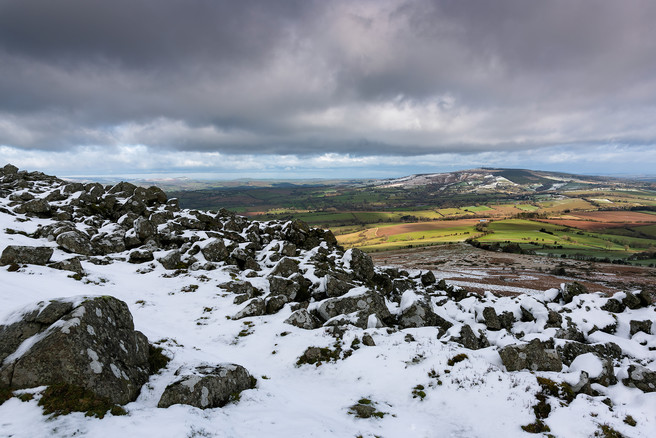
Looking towards Brown Clee (Shropshire’s highest point) over the collapsed Bronze Age hillfort wall.
The hill has been photographed in the past, most notably by Simon Denison, in his 2005 book, Quarry Land: Impermanent Landscapes of the Clee Hills. His gritty monochrome images depict the squalor and decay of the post-industrial landscape.
I wanted to take a different approach, one that reflects my personal and emotional connection to the hill I have lived beneath and wandered over for a decade. Like many local people, I have a deep and perhaps romantic attachment to this wasteland, with its dead signage and windblown relics, its jaunty terraced houses perched on the slopes, its tremendous 360-degree views over seven counties, and its sunset view over the Welsh Marches. It has an unconventional beauty, often enhanced by extraordinary light and weather. I decided to use colour, as for me the hues of the hill in its varied seasonal dress are part of its character.
There is an alluring charm to the rough-edged ugliness and worn out neglect being overcome slowly by natural forces. A snow bunting visited this year on its way home to the Arctic, and if you are lucky you will hear curlew, lapwing and cuckoo in spring. The wounds inflicted by humans are gradually healing as weather and vegetation soften the scars. The haunting dereliction has so far escaped sanitisation and idealisation by the heritage industry. There is no visitor centre, no toilet block, nothing to stop people falling off the edges of spoil tips or into flooded mine shafts, from dumping their MOT failures in the pits, or driving 4x4s up the near vertical slopes. Colourful graffiti covers many of the ruined quarry buildings, and even the millennium heritage signs are weathering to illegibility. There have been attempts to prevent further degradation and vandalism, as these early concrete structures are treasured by industrial historians, and the area is part of an AONB, but at present, there is little active preservation.
I began the project by looking into the history. A visit to the local library led to the discovery of old maps, and retired schoolteacher Alf Jenkins’ book Titterstone Clee Hills: Everyday Life, Industrial History and Dialect. Jenkins grew up in Dhustone, a village built near the summit in the nineteenth century for the quarry workers, where his father was publican and undertaker. In 1900, two thousand people were employed in the mines and quarries of the Clee Hills. The hardness of the dhustone, a black volcanic rock, was valued for infrastructure building in the late Victorian age, including Cardiff Docks, and into the 20th century as the motor car demanded smoother, harder roads.
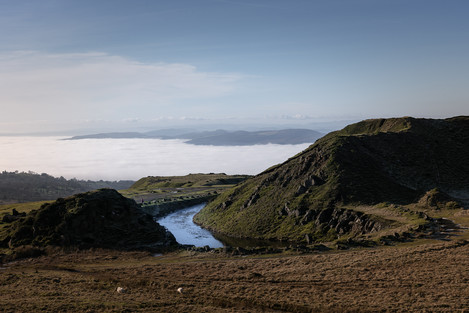
Above the clouds: cloud inversions are a local feature, here viewed from the abandoned stone quarry at the summit.
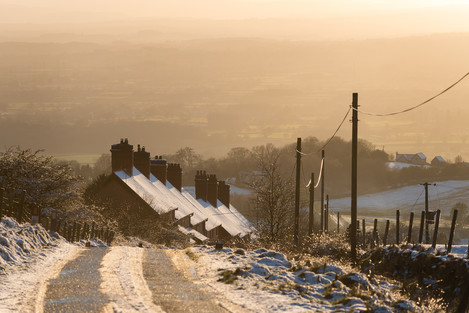
Dhustone village: terraced housing, unusual for rural areas, built in the 19th century for quarry workers.
The exploitation of the hill’s resources started long before the quarries however. Some of the bell pits, sunk into the shallow coal seams, are hundreds of years old. The Clee Hills (Brown Clee is Titterstone’s slightly taller sister seven miles north) are even drawn and named on the Hereford Mappa Mundi of c1300.
I decided to explore all the structures, from stone to concrete, which litter the hill today. The challenge was to make these old remnants interesting photographically – weather conditions and light are key here. Many of them are plain ugly or just a pile of rubble in the cold light of day, yet when transformed by light or exceptional conditions they evoke memory, mood and myth.
Much of the project has been spent fighting an internal battle between making pictorial versus illustrative images – do I try to make pretty pictures, or do I try to tell the story of the hill in pictures, which includes its bleaker aspects?
What I have learned so far is that there is much to be said for being able to visit, time and again, the same location, to look beyond the obvious, and to attempt to create interesting images from what is not obviously photogenic material. The closer I look the more I see, and I now have a list of images that need to be made at certain times of the year or in particular conditions to improve on what I have already banked. Many of the images work best in pairs or groups, rather than as one offs, so I visualise the project eventually taking the form of a book.
For the moment, Covid19 has brought explorations to a halt. I hope that by early summer it might be possible to venture out again to capture the impressive swathes of foxgloves that blanket the backside of the hill. New seasons always yield new images to continue the story.
A selection of images from the project are scheduled to be exhibited at The Photo Space Gallery in Ludlow, post-pandemic.
- Titterstone Clee receiving a dollop of snow
- Looking towards Brown Clee (Shropshire’s highest point) over the collapsed Bronze Age hillfort wall.
- Above the clouds: cloud inversions are a local feature, here viewed from the abandoned stone quarry at the summit.
- Dhustone village: terraced housing, unusual for rural areas, built in the 19th century for quarry workers.
- Disused mineshafts pockmark the hill overlooking Ludlow.
- Crumbling quarry buildings attract graffiti artists.
- Is anyone there? Modern communications towers track aircraft and rainfall.
- Death dance: remains of a small-holding which was still occupied a century ago.
- The valley below: a self-seeded hawthorn grows from a derelict “squatter” wall.
- Misty morning.
Moving Times
In times of the corona crisis, where there are exit restrictions in many countries and where travel is practically impossible and also highly questionable from an epidemiological point of view, a place becomes more and more attractive for photography; the forest behind your own house!
One always tends to think that the most spectacular pictures have to be taken at the most exotic destinations possible, but where, in the end, you are there only for a short time and have to live with the current conditions.
The advantages of a nearby location are actually obvious. Over the years you have already found an intense relationship with this place, in my case through many walks and mountain bike tours, with or without a camera. You know the light, you know when it falls where and how, and you can wait in peace for perfect conditions and then return to one place or another and take wonderful photographs full of emotion. At least, I have the impression that this kind of work leads me to photographs that satisfy me even after years. That's not to say that it's impossible to get great shots while travelling, but then there's usually a good portion of luck involved.
Currently, at the end of March, it is still allowed to walk alone in the forest, at least in my part of Germany, which is not only healthy for the immune system, but also for the mind. During my walks since the beginning of the year and also, already in spring last year, I wanted to capture the consequences of the winter storms in our forest. Especially this February there were some violent hurricanes, some of which caused heavy destruction. The storms in recent winters have been very intense here. The news warned against going outside, the railway traffic was partly completely stopped, and you had to lash down your flower pots on the terrace.
As it is rather unadvisable to be in the forest during such a hurricane, I didn’t enter it until it was safe again. Unfortunately, it’s rather difficult at first to catch the mood of a storm when it is already over. This frustrated me at first, because a fallen tree was soberingly unexciting on a normal shot.
So, I began to experiment a little. How could it be possible to give the photographs the dynamics that such a storm normally produces? How would it be possible to generate wind and rain on a dry day? It was clear to me that I had to include movement in the recording in some way. Eventually, I started using slower shutter speeds and intentional camera movements. This was something I had tried many times on the beach to blur the straight horizon between the sea and the sky and to smooth the sea, to generate an overall colour mood rather than to focus on a specific subject. This technique is also known to capture very straight trees in a kind of watercolour picture. This time I tried to give the scenery more dynamics and depth.
If the trees don't move themselves, I just moved the camera. By using different shutter speeds, in this case between 1/2s and 1/30s, and different directions of movement, very exciting effects could be achieved.
In mechanics, motion describes a local change in a certain time relative to a reference point. The decisive point here is the word "relative". A movement can be observed when the actual object moves, but it also occurs when the reference point moves. A car may move towards a truck, or the truck may move towards the car, but the result will be very similar, in the end both will collide. It was similar with the images on these days. It would also be conceivable that the trees would move strongly in the wind or fall over, but it's actually only the camera that moves and thereby achieves the effect. Of course, the trained viewer can quickly recognise this, but the basic mood that is transported is again closer to the actual events.
What I found particularly exciting was that - contrary to the usual work with tripod and live view - you cannot foresee how the finished picture will actually look. This reminded me a bit of working with film, even if the feedback still comes much earlier. I almost fell into a childish play with different movements, and lost myself deeper and deeper in the woodland, away from official paths. It is these moments that make up the photography in my eyes. When you forget everything around you, concentrate fully on your work, suddenly it doesn't matter anymore which camera you have with you, hours seem like minutes and at the end you arrive back home satisfied and balanced almost like after a meditation session.
When I now look at the pictures on the monitor at home, I have the impression that they are not only a figure of the stormy situation in the woodland, but also symbolic of the current global situation. Not only is the forest in motion, but the whole world is changing at a rapid pace. I can recognise fear and also a certain uncertainty in the photographs. It's almost as though the ground is being pulled out from under your feet. It's like when you stagger and have to catch yourself again.
But, despite all the destruction I could see, there were already signs of reconstruction. Small green buds are sprouting around fallen trees and it is clear that new beauties will be created here. The forest is a living organism. A storm can uproot individual trees or devastate entire strips of woodland, but life will return here, perhaps even take advantage of the destruction, similar to what forests do after major fires on the west coast of the USA. So the hope remains that good things will also emerge from the currently moving times.
Issue 211 PDF
End frame: ‘A seat not taken’ by Lars van de Goor
I was extremely surprised and very humbled when approached by Charlotte to write this article. I enjoy writing and it would be a nice distraction from the woeful events of late, and also keep me occupied during the crippling lockdown conditions imposed on us all when escaping into the great outdoors on a weekend was not an option, and instead of climbing the hills, I was climbing the walls!
I gratefully accepted.
Choose a favourite image, oh that should be easy, or so I thought......!
When it came to the selection process, I was enveloped by a huge wave of panic....out of the vast array of stunning images I had viewed over the years, how on earth could I select just ONE?
As with other aspects in my life I set about the task with military precision. I had one particular photographer’s images in mind right from the start, but a lot of images had struck a chord with me throughout the years so I decided to take a 'process of elimination' approach.
When I started my landscape photography journey way back in my college days, (cough) 30 years ago, I was influenced by photographers such as Ansel Adams, Charlie Waite and Colin Prior. One of the first photography books I purchased (bar Michael Langford’s 'The Darkroom Handbook') was Charlie's 'The Making of Landscape Photographs'. A book, which I'm sure most of us have languishing on a dusty bookshelf somewhere! The images inspired me, as did the narrative behind them.
Further on in my landscape photography journey, I developed a penchant for collecting 'coffee table' photo books and stumbled across many diverse and talented photographers along the way, whose images were a source of inspiration for times where I was lacking motivation.
There had been many images in those books which had caught my eye, so I made a coffee (or two), put some relaxing Miles Davis on and settled down for the afternoon to pore through a selection of my books in search of that illusive 'favourite'.
From Monochrome genius Michael Kenna’s hauntingly beautiful images of France and Japan, to Bruce Percy’s minimalist style demonstrated in his Iceland series; Julian Calverley’s dark and dramatic images of the north of Scotland to Colin Bell’s delicate series of Tarn photographs.....I had my work cut out!
There was also the Landscape Photographer of the Year series of books, containing many imaginative images from well-known and not so well-known names, and not forgetting all the images that I had viewed in my vast collection of 'Outdoor Photography' Magazines.
Additionally, I had viewed copious amounts of stunning images online over the years, including Mark Littlejohn’s split-tone wonders; Valda Bailey’s cleverly crafted ICM/multiple exposure work; Paul Kenny’s brilliantly executed ‘Seaworks’ series and Paul Mitchell’s atmospheric woodland images, to name but a few.
I managed eventually (three days later) to narrow down some of my favourites, but ultimately, I kept returning to one photographer in particular whose images really stir something inside me, and that photographer is Lars van de Goor.
It was by chance that I stumbled upon Lars' work when I joined Flickr in 2008. I remember being astounded by the sheer beauty and power of his images and was in such awe of his talent to be able to convey the atmosphere of the woodland through his imagery. I also marvelled at his artistic approach to the subject.
Lars van de Goor was born in 1964 on a houseboat in the middle of farmland in the Netherlands where he grew up being 'virtually part of the nature that surrounded him'. His first passion was music, and then in 2007, he took up landscape photography. He used to live near Amsterdam and cycled around his local area looking for locations to photograph. He took some images of a tree-lined canal, which sparked a lot of interest when he posted the image online, and then his photography career developed from there. The main theme of his work is the trees of his native Gelderland.
Subscribers 4×4 Portfolios
Welcome to our 4x4 feature which is a set of four mini landscape photography portfolios submitted from our subscribers. Each portfolios consisting of four images related in some way.
Submit Your 4x4 Portfolio
Interested in submitting your work? We're on the lookout for new portfolios for the next few issues, so please do get in touch!
If you would like to submit your 4x4 portfolio, please visit this page for submission information. You can view previous 4x4 portfolios here.
Christoph Geiss
In place
Mihai Fagadar Cosma
Expressions of Ice
Roy Money
A Closer Look
Steven Cutts
Hidden Details
In place
Living in “the Land of the Free”, we haven’t really been under a “lockdown”. Nevertheless, at some point, our governor encouraged us to stay at home, and my College has been closed since mid-March. I have been teaching remotely since then. To stay halfway sane, I decided to treat myself to more photography, getting out at least twice a week, (re)visiting places nearby. As it turned out, none of these photos would have happened during a “normal” spring, and at least one would have been outright impossible. In reference to California’s “shelter in place” order I collect all these images in one folder called “in place”.
My Arizona – is an image that would be impossible to take in normal times. This highway is quite busy, and one would take an unacceptable risk of getting run over. On that Sunday morning, everybody had stayed home, and the road was clear. I drive past this intersection on most days on my way to work, and it often reminds me of an old image of US 163 on its way towards Monument Valley (from an ancient Rand McNally road atlas). Well, straight stretches on Connecticut roads tend to be quite a bit shorter, and the original image that served as the inspiration for this photograph was taken in Utah. Nevertheless, at least the colours are pretty close.
Dogwoods – Zoom meetings have a way of getting to you. One Friday morning with six meetings on my schedule, I needed a break. I had been to the location the previous day, had liked the trees and the grey-blue light, but it had been raining too hard to make an image. The next day was more promising. Best thing: I missed my first meeting.
Two Planets – My seniors were heartbroken when the college cancelled graduation. To cheer some of them up I planned for a little video near the summit of Bear Mountain, Connecticut’s highest peak, and a place that holds dear memories for many of us. The plan was to get up early, take a time lapse of the rising sun, and follow it up with a few congratulatory words. Four sets of batteries died in the cold before the sun was even close to coming up, and my frozen brain reduced me to some incoherent babble. But before all that I took this image of Saturn and Jupiter in the early morning sky. One out of three ain’t all that bad, and my students appreciated the effort.
Bushy Point – Socially distanced hiking either happens in unusual places or at unusual times. Over the last few weeks, I explored quite a few lesser trails (plenty “intimate landscapes” there), but occasionally, you’re craving something a bit more scenic. Rocky Neck State Park is rather popular, but at 4:30 AM I was the only one in the parking lot and had the place to myself. Three hours later the park became busy. But by that time, I was on my way home and some lucky fellow got a prime parking spot right next to the entrance gate.
Expressions of Ice
Maybe also because the famous Aurora eluded me during my stay, I have found the ice formations of the Icelandic landscape to be one of its most impressive and distinctive features. Captured in various light conditions and locations, this mini series of 4 shots aims to show the diversity of Iceland's ice formations, ranging from the ice blocks washed on the shores of Diamond Beach and up to the majestic ice caves of the Vatnajökull glacier.
A Closer Look
These photographs are from an artist residency at Weir Farm, a National Historic Site in Connecticut, USA. Now administered by the National Park Service, the site includes the estate of an important American painter and 60 acres of woods with many intersecting trails. There were periodic encounters with other meandering visitors but most of the time it was just me and the woods, a human enjoying the proliferation of many diverse forms of being.
With a residency, I had the luxury of forgetting about time and schedule. I had a month to explore the many paths of “living poetry” and I would often stop to take in more fully what seemed to beckon me. Sometimes the resonance would dissipate and I would move along, sometimes my pause would reveal there was more to notice and I would stick around for a while. Often I moved in closer for a more intimate view to marvel at the wonder of amazing configurations and details. I was discovering both my place in the woods and its place in me, and that the boundaries between the two are more porous than is often assumed.
Hidden Details
While I enjoy being out in inspiring landscapes I tend to photograph the patterns, textures and subtleties of a place. I look at these as the building blocks that make the environment, a montage of hidden details that can easily be missed. These times of solitude are when I switch off from the world, usually without phone coverage or distractions.
Noise Reduction
Whoever wants music instead of noise, joy instead of pleasure, soul instead of gold, creative work instead of business, passion instead of foolery, finds no home in this trivial world of ours. - ~Hermann Hesse
I began using the internet in the early 1990s before it became available as a public service. I was studying and teaching at a university in Israel at the time and had the good fortune to work with the systems administrators at the university’s computer center. Little did I know how this experience would change my life and how consequential it would become to my career in (of all things) photography. Rather than pursue my original plan for a career in the academy, I instead began working in technology, which ultimately brought me to the US, where, partly thanks to my interest in photography, I fell in love with the place that is now my home. Both my love of photography and my career in technology paralleled the advent and growth of the internet. For a while, I earned income in both technology and photography, but as my corporate career wore me down, photography always offered me refuge and inspiration, and I finally decided to make it my primary occupation. Recounting this history to a photographer friend, he asked how I felt the internet has affected photography during this period, which prompted this train of thought.
Scientists and engineers sometimes use the term “signal-to-noise ratio” to describe the proportion of desirable information to unwanted distractions and interferences.
Edweard Muybridge
For our last issue, David Ward and I recorded a discussion about a book on Edweard Muybridge by Rebecca Solnit (Click here for podcast). Since then I’ve received a larger book that accompanied a 2010 exhibition about Muybridge’s work at the Tate Gallery, London (very cheap copies available here and worth the £10 asking price). The book includes many fantastic images and I thought it would be useful to write a brief summary of Muybridge’s life, in particular his landscape work, to complement the Podcast. I won’t be going into his life in-depth as I’d highly recommend Solnit’s book if you’re interested and perhaps search for a copy of the book of the Tate exhibition for further information.
Escaping Oblivion
Have you ever looked at a social platform and realised that all the popular images follow a certain pattern? Did all the images you have searched from a popular place all looked the same? Do you have the feeling that technique is elevated in a form of art while content is not really important anymore?
All these thoughts have been going through my mind the last couple of years and then some, yet the more I discuss them with people I meet who practice landscape photography the more I am convinced that photographers don’t really care anymore with a few exceptions of course.
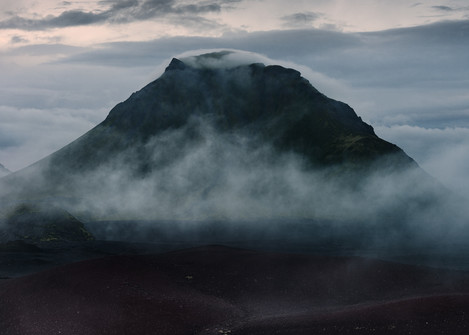
Recognition nowadays is everything even if it is ephemeral. The root of the problem is that no one cares about personal style. Everyone thinks they have it and they have a very superficial justification why they are correct into thinking they do, failing to realise that scouting different locations, encountering impressive light, or using complex techniques doesn’t necessarily make them unique.
In this superficial understanding of photography as an art most of the photographers are completely ignorant to the fact that the simplest thing they can do to achieve uniqueness and an identifiable personal style is to stop thinking and start expressing their real emotions while using photography as an instinctive response to the stimuli that the landscape is providing. But let us take things from the beginning.
The first step is to identify the roots of the problem. In my opinion, and it is my own personal opinion, there are three main problems that have the landscape photography niche going into a vicious circle of repeatability. The first one is social networking with social being a right on abuse of the word when it comes to expressing opinions or trying to be creative. Ego networking is a more suitable work to express the current situation where everyone is interested in sticking their neck higher than everyone else instead of doing or learning something meaningful.
I understand I am running the risk of sounding rude or unpleasant to some, after all, who am I to define what is meaningful and what is not but, judging from the results and the number of interesting images produced I am fairly confident and I stand by my aforementioned remark. What photographers and viewers, in general, need to understand is that trends are industry driven because there is money to be made out of us. I use the term industry as a very wide field and can be applied from a camera manufacturer to a photographer or Youtuber who has perfected a certain technique and use social networks to sell their product.
This being in the form of a workshop, a filter set, a digital filter set or an online course, it doesn't matter. Is this a bad thing? No! Should you mind? No! Why do I mind then? Well because in most cases it is something superficial and void of meaning marketed as something special when essentially you are buying products to create images reaching for the low hanging fruits. But again, why do I mind so much and the most honest answer I can give you is because I care.
In my workshop years, I have seen people joining, driven by trends only wanting that trophy shot that will theoretically bring them thousands of likes and followers. It saddens me because in most cases they are crippling their own potential focusing only on something that they could achieve if they were just a bit more dedicated, which brings me to my second point. Dedication.
While social networks funnel chewed out food to the masses, people are easy to accept it because they lack dedication. It is a tricky thing dedication and our moral self will be quick to reason that we have it even though essentially not a lot do. Does tripods in line waiting for the exact same moment in time paint a familiar picture? You think it is dedication to spend money and time to visit a foreign place or organise a trip in the backcountry with friends? Real dedication is to go beyond that line of tripods.
To separate yourself from the herd and look for something different, something true only to you and not to everybody around you. Dedication is to resist the urge of taking yet another “epic” shot just because the sky colours were great, but if you do it needs dedication to keep it in your files just as a souvenir and a reminiscence of a nice sunset or sunrise somewhere. Dedication is to be surrounded by beauty and cliché shots and manage to only focus on your heartbeat trying to find this unique connection with the landscape that will force you to lift your camera and capture that moment in time that only you have recognised because it resonated only with you.
It is dedication to just step back and look while everybody else is hurrying to get the shot. To take your time to really experience the place you found yourself in and not try to analyse it into lines and forms like a fine-tuned robot. It takes dedication to not mind being the odd one out, and you will be, but you are not alone. Most importantly though it takes dedication to always be honest.
Hence the third problem, dishonesty. Primarily to yourself and by extension to everybody else. Again, our moral self will be quick to reason with any of our doubts or external confrontation by advocating that we are just following our passion. Travelling to beautiful places, showing the beauty of the world around us, or even better because it makes us happy, who can argue with that? Well, we can. Are we? Is it really our passion? Are we that common like everybody else or that shallow to find happiness is other people’s visions? Before you roll your eyes in dismay at your screen take a deep breath, give an honest answer to yourself and then feel free to extend fingers at me. I don’t mind.
I have answered my questions a long time ago, I know who I am and why I do this. Do you? In a superficial level, the above answers are honest and I know it. I am not calling anybody a liar especially if you are just starting with photography, but as time progresses and you find yourself in a loop repeating the same techniques albeit in different locations or telling the same trivial tips to your customers are you really happy? Is this the full width of your passion? Do you get loads of likes and follows because you know how to construct beautiful images? I understand it. Does this bring you loads of customers? I understand this as well but has any of your images made you cry? Mine haven’t unfortunately, not yet. Apart from the time I saw the last picture on my remote before my camera went over a cliff’s edge. I sort of cried then but it is another emotion I am talking about. I am talking about that gut feeling you get when reading a poem or listening to a song and your eyes swelled with tears. Not because it was sad or beautiful but because you felt a connection.
Why does landscape photography have to be different or photography in general? Why settle for blunt and boring while you can achieve anything if only you let yourself free of all the useless clutter that accumulated in your mind and start being honest with yourself about your photography.
You don’t need to think how to make a scene beautiful you know it when you see it even if it isn’t beautiful by internet and social network standards. Furthermore, landscape doesn’t need to be beautiful in order to provoke an emotional response from a viewer. The landscape is as is. It has its nice, its wow, its epic and its dull moments, it doesn’t matter. Who you are and how you express your real you is the key to becoming a true artist and not just a copycat of random beautiful images?
The key thing we all need to remember is that personal style comes from within and not from tutorials and videos about leading lines and great light. Doing extreme things or searching for hidden places not yet discovered around the world won’t fulfil that gap in your heart if you have any. It is this instinctive emotional response, this fleeting moment where we see fragments of ourselves through the landscape, which we need to learn to recognise and respond to without going into the process of thinking. Thinking is like the vacuum cleaner that wakes you up from a beautiful or naughty dream. When you start to think about how are you going to compose this shot or how the light might affect this scene in a different time of the day, the moment is gone. Imagine seeing a person you are attracted to walking into the room, you don’t think about it, you just know. It is the same with photography, you just feel it and you know it before you start to think about it.
It cannot be taught. It can be seen in practice and how to open up your receptors to the stimuli can be learned but since everyone is different everyone will react differently to the landscape and this will make you unique no matter what because there is only one you. It will also lift a heavy burden from you, the disappointment when things don’t come together as landscape photographers are forced to think. You might come back empty handed this is true and very common but you won’t be disappointed because you will have stopped living your life through the lens hoping for an alignment of the planets in order to get that perfect shot and there won’t be any expectations. If it happens it happens. If not, it will another time no matter where I am. You don’t see yourself only when you are at exotic places you see yourself everywhere providing that you are really looking and this increases your chances for a meaningful image because everything depends on you. I don’t think I have enough words to describe how liberating it is to photograph without expectations. To just take your camera and your preferred lens and go out with only this and try to be you. The real you. Not the person the world thinks you are, not even the person you think you are. It is difficult I know, and it is a lifelong commitment but once you taste the first rewards it will be very difficult to go back into the mainstream mentality. The emotional and psychological uplifting, the mental elevation you will feel when you find that true connection with your subject is far superior to the ephemeral appraisal of a well-constructed image that will be forgotten in the oblivion most photographers live in today.
Lockdown Podcast #8
A short podcast this time as a few of you groaned at the amount of time you had to listen to us waffle for. So this issue it's a thirty-minute dip into three topics. Firstly, some thoughts about landscape photography as a genre - does it matter what it's called and should we try other stuff? Secondly, what's it like photographing at iconic, "overphotographed" locations and finally, because we all love a bit of clickbait, "Is the DSLR dead?" (I'll spoil the surprise by saying "no but ... yes but ... "
Alex Nail
Alex Nail’s photography was first featured in Issue 21. At the time most of his images were made close to home and fitted in around his day job. Even then, with the exception of a few favourite places, he was keen to avoid repeating established compositions and find new ones instead. He talked about pushing himself harder, and wanting to camp out in the winter in the North West Highlands, inspired by Joe Cornish's book 'Scotland’s Mountains'. It’s hard to think about him now without backpacking and mountains coming to mind.
Much has happened since Tim spoke to you way back in September 2011. What has given you the most enjoyment, or satisfaction, in the intervening period?
Gosh, that’s hard to answer given that, as you say, a lot has happened! I would say that my 18-day backpacking trip with my friend Harsharn through Tasermiut Fjord in Greenland in 2015 was the single greatest challenge I have taken on and it still brings me some pride to this day. Whilst I had some wonderful moments on that trip it was also immensely difficult both physically and mentally, it certainly taught me where my limits were. So that trip and my book, discussed below, are probably the two things that bring me the most satisfaction. As for enjoyment, the Drakensberg is where I have had some of my happiest times; it is a joy and privilege to go there.
When did you decide to make the transition from engineer to full-time photographer, and what was your experience like? Do you now feel that you did it at the right time, and would you do anything differently?
I made the transition almost 5 years to the day of writing this in April 2015. I’d spent quite a while building my business to that point and I was fortunate to have some contract offers on the table from the British Tourist Authority to shoot time-lapse. So given that it had been a long term goal for some time to turn professional, it was actually an easy decision, particularly with a supportive girlfriend, now fiancée, to give me the final encouragement! In the intervening time, I would say that my lows have been lower but my highs have been far higher. It’s a little strange getting out of the day to day monotony of the ‘rat race’ and jumping onto a rollercoaster, but I feel like I have benefitted in almost every way (except financially, still working on that one!). I do miss the teamwork aspect of my previous job, the friendships with my colleagues and the structured workday, but aside from that, it has been very positive.
Close to home
At this time of year, it starts to get light here before 5 a.m. It’s summer and as dawn approaches, the morning light show is usually blue skies, a few clouds, the warm, rosy tinges of the rising sun and if I am fortunate, the wind isn’t howling*.
In the past, I would have already been up for an hour or more, dressed, guzzled a strong cup of espresso, put cameras and tripod in the car and be happy to drive for an hour or more to a distant spot to record a spectacular sunrise.
Which is odd, because I live in a village tightly sandwiched between the ocean and neighbouring Kogelberg mountains. It’s a tiny nubbin of rock, poking out into False Bay, about 70km SE of Cape Town and a United Nations Biosphere.
And, if I get bored with the landscapes and the flora, we have a troupe of the only ocean-side foraging baboons on the planet living in the village as well as a family of Cape leopard. The birdlife is spectacular and includes the unique Cape Rock Jumper and threatened African Oystercatcher. At least two varieties of buck live in the hills – and doubtless, also provide food for the leopards. As if that weren’t enough, we are also home to six of Africa’s seven seriously poisonous snakes, including the dangerous Cape cobra and deadly, puff adder.
So, what the hell am I doing driving away from this paradise?
Ask yourself and your photo buddies – my guess is that they have the same issue I’ve been struggling with since moving here; most will tell you that they find it nearly impossible to take meaningful photographs in their own back yard.
Dammit, I live in a place where the scenery makes it almost impossible to take a bad photograph and so, I finally did some stern self-admonishing and made a deliberate effort to try and see the village differently and shoot nearer home.
Initially, that meant my early morning drive was now less than a kilometre; down to the slipway, or bridge over the river that flows from the nearby Kogelberg and empties across the beach, into False Bay. Before 05:00, there’s not much light and the odd reflections in the water were excellent encouragement.
Despite the allure, I quickly learned to avoid the chocolate box/calendar landscapes that makeup so much of the photography of the area, preferring the odd nooks and crannies, water swirls, sand patterns; a much more micro view. These unique images - everything changes moment by moment with the ocean, tides and inevitably, the wind - gave me much more insight and it wasn’t long before I was prepared to look at the broader perspective with something of a new perspective. I wish everyone who has or still is locked in a similar photographic death-spiral could have a similar awakening.
The photographs accompanying this article are a few of the images from almost a decade of that effort; a tiny representation of what I’ve shot and all generally all within the boundaries of the village of Rooi Els, most less than a kilometre from my front door. A place that until I got my act together, I was all too happy to photographically write off.
A year ago (New Year's Eve to be precise) a reveller released a distress flare, which fell into the surrounding summer-dry fynbos, causing a massive bush fire which, fanned by a strong southeasterly wind, devastated its way across the Kogelberg, to the edge of Gordon’s Bay, some 25km away. After a week of destruction, the wind swapped around to a northwester, blowing the fire all the way back across the unburnt patches of the mountains, back into the village it had started from. As a result, more than thirty homes were lost and at least one death reported. In such a tiny community, the effect was devastating.
I see no benefit in photographing what’s left of peoples’ burned homes and preferred to record the impact of the fires; the blackened protea bushes and infrastructure speak just as loudly.
In a similar vein, but on a much larger scale, the Australians are currently discovering for themselves the absolute devastation such fires can deliver to an unsuspecting population.
All in, I feel that I’ve passed my village blind spot and come to appreciate the region even more. Plus, I don’t drive to remote locations so often these days.
More recently, political and grandparenting considerations have meant spending more time in London and less in the Cape. So, for months on end, gone are these spectacular vistas and tiny views. London presents other photographic opportunities and most of my 2019 was spent exploring the urban landscape and attempting to apply some of my ideas to a radically different set of views.
It’s harder than I expected, especially as I’ve opted to do much of my exploration by bike. It’s certainly easier to see the granularity in the landscape, but wobbling along highways and byways can often be more of a challenge than I might have wanted.
* If you’ve not been here, South Africa’s Southern Cape region is home to the Cape Doctor, a seasonal southeasterly wind that blows from mid-October until late January. Some days, it is a balmy breeze, mostly it howls out of the clear skies of the South Atlantic at anything up to and over 80km/h, sometimes double that.
It’s called the Cape Doctor because it keeps the skies clear and blows away the bad weather. When the temperature is in the high 20s (Celsius) and all the doors and windows are shut tight against the wind, it’s easy to call it something else.
Portrait of a Photographer – TJ Thorne
For the second iteration of this column, I really wanted to feature the work of TJ Thorne, a landscape photographer living in the Pacific Northwest of the United States. I admire TJ’s photography for its uniqueness and for the ways in which it subtly conveys emotional connection. I was first introduced to TJ’s work when I relocated to Portland, Oregon and was looking for inspiration in this new (to me) world filled with lush green rainforests, raging waterfalls, deserts, mountains, and diverse coastal regions. When I stumbled upon TJ’s photography, I was immediately struck by how unique it was as compared with the typical work featured of the Pacific Northwest. I knew there must be a deeper meaning or connection between TJ and his subjects, and I really wanted to explore that in depth – so I was thrilled when he joined me for a conversation on my podcast.
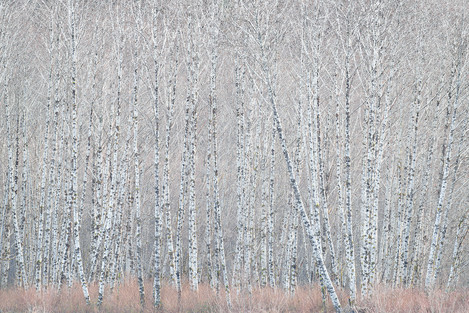
What I learned about TJ through that conversation and by studying his artwork is that he regularly uses photography as therapy and as a means of processing, dealing with, and overcoming life’s arduous challenges.
One day ~ Time in landscape photography
The Cézallier which is sometimes said to look like Scotland or like the steppes of Mongolia is a land situated half-way between the mount of Sancy in the North and the mount of Cantal in the South, right in the middle of the Natural Regional Park of the Auvergne volcanoes. The glaciers have moulded those plateaux, all curves and mounts. This vast territory of granitic plateaux 1000 metres high is dominated by the Signal du Luguet, 1551 metres high.
My purpose is not to give a lecture on the question of time in photography but to share with you a few reflections on the subject.
Today we are urged to go fast. The social networks are catalogues of the instant. In past years, when a photographer went on a photo reportage in the desert or in the taïga, the tundra, the steppes, the savannahs or in any other faraway country, he was in search of beautiful images. The photographic journey over, there was a time for selecting the images and then a time for printing them before they could be shown. This time seems to be over. Today, pictures are often shown immediately on the digital platforms. The picture becomes a conversation, it is an element of language. This year, 70 billion photographs will be published on the Facebook network. Where is the place of the artistic photography in this area, what is its temporality?
This frantic race feeds our eye with 24 images in a second. Indeed, it is a race. To find oneself in the right place at the right moment. Plan the journey, look for the photographic spot, keep an eye on the weather report, are jobs a landscape photographer has to go through. I have been in this race but I am beginning to question this instantaneity and my experience as a landscape photographer opens on new perspectives. Can you tame time in landscape photography?
In fact, I had not approached this question until an early morning of winter 2017.
That morning provided me with over two hours of snap shooting interrupted by some instances of contemplation. As a result, a series of 15 photos taken in a silence only broken by the stir of a distant breeze.
Issue 210 PDF
End frame: Clear stream edged with maples, by Shinzo Maeda
Tim Parkin wrote a lovely biographic piece here some time ago on Maeda (Master Photographer, 2011) and his upbringing in the mountains surrounded by nature. The Kite Asakawa River ran in front of his childhood house, and Maeda would spend long days in the summer along the river. It was during this time that he developed an emotional connection to the landscape and a sensitivity to noticing the finer details of life happening all around him. Maeda, later in life discussing his affinity for photographing mountain streams and gorges, says of himself “for in a corner of my heart, there is nostalgia for the stream of my youth." Maeda’s photos display this fondness for his natural surroundings of mountains, rivers, grass and trees - or San Sen Sou Moku in Japanese (and in particular for Maeda, birds, something we both share in common). More specifically, these four characters combined form a single compound word which then expresses the idea of nature. There probably isn’t a fair English translation of this word, as it holds within it all the complexities of nature, the temporality of the seasons, the beauty of the landscape, and one’s experience with it.
A few weeks ago I set myself the almost impossible task of choosing an image by Shinzo Maeda to write about for this End Frame article. I must admit it took some time to finally settle on Clear stream edged with maples from his wonderful book This Land… This Beauty Japan’s Natural.
Photo Book Making
A good book is the purest essence of a human soul. -Thomas Carlyle, (1795 – 1881) Scottish historian and essayist, from a speech made in support of the London Library Carlyle and the London Library (F. Harrison)
The thrill of being in the landscape and creating our photographs is a major part of the joy of what we do.
But, if you’re like me, it can be very easy to move on to the next shoot without ‘doing something’ with what we’ve created and accumulating a growing backlog of material yet to see the light of day.
Avoiding a cycle of production limited only to capturing the landscape on camera means we must, at some point, turn our attention to displaying our work and considering how we want to do this.
If singling out only one or two photos for framing on limited wall space, or posting to the vastness of social media for fleeting moments of glory has left you wondering about other options, then I suggest making your own photo books might be the answer.
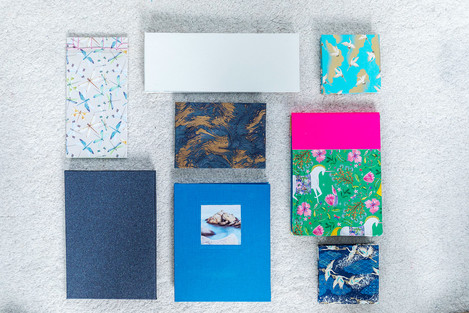
Some finished books indicating a variety of style and approach with some covered in paper and some covered in material.
Photobooks offer a convenient and enjoyable way to get a large amount of work off the hard drive and on display in a beautifully produced form which can if you wish, include home printing.
Placed in the hands of the viewer, a photo book has wonderful, tactile qualities that form part of the experience of engaging with our work which an electronic experience cannot come even remotely close to.
Lost and Found, an interview with Kimberly Schneider
Back in August 2014, we interviewed Kimberly about her Awakenings - Point Lobos and Beyond project. Kimberly was inspired by Edward Weston and had dreamed of making images at Point Lobos. Since then Kimberly has been included in multiple exhibitions and publications.
When we got an email from Kimberly at the beginning of June to say she’d set up her darkroom again and started experiment with photograms. Responding to the limitations of Covid19 lockdown has been a challenge for a lot of photographers creativity, so we were interested to find out more. We wanted to find out what had happened since the last interview, particularly about her darkroom work, and how she had adapted to the lockdown.
It’s six years since we interviewed you about your Weston’s Point Lobos project. Tell us what you’ve been up to since then.
Well, I’ve pretty much been to hell and back - at least once since then, so that’s actually kind of a loaded question. I suppose I should start at the beginning…
Back in 2014 - Many Successes
When we last spoke in 2014, I was living in the same building I currently live in and had a much larger, fully functioning darkroom at home. I also had THE darkroom guy of darkroom guys. So, my set-up was a lot less complicated than the current one.
2014 began during the Winter Solstice show at Scott Nichols Gallery, which was in San Francisco back then (has since relocated to Sonoma), and Scott had personally asked me for work for the show. So, I started out the year showing at one of my favourite galleries. Soon after, I exhibited at Art Intersection for the first time, when my work was selected by Tom Persinger, for the Light Sensitive exhibition there; my work was also awarded Honorable Mention, by MIFA (Moscow International Photo Awards), selected by Fotofilmic for the 2014 ShortList, interviewed by Style No Chaser (was the featured artist when the article went live shortly afterwards), had my work featured on Your Daily Photograph, as well as selected by Aline Smithson, for the Summer Fun Exhibition via Lenscratch, and also had my work selected for other publications/platforms, including The Natural World group show, via F-Stop Magazine (Issue 64).
Within the same year, my work was also exhibited internationally for the first time, when Joseph-Philippe Bevillard invited me to exhibit 6 of my prints at his gallery, Gallery Revival, for the Photographic Arts show; the gallery was in Ireland, I’m not quite sure if they’re still around.
[This also happened to be the year I started doing freelance work with Eve Kahn, and that work eventually led to her book, Forever Seeing New Beauties - which not only sold out the day it launched in New York last year, but also featured two of my images; I’m trying to keep this fairly brief, so I’m leaving out the press and related events in between the first shoot and the book coming together.]
2015 – Further exhibitions and print sales
My work was shown internationally again, in 2015, when my image was selected for the Fifth Annual Exposure Award via See Me; “Undercurrent,” was included in the Nature book, as well as in a digital display presented at the award reception -- at the Louvre, on July 13th.
On the domestic front, my work was also selected by Robert Hirsch, for the 2015 Light Sensitive show, selected by Stephen Perloff for a special web exhibition on The Photo Review website, included in issue 9 of The HAND (the magazine sold out), featured by a couple other online publications/platforms (Float Magazine, Saatchi), and I also got picked up by Zia Gallery that year - in time to have work in the End of Year Group Exhibition; Zia was my Chicagoland gallery for several years (more about that later).
2015 was also the first year I was invited to contribute work for the FWAB (Friends Without a Border) 18th Annual Friends of Friends Photography Auction at the Metropolitan Pavilion in NYC; the print sold. Later that year, I had the honour of being asked by Steve Anchell, to contribute to the 4th edition of The Darkroom Cookbook (the original was basically every hardcore printer’s bible, ever since it first came out, in the 70’s).
2016 – Starting large format
In 2016, The 4th edition of The Darkroom Cookbook, was published; you can read about one of my darkroom tricks on page 47. My work was also exhibited quite a bit at Zia that year; I had my first solo show (technically a two-person show; I showed with Clyde Butcher) - which actually got a decent amount of press, I had work in the Third Annual Photography Now exhibition, as well as both End of Year Group Exhibition(s) (the year began with the prior year’s End of Year Exhibition.)
Outside of Zia, my work received an Rfotofolio Choice Award, for the INPrint Competition (you’ll read about the related exhibition in a bit) and was also featured in issue 15 of Musée Magazine.
I was gifted with a Crown Graphic (converted for field use) that year; for those not familiar, this is a 4x5, which was used mainly as a press camera in the 30’s and 40’s
What was amazing about receiving this camera as a gift, is that it was given to me by someone that I, at the time, only knew via Facebook; he followed my work and knew that I wanted to go large format - and out of the goodness of his heart, reached out offering one of the two 4x5’s that he wasn’t using (he’s an 8x10 guy), as both were sitting around collecting dust. I chose the Graflex and he didn’t charge a cent, only asked me to cover shipping.
[Despite owning my first 4x5, finding an appropriate lens for the type of work I do, has been challenging with that particular camera, but I stopped looking while I was between darkrooms, so this is still a work in progress - which I will be revisiting soon.] Ok, on to 2017...
2017 – The loss of my Darkroom
2017 is a particularly tough year to write about, so please bear with me.
The year began on a positive note with a feature in Underexposed Magazine, followed by having “Undercurrent” again selected – this time by Blue Mitchell, for Visual Armistice, the Plates to Pixels 10th Annual Juried Showcase, had work in issue 16 of Looking Glass Magazine, as well as in the exhibitions of both INPrint, and the 2017 Light Sensitive show; the later was juried by Ann M. Jastrab. The year ended with my exhibiting work in 2 of Zia’s group shows (Photography Now and End of Year). Things pretty much went south after that, but I was still exhibiting and having work selected or featured, even after I lost my darkroom, a little more than 3 years ago.
Before I get to the tough stuff, I will add that that I also contributed a print to the Off the Wall Exhibition and Silent Auction, at Art Intersection during my time between darkrooms; the print sold.
Ok, here goes… In late April of 2017, despite doing everything in my power to avoid it, I literally lost my darkroom, and for the next three years, printing and most of my art life had had to be put on hold. I haven’t really shared a lot of the below with too many people, and I’m sure that those who follow my work have been wondering why they haven’t seen much new work from me during that time, so figured it was time to just put it all out there.
Basically, when I lost the darkroom, I had to start from scratch to find stable work, as the darkroom was put into “temporary” storage – and would remain there until I was able to turn things around. It’s been a really long road back from what I refer to as the limbo years, but I’m already making up for lost time, so feel a little better about sharing some of this now.
A week before losing the darkroom, I was actually under the impression that my building was going to give me at least a three-month extension, before insisting upon a renewal. Two days prior to having to move, I found out, that was not the case. As a result, I literally had to watch my beloved darkroom being torn down (the makeshift walls actually had to be torn down to the framework to get the contents out), knowing I might never be able to afford to get it back and properly running once I left.
I was actually planning on moving back with family, as I simply wasn’t in a position to commit to another lease at the time. By sheer luck, I found a month-to-month sublet - just in the nick of time to avoid having to commit to moving out of state, which is the only reason I’ve been able to stick around this whole time.
Quite honestly, that was the worst place I ever lived (a railroad with a major rodent problem, that was on such a severe slant, that I would get vertigo if I stood in front of the bathroom mirror for too long) -- but it was the last-minute miracle that kept me here long enough to find stable work that wasn’t deterred by my Fine Art/printing background, which is what eventually helped me get my darkroom back, so it was worth it to suck it up (for two very long years).
Before the move, I actually checked out Gowanus Darkroom with a friend, but knew that it would be quite a while before printing again would be feasible, so tried to put it in the back of my mind, but once a printer always a printer…
Gowanus is basically the only shared space in NYC I would ever consider printing at, and I did end up printing there eventually, so they definitely deserve a shout out. Unfortunately, given their public hours and my work schedule, they weren’t really an option until I could commit to a membership, so I went almost a full year-and-a half without printing – and truthfully, the printing withdrawal nearly killed me.
I actually tried to get myself inspired to paint or get back into making jewellery (which I still do from time to time), but I just couldn’t get into either as my only way of making handmade art for that entire period of time, so was in a pretty dark place for a while. I did do some writing from time to time but was a far cry from making deep soul-cleansing art, so as far as I’m concerned, that barely counts.
2018 – back to printing
Fortunately, things started to look up a little in 2018, when Scott Nichols asked me to send him some prints for the Women of the West show (at his gallery). By then, I had managed to find work in the photography/printing/production industry, so that took some pressure off, but the printing withdrawal was driving me nuts, and I was already getting sick of exhibiting images that had become pretty recognizable, so really wanted to print some new images for the exhibition – which is why I reluctantly decided to give public hours (at Gowanus) a try.
Oh, I learned my lesson fast! Worst experience printing with a newbie ever. I’ll leave it at that; I became a member the next day. I still had to pull all-nighters on weekends to have enough consecutive hours to print but am truly grateful that they exist!
After that, I went as often as possible, but I could never really spend much time there between work and the commute - and being as there was only one cold head enlarger at the time (I'm not a condenser girl) didn’t help matters. So I was mainly dabbling/testing out images or pulling the occasional all-nighter on weekends, but never got on a good print flow during my time there. (Still, just printing a little bit, really made all the difference the world.)
I did take part in Gowanus Open Studios that year, as well as Zia’s Photography Now show, but that would be my last show with the gallery. We parted ways later that year. I didn’t blame them, I wasn’t making much new work and barely promoting, so I did plan on working on representation in my hometown again, once I could find my way back to consistent printing.
2019 – finding a darkroom friendly apartment
Less than a year later, the woman who owned the sublet decided to jack up the rent (and refused to fix anything the entire time I lived there), so between that and paying for storage all along, the month-to-month wasn’t really worth the hassle anymore. That’s when I decided to start plotting my escape and immediately began looking for darkroom friendly apartments (that would at least be affordable once I was back to taking on printing work in my downtime).
The only reasonable option was actually in the very same building where my last darkroom was - and I knew I wasn’t going to find any more affordable options, so when I signed the lease, I was actually preparing to return home. And that was the first time I started to see a semblance of my old life coming back.
On April 28th of last year, I moved out of the sublet, and at long last, my darkroom came out of storage and moved home; it almost feels like fate to be back here. Who knows? Maybe it is…
Yet, getting the darkroom set up properly was no easy feat, since my amazing darkroom guy had moved too far away to be able to set me up himself, as initially planned. Over a year later, and it’s still not completely done. I couldn’t in my wildest nightmares have predicted so many delays…
I was still using Gowanus here and there while hunting for a new darkroom guy, but it eventually got to be too much of a commute to keep it up until I knew a definite eta my darkroom would be properly finished, so I ended up cancelling my membership 5 or 6 months ago.
It literally took seven months, just to find one plumber who was willing to work on a private darkroom and had any availability whatsoever (I miss you John DeLuca!!!). The one plumber willing to take on the job, only did so, because he found it interesting and wanted to help, so he was basically a Hail Mary.
My darkroom was his first, so there was quite a learning curve for him, but I did have some printing friends and my former darkroom guy advising him remotely as questions I couldn’t answer myself came up, which helped tremendously. The delays on the plumbing were simply due to him being in high demand for much higher-paying jobs, which is why he’s been helping me in stages. I was actually having come by before work and letting him work on the darkroom after I left because he’s a trustworthy guy and has such limited availability (would’ve taken months longer if I only had his work when I was actually home).
At any rate, his part of the darkroom was essentially done before the shutdown; I had expected the rest of the darkroom to be fully operational no later than late March, worst case, but the only people I could find willing to help are a couple of friends from work, who don’t have a ton of downtime, so they weren’t able to come back before the shutdown.
New Experimental work
Therefore, the new experimental work was my first chance to really print the way I need to, in order to make the kind of art I want to put out in the world -- since 2017!!
This type of printing is also the only way I know how to make work, that will eventually grow into a series (and meet my very high standards) – and I’m a stickler for cohesive bodies of work, so anything less than that, just doesn’t cut it for me, which is why I haven’t shared much of what I made when I was printing at Gowanus.
So, now you see why I’ve been pretty much sucked into the darkroom over the past few weeks… I don’t really do individual images anyway, that’s just not how I work. Of course, I make exceptions if there’s a special request for an image and sometimes I do opt to print something special for a last-minute deadline, but it’s not the kind of printing that I can really get into unless am printing for another artist or client (my printing process is dramatically different when it comes to printing commercial work).
I just want to quickly add that as far as 2019 shows, I wasn’t really submitting to much while the darkroom was in pieces on the floor, so I may be missing a feature or two, but I don’t remember showing at all last year. I currently have work in this year’s Light Sensitive show, and as you know, have just started my very first cameraless series – made by hand, but exposed via alternate light sources (not the enlarger) – in motion. Some with multiple exposures. This is actually the only really experimental work I’ve ever made, and it’s a really crazy process, but am super inspired and can’t wait until I have a chance to get back to printing, later this week.
Tell us about this new experimental work which began at during the COVID19 Lockdown? What were the driving factors behind it?
Actually, it didn’t begin until after I’d been in isolation awhile.
The Start of Making Photograms
I began to experiment with photograms due to the fact that my darkroom was not finished before the shutdown. Basically, after so much time in isolation, I couldn’t keep staring at the darkroom anymore, so the experimental work happened because I was determined to figure out a way to make some type of art, before it would be safe for anyone to resume work on the darkroom.
To be perfectly honest, I happen to be one of those people who really needs structure; without it, I sort of turn into an insomniac vampire - and having been in isolation, in an apartment that doesn’t get much natural light, since March 20th has pretty much magnified that. The inability to be around other humans was also killing me (I'm a super social person when not sucked into the darkroom) so, the experiments (and Zoom meetings) are sadly the only things resembling structure in my life these days.
Plus, printing has always been kind of a physical need for me, and as I mentioned earlier, I’ve spent the bulk of the past 3 years in printing withdrawal, so my intention all along was to just find a way to make “serious” artwork, and get some stress out at the same time - while I had the downtime. I wasn’t sure if I’d be able to make anything that met my standards but was pleasantly surprised.
Basically, by April, it was clear that the stay at home order was going to stick for awhile, so I started trying to figure out how I could rig my apartment and make space to deal with light leaks I couldn’t get to by myself in the darkroom. Unfortunately, the unfinished stuff took up a LOT of space in the darkroom and I also was expecting someone to hang a ton of framed artwork I don’t exactly have space for, so it literally took almost two months to prep the place for what I’ve was initially referring to as “the coronavirus version of printing.”
When I first began making these photograms, my goal was to make some type of cameraless art that would be abstract - and as naturally expressive and spiritual as my typical work, as well as somewhat painterly. I had hoped it would at least feel like my true IR work in some way but had no idea where to begin or if that was even possible with my darkroom in its current state.
As a classically trained printer, who has never really had the time to experiment or funding for workshops, it did take some time to let go of control, but I don’t really know how to do things halfway, so once I got into it, I essentially changed as an artist – overnight.
The First Experiments
I began my very first experiments on June 9th – and to be honest, was actually shocked that my alternate light source idea was producing successful results from the get-go. I began with flowers and a flashlight, then moved on to a firework LED, and threw in some other materials - but it wasn’t until I decided to pump out a few more experimental prints in advance of my most recent portfolio review (as in last Thursday), that inspiration really hit.
I ended up pumping out more than 20 new experiments that night - and that’s when I started taking what began as a motion study of light, to a whole new level; I could already feel the work leading to a series before that, but it wasn’t until I did some really rigorous editing/sequencing, that the series was truly born.
It is too early on to know where the work will lead, but anyone familiar with my traditional work knows that my photographs are about much more than the beauty that inspires me to release the shutter - so cameraless or not, these images, are still in the same realm as my traditional work. We’ll just have to wait and see where they take me.
That said, my work has always been about unpeeling the layers, and looking beneath the surface of things, for what might not be obvious at first glance - and that does seem to translate to my cameraless work, so I expect some of that to continue to come through in the series.
**Please note that all of the current photos of the prints are cell shots taken in less than ideal lighting; the pandemic has not exactly made it easy to have work scanned or shot somewhere with better lighting/more space. (I am planning on taking better photos of the prints in the near future.)
Photograms have a rather special place in the history of photography, were you inspired by any of the early photogram work?
That’s actually a really good question. While I’ve been a huge fan of Man Ray’s Rayographs for over 20 years, when I started making these photograms, I was just messing around, seeing if I could get anything interesting without fogging the paper. I really didn’t think I was going to get into making cameraless work other than maybe cyanotype or some other type of experimental contact prints.
When the early experiments worked, I started to take things further but this work, and thus, the series has been completely unexpected. It’s literally just coming out of me before I have time to really think too much about it, so it’s more intuitive, than anything else (particularly, when I’m testing out a new light source or material or working with light sources I have minimal control over).
You say on your website ‘printing has always been kind of a physical need for me, so going so long without printing or being around humans really threw me off for a while.’ Why do you think printing is a fundamental part of who you are?
It’s a spiritual thing. I fell into art/photography while studying upper-division eastern religions and they (mainly Taoism and Buddhism) found their way into my work, as well as my process - and never left. Printing is really how I process things. I suppose you could think of it as art therapy, but to put it more simply, the darkroom is really just the only place I can totally let go and chill. So I basically had 3 years of printing withdrawal stress when the shutdown began, it’s just now starting to dissipate…
Further, I have always been so strongly connected to my work, that I can’t separate myself from it, so when I’m not printing (or at least exposing film) consistently, it’s kind of like a part of me dies. That might sound a bit extreme but should at least clarify a bit more.
How did you go about exploring the photograms that you’ve produced? There must have been some failure pieces along the way. How did you structure this learning and go about refining your techniques?
My process for making art is a lot less contrived than that. I’d say it’s as Taoist of a process as shooting has always been for me. Making these experiments, at least for the most part, has been about playing and just having fun and seeing what works and not overthinking anything.
Fortunately, I had ton of old paper when I started, so I just tried something, if it worked, I would find the next material or three that caught my attention and try them out with the same alternate light source, sometimes changing the settings, other times, doing double or triple exposures. Really just playing. There’s been a real freedom about making this work.
To elaborate, I’m making unique gelatin silver (fiber) prints, with various alternate light sources - that are actually moving or flashing in some way, as I expose; timing is by feel half the time, so my printing process is basically the opposite of how I’ve always worked in the past. [But in case there was any doubt, I haven’t let go of control when it comes to development and toning, etc.]
Of course, I not only have high standards, but am learning as I go, so there have been certain prints that turned into accidental lumens, others that had to be edited out as the series grew, or just weren’t that interesting, and other light sources turned out to be one hit wonders. Sometimes, I had to make a few tests, just to get a feel - for how long to expose by feel!
This is a brand new, very strange way of working for me, and I have to admit, that I’m enjoying the process much more than I expected to (and I’m really psyched to get back in the darkroom with some new light sources and materials - which should be arriving this week!).
Yes, there are times, when I can’t quite let go of control as much as I’d like to - for example, an image that has an area that’s totally blown out or underexposed; I might hate it at first, see it a few days later, turn it sideways, and suddenly that blown out or underexposed area actually makes the image stronger. Sometimes it’s hard to wrap my head around, but usually if I give it a day or two, I feel differently. Or else, I just start doing more experiments…
Honestly, so far, the only real challenge with these experiments has been being able to maintain that freedom by not getting too in my head about the images from a technical standpoint.
You have one of your newer “Awakenings” images in the ‘Light Sensitive Exhibition’ at Art Intersection how did this opportunity come about.
As noted earlier, this is actually an annual juried show; the Jurors change, but the premise is the same. This will actually be my 4th time exhibiting work in the Light Sensitive show. As an analog printer, this one of my favourite shows to exhibit at; is also nice to be showing with so many friends and contemporaries whose work I admire.
“Untitled, Point Lobos” was shot on true infrared film in 2012, but I didn’t make a final print of it until 2016, so is still on the newer side of my Awakenings/Lobos work. (It’s been a while since my last trip to California, is long overdue…)
Do you see yourself going back to more traditional film photography now that the lockdown has eased or do you see your photography evolving in a different way?
Well, the lockdown hasn’t quite eased up over here yet (NYC), but at least is getting to the point where darkroom help can happen and by the time it’s done, I think potential printing/workshop/Fine Art clients will feel more comfortable coming over, so that’s at least encouraging. (We’re in phase 3, but not fully. Places are just starting to open in some areas, but it’s more in pockets than throughout the city, so I’m still in isolation as I write this.) The silver lining is that all this is really making me grow as an artist - and it’s an ongoing process.
As of now, I see myself alternating between traditional silver work and experimental. I’m really inspired to continue on with the cameraless work but missing my enlarger terribly - and have at least 3 bodies of film-based work that have been on hold for way too long (and are dying to come out once am able to travel again).
I have also been mulling over different alternative processes, so wouldn’t rule out including a small edition of alternative process film-based work [the dream is infrared platinum/palladium, which I was actually in the process of starting to learn before the shutdown, but we hadn’t gotten to the printing part yet; my digital negative is still waiting for me in Staten Island, so when it’s safe to return, so my very first attempt at platinum will be platinum IR. Unfortunately, the cost of palladium is insane right now, so probably not the process I’ll use for the next film series.]
While I do already have loose plans in mind for the next film-based series, each series I create is a direct progression from the prior - and I don’t think going cameraless is going to change that, so only time will tell just how much the current work will impact the next body of work. (Honestly, it will likely be a subconscious thing that reveals itself during my printing process, so that’s about as much detail as I can give this early on.)
Regardless, I think it will be somewhat of a departure from my typical traditional work, but I do plan on letting my classically trained printer brain out by then, so is hard to predict.
- Untitled, Point Lobos
- Undercurrent
- Memory #2
- Abstract Rock
- Wonderland Part 2
- Willow #3
- Reaching Out
- Unknown Presence #2
- Untitled, Light Dripping
- From the Ashes
- Dark Side of the Moon
- Flower
- Untitled (firework)
Who has specifically helped you in realizing your photographic ambitions over the past few of years?
Well clearly, a lot of my photographic ambitions were on hold most of that time, so since I’ve really only been back to consistent printing since June, this mainly applies to those who have really helped me get back to being the artist I’ve always been, despite the unfinished darkroom and the hiatus from making “serious” work.
The one exception is one I don’t usually like to advertise, but to be perfectly honest if it weren’t for my family taking a risk on the fact that I plan on returning to printing work as soon as my darkroom is finished, I wouldn’t even living in New York right now, much less printing from home. There are no words that could possibly convey how grateful I am for that type of support.
[The delays have obviously made things much more challenging, so I’m very happy to tell you that a tentative date for resuming darkroom work has now been scheduled.]
I also have to give a huge thank you to a few photo friends who got me out of my classically trained printer’s brain and kept me inspired to figure out a way to make new work during the shutdown.
Morgan Post, who is not just an amazing artist, but who has actually become one of my closest friends, particularly since the shutdown. Let’s just say he’s gotten me out of my classically trained printer’s brain more times than I can count and been incredibly supportive of the new work all along. Any time I get too in my head about this strange new way of making artwork, he’s pretty much the first person I call. (He’s also just an awesome human being in general.)
Ross Sonnenberg is usually the second person I reach out to. Haven’t know him as long or as well but have been a huge fan of his work since before we met in person and he’s been super supportive of the new work as well (he’s the one who inspired me to start playing around with sparkler exposures. I actually called him before the first test to make sure I wasn’t going to start a fire.) He too, is someone I tend to bounce things off of if I get too in my head about this new way of working.
And she’s probably going to be embarrassed by the shout out, but Laura Bennett (a fellow photo nerd/darkroom geek – who I have yet to meet in person) was actually the first person who really got me thinking about doing experimental or at least cameraless work, long before I got the idea to start making experimental photograms.
She literally sent me a care package full of stuff from her own darkroom at the beginning of the shutdown, so I could try to figure out a way to make art before the darkroom was done. This was at least a month before rigging the darkroom even seemed feasible, so that really helped a lot. (Photo karma is a beautiful thing…) When I make my first cyanotype (soon), you’ll be able to thank her for that.
I also did a couple portfolio reviews recently but am not sure how the reviewers would feel about a public shout out, so I’ll just say that both of them have already given me a lot of great feedback about the new work at times when I really needed it.
Honestly, I’m not one to get nervous when showing my traditional silver prints (well ok unless I spotted them myself; I rarely do that, as is the one part of the process I really struggle with) – but with the experimental stuff, I have had my moments of doubt and both reviewers really got me past things I was stuck on or hadn’t quite gotten far enough along into the series to understand just yet; I don’t think the series would have started to come together so fast if not for them, so Zoom or not, I was really fortunate to get my work in front of them so early on. And still am - to have their continued support.
[Of course, there are many other photo friends and contacts who have helped along the way, but if I shouted out everyone who has been there at some point within the past 3 years, this interview would probably end up being 30 pages - maybe more, this is already getting pretty long…]
Light Sensitive Exhibition at Art Intersection
I was honoured to have my work selected by Brett Abbott, Director of Collections and Exhibitions at the Amon Carter Museum of American Art in Fort Worth, for inclusion in this show, which celebrates the art of the handmade print. Art Intersection presents Light Sensitive, tenth-annual, international juried exhibition of images created using traditional darkroom, historical, and alternative photographic processes and methods.
Address: 207 N Gilbert Rd # 201, Gilbert, AZ, 85234
The Intimate Landscape
In this series I am attempting to probe my motivations as a photographer, to question my practice, curiosity and creativity. This essay’s focus, Intimate Landscapes, is one in which my motivations are at their least compromised.
Why so? Well, I have never had a commercial or professional incentive to make intimate landscapes. But I have done so out of response to what I find in the natural world, and from the inspiration of some of our photographic predecessors and contemporaries. These are pictures that I have made for the joy and sense of discovery alone. Although I may have sold a few prints from some of the photographs, and used many in articles and books, intimate landscapes are never requested by publishing clients, or by my gallery colleagues. So at the outset, intimate landscapes are, mercifully, commercially pointless!
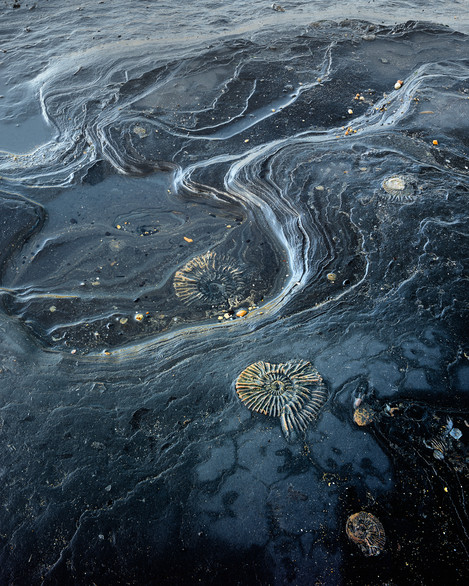
As an aside, it is worth noting that when we showed David Ward’s wonderful recent work in the gallery last year, composed entirely of intimate landscapes, it proved the most commercially successful exhibition we have had. We still have requests for them, even since the lockdown.
Eadweard Muybridge and the River of Shadows
This issue we have another instalment in our Lockdown book club, although I suppose we have to come up with a new name for it as we’re mostly out of lockdown now. Anyways, this issue David Ward and I will be looking at a book about the life and era of American photographer, Edweard Muybridge by Rebecca Solnit.
The book has a couple of different titles “River of Shadows” or “Motion Studies” depending on where you get the book from. Muybridge is better known for his ‘motion studies’ work which some quite reasonably say represent the seeds of the film industry. But he was also an exceptional landscape photographer of the West of the US and was working at the same time as Carelton Watkins (who he saw as a competitor) and Timothy O’Sullivan and also was one of the first photographers to work in the Yosemite Valley alongside painters such as Albert Bierstadt (for whom he occasionally took photographs as records for subsequent painting).
On top of all this, he lived in one of the most exciting and fast-changing times in the history of the Western world and his own personal life lived up to this drama. I won’t go into any more detail as the podcast discusses much of this and we’ll be extending this into an article in a future issue.
Greg Russell
Sometimes we go forwards by going back... On re-reading Tim’s first interview with Kyle McDougall, I noticed that Kyle had suggested we interview his friend Greg Russell, so I thought I’d check him out. I was glad that I did; Greg is a passionate spokesman for public land and an advocate for wild places and writes eloquently about both. His images are rather nice too.
I picked this quote up from your blog, and I thought it might make a good place to start: “When I was a boy I didn’t want to be an astronaut; I wanted to be in the wilderness. I still do.” Can you tell readers a little about where you grew up, your interests and how your passion for wild places began? Did this affect your choice of studies or career?
I’m a native of Colorado, but I spent the majority of my childhood in northern New Mexico. My dad worked in the oil and gas industry in the San Juan Basin and I spent a lot of time in the field visiting well sites with him. I think my mom sent me with him in the summertime to get me out of the house. We’d spend a lot of time wandering the sandstone cliffs and benches looking for Ancestral Puebloan or Navajo pottery shards and sometimes would find ruins or rock art. This really sparked my interest in the indigenous cultures who lived in the area before us. We also spent a lot of time in the field fishing and hunting. Because of these outings, the smell of the piñon-juniper woodland and the feel of the sandstone under my shoes are things that are burned into my memory. Also, because I spent so much time outdoors, it was probably only natural for my imagination to wander to the animals that lived around my home and I often would pretend to be a wildlife biologist.
As I got more involved in Boy Scouts and the outdoors in general, we camped and backpacked all over the Four Corners Region. The areas around Cedar Mesa and what was briefly Bears Ears National Monument in southeastern Utah were particular favourites of mine; those trips dovetailed well with my interest in indigenous cultures. In the end, though, I stuck with my childhood fantasies of becoming a biologist and I’m currently an associate professor of biology at a college in southern California.
When did you become interested in photography and what kind of images did you initially set out to make? How much time are you now able to devote to photography?
My dad enjoyed photography when I was growing up, but I took a serious interest when I began graduate school in 2002. One of my former professors is a proliferative photographer (he shoots birds primarily) but on a graduate student’s budget, I couldn’t afford a serious pursuit of wildlife photography myself. More than that though, I was consistently drawn back to the places I fell in love with as a kid and I preferred the meditative nature of landscape photography.
Between family, an academic career, and an old house that requires a lot of love, I don’t have as much time as I’d always like to devote to photography. Some months I don’t pull my camera out of its bag, but other times I am able to devote serious time to making images. My Wilderness Project has added a motivating reason to get out, but I would like to start shifting a little more attention back to photography in general over the next few years.
A Scottish Winter Journey
Only weeks before the world went on hold because of COVID-19, I was lucky enough to make a trip which had been on my to do list for years. Although I have been a frequent visitor to the Scottish Highlands since 1992, due to external restrictions I never had the occasion to go in winter.
This year, I managed to get away for two weeks in the second half of February. I chose the dates with the thought to have the best chance for snow. Although most of the snow came after my trip, there was enough for some interesting images and I actually prefer the contrast created by having only the mountain tops in snow.
The trip started in what I now consider my second home, Wester Ross. We usually stay in a cottage in Poolewe, but this time I stayed in one of the few open private B&Bs in nearby Aultbea.
I love Wester Ross for its wilderness, on the coast as well as in the hills. The area is also known as “The Great Wilderness”, a designation well deserved! As I know it very well, I knew where I wanted to go for my images, but I didn’t know how difficult it would be. Back home, I very rarely have real winter conditions for my photography, and so I had no experience of strong arctic winds, heavy snowstorms, freezing rain, etc. I soon realised that I had a lot to learn, not only about how to brave the elements, but also photographically (I always describe myself as an amateur who has desperately tried to learn photography for 35 years …).
My very first subject was, of course, majestic Slioch. You just have to love that mountain towering over Loch Maree. All along the loch, there are many places with great views of Slioch and interesting foregrounds like rocks, trees or simply the shoreline. With the light moving fast, I managed to get several compositions and here is one of my favourites.
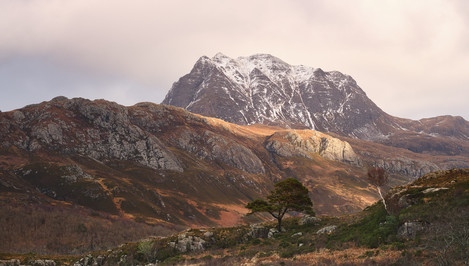
My next target was a shed on the A832, between Dundonnell and Braemore Junction, which I knew from the many times I had driven past it before. The picture I imagined was one of the shed with the snow-capped hills of Sgurr Mor and the Fannichs in the background.
Lichens
We commonly see lichen growing on rocks, tree limbs, rotting stumps and on old wooden fences. Let’s not forget glass, metal, plastic, textiles, animal bones, rusty metal, concrete and living bark too. It should be noted that lichen grows on already old or stressed vegetation such as trees and plants, they do not actually originate the stress or a disease causing the trees etc. to die. Lichens have amazing photographic potential; they are fascinating ... and weird ... and beautiful … and rather complicated to study!
Despite their looks, lichens are neither plants nor fungi. They are unique, the result of a symbiotic relationship of organisms from up to three kingdoms, with the main partner being fungus. As Lichens of North America put it, "The lichen fungi (kingdom Fungi) cultivate partners that manufacture food by photosynthesis. Sometimes the partners are algae (kingdom Protista), other times cyanobacteria (kingdom Monera), formerly called blue-green algae. Some enterprising fungi exploit both at once."
In 2016, a new study published in Science revealed that in addition to compositing fungus and algae, at least some lichens include yeast. This yeast appears in the lichen cortex and itself contains two unrelated fungi. Lichens are definitely in a class unique to themselves, but this is not the forum to go into a lot of detail. By symbiotically bringing together two or more living organism types, more abundant life appears where normally one wouldn’t expect any. For example, I was amazed to see beautiful colourful lichens at 4000m in Colorado, where nothing else seems to grow. Despite dry summers with harsh UV-rich sunlight and bitterly cold winters with a thick layer of snow and ice, the lichens have colonised large areas of rock. Interestingly, they produce their own food through photosynthesis by their partner algae and don’t exhibit any parasitic behaviour such as feeding off the substrate on which they live. Nevertheless, lichens may absorb nutrients from their substrate and some release corrosive chemicals that slowly degrade rock into new soils.
Lichens are found everywhere from lush temperate forests to often frozen tundra, from the balmy and wet tropics to dry deserts where temperatures range from extreme heat to freezing cold.
Lichens grow only very slowly, sometimes only a few millimetres in a year. Slow growth often implies longevity and lichens are among the oldest living things on the planet. Rachel Sussman, author of "The Oldest Living Things," documents map lichens in Greenland that are estimated as being 3,000 to 5,000 years old.
Lichens have developed many different defences; as Lichens of North America write "an arsenal of more than 500 unique biochemical compounds that serve to control light exposure, repel herbivores, kill attacking microbes, and discourage competition from plants" and "Among these [biochemical compounds] are many pigments and antibiotics that have made lichens very useful to people in traditional societies." Not bad for something that is almost stationary and living in often very harsh conditions! Although lichen produces fungal spores, for lichen to reproduce the fungus and the alga must disperse together.
According to UC Berkeley however, "The most serious threat to the continued health of lichens is not predation, but the increased pollution of this century. Several studies have shown serious impacts on the growth and health of lichens resulting from factory and urban air pollution. Because some lichens are so sensitive, they are now being used to quickly and cheaply assess levels of air toxins in Europe and North America. Lichens are clearly a valuable element of the wider eco-system and many are under study for their medicinal properties. According to Ohio State University, "Research with lichens around the world is suggesting these organisms hold promise in the fight against certain cancers and viral infections, including HIV."
My interest in lichen really took off during my first visit to Iceland where I saw a fantastic variety of colours and shapes, primarily of so-called crusty but also jewel lichen. Since then, whenever I spotted lichen on a trip, I always took the opportunity to make an image, or a series of images, sometimes consciously looking for possible triptychs whenever possible.
For my close-up work I now mostly use an Olympus micro 4/3 camera with the Olympus 60mm macro lens. The fully articulated screen makes low-level close-up work far easier than lying prone trying to peer through a viewfinder or even using a right-angle attachment.
The following photos show how varied the lichen world is, yet also how the different species have similar traits across the world. The “cartographic” crusty lichens in particular exhibit quite astonishing colours and shapes. I’ve included a few photos showing the lichen in its wider habitat – after all, this magazine is about Landscape Photography!
Below I describe in a few lines about each mini-set of images I made in the different locations.
Colorado
I wasn’t looking for lichen and it didn’t occur to me that I might find some, which is a bit silly as there is plenty of substrate material for them to grow on. I suppose I was in autumn-foliage mode so when I did spot lichen on rocks this was quite a bonus. I’ve selected two very different images of crusty lichen: while photographing aspen in the Maroon Bells valley I noticed something red at the edge of a field. On closer inspection, this turned out to be maroon-red rock with mostly neutral grey-white lichen, but some ochre too. It took a while to find the right arrangement of shapes and colour, but at one point there was something reminiscent of inter-stellar clouds and I decided to make the image. The second photo is one at the top of Imogene Pass at 4000 metres above sea level. Here it was the riotous colour that attracted me and the almost chaotic abstract was an attraction in itself. The sun was shining brightly so I shaded the rock with my own shadow to soften the contrast; then in Lightroom, I slightly warmed the overall tone and further warmed specifically the bright yellow-greens to bring out their wonderful colour. This approach emphasised the colour separation, retaining a good level of blues and cyans in the shadow areas.
Dingle – Ireland
A week on the Dingle peninsula with a group of friends gave me several successful images, including lichen-covered rocks. The first image here is from Brandon Creek, a somewhat unprepossessing location at first glance, but hidden from sight at the seaward end there is a small tunnel-hole in the rock face with seawater coming through from the other side and brilliant lichens on the rocks above. The colour contrast and indeed the colours were too good to resist, so I didn’t! I tried 6 different exposures with 3-stop and 6-stop ND filters to capture movement in the sea, but as it rushed through at different speeds getting a satisfactory look proved to be a very challenging exercise.
The second image is a detail from a promontory above Clogher Beach. This area is covered with fractured rock, some sharply angled upwards and making walking across the area very difficult – a twisted ankle is a real risk. However, the photographic potential of the shapes and variety of lichen patterns is almost never-ending and with care and patience, the results made it worthwhile. I achieved several images there that I am sufficiently pleased with to print.
Faroe Islands
During a week in the Faroes with a group of photography friends, one day I had about 2 hours to explore the valley slopes at the foot of the highest mountain Slættaratindur (flat summit). After shooting a few landscapes in mono, I chanced upon some rocks with crusty lichen in glorious neon yellows and ochres, oranges and blues. Time stopped and I was totally lost in this miniature world. The shapes and patterns were rather random and I couldn’t arrive at a well-ordered composition, but the sheer colour was worth recording.
Greenland
As might be expected, the tundra and barren rocky landscapes are home to many types of lichen, some showing saturated colours spreading over large areas. Both photos I show here are from the Bear Islands in Scoresby Sound, the largest fjord system with some 300km of waterways around islands and inlets leading to glacier fronts on the mainland. The orange jewel lichen on a rock with what looks like quartz intrusion is right by the sea and must surely get submerged occasionally. The wider view is of the Rypefjord, a tributary to the main Scoresby Sound, showing how lichen has colonised quite a wide stretch of rocky outcrops.
Iceland
On an autumn trip, we visited Haifoss, one of Iceland’s iconic waterfalls not far from the famous Golden Triangle. After first photographing the waterfall and the valley it flows into, I still had over an hour left and decided to explore the rocks for details. Chancing on some crusty lichens, I couldn’t resist the veritable cocktail of shapes, textures and colours there, often reminiscent of aerial landscapes or cartography. Finding flat rock surfaces was quite difficult but worth the effort to try and achieve maximum depth of field.
A few days later we were in the north-east near the popular Myvatn area, where I spotted some delicate Reindeer Moss which despite its name is, in fact, a lichen. The pale pastel tendril-like form contrasts nicely with black rock and brightly coloured vegetation.
Lake District, Cumbria
With a few hours to while away before a workshop was due to start, I went walking along a path above the Little Langdale valley where I found beautiful lichen patterns on the dry stone walls. Again crusty lichen was predominant in a variety of blues, browns and bright greens. As usual, finding a series of coherent shapes was difficult and all too soon time ran out, nevertheless, I am quite pleased with what I got.
Norway, Kvaloya
The island of Kvaloya is close to Tromso, well above the Arctic Circle. Quite apart from the dramatically beautiful landscapes, there is a rich variety of flora and trees, while among the trees you can find strange mosses, fungi and of course lichens. The two photos here show some of the variety there, with crusty, foliate, and shrubby lichens and the misnamed reindeer moss, all nestling amongst grasses, real mosses and bunchberries in their brilliant red autumnal colour.
Svalbard
This orange jewel lichen was one of a larger colony on a small island in the Liefdefjorden. Situated on top of a low mound and exposed to wind, it really is astonishing that anything survived there at all. The shape reminded me of an atomic explosion, with the warm orange glow contrasting with the cold blue rock substrate.
Phone Photos
I’ve used my phone to capture wee scenes ever since they first put cameras on the buggers. I love them. Being a reactive as opposed to a creative photographer they are a very useful tool. On occasion, I’m sure some of us will have gone out with their cameras but forgotten the memory card. On one occasion I carried my camera bag all the way to the top of a big old hill and when I opened the bag I had seven or eight lenses but no camera. It was on the hall table at home. But I’ve never forgotten my phone. Which is handy for catching those wee moments that would otherwise pass us by. I’ve never really felt the urge to get involved in the whole camera snobbery thing. My reasoning for buying a newer DSLR wasn’t to lord it over the guy next door.
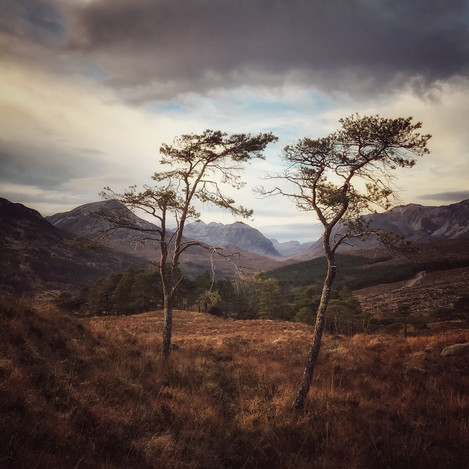
The phone also suits a more fluid style of photography. You shoot and move. No fussing about with a tripod. No faffing on with manual focus. No humming and hawing over which lens to use. And live view is up and running already. You can instantly see if the shot works or if it’s a bust. No worries if it doesn’t work. Bung the phone back in the pocket and walk away, whistling a happy tune. There is no pressure attached to a phone shot. It is simply used to capture a passing moment in time.
Issue 209 PDF
End frame: Paria Canyon, Vermillion Cliffs Wilderness area in Northern Arizona by Jack Dykinga
When given the daunting task of selecting and celebrating a single landscape photograph, after much deliberation, four artists’ work rose to the top of my list. I count John Sexton and his luminous black and white images as a major influence. I have long been captivated by the long-exposure black and white photographs by Michael Kenna. Among practitioners of colour photography, two men stand out: Charles Cramer and his remarkable work with trees and Jack Dykinga’s approach to the After considering all four men’s remarkable work, I chose Jack Dykinga’s image captured in Paria Canyon, Vermillion Cliffs Wilderness area in Northern Arizona.
Subscribers 4×4 Portfolios
Welcome to our 4x4 feature which is a set of four mini landscape photography portfolios submitted from our subscribers. Each portfolios consisting of four images related in some way.
Submit Your 4x4 Portfolio
Interested in submitting your work? We're on the lookout for new portfolios for the next few issues, so please do get in touch!
If you would like to submit your 4x4 portfolio, please visit this page for submission information. You can view previous 4x4 portfolios here.
James W. Fortune
The West Coast
Kåre Selvejer
ICM – First attempts in a new and unknown direction
Leslie Landerkin
Finding Beauty in the Fog
,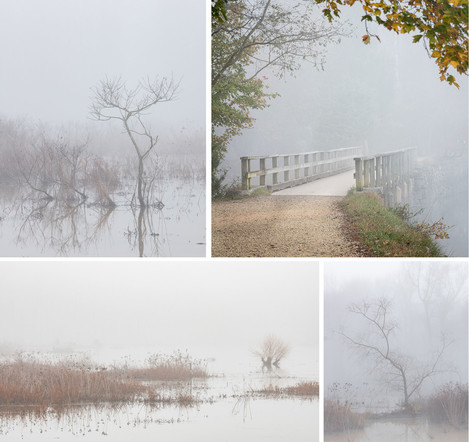
Nils Leonhardt
Patterns of the Outer Hebrides
Patterns of the Outer Hebrides
This brief collection of photographs is a highly curated synthesis of what the Outer Hebrides represent to me in a deeply aesthetical way. Each has a specific colour, each has its own meaning, and I can recall everything that I felt before and after pressing the shutter button. Everything slows down, and while it is breathing all the light in front of my eyes, I feel the whole magnificence of the earth entering my mind.
Landscape photography aspires to reduce the absolute vastness of a place into a single visual entity which holds together time and space. The human species is drawn to exploring as a natural thing, therefore landscape photography feels somewhat comfortable and even logic to me. Nature isn’t simply waiting for people to being registered with their cameras. On the contrary, the great challenge of a landscape photographer is to condense the world into a captivating visual fragment.
Par excellence, nature opposes any means of control. And that includes arranging elements. We need to move around in order to organise chaos and transform nature into the beautiful composition that is in our mind. Understanding nature – and being drawn to exploring all the contextual elements that make up these huge canvases – is a basic skill for capturing it in a storytelling fashion.
We don’t own landscapes, they express themselves as they please and we are just drooling voyeurs thinking about slightly expected results. But, in the end, nature is the author of these photographs. The most poetic thing about this experience is that even when surrounded by other photographers, no landscape will look equal, we all end up having a unique piece of art in our hands. In this is something worth sharing.
Photography is limited and can’t express all the wonders of exploring nature; but it is a great way of showing others our world and why it matters to keep it safe from our own hand. If we don’t start taking serious action about taking care of our planet, these images will be the only witnesses we will leave for future generations to come about how graceful our planet was.
Finding Beauty in the Fog
Landscapes in the marsh and along the canal can be cluttered making it more challenging to isolate the scene. But with fog comes the opportunity to discover and capture the beauty more simply. Images made in fog allow the photographer the opportunity to be selective in making the image and in processing.
The latter by deciding how much will show through the fog in the background. Portfolio images were made in northern Virginia, USA along the water near the Potomac River. "Through the Fog" was made along the C&O Canal Towpath and the others were made in the marsh at Huntley Meadows. I frequently photograph both locations throughout the year but fog increases their magic.
ICM – First attempts in a new and unknown direction
While my native country Denmark is often described as being “nice and green” it is my belief that few if any landscape photographers would ever describe it as a landscape photographer’s paradise.
Denmark is one of the most intensively exploited agricultural nations in the world, and with an absence of mountains, cliffs and rocks (save for the remote small island of Bornholm where small cliffs can be found), and an almost complete absence of wilderness, it is at times hard not to feel a bit envious of the possibilities available to landscape photographers in the U.K. Even our woodlands are plantations destined for production.
Travelling abroad is, of course an option, but it comes with a cost and as I am aware that I also have to reduce my carbon footprint, travelling has to be the exception rather than the rule.
Getting out with my camera is a necessity for me and while my main photographic passion is the landscape, I have over the years also developed a certain passion for shooting abandoned places (can be hard to find though), decay and rust to compensate for the lack of opportunities in the Danish landscape.
From time to time I do, however, end up in a creative rut. I do get out with my camera – important for both my wellbeing – but I often reach home without the camera ever leaving my camera bag. I have come to accept this and just enjoy the walk. As I walk, I often spend time wondering about new directions and possible new photographic opportunities.
For some time I have had a wish of making more abstract images, concentrating more on shapes, colours and my own emotional responses to the landscape rather than the subject itself. Since I was first exposed images made with ICM. I have found them very inspirational. I have on the other hand always felt the concept of I.C.M. to be beyond my normal comfort zone. Having shot transparencies with a large format camera since 2005 I have to the best of my ability tried to work in the systematic and rigorous way which is so essential for this type of photography. When I started to become serious about digital capture in 2015, I tried to transfer as many of the same techniques as possible and to keep my pace as slow as possible.
Getting out of one’s comfort zone, however, is often considered to be a good way of progressing. So around Christmas last year where we had a long spell of very wet, grey, dark and gloomy weather I decided that this was probably the best conditions I could have if I wanted to give image making with I.C.M. a “go”.
I feel decidedly uncomfortable shooting handheld, so I still opted to use my tripod. My shutter speeds in the woods were somewhere between 4 and 8 seconds at base ISO and F 16 (with I.C.M. there is no need to worry about diffraction), so this gave me plenty of time to rock the tripod slowly back and forth.
The four pictures are made on my first two outings. While being a completely new direction for my photography I feel quite happy with what I got. So, whenever I feel the conditions are right, I look forward to exploring further into this new and for me unknown territory.
The West Coast
I may have studied in Edinburgh, but my heart is quite literally torn in two when it comes to my feelings towards Scotland. My family and I have been visiting the West for coming up to a decade, with a particular focus on the Inner Hebrides. I quickly found myself utterly enchanted by the area, which meant that the occasional visit with the family quite simply wasn't enough. This has resulted in multiple road trips (both in company and solo), a long standing love affair and a proposal of marriage (to my fiancee, not the land!) in the area.
The landscape is as varied as the weather and seems to be an area that can both accommodate and bewitch any visually orientated person. It can challenge and surprise on any day, providing a nigh on constant source of inspiration for me. Heading back is one of the highlights of my calendar.
Lockdown Podcast #7
Tragedies of the Landscape Commons
A society is defined not only by what it creates, but by what it refuses to destroy.-John Sawhill
Lifelong insomnia has been both a blessing and a curse for me, and like so many other things its blessings have always seemed more profound when I’m out in the wild. It is 1am as I write these words, on a pleasant moonless night. I’m in my campsite sitting in a comfortable folding chair looking into the night sky. The vast desert around me is silent and still. No artificial light is visible as far as I can see, save for my little head torch—a necessary evil for writing which I hope to extinguish soon, so I can return to my nightly meditation. To the south, the constellation Scorpius is now fully visible. Two adjacent dots of light catch my eye: the stars Shaula and Lesath, making up the stinger of the celestial scorpion (or at least some photons ejected from them several hundred years ago). My dog lies at my feet, waking every few minutes to check on my condition (or on the condition of possible treats I might have for her). In the previous hours, I saw three meteors, one sporting an impressively long tail; two satellites; one owl flying silently, and the movements of two unidentified animals too far to see clearly.
It saddens me to think that for so many people, experiences like these are no longer possible. Many may live an entire lifetime never having felt the peace of spending a quiet night alone under a canopy of stars, far away from the lights and cacophony of human hives. Many have become so detached from such primal experience as to not even know their power or to consider them worthy, and some may even be afraid of them. In recent years, even here in this great desert, more and more places I used to love not only for their beauty but also for such things as their intact communities of life, their silence, their clear skies, and the chance they offer to spend time in silent contemplation for days on end, no longer afford such experiences. Some of these places have been damaged or destroyed by increased visitation, some can no longer be experienced in solitude, and some have been “developed,” by which I mean that their wild character, their complex ecosystems, their mystery, their natural soundscapes, and their capacity to serve as refuges from the ills and bustle of humanity, have been willingly sacrificed to make them easier to access and more alluring to casual visitors.
The Path Towards Expression – part 4
In the last few articles in “On Landscape”, I have been reviewing the particularities of using photography as a way of personal expression (see part 1, part 2 and part 3). Landscape photography can be used not only to record literal depictions of places but also to convey ideas, emotions and connoted symbolism and metaphor. By using photography in an expressive way, we can tell stories and shape the way these stories will be deciphered by the observer.
Obviously, the most important thing to make our photography expressive is having something to express. But even if we know what we want to say, we need to decide how to do it, which, in turn, will need to be informed by the why. Photographing with intent means allowing that intention to guide the whole photographic process, so that every single decision is coherent, informed and justified.
In this article, I am presenting one of my personal projects, “Totems”, made in the framework of my MA in photography. I hope the reader will not feel alienated by the eventual academic jargon and frequent quotes to critics and other practitioners. If you feel bogged down in the details when reading this article, I urge you to focus on the overall idea: how the project is critically justified always coming back to its message and intent. The purpose of this article is to provide a case study where the overall message and intent are specified, and the subsequent decisions along the photographic process are critically justified; from the fieldwork to the decision of the ideal surface of dissemination.
In this respect, the article ends up discussing about the creation of an Artist Book made for this project. I succinctly describe how every single decision related to its design and construction was, again, aligned with the original message and intent of the overall project.
Additionally, this article also shows how important it is to know where our project stands, in terms of the History of photography and of the contemporary practice of landscape photography. This is not only important to avoid repeating what others have already done, but also to realise what we as individuals have to say in a genuine way. Obviously, we never create in a vacuum, and it is also important to acknowledge possible sources of inspiration while justifying our decisions in the light of criticism already given to similar work.
"Totems"
At the very root of the project “Totems” lies a critical opinion about the unsustainable relationship between human beings and their environment.
These “Totems” are just remnants of what used to be a productive farm. These figures of anthropomorphic nature are displayed in a typological way. Thanks to the psychological phenomenon known under the name of Pareidolia, we see human traits, faces, gestures and poses in these figures.
Jenifer Bunnett
Whatever we may think, traces of our upbringing always persist to shape us, and at some stage manifest themselves in our photography. That’s certainly true for Jenifer Bunnett, raised a free spirit in Pembrokeshire but presently – temporarily she hopes – living away from the sea that she loves. Not that that has stopped her from developing a portfolio based around the elements that resonate most: earth, wind and sea. It just takes a little determination and some good planning, plus a willingness to allow for life’s interruptions. In contrast to the energetic frenzy of her good friend Rachael Talibart’s photographs, Jenifer’s images show a quieter side of the sea, though not without the potential to occasionally take her feet from under her.
Can you tell us something about where you grew up, and the extent to which that has shaped you?
West Wales was where I was lucky enough to be brought up. My father fell for Pembrokeshire while doing a holiday job rowing guests to Thorn Island on which sits an old fort. At that time it was run as an alternative (sic Pembrokeshire) hotel. When my parents discovered I was on the way, my mother, a London girl, had to be convinced that Pembrokeshire would be the ideal place in which to raise a child. In those days there was a lot less motorway and Pembrokeshire was decidedly remote. They set up a sailing school, rather ahead of their time. Our cottage, though quite charming, had no electricity or running water. We obtained the latter from a nearby spring. It was indeed the perfect place to raise me; a world of echoey bridges clad in emerald green seaweed, mournfully clinking boats, the ever stirring wind and looming layers of cloud, variously disquieting or reassuring, heightening the senses.
Your father was a photographer. How did this influence your education in the subject, and tastes? What kind of images did you initially set out to make?
Yes, he was. After a few years of running the sailing school, which I gather was successful in a free spirited kind of way, my mother put her foot down. I had a younger brother and another on the way, and she wanted stability, running water and a social life! They headed six miles inland and bought a rambling old farmhouse. It probably seemed as bonkers as the old cottage to some, but it had amenities so my mother was OK with that. Dad had been one of a team of scientists who’d sailed to Spitsbergen to prove the Earth’s tectonic plates had moved and that trip had galvanised his nascent interest in photography. So, photography it was! One room became a studio, another a darkroom. A few years on, he opened a studio in the town centre where his business really expanded. I now had three brothers and specialising in one genre wasn’t really an option; he did it all. Weddings almost every weekend, portraits, industrial and commercial shoots and lots of press photography. One of our favourite childhood memories is of Dad trying to get a roll of film onto the train to arrive in Cardiff for publication in the next morning’s Western Mail, and missing the train, so whizzing along to the next station to try and catch it there. We’d glimpse the train sometimes, jubilant as Dad tried to race it. Occasionally we’d miss all the trains and end up in Cardiff!
Perfection in Nothingness
Perfection in design is achieved not when there is nothing more to add, but when there is nothing left to take away.- Antoine de Saint Exupery
Saint Exupery’s dictum is exemplified, par excellence, by McCloskey’s image of Devil’s Island, taken one foggy morning in Killarney National Park, County Kerry, Ireland. On a superficial level, we see an image which has been stripped back to its essentials: an island, its reflection and the merging of water and sky to create a uniform background to the image. It seems simple, simplistic even, a perfect example of the cliché saying about minimalism: less is more. But this is to underplay the power of this particular image, and the impact of minimalism in general – it is anything but simple!
If we approach an image like this from a compositional point of view, then we already begin to understand some of the interpretative choices that the photographer has made. For example, we are presented with geometric shapes – the island and its reflection create a (rough) circle which has been placed centrally in a square frame.
This is a pictorial effect created by the deliberate decision of the photographer to shoot when the water is still. Not also how the space around the island and its reflection is devoid of texture. The viewer can’t really tell any difference between water and sky. They are tonally equal, there is no pattern or surface structure for the eye to rest on. The blending of water and sky is emphasised by the restricted colour palette, blues and slight greys. That’s it. Even the island only manages a hint of brown and green, a dab of white. All very sparing, austere and simple.
Why is this sort of minimalism an attribute of perfection as suggested by Saint Exupery? I think this comes down to a balance of the aesthetic choices the photographer has made, and the emotional impact that derives from those choices. I’m not particularly interested in how the image came about – perhaps the water was really that still, the fog obscured the horizon line, or McCloskey used a ND filter to smooth the texture, it doesn’t really matter. The effect, so common to minimalism, is to focus the eye on one point, to make the viewer stop, and to force a contemplation. It is a stilling of the everyday reality. Imagine for example what it actually must have been like when McCloskey stood on the shore. There would have been waves, movement, noise, detail – we all know as photographers how the moment of making an image can be full of adrenalin and excitement. But all this has been excised. The rhythm of reality has been slowed down and stopped, this image creates an unreality, something the eye cannot see, but only the mind of the photographer can perceive and demonstrate to the viewer.
And so, to the emotional impact: What does this image convey to you? A feeling of peace, calm and quietness? Does it suggest tranquillity and harmony? Perhaps a meditative feeling, of a sense of emptiness? I wonder if this existed at the moment of making the image…? More often than not, I suspect it doesn’t. Rather this is the minimalist aesthetic: It is the photographer’s decision to strip away, to get rid of colour, of objects, textures, to blend everything into a formal static composition, to flatten time, that brings us back to Saint Exupery’s insight: there is nothing left to take away, and to be left with perfection…
For more of Norman McCloskey’s work see: https://www.normanmccloskey.com and https://www.instagram.com/normmccloskey/
Salinity
Salt piles both white and brown, excavation by way of evaporation, the semi-arid desert located basins exposed to the prevailing northerly winds and summer heat. Salt production from the sketchers’ imagination, an environment extremely hostile to life revealing through the frame a kind of atavistic visual austerity.
Some 30 years ago I had read about Saharan Salt and the caravans transporting it up from Algeria and Mali into Morocco. Salt literally worth its weight in gold. I can't be sure whether I had read or imagined desert towns made entirely from blocks of salt. The notion of such a wild inhospitable place appealed as a place to write about. Many years later, I found myself much closer to the Saharan source of salt, living in Morocco.
The small pockets of Morocco’s salt production located on its western coastline had been on my radar for years but photographically it seemed too unstructured and harsh to make any images there.
The Post-Processing Debate, Part II
It has come to me of late that comparing one man’s work to another’s, naming one greater or lesser, is a wrong approach. The important and only vital question is, how much greater, finer, am I than I was yesterday? - Edward Weston
Part I of this article gave a historical context to the current debate in post-processing (click here to read).
The Dilemma
Nearly everyone would agree that digital files, especially raw files, require some degree of post-processing, i.e. editing. The essence of the current debate is, at what point does post-processing cease to approximate reality as it was and begin to depict reality as the photographer wished it to be? Whilst the photographer is obliged to use some software to process images, at what point does an image become “Photoshopped,” which for some is a euphemism for mendacious.
Some have argued in a variety of forums that truth is neither necessary nor important, nor even possible, in a photograph.1,2 Others feel that the photographer should strive for veracity in the image even if truth can never be fully achieved, kind of like the Heisenberg uncertainty principle. You can never photograph what you see so the photograph must be untrue.
Issue 208 PDF
End Frame: Autumn Leaves in Wood by Glenys Garnett
Choosing a favourite image is an almost impossible task for me, given that my mood and tastes have shifted quite significantly over the past few years. Still, when approached by On Landscape to consider this, it did give me a chance to look back over the photographers who in one way or another have helped shape my own journey thus far.
I, like most, when first starting out in landscape photography, was drawn to the grander view: colour; drama; impact. Wide views which pulled you into the scene. Those, and I mean no disrespect to the photographers or their work, where you didn’t have to go looking too hard for the image. Beautiful, but nonetheless often a literal representation of the scene in front of them. Work from the likes of Adam Burton, Neil Barr and Mark Bauer was part of my regular morning fix of photography over coffee.
It wasn’t until I had returned to landscape photography (after several years working as a sports photographer) that I realised my tastes had shifted and my eye was now drawn to quieter moments in the landscape. Whilst the view could still be grand at times, the palette was more muted, sometimes almost devoid of all colour. Work from the likes of Benjamin Graham, Rohan Reilly and Jenifer Bunnett were permanent fixtures on my browser’s toolbar.
My tastes have once again shifted, this time more to the intimate view of the landscape, with work from the likes of David Ward, Russ Barnes and Hans Strand being a joy to peruse. A number of these images make me question what I am looking at and that helps me linger longer, sometimes revealing even more hidden beauty.
Today, while all of the above still holds a place in my heart, especially for the intimate landscape, I now find myself drawn more and more to those photographers who are taking their work further than a single straightforward image. For me, one of the standout names in this field is Glenys Garnett As someone who also posts videos on YouTube, I first became aware of Glenys’ work via her series ‘The Making Of’
Cloudscapes
Lack of opportunities to travel for landscape photography has caused me (as well as many others) to look closer to home for subjects to photograph. I’ve been inspired by seeing the daily social media posts by Valerie Dalling of the cloudscapes from her window every morning since lockdown began in March. I had the idea of capturing evening cloudscapes as being complementary to Valerie’s project, but unfortunately, I was never organised enough to do it systematically. Nevertheless, I have been irregularly collecting cloud photos since late March. Those included here were, with the exception of the first photo, taken outside the front door of my home.
Living under the flight path of Luton airport means that my usual sky is a mass of aircraft contrails, both from Luton and from Heathrow. The huge fall in air travel since late March seems to have brought out cloudscapes which I’d either never noticed before or were hidden by the crisscrossing contrails. Perhaps both.
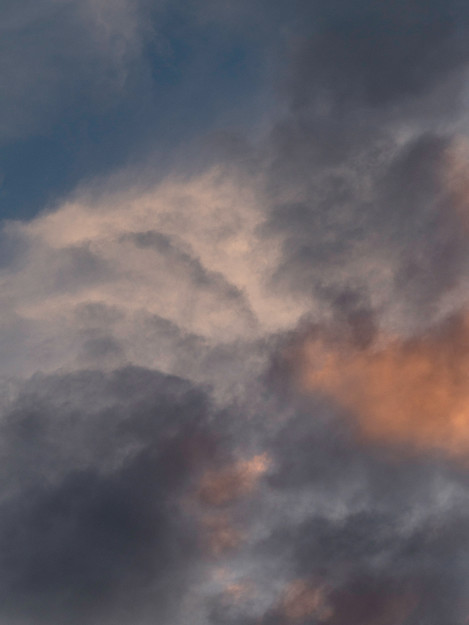
Why are clouds interesting as photographic subjects? Their ephemeral nature, constantly changing and never repeating, an unending series of ‘decisive moments’ which are sometimes difficult to catch, forcing the use of manual focus by someone who usually lazily relies on autofocus. Wistfulness, threat and other emotions seem to be expressed by different cloudscapes.
Something that was in my mind as I took these shots was their lack of scale, conferring an abstract nature. In contrast, I looked back at a shot I had taken a few months ago where a sunset cloudscape was firmly anchored against the trees in the foreground (the first photo).– very ‘safe’ and its scale can be easily judged.
The more recent examples are a mixture taken with a long telephoto or a mid-range lens – but lack of inclusion of any terrestrial fixtures means it’s impossible to know whether they were close-ups. Lacking a knowledge of photography history, I’m grateful to have been pointed by Tim Parkin to the work of Alfred Stieglitz, who published a series of cloudscapes he called ‘Equivalents’ in the 1920s and 1930s (read more here).
It seems that these were recognised as among the earliest intentionally abstract photographs, in that they (mostly) excluded any reference points that would give them scale. He aimed that the viewer would take from them not so much that they are photos of clouds, but draw on the feelings that the cloud formations evoked.
The British Romantic artists also employed clouds to project sentiment. Constable’s ‘Cloud Study’ of 1821 has a degree of overlap with some of the images I’ve presented here (says he, modestly!) although it’s probably the other way around.
p.s. in the last few days air travel seems to be opening up again, and the skies over Herts are returning to the familiar pattern of crisscrossing contrails.
Landscape and the Philosophers of Photography
Basically, therefore, photographers wish to produce states of the things that have never existed before; they pursue these states, not out there in the world, since for them the world is only a pretext for the states of things that are to be produced, but among the possibilities of the camera’s program. To this extent, the traditional distinction between realism and idealism is overturned in the case of photography: it is not the world out there that is real, nor is the concept within the camera’s program – it is only the photograph that is real.” “We are dealing here with a reversal of the vector of significance: it is not the significance that is real, but the signifier, the information, the symbol and this reversal … is characteristic of the post-industrial world in general - Vilém Flusser, 1983: The Gesture of Photography
And then, straight after submitting my last article to On Landscape1, I started reading a book by Vilém Flusser2(1920-1991) that expressed views almost completely opposed to what I had suggested in that article about the representation of reality. Flusser suggests that it is only the photograph that can be real; it cannot be the reality that was photographed (see the leading quotation above3). That is, of course, true to an extent. I had already noted in that article that our images depend on technology outside our control but had expressed the view that they might be representations of reality as experienced, in so far as they do not stray too far from what the eye saw at the time.4
"Quick Definitions"
Semiotics - study of signs and symbolsPost-Structuralism - the idea that things need analysing in their proper context, not in isolation
Post-Modernism - A rejection of turn of the century 'big thinking' around art. - Ed
The book by Flusser, Thoughts on a Philosophy of Photography, was written in 1983, so well before the proliferation of digital imaging, but at a time in philosophy when semiotics, post-structuralism and post-modernism [were in full flow. He wrote about photography as a post-industrial activity in which the camera as a machine or apparatus was used to produce images to satisfy the photographic program. The photographic program he envisaged (already in 1983) as the potential to produce images of everything and everywhere: “the sum of all those photographs that can be taken by a camera”. He does not define a philosophy of photography as such but rather sets out what a philosophy of photography would have to deal with in the post-industrial age. In particular, he suggests that rather than the photographer using the camera to provide information, one of the features of the photographic program is that the camera is using the photographer as a means of continuing its development (and the continuation of all the industrial complex that lies behind it). This is certainly an interesting alternative perspective on the modern memes of gear acquisition syndrome and the manufactured demand for ever more megapixels when most images are not shown at greater resolutions than the humble phone or computer screen.
There are no Straight Lines in the Wilderness
Using new technology is always a dilemma for a photographer. I was interested to read about Martin Longstaff's musings on using drones for landscape photography (Issue 201). This is a debate I have had recently. With cameras being technology based, they are constantly evolving. Some tools that we now take for granted, in their day were contentious. Take the lowly flashgun for example. When it was introduced it sparked a whole debate about ethics. When asked about its use, W. Eugene Smith, the celebrated documentary photographer remarked, 'Available light is any damn light that is available!'. This sums up my approach to using technology. It is about using the right tools, to get a job done. This article looks at my experiments using drones for landscape photography.
Shortly after moving to the Peak District, I was invited to talk about my work at one of the local camera clubs. I had recently finished a project that documented the long-term effects of the 1984 Miners' Strike on mining communities, so I was talking about that. As a guest speaker, I was also asked to review some of the members work, in preparation for an inter club 'print battle' that was coming up.
The talk went well, however judging the prints, was a little more challenging. It was a strange position to be in, none of the work could be classed as straight documentary, but I did my best. Being in close proximity to the Peak District, a large proportion of the images were Landscapes. One member named Geoff, proudly showed me his picture of a sunset over the Goyt Valley. Technically it was faultless, a classic example of the 'rule of thirds' but with a little too much Photoshop, post processing, for my tastes. I asked him about the image. He explained that it was a favourite walk of his. He loved this area of the Peak.
In the lower third of the image, the rolling moors stretched out into the distance. However, the whole landscape was covered in pock marks, like a strange disease. These peculiar manifestations are man-made. It is where heather is either cut or burnt back on grouse moors. The resulting regrowth becomes a key food source for red grouse and deer.
I remarked how alien it looked, but from his blank response, I could see that he didn't really understand my point. I asked him to tell me the story behind the picture. He explained that he had been walking his dog and had just got back to the car, at the same time as the sun was setting. He then detailed the equipment he had used and then went through the steps he had taken in Photoshop to make the image 'pop'. It struck me, that at no point did he actually talk about what was in the image. This was a classic case of 'looking, without seeing'.
My interest in the Peak District started 12 years ago when I moved to the area. I was lucky to meet, the respected photographer, Paul Hill early on. Paul was running an MA at a local university. His seminal book, White Peak, Dark Peak, was a major influence on my own approach to landscape work. He didn't capture pretty scenes, he documented what he saw. He collected evidence, to tell stories. We would go for day long rambles. He was a mine of information about everything. Every walk was an education.
Whilst numerous Photographic books on the Peak District books existed, few other than Paul's, tried to show anything other than pretty pictures. A much richer source of information came from local history books. One day in a local bookshop I came across 'The South-West Peak: History of the Landscape' by Eric Wood. This was a revelation. It detailed how the landscape had evolved and been shaped by man, right from the beginnings of time. It changed the whole way I 'saw' the landscape. Finely manicured hills were a sign of intensive agriculture, not just a tourist attraction. In this area grazing by sheep and deer had been the main factors in sculpting the landscape. The hills were this shape because of economics, not nature.
On one trip, being trapped in the car waiting for the rain to pass, I started doodling in my notebook. I was beginning to sketch out ideas for a new body of work. From a mind map, two phrases leapt from the page: 'There are no straight lines in the wilderness' and 'Just because a landscape is green, doesn't make it natural'. I realised that these two statements could form the basis of the project. I wanted to create a set of images that would engage people, but also make them think about what they were seeing.
At this time, I was becoming increasingly aware of some of the ecological factors effecting the landscape. With issues such as Climate Change and Brexit, Britain as a country is having to consider/re-evaluate land management and its consequences in some detail. A growing body within the scientific community and activists have begun to explore the concept of Rewilding and managing the British Landscape, to enhance its ability to absorb CO2. In addition, as the UK is now set to leave the European Economic Union, as a country we are now reassessing how a post Common Agricultural Policy (CAP) landscape will look. This includes changing incentives from maximising agricultural production to other goals, such as conservation and increasing biodiversity. All this means that land use and its management are increasingly coming under scrutiny.
At a certain point in a photographer's career, you get the urge to get serious. All rationale goes out the window and you buy a large format, film camera. It's as though the suffering of carrying a 15 Kilo tripod and using film, will give your work some form of gravitas. Equipped with my 30-year-old mahogany and brass camera, I ventured out into the storm blasted hills. I came back with very little to show for my efforts, other than a bad back. Whilst I had begun to develop the concept behind the work, the images I was producing were not working for me. I showed them to friends and colleagues, but they did not elicit the response I wanted. I could pre-visualise some of the images I wanted to take, but the equipment I was using, wasn't getting me there.
The breakthrough to my approach came on a trip to North Wales. I was walking in the hills above Taly-bont. As I descended the hills above Llyn Irddyn, I could see two perfectly parallel walls. In this wild isolated area, they just looked so incongruous. Why had someone bothered to take the time and effort to build these structures? From my vantage point high on the mountain I could see the image, but no matter which lens I selected, I couldn't frame the shot. As I descended the advantages of a high viewpoint were lost, at ground level I just couldn't make the picture work. It was lunch-time, so I pondered the problem whilst eating my sandwiches. Out here in this wild and barren place, was geometric evidence of man shaping the landscape, but with conventional photography, I couldn't get the photograph I wanted. What was needed was a high, controllable vantage point. The obvious answer was aerial photography, but hiring a light aircraft would have broken my budget!
A few years earlier I had used a drone for a project, this was the perfect solution. However, my experience of using drones was a frustrating one. I had built a couple of big drones, capable of lifting DSLRs off the ground. This was before 'off the shelf' versions were available. The problem was that I spent more time building and maintaining them than actually flying. In addition, with early flight controllers there was an ever-present risk, that your drone would develop a mind of its own and fly off into the sunset! In frustration I gave up. However, in the intervening time, a number of 'out of the box' solutions have become available. Whilst it was a bit of a gamble, I decided to try one out. A fortnight later I was back in the same area, flying a drone 80 metres above the walls. As soon as I saw the images, I knew I had found the solution.
Whilst there have been a number of photographers that have used aerial landscape images, including Edward Burtynsky and Yann Arthus-Bertrand, their work explores shape and form in a more ambiguous way. When writing about Burtynsky’s work in the Washington post, Columnist David Segal is quoted as saying, "Do Ed Burtynsky’s Photos Glorify Industry or Vilify It?". When asked about his own images, Burtynsky responds, "I don’t want to be didactic. I’m not trying to editorialise and say this is right or this is wrong. Either extreme is too simplistic". My work has evolved from a different heritage. An approach shaped by artists such as Richard Misrach, highlighting the ecological damage caused by the military on the American landscape (Bravo 20) and before him photographers from the New Topographics movement, whose images focused on a Man-Altered Landscape. This is work that is issue based. Whilst the images use composition and aesthetic forms, to draw in the viewer, their ultimate aim is to go beyond that and act as a catalyst to stimulate debate about contemporary and future land use.
Thinking back to my experience at the Camera Club, Geoff became my target audience. I wanted to create a set of images that would be appealing aesthetically, but would make people think about what they were seeing. I suppose that with a background in Social Documentary photography, it is not surprising that my landscape work is issue based as well. Using drones is just one way to achieve these goals.
David Foster
I came across David Foster on Twitter, where he was sharing beguiling photographs from his project 'everything seemed to be listening'. David has previously been drawn to edgelands, wastelands, and borderlands, and to ruined, derelict and abandoned places (which you can see at davidfoster.photography) but for the last three years he has been creating images and videos in response to the places in which the artist Paul Nash lived and worked. For the still images, David has chosen to work with double exposure photographs, made in camera, seeking a dialogue with what Nash referred to as ‘the life of the inanimate object’. David’s images and videos are titled with a grid reference giving the location where the work was made, but he talks about the way in which he reaches these places as being equally important.
Would you like to start by telling readers a little about yourself – where you grew up and what your early interests were?
I was born in Aldershot in Hampshire but spent my childhood from the age of four in Northumberland, first in a house on the edge of the old coal-mining village of Acomb, then in my teenage years in a house in the centre of the nearby market town of Hexham. The main interest that I had as a child which has extended into adulthood was that of music, which I loved making and listening to from a very early age - something that is still very much the case today. As a young boy, I think I did a fair amount of solitary wandering of the woods and fields just outside Acomb. I also used to regularly walk the two miles to school in Hexham, in order to avoid the bullies that tyrannised the school bus. Those early experiences of solitary walking – and indeed of the alienation and search for solace that so often prompts and fuels that kind of activity – perhaps shaped to a considerable degree some salient aspects of the outlook and sensibility that I have today.
Graveyard Bins
We have interviewed Al twice in the past, once as a featured photographer in 2013 and then in 2018 to talk more about the projects he was working on at the time (click here for interview). Richard Earney wrote an end frame in December 2019 that caught my attention and I got in touch with Al to find out more about his Graveyard Bins project.
It’s been two years since we spoke, tell us what you have been doing photographically over this period?
Wow, that's a lot of time to cover. I'll try and be concise.
I've had two books published, been part of several exhibitions here and abroad, made a short film, published some new zines with my friends at Inside the Outside, recently finished a series of Polaroid lifts which were to be exhibited at the end of March but that's postponed, started doing some workshops with my friend Fleur Olby called the 'Art of Walking', probably given a talk or two but don't quote me on that and started two new long term bodies of work to run concurrently. I've probably forgotten something but that's the gist.
Richard Earney wrote a fantastic end frame about one of the images from this project. Do you want to recap on how this project came about? Where did it all start? What's your personal interest in this subject?
It started roughly 5 or maybe 6 years ago. And it wasn't something I ever thought would be a project or body of work. The flowers were just something I noticed. That tiny tiny moment of 'oh yeah'. And that's all it was. I had my phone with me and I stuck it over the bins and made one or two photographs. I think I might have put them up on social media assuming no one would look at them and I was right, no one did, and quite rightly so. They weren't very good. And in a way the fact that no one looked at them kind of made me want to make more of them. But I didn't really. Not for a while. And that's where it all begins, I guess. By noticing something that maybe someone else misses. Everyone can see something that's invisible to others.
Joe Cornish and Tim Parkin discuss Robert Adams and Beauty
The concept of ‘beauty’ often seems to be a dirty word to those photographers from a ‘contemporary/academic’ background. The use of beauty is considered too bright a light to be seen direct for fear you go blind to the meaning behind a work. To those wishing to create works that reflect the natural beauty of nature, such an attitude seems anathema. Robert Adams strode a middle ground between these two camps and his book “Beauty in Photography” is an essential source material for anyone wishing to look more closely at the subject. His writing is accessible and concise without being dry, and his prior experience as an English professor pays dividends for the reader.
Shooting in the Dark
About 10-12 years ago there was a revolution. Social media and digital photography created new ways and opportunities to record and share our lives, experiences and adventures. All of a sudden, we could see where our friends and relatives travelled. We saw images of places we had been to in our dreams, we saw what our friends ate for breakfast on the other side of the planet, we could ride with them a boat through beautiful or harsh surroundings.
Then it changed. We started to put ourselves into the images, together with the landscape or a famous landmark. We moved ourselves into the foreground. We didn’t go to beautiful places solely to experience the magnificent historical sights, the manmade constructions, the natural wonders, or beautiful landscapes. No, we went there to make a selfie.
There is nothing new about this. We have always made images of ourselves. Portraits, for the family albums, Christmas cards of the family and portraits to hang on the wall, to remember our ancestors. It’s a way to define our identity. With the development of social media, a totally new way of thinking about self-portraits developed. We are now able to share an image the instant it happens. While there used to be a delay due to processing, printing and publishing, we can now go live as long as we are connected to a network.
The life span of most photographs has become shorter. How does this affect the photographer? Have the intentions and motivation behind the creation of an image changed? How do all the different ways a photograph is being used to influence our creative process? If the "function" of a photograph is more diverse now than what it used to be, how can we take advantage of this in the process of making better images of the landscape?
The Highs and Lows of a Landscape Photographer
I had been looking forward to my trip to Lewis and Harris for ages; at last, I was getting the chance to get to one of my bucket list photographic destinations – and for a whole 9 days – I was so excited!
As well as a fabulous destination, I was also looking forward to 9 days of photography just for me, what a privilege to be able to do this, and one that is very rare for all of us. So, my expectations were very high even though I was striving to keep them in check. I knew that the Hebrides in winter was likely to be frequently rainy and windy, but I come from Anglesey, which is the same, so I thought I would be prepared for this. I had all sorts of plans in my head for photographing in the rain – lens hoods, rain covers, umbrellas, even experimenting with deliberately allowing the rain to smear on the lens (a UV filter I hasten to add, not my actual lens), so I really felt prepared for this too.
How wrong can you be!
So, do you remember Ciara and Dennis – how can you not?! Sod’s law would have it that I managed to coincide my trip with these two storms, arriving just before Ciara and managing to get away on the last ferry before Dennis really started to do its worst. Consequently, my trip was a pretty constant battering of very high winds - at least in the high 40’s and mostly in the 50’s and 60’s - rain, hail and snow. I had one day of calm - the penultimate one – and one of just high winds with no precipitation – the first one.
Issue 207 PDF
End Frame: ‘Dead Camelthorn Trees, Dead Vlei, Sossusvlei, Namibia’ by Frans Lanting
We have a strong Dutch tradition of landscape painters such as Aelbert Cuyp, Jacob van Ruisdael and later in time Vincent van Gogh. In the middle ages and the renaissance landscapes were just backgrounds for biblical and mythological paintings. However, in the Netherlands, the landscape genre in paintings started in the 17th century because then there was a market and it became very popular. Dutch painters travelled to Europe to study the landscapes or just use their imagination. Aelbert Cuyp for instance never visited Italy in his life, however, he painted landscapes in an Italian style, a combination of bright yellow Italian light with hillsides and hazy backgrounds. No photoshop in those days but the freedom of painting and the result of his imagination and craftsmanship. Nevertheless, we don’t really have a tradition of landscape photography. On the mainland, the landscape photography is more a part of nature photography than a single discipline.
Daniel Bergmann
You can’t beat local knowledge and insight, and we’re delighted in this issue to have as our featured photographer Iceland’s Daníel Bergmann, who is also one of the speakers for our postponed ‘A Meeting of Minds’ landscape photography conference on 5-7 November 2021 at the Rheged Centre in Cumbria. We have a selection of images from Daníel that show that there is much more to his homeland than the icons that dominate social media.
Can you tell readers a little about yourself – your education, early interests and career – and the places in which you grew up and now live? How and when did you first become interested in photography? What kind of images did you first set out to make and how did it become a career?
I grew up in Reykjavik. From when I was ten years old, we lived at the edge of the city and there was vast moorland right outside our house leading to distant hills and mountains. I got my first camera when I was a teenager and one of the things I found exciting to photograph were the moorlands birds, such as the Golden Plover, Whimbrel and Snipe, which were all breeding around the house. I set up a darkroom in the basement and from the moment I developed my first film I knew that photography would be my path in life.
Right out of college, where I studied journalism, I started working in photography. In the beginning, I mainly did editorial work for newspapers and magazines but eventually, I took a leap of faith and fully concentrated on nature.
Motivations in Landscape Photography
A photograph is the end product of someone caring about something ‘out there.’ The best photographs exude this caring attitude in a manner which is not definable, but which is very evident. ~Bill Jay
Our motivations precede anything we do, and not only in photography. In creative work, our motivations not only prompt us to create but also pervade and carry through every step of the creative process. Our motivations influence the choices we make, set the technical and ethical boundaries we set for ourselves, affect the rewards we experience and the ways we engage with our audiences.
In the last few years there has been a welcome flourishing of writings about the many and varied reasons why people photograph. Of course, not all reasons apply to all people and what may seem obvious or proper to some, maybe anathema to others. For example, I recall almost giving up on Robert Adams’s book, Why People Photograph, after reading the first page in which Adams proclaims that one’s own photographs are never enough, and that those who stick with photography do so in large part due to a sense of community. This has never been a consideration to me. In fact, photography as I practice it is satisfying to me in large part because its rewards, to me, are largely independent of the works and judgments of others. Then again, Adams also mentions dogs as a reason to photograph, which I relate to very much.
Subscribers 4×4 Portfolios
Welcome to our 4x4 feature which is a set of four mini landscape photography portfolios submitted from our subscribers. Each portfolios consisting of four images related in some way.
Submit Your 4x4 Portfolio
Interested in submitting your work? We're on the lookout for new portfolios for the next few issues, so please do get in touch!
If you would like to submit your 4x4 portfolio, please visit this page for submission information. You can view previous 4x4 portfolios here.
Gaetana Ebbole
Mist on the Canal
Alex Hare
Reculver
Keith Snell
Memories of Water
Daniele Bellucci
Autumn in Connemara
Autumn in Connemara
Memories of Water
I am fascinated by water in the landscape: seas, rivers and ice/snow-scapes.These four images explore some recent encounters with moving water using ICM as a creative aide. They are intimate landscapes which is my preferred approach to landscape photography. The first image, a wavescape, is by way of homage to Morag Paterson who first inspired and instructed me in using ICM some five years ago. It was captured on a more recent workshop she lead with Ted Leeming to their new Ligurian homeland. The in-camera movement was initiated with a moderate zoom on a 24-105mm Canon lens whilst panning the camera along the breaking wave.
The other three images were made, much closer to my home, on the River Cocker at its outflow from Crummock Water in the Lake District. It was in full spate and I wanted to capture the threatening mood which it conveyed. They follow a sequence of: menace; a gathering of elements on the brink; and finally, annihilation (a white hole rather than the cosmological black hole!). To me they were not photographs of water, but rather they were about the metaphorical primordial memories carried by the water in this agitated state. A tad pretentious, perhaps, but therein lies the problem with words. Much better to look at the images!
Reculver
There’s a growing theme in the landscape community around what we can collectively do to mitigate climate change.
The idea of travelling far and wide for stunning experiences and landscapes has long been an uncomfortable contradiction for me and the majority of my photography has, for the last few years, focussed on creating the best possible landscape photos within Kent, where I live. I’ve found this a very rewarding, challenging and creative experience and one location I’ve come to love is Reculver.
Originally a Roman fort, it was then adopted by Saxons and turned into a church. Today it stands tall overlooking the Thames Estuary and it inspires me every time I’m there. It’s a versatile location that has something to offer throughout the year from various angles and it typifies my journey exploring Kent as a fresh hunting ground for creating landscape photographs away from the well beaten track and without travelling far from home.
Mist on the Canal
On the C&O Canal in the Maryland side of Great Falls is a section of the canal that has wide water, forming almost a lake. We love arriving early morning for sunrise and are always excited when we are driving across the bridge over the Potomac River from Virginia to see mist/fog hanging over the river. We arrive just before light and head down to the canal which runs parrell to the river. When we see the mist/fog hanging over the canal we know we are in for a magical treat!
Portrait of a Photographer- Jimmy Gekas
Welcome to the first instalment of “Portrait of a Photographer!”
As an avid reader of On Landscape and through having conversations with photographers from all over the world on my podcast, it has occurred to me that there seems to be fascinating differences in styles, philosophical approaches, post-processing, colour grading, compositional techniques, and even an acceptance (or rejection) of conformist attitudes between landscape photographers residing in the United States versus those residing in Europe. Now, I am obviously generalising a great deal; however, these trends seem to be confirmed on a regular basis through my study of this artform and various in-depth conversations I have had with other photographers over the past several years. Indeed, some photographers from Europe, especially the United Kingdom, seem to have the (often accurate) view that many U.S.-based landscape photographers have a style that is over-the-top, overly colourful, and perhaps even outlandish or extreme in presentation. On the other side of the coin, I have found some photographers in the U.S. find the work of photographers in Europe to be bland, lacking excitement, and muted in presentation. In speaking with Tim and Charlotte at On Landscape, we decided that it would be a worthwhile endeavour to explore and perhaps close this divide by showcasing vignettes of featured photographers from other parts of the world and show their work shown here in On Landscape. Once a month, I will be featuring a photographer whose work I admire a great deal in the hopes of introducing this magazine’s audience to a broader array of work in other parts of the world.
For the first iteration of this column, I decided to feature the work of Jimmy Gekas, a landscape and portrait photographer residing in San Diego, California. In my opinion, Jimmy has a way of seeing the natural world that few others possess; he is not afraid to reject conforming norms to present his work in a way that is unique, creative, and with a voice that only he brings to the table.
The Illusion of Reality
Like hardly any other artistic discipline, photography is confronted with the expectation of being – or being able to be – "true to reality" and thus producing representations of this reality. In nature photography, too, the supposed adherence to reality is often treated as a high value. Heavily manipulated images, on the other hand, are separated from documentary as another genre. In this essay, I intend to reveal the complicated relationship between photography and reality as well as the multitude of illusions and misconceptions that can come across attempting to tie the world of photographs and the real world together.
For centuries, visual artists have used canvas, brush, paint, hammer, and chisel to give lasting form to their perceptions of the world. It is no coincidence that in looking back at these important works, we find that the artist is the focus of our attention rather than the subject, because the process of perception, reflection, processing and expressive realisation is attributable to the artist. Despite their different relationships to reality, for example between painters of the Romantic period, Impressionism or Surrealism, no one would think of viewing the works of art exclusively as images of reality – the accompanying circumstances of subjectification by the artist, through the limitation of artistic technique or social values of the time of creation, play at least as important a role as the "factual" nature of the represented subject. This applies without restriction to works of high culture as well as to profane commissioned art.
With the advance of photography from the middle of the 19th century onwards, this centuries-old tradition of subjectivation through art began to falter. The new technique allowed the creation of supposedly incorruptible, objective images of reality. While the first artistic photographs still attempted to emulate painting by means of technical tricks or elaborately staged backdrops, photography also established itself as a documentary medium around 1900 at the latest.
Jack of All Trades
Many times, I have questioned what it is that inspires me to be out with a camera. The most straightforward answer to this question is being out in the landscape. I love it and always have, and to make photographs of landscapes is my main inspiration. I really do want to share with others what I have seen through the medium of photographs.
To be honest, if this was my sole form of inspiration, then I think it would have worn thin some time ago because I have never been particularly good at sharing my work, certainly before social media existed, which has been in existence only a short part of my career. Therefore, there were other forces in place making me get up and explore with a camera, as opposed to simply enjoying my time being in the wilderness. Having thought about this, I have not simply made photographs of the landscape, but I have made photographs of different parts of the landscape, each of which has excited me.
I vividly recall the excitement of being at the coast, and with an unstoppable desire, assigning all of my free time with my camera to simply heading away from land until it had all but ran out. I remember travelling to different beaches and bays to experience the white sands or the textures of the geology. I have an inventory of locations, all marked on maps that I returned to time after time, but which somehow are now left alone - but not for good.
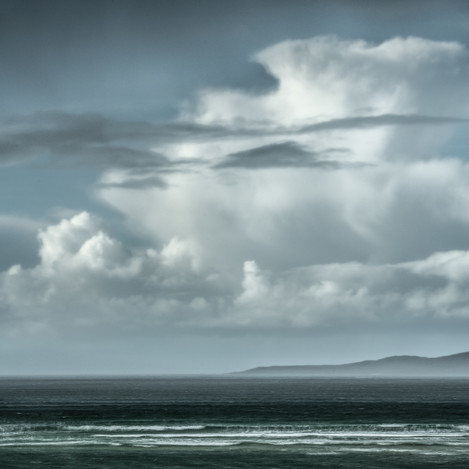
I arrived at the same conclusion with mountain landscapes.
Lockdown Podcast #6
Another instalment of the lockdown podcast where Tim Parkin, Joe Cornish and David Ward discuss a few questions around photography including "How is the easing of lockdown affecting you?", "How do you make the most of a photography workshop?", "What makes a good photography book?", "How do you see your photography changing over time?" and "Do you have any other non-photography creative outlets during the lockdown?". Here's a clue to the last question - you can guess whether it's from me, David or Joe.
Three Rocks, The Butt of Lewis
I took this shot, which I was delighted was selected as the overall winner of the Scottish Nature Photographer of the Year competition 2019, from the lighthouse at the Butt of Lewis in the Outer Hebrides in October. I was staying in Aird Uig which in itself is spectacular and fascinating due to its connections with the Cold war. Located on the west of the island, Uig (also known as West Uig and in Gaelic, Sgir Uig) has a multitude of breath-taking beaches, bays and coves on the doorstep. However, the weather forecast was for wind and heavy showers so where better to experience and capture these conditions than at a lighthouse?
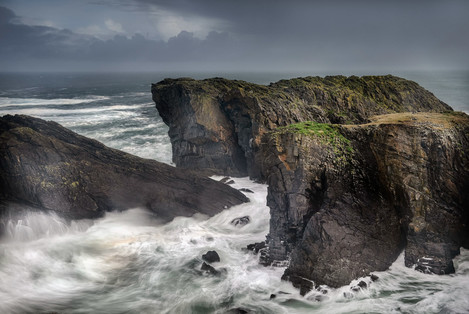
The lighthouse at the Butt of Lewis marks the most northerly point of Lewis. The drive from Uig to the Butt of Lewis took me past the Callanish Stones. The stone circles here are captivating and awe-inspiring. Dating back to around 3400 BC, they, of course, raise the questions of Why? Why here? How? What for? The sense of past and present being inextricably linked is palpable here. But for the photographer, the stones provide both opportunities and challenges. Trying to capture – and do justice to- the overall scene is very difficult. Instead, focusing on detail and pattern within the groupings often produces some striking results. However, it takes time to really capture the essence of this place, and this was not the day for such an endeavour.
Moving on took me across a flat and in places, quite desolate landscape, but with small roads off to the left leading down to rocky coves such as at Borve (not to be mistaken with Borve on Harris). A wide sandy bay with smooth sand dunes at Eoropie/Eoropaidh beach was also enticing and is certainly worth exploring. But the wind was picking up and with it my determination to reach The Butt, recorded in the Guinness Book of Records as the windiest place in the UK.
The lighthouse was built in the mid 1800s and is unusual in that it is of red brick rather than painted white as is more common in Scotland. At the time of building, there was no road access and so all materials had to be brought in by ship.
However, for me, the starring role is played not by the lighthouse but by the rocks themselves rising up from the tumultuous waters below. These are ancient rocks, Lewisian Gneiss, formed 3000 million years ago and some of the oldest rocks in Europe. The textures and patterns, angles and structures are visible amid the many seabirds that cling to the rocks and swoop in and out of the waves. The cliffs on which the lighthouse stands are between 60 and 80 feet high so are not the highest of cliffs, but looking down from them and across to the surrounding rock formations, is nevertheless a highly vertiginous experience. I cautiously approached the edge to find a suitable spot from which to shoot, wary of the gusting wind which threatened to take me towards, and perhaps over the edge. Fortunately, there were some safe flat spots to set up my tripod and begin to consider composition. The Butt of Lewis is wild and unforgiving. It is here that the raw force of nature is truly evident.
Trying to capture this essence is a challenging task.
A range of other shots were of course taken during the day spent at this iconic spot which accompanies this article.
Driving back, I stopped off at the Comunn Eachdraidh Nis, a museum, gallery and café set up to collect and preserve local history and to create a community hub. This has fascinating photographs and other materials relating to the history of the area and its inhabitants and is well worth visiting. While enjoying my tea and home-made cake, I had no idea whether any of the many shots I had taken would be of any quality given the ferocious conditions. Despite this, I felt the warm satisfaction that comes from spending a day truly getting to know and appreciating a location, which of itself is a wonderful experience.
The Hill
‘The Hill’ will not be found in any guidebooks or lists of ‘must-visit’ places. It will remain unknown, unvisited, even by most of the people who live nearby. It is of modest height – barely topping 1,000 feet – and from afar has no distinguishing features to separate it from other rounded forms in the West Pennine Moors. A housing estate encroaches upon its south-western slopes, a golf course to the south. It is usually a wet, soggy place of wind and rain. And yet, it is a remarkable unremarkable place that plays an important part in my photography, though not necessarily in terms of actual photographs.
‘The Hill’ is Cheetham Close, a hill that lies at the northern edge of Bolton,
A stroll up the hill acts as a seasonal reminder of the constant, subtle changes in nature that can often pass unnoticed. As I write this in early March three lapwings have just returned to the horse field to begin their acrobatic courtships while higher up on the moor the skylarks are tuning up, ready to make a mockery of Vaughan Williams. The plaintive call of the curlew occasionally haunts one’s passing along the summit moor and very rarely I may be lucky enough to hear the bizarre sound of a snipe drumming.
The moor itself can frequently appear bleak, empty, unchanging until you observe the transition of the moorland grasses from the vibrant, urgent growth of spring, through the dull established green of summer followed by a few weeks of intense orange before settling into the pale straw of the long winter. And then there is the glory of cotton grass. For a few weeks in May and June the bobbing white heads of swathes of cotton grass are a sheer delight. Every year I await the display with anxious anticipation, wondering if there will be much of a show or even wondering where the best displays will pop up as the cotton grass appears to travel along the moor.
Wandering through the rough pasture below the hill one can observe the growth of the trees planted 15 years ago – the birch, hazel and hawthorn growing slowly, slowly; the empty green tree guards marking where the struggle was too much. The sudden burst of hawthorn blossom will remind me to explore the fells of south Cumbria and the Dales while the succession of wildflowers – lady’s smock, bilberry, bluebells, tormentil, batchelor’s buttons, and spearwort – hint at the potential displays elsewhere. In July I wait in anticipation of the foxglove stand that grows near the bench – some years extraordinary, others a sad disappointment. Of an evening you can startle a deer, spot a fox skulking through the long grass or, most magical of all, follow the silent quartering of the pasture by the elusive barn owl. The only constant on my walk is that there will be something different, something to observe, some reason to say, ‘Hey, look at that!’
The Hill played an important role in the development of my photography. My first ever magazine competition win was with a photo of an old wooden gate on the shoulder of the hill under snow on a gorgeous winter evening; my first cover photo for Lancashire Life was a view towards Winter Hill from the summit and my first Viewpoints article for Outdoor Photography was of Cheetham Close. Ideas for photo projects or articles (including this one, of course) are often born while enjoying the freedom of thought on the walk.
These days I rarely take my full kit out on the hill but my Sony compact sometimes accompanies me and I enjoy the spontaneous freedom it provides. Ultimately, though, the influence of the hill is the exposure on the walk to the constant changes in nature that help to reignite my curiosity and rekindle my desire to explore, even if that may be elsewhere.
Postscript
And then there was lockdown.
No more jaunts to the Dales or Silverdale. I am restricted to ‘The Hill’. How lucky I am!
I composed the article in early March and now a lot more people are familiar with ‘The Hill’. Initially, I was very proprietorial, objecting to all these ‘Johnny-come-latelys’ spoiling my sense of exclusivity but now I realise that it has become an important part in the daily lives of many people in the area along with the reservoirs and strips of woodland currently bursting into life. So many more people are now enjoying the beauty on their doorstep and I’m sure this is being repeated all over the country – small pockets of nature providing essential contact with the natural world. Remarkable unremarkable places.
This can only be a good thing. People are becoming more connected to the natural world and feeling the benefits of a simple walk in the countryside. Furthermore, the regularity of that contact means that they are observing the variety and daily changes of spring that they would most likely miss in more busy times. One can but hope that there will remain a sense of the importance of nature and a desire to look after it a little better when things get back to normal.
In the meantime, I myself am exploring paths I’ve not walked for over 15 years (or at all in some cases) and reacquainting myself with some of the natural delights of the West Pennine Moors, compact camera in my pocket and enjoying the freedom of taking a few snaps on the way.
Issue 206 PDF
End Frame: ‘High Light’ by Colin Prior
I don’t think that Colin Prior (watch Colin's presentation at the Meeting of Minds Conference 2018) needs an introduction to anybody with a certain degree of interest in landscape photography. And surely not to the profound readership of On Landscape. Hence, I consider the opportunity to express my feelings towards his unrivalled body of work a true honour.
The chosen photograph shows the mountains of Assynt, Scotland, on a wintery evening. In this image, you can see how wonderful evening light accentuates the peaks of Stac Pollaidh, Suilven, Cùl Mòr and Cùl Beag. The illumination seems to be one of these special theatre lights that bath the actors on a stage. It is a photograph in which light is a tangible character thanks to its presence on the mountains. It is a true frame of genius, and exemplary for all his stunning 3:1 panoramic work. Browsing through his Magnum Opus “Scotland’s Finest Landscapes”, any photo would deserve to be exhibited here. Let us just regard this particular image as a metaphor for his masterful skill to capture a unique moment in time – his rare ability to understand nature and all contextual elements which are part of these huge canvases.
Colin can arguably be considered the reference when it comes to ultra-perfectionism in landscape photography. This is not only because of his extraordinary attention to composition. Beyond that, it is his perception of light and how it interacts with the natural world which results in images that have an almost tangible, dynamic feel. Moreover, what is striking is his capability to capture the authentic spirit of place, and by doing so, his place within that place. He offers some of the most natural interpretations of a landscape. And, as we all know, this is so hard to achieve. Par excellence, nature opposes any means of control. And that includes arranging elements. We need to move around to organise chaos and transform nature into the beautiful composition that awakens in our mind. Studying his images with care makes you realise what is important in landscape photography, and what is indeed trivial.
The Sublime Landscape
When writing about the Sublime it’s first necessary to establish what we mean by it. In contemporary speech, sublime is often a slightly elevated version of delightful, or delicious, as in, “You look sublime in that dress/suit,” or, even more annoyingly, “The profiteroles are just sublime, darling!” This is an undignified home for a word which in its artistic origins was used to distill the awe-inspiring, life-threatening, edge-of-catastrophe thrill of nature’s power and beauty.
The philosopher Edmund Burke who defined the idea of the sublime understood the importance of people being made to feel small and insignificant as a way of putting daily life in perspective, and to counter the inflation of the ego. Religion is one of the ways that this could be achieved, and art was another. But nature was/is Sublime’s source.
(For those seeking something more scholarly, there is endless interesting material on the Sublime in libraries and on the internet, as always.)
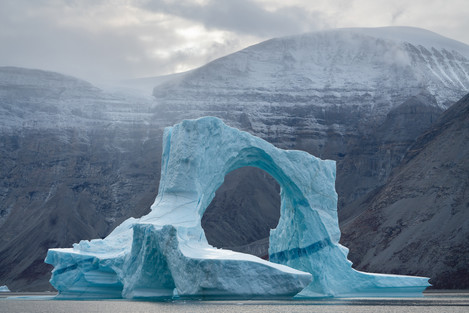
Arched Iceberg Greenland
All icebergs are ultimately doomed, and when they are as delicate and fragile as this one their demise is near. So near, that just a few seconds after this photograph was taken the arch collapsed, scattering shards of ice as dangerous projectiles either side of the impact zone. Luckily for us, we were not in the line of fire.
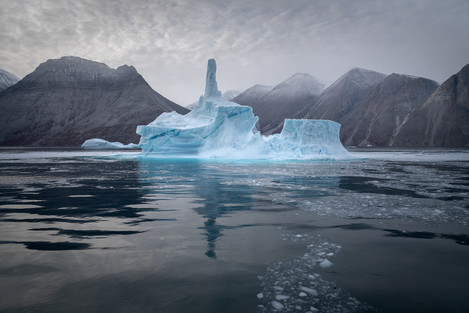
Arch Berg Collapse Greenland
Not long after, the remains of the decaying berg collapsed again in a less spectacular version of the arch fall. We remained safe, but it was a sobering moment. Undoubtedly a video of the event better helped describe it than any still photograph could.
To have a close encounter with a hurricane/tornado/erupting volcano/avalanche/earthquake/thunderstorm and survive, was to have a sublime experience.
Lockdown Project
A few weeks ago, during one of our lockdown podcasts, I challenged Joe Cornish and David Ward to take a few photographs as a 'mini lockdown project'. The idea was to produce a set of four photos on any subject matter but that had to be taken inside your house. We also opened the idea up to our readers to have a go. The idea was definitely not meant to be a real 'competitive challenge' but to motivate us into picking up a camera, if only for a short while. With the lockdown relaxing in England (and possibly in the devolved nations in the next week) we thought it a good time to edit them into together for your enjoyment.
Astrid Preisz
Shadows on the Wall
When Austria started its lockdown in mid-March, I started to take photos of scenes inside my house - objects, reflections, shadows, abstractions. As a nature photographer, I look for the small things, the patterns of nature and always try to see the beauty in the mundane. As a lockdown photographer, I tried to transfer these principles to my house and found the shadows the sun cast on my kitchen and living room walls during different times of the day most enticing - the sun being the artist and the random objects in my house the props.
David Ward
Colour and Luminance
I wanted to experiment with some intense colours on a high key field.
Ed Hannan
Kiwi
During this coronavirus lockdown period, I set up this wooden Kiwi model on my dining room table and added various other objects to try and put the bird into some kind of imaginary habitat. The images were made on my Nikon D800e fitted with a Sigma 150mm f2.8 macro lens and lit with Bowens studio flash.
Graham Cook
When a home is not a home
There is nothing conventional about how my imagination views our home. It is very much like a Time Machine, my very own Tardis - often I’m travelling through space or finding myself surrounded by microscopic detail from the natural world. For some years I’ve been cooking up abstracts for what’s become known as my 'Kitchen Collection’. It has opened my eyes to another world, one that’s created through looking at things differently and responding to the unexpected or inconsequential. The consequence of cooking, of opening a store cupboard, freezer door, dishwasher or refuse bin is never dull, it’s always tinged with excitement and expectation as I’m never sure where in our universe I may end up. The four images are simply representative of that journey, all iPhone and processed in Snapseed. As ever, no explanations, but they do or did exist in and around the kitchen.
Ian Meades
Bringing Outdoors Indoors
My wife is a fibre artist and our house is filled with the materials of her craft - this includes dried leaves, seedpods, rusty bits of metal, small tree limbs in various states of decay... So with a bit of hunting around, it was relatively easy to photograph things that one would normally find outdoors, in our indoor environment. With the added advantage of being able to do at least some of it in my pyjamas.
Joe Cornish
Anxiety
Hand-washing is one of the most obvious symbols of our current predicament, lots of it, and especially after every excursion into the world beyond our front doors.
Daydreaming
A strong memory for me of the crisis is our son Sam being at home, a joy for us, and a highlight is to hear him improvising on the piano
Homegrown
We have eaten extremely well during the crisis, much of it from our garden; Jenny has nurtured our asparagus plants devotedly for several years now.
Mourning light
The view through a window is meaningful to many and although we are so lucky to have a garden the sense of virtual imprisonment in our homes can be hinted at by the window. I also associate windows with Matisse and Derain, two of my favourite painters… and still-life and windows seem essential. I have lost several good friends during this period, although strangely, none to coronavirus; the title also refers to that.
Kaare Selvejer
Shells
The pictures were all made with old manual focus Carl Zeiss 120 mm F 4 APO Macro Planar (for Contax 645). The shells were placed on a black glass plate in my living room using ambient light from a window softened by a white curtain and a piece of white cardboard as a reflector.
Lizzie Shepherd
The Senescence Of Tulips
Tulips have long been one of my favourite flowers to photograph - they have a certain elegance throughout their lifetime and, it seems when all signs of life are long gone. These tulips are from the last cut flowers I bought - just before lockdown. Originally I planned to document their blooming and gradual demise, only to find that their demise lacked the usual elegance. However, several weeks later, they had one last gift to give and several of the flowers were looking wonderful in their deteriorated state. Above all, it was their texture and translucence that piqued my interest and at last, revived some feelings of creativity. I've taken a whole series of them, in various poses, some single, some as pairs, sharing a last slow dance. All shot with natural light, backlit by a bright (but draped) window and with the odd reflector bouncing light back onto the flowers.
Madeleine Lenargh
Home Portraits
I started this series back in March when we went into lockdown. Frustrated, because my favourite landscape location was closed to the public, I started noticing how the play of light, shadow, and reflections transforms familiar objects in the house. The project became a way to share with others how you can view ordinary things with new eyes.
Robin Jones
A Beach in a 16x12 developing tray
I have been keeping occupied during isolation by learning to make Cyanotypes and it was while washing out a print that the idea came, to make a seashore in the developing tray. I had used the same tray just a few days before to wash some shells for an earlier image idea, but 4 related images called for something more ambitious. The idea was for the "tide" to come in, with the help of a hosepipe and to show the backwash and the shell beach both wet and then dry as the tide went out.
Steve Williams
Lockdown Studio
Taken in my 'home studio', in truth a simple background of white card on my dining table, lit from the side via a big window. Sometimes I use off-camera flash via a remote, but I try to use natural light with silver foil reflectors instead. Plants are from my garden - mainly weeds. I'd always want to try some macro work and this enforced social distancing and 'stay at home' has given me time to do it at last.
Tim Parkin
Barred
I was thinking about was missing during lockdown and I collected a few items together that represented them. The glass was the invisible limits (and also the thing I was drinking out of when I came up with the idea). I was trying to use random backgrounds from the house but with my iPad in hand, and a quick experiment with a tilt-shift lens, this came about.
Viv Davies
Tracing a Path
Every morning - sunny ones at least - the sun traces a path across the staircase in my house by means of a patch of orange projected light. During lockdown I have watched the locus of colour gradually shift as the sun's path shifts towards summer. But it never reaches the mountains beyond. The colour is a result of a decorative glass plate sitting on the windowsill above. The mountains - a watercolour of Glen Nevis painted by a good friend.
David Cole
Road Signs
And we had one more entry that wasn't indoors but we liked it so much we let David Cole off...
Frederic Demeuse
Frédéric’s interest in, and study of, ethology and ornithology shows in his images. Instead of an empty landscape, he shows the animals, birds and insect life of the forest in its setting. He’s an advocate for nature and its restorative effects. When we think of rainforest, we frequently do so in the context of tropical or sub-tropical regions. It’s easy to forget that there are temperate rainforests too and that these are just as precious and just as vulnerable. We even have our own remnants of Atlantic rainforest on the south-western fringes of Scotland (and having spent time in it in the rain, I can vouch for the fact that ‘rainforest’ is not a misnomer). While many of his images are in colour Frédéric also likes to work in black and white, enjoying its ‘soul’, so we’ve included a number of monochromatic images with an emphasis on mood and texture within and without the trees.
Would you like to start by telling readers a little about yourself – where you grew up, your education and early interests, and what that led you to do as a career?
I was born and raised in Brussels where I still live. I was lucky to grow up in a neighbourhood next to the Sonian Forest, the green lung of the European capital. My childhood home overlooked a large wood of several hectares (now classified as a Natura 2000 reserve) where I made my first observations as a naturalist. Squirrels, amphibians and newts of the small pond, birds at the feeders in winter. I quickly became passionate about ornithology, a passion that has never left me. From an early age I devoured naturalist books and magazines. My field guides about birds never left me and each family trip and vacation gave me the opportunity to discover new species and new biotopes. Around the age of 8-9 years, I took my first pictures of robins, tits of all kinds (the crested tit was a favourite), nuthatches, wrens, woodpeckers, finches... I had fun recording my observations on the computer. But I never figured out that photography and nature would take on such importance until much later in my personal and professional life...
How did you first become interested in photography and what kind of images did you set out to make?
I made my first hides in my garden - the great spotted woodpecker was by far the most eagerly anticipated bird! It was, therefore, my passion for birds that led me to photography, probably motivated by the need to keep track of my observations. At the age of 12, I received my first serious equipment, a Nikon F401 film camera with a 300mm lens. A few weeks later I fell from a weeping willow into a pond near my home while trying to photograph a couple of great crested grebes…
It wasn't until around the age of 25 that my early interest in photography resurfaced in my life. At that time I was passing my final qualifications to become an airline pilot (my passion for birds probably made me want to fly like them) but an accident put an end to this career that had been set for me. Passionate about extreme skiing, I fell heavily while jumping over a rocky barrier because of a misidentification of the track. It was a big blow because I was no longer physically able to take the commands of an aeroplane, mainly due to a loss of sensitivity and motor skills in my left hand. But in hindsight, it was a great chance to return to my first passions of nature, forests, and the animal world.
I then worked in an office specialising in real estate acquisitions, but one Monday morning I resigned because I realised that it was much more interesting and fulfilling to run through the woods and to chart your own course. I found no sense in spending time in a job that I did not like; in fulfilling objectives contrary to the interests of the planet, the biosphere, our survival... A dog shared my life at that time and thanks to many walks I rediscovered the Sonian Forest which became almost my second home as I spent countless hours exploring every corner and focusing on different subjects over the seasons. Wildlife photography, landscapes, but also a lot of macro.
The Way We Were
We’re on some surreal timeline just now, deserted streets, empty malls, closed bars, cafes and coffee shops. Even the landscape we once worked and played in is essentially inaccessible to us. So much of what we took for granted is now a luxury we can only look back on and reflect. Maybe the person I was isn’t the person I should be, perhaps my attitudes weren’t always as noble as I would like.
From the cage, the horizon is infinite.
Today, Ann Kristin and I drove to Fort William for the first time in a month. It was quite the trip, having only been within walking distance of the house since mid March. The rush of driving along a road at 60mph, the vistas that used to be just passing by, now appeared intensely interesting. A herd of Red Deer grazed low in the glen, and as we sat waiting for the ferry to arrive, 6 Black Guillemots were engaged in heated territorial squabbles on the deserted pier. For certain, the deer and the birds were both there because, on the whole, we aren’t.
The road was deserted, save a few people like us, making essential trips. A far cry from a usual Easter Holiday weekend when the roads would be packed with excited tourists and frustrated locals.
I had a deep and moving notion as I noticed nuances of light on a distant hill, big patches of snow looming as the view opened down to Glencoe. Our thoughts rested on our dear friends Tim and Charlotte (I think they read these articles!) - all the plans we had to go climbing together, curry nights and just hanging out and laughing. As someone accustomed to studying the landscape, I was looking at it with fresh eyes, suddenly aware that without a camera in my hand I was looking for the sake of looking; feeling, engaging, fascinating, imagining and being inquisitive.
It’s Up To You What You See
Abstract art can be the most frustrating of art forms, but it can also be the most rewarding. There is a simple reason for this I think: the responsibility for finding ‘meaning’ in an image is thrown entirely on to the viewer. Rather than being presented with a depiction of what the artist saw, we are asked to see completely for ourselves. Most ‘realistic’ photographs make cognition easy: the subject is recognized and the viewer’s reaction to that subject is mediated by the photographer’s treatment of that subject. When we move into the realm of abstraction, however, that link to reality is broken - which of course seems particularly perverse in a medium such as photography which relies so emphatically on the object being photographed. And with truly abstract images meaning is no longer literal, there is no correct interpretation. Humans always seek definition, solidity, coherence, so abstraction runs the risk of frustration…
So how does abstract art become rewarding? The trick, as a viewer, is to relinquish the desire for meaning, or rather, to allow the mind to wander, to see relationships between form, colour, pattern, tone, texture etc, and to take pleasure in these relationships for their own sake. This can imbue an abstract image with an emotional charge which can be hugely pleasurable. Stieglitz is perhaps the earliest exponent of this with his Equivalents series from the 1920s when he photographed clouds but deliberately didn’t include the land so that they were void of reference points. No internal evidence to locate them in time and space. Stieglitz intended for them to function evocatively, like music. Emotion resided purely in their form, and it’s up to the viewer to feel their way to their own emotional interpretation of the images.
How does this work when we view an image such as Marianthi Lainas’s Tidal Traces #4? It is certainly abstract – there is no grounding in reality, no clear link to an object. Not only is the subject matter unfathomable, but the medium itself is also open to question. Is this actually a photograph? We don’t really know. (On her website Lainas explains that this is a cyanotype using light sensitive papers on the strandline, exposing them to the seawater and sand, and then selectively incorporating other media into the images). But what gives this image its beauty is, I think, the intrigue it evokes in the viewer specifically because it has no link to reality.
My own personal reaction to the image was first to see shapes that did have an echo of the landscape. So I noticed the delineation between blue and orange which suggested a horizon line.
As I look at the image, I am able to hold all these readings of it in my mind at the same time – the desire to impose a literal reading plus the pleasure at just looking at shapes and colours and noticing contrast and similarities. Perhaps this is why Marianthi’s abstraction is so powerful because it allows the viewer not only to see what s/he wants to see but to do that on a multitude of levels, all at the same time…
Below is another from the same series. I see the coast, space, sea spume, colour contrasts, lines vs shapes and on, and on. How rewarding is that…! What do you see? For more of Marianthi’s work see http://marianthilainas.com
Love Dandelions
My passion for the planet has for a time refocussed on compassion for humanity. COVID 19 has us frightened for family and friends, has us watching bewildered as we observe the best and the worst of mankind and has us struggling to understand. Originally, I had drafted this article as my response to Ted Leeming's and Morag Paterson's questioning our responsibilities as Landscape photographers. I had written about the difficulty of making tough decisions in order to live sustainably. It now seems this is being forced upon us and we have an opportunity to reshape how we live.
However hard I tried to reduce my environmental footprint I realised I was still part of the problem! What more could I do? I asked is it worth it? We are living in a world where the USA permits new drilling for oil in the pristine Arctic, (Carter, 2019) where China has negotiated extensive coal mining in Africa (Obura, (2017) and where Brazil's government 'shrugs off' the burning of the Amazon rainforest (Hockaday, 2019). We live in a world where populations are pushed into extreme poverty needing cheap food and clothing (Nixon, 2011:40), a world where multinational corporations not only commit massive environmental degradation (ibid) but also send out enticing glossy advertisements tempting me with even faster camera lenses and 'high tech' fabric to wear whilst waiting for the golden hour. Yet locally, a group of youngsters plan to clear plastic from Orford Ness shores (see fig 1 & 2) and another group plan rewilding patches of land in Ipswich. I too need to believe my own actions can help reverse the processes which are taking us to a global climate tipping point.
Although I am less and less enticed to buy new equipment, I still need to question the carbon cost of my photography …. especially those taken in faraway places. Whether it is 400 miles return to the Peak District or 4000 miles return to the Arctic where I toured a couple of years ago (see fig 3 & 4) or the 12000 miles to the Galapagos, my cancelled photo tour booked for April. As I learn the high climate cost of air flight, even with 'offsetting', I ponder more and more about the carbon footprint dilemma of landscape photographers who love all that is beautiful on this planet.
Over the past two years, I have been researching the science, politics and economics behind the underlying tensions and resistance to climate change. I have been asking what does this mean for the photographer? When I voice my concerns, the responses are very much about the hopeless task in a world which is governed/controlled by those listed in my opening musings.
Photographers have a global perspective and we care intensely about the beauty of the landscape. We also know our own localities as well as anyone. Could we be a powerful force to encourage local sustainability? Everywhere there are small parcels of important ecological niches under threat. It was the rate of loss of salt marsh along Suffolk coastlines, as important to the world's ecology as the Amazonian rainforest, that started me on a local photographic project. I explored my perspective of ecology and buried my prints for 10 weeks (see below). I spent hours in the salt marsh recognising what is at stake which gave me the courage to write this. I got very muddy but returned home a different person.
This was my final photographic degree project, after 7 years of study with OCA. At age 70, which now has a new significance, I realise I am rather late to emerge as an artist (new graduates are called emerging artists so I found out recently!), but I may not be too late to start a discussion.
With my time speeding up I offered to share more about my own project at the 'Meeting of Minds' On Landscape Conference 2020. I have also been thinking what next and how could landscape photographers act locally but link together to increase our impact. Could we use our creativity and skill, our dedication and commitment, to raise the profile of specific issues and/or might we link in with the scientists from Wildlife Trusts, conservation bodies and local universities? There are numerous studies evidencing how artists raise the impact of scientific findings.
Here is an idea for a shared photographic project to while away our summer days close to home! I read about the importance of 'leaving the grass to grow 8-10cm (3-4in) tall which means clovers, daisies, self-heal and creeping buttercup can also flower.' (Weston, 2020) The article went on to cite Memmott 'You can’t personally help tigers, whales and elephants but you really can do something for the insects, birds and plants that are local to you,' (ibid) The global mass of insects is falling by 2.5% a year and 40% insect species are threatened by extinction within a few decades, according to a global scientific review last year. (Sanchez-Bayo, 2019). We have all heard how bees are essential to our survival.
Rather than spending our extra time at home tidying the garden, could we look to see how we can help sustain the survival of vital creatures? By default, last year, at home I did less mowing and was amazed at the increase of insect and birdlife. (see fig 7 & 8)
Could we pull together a portfolio of our landscape work – both wild and cultivated - showing the benefit of letting flowers bloom and seed heads ripen? Our photographs just might encourage less mowing, less highly trimmed gardens and parklands and wilder local verges in the future. Could we encourage all to love dandelions? Dandelions, which have just begun flowering, are rich in nectar and the early food for bees and butterflies. What do you think?
In time I am hoping to set up an East Anglian ecological art resource and approach environmentally aware organisations to offer an 'art for science' service ...whether this will work we shall see! But I would very much like to learn from anyone who has done anything similar within their community. It is likely to be a tough and sometimes disappointing road but do I have a choice? As Dr R. Macfarlane wrote in 2016,
We are living in the Anthropocene age, in which human influence on the planet is so profound - terrifying - it will leave its legacy for millennia. Politicians and scientists have had their say, but how are writers and artists responding to this crisis? (Macfarlane, 2016)
References and Bibliography
Curtis, D. J., Reid, N., Ballard, G. (2012) 'Communicating Ecology through Art: What Scientist Think" [online] https://www.ecologyandsociety.org/vol17/iss2/art3/ (Accessed on 8 October 2018)
Demos, T.J. (2017) Against the Anthropocene Visual Culture and Environment Today. Berlin: Sternberg Press.
Carter, L. (2019) 'BP backs Trumpo's Artic oil drilling plans despite climate risk'. In: UNEARTHED [online] https://unearthed.greenpeace.org/2019/05/19/bp-arctic-drilling-climate/ (Accessed on 17 February 2020)
Hockaday, J. (2019) 'Amazon rainforest still burning despite ban from Brazil government.' In: Metro News [online] https://metro.co.uk/2019/09/04/amazon-rainforest-still-burning-despite-ban-brazil-government-10686406/ (Accessed on 17 February 2020)
IPCC. (2018) Global Warming of 1.5degrees [online] https://www.ipcc.ch/sr15/ (Accessed on 17 March 2020)
Klien, N. (2014) This Changes Everything: Capitalism vs The Climate. New York: Simon & Schuster
Macfarlane, R. (2016) 'Generation Anthropocene: How humans have altered the planet forever.' In: The Guardian [online ] https://www.theguardian.com/books/2016/apr/01/generation-anthropocene-altered-planet-for-ever (Accessed on 17 March 2019)
Nixon, R. (2013) Slow violence and the environmentalism of the poor. Cambridge USA: Havard University Press
Obura. D, (2017) 'As China has boosted renewable energy it's moved dirty coal production to Africa'. In: QuartzAfrica [online] https://qz.com/africa/1087050/china-moved-coal-production-to-kenya-with-risky-environmental-impact/ (Accessed on 17 February 2020)
Sanchez-bayo F. (2019) 'Worldwide decline of the entomofauna' In: Science Direct [online] https://www.sciencedirect.com/science/article/abs/pii/S0006320718313636 (Accessed 14 February 2020)
Weston, P. (2020) 'Help bees by not mowing dandelions'. In: The Guardian [online]
https://www.theguardian.com/environment/2020/feb/01/help-bees-not-mowing-dandelions-gardeners-told-aoe
The Value of Things
I'd never really had the confidence to think of myself as a landscape photographer, even though taking photographs of landscapes had been part of my job for years. It took tragedy, a process of maturation, and several pairs of worn-out boots to find a path to self-expression in what many would consider a bland and very agricultural part of the UK.
Nowadays, many jobs – especially creative freelance ones – involve elements of professional photography but not the whole package. That's certainly been the case for me. I've been a regularly published outdoor writer since 2015. When I submit a feature about backpacking or mountaineering, the editor expects quality photographs that document the trip and illustrate the story. I soon optimised my photography for what editors want: obvious mountain landscapes with a human element and composition that would make a good double-page spread.
There never seemed to be anything of interest to photograph in my local Lincolnshire countryside. At the time, landscape photography was all about 'epic' mountain scenery and maximum drama.
While I love the photographic side of my job, it didn't take long for me to figure out that I was rarely creating images for myself. I didn't know how. I was working to a brief, and because this side of my career began to take off in parallel with my development as a photographer, I never got the chance to figure out what my own vision was beyond taking pictures that looked 'good'. Did I have anything of personal value to say with my images, or were they just illustrations?
I'd had some positive feedback, and I knew that editors liked my photography, but I had no idea what it meant to me. By late 2017 I had figured out that validation in the form of likes on social media meant nothing. Although I didn't know it at the time, I was desperately seeking for an artistic vision.
Opportunity
In 2017 I began a new habit: I started to walk five miles each morning before breakfast. Over the months, this repeated immersion in my local area started to change my way of seeing. I noticed more. What had once been a bland patchwork of fields and scrubby woods became something entirely different. Slowly, a delicate enchantment began to illuminate this place.
Of course, light helped. My slot for walking was 6.30am to 8.00am. At certain times of year, I'd catch the sunrise, and I started to learn where the Belt of Venus would fall, which sections of my walk spoke to me in different ways. I carried my camera, but it took time before I started to capture anything more than visual experiments.
One particular dead tree I passed every morning stood out as an obvious subject. This grand old staghead, isolated in the Gunby parkland, delighted me with its various subtle moods. It soon gained the nickname of 'the Poet'. I realised early on that I wanted – needed – to say something about the Poet, but I didn't know what it was communicating to me, and that's why early attempts to create an image at this spot were failures.
As I learned to listen, I started to see the potential for personally meaningful images here. Something was missing, though. Hundreds of miles of hiking through this small patchwork of woods and fields, over a long period, had given me the fuel I needed, but I lacked a spark to ignite it.
Grief
In February 2018, tragically, I lost my dad to non-Hodgkin's lymphoma. A lot changed for me and my family during his long illness. Before his death, I struggled with anxiety, flirted with burnout, earned my first grey hairs, and asked my girlfriend to marry me. Afterwards, I felt like a completely different person.
It's no coincidence that I created the first personally meaningful image of the tree I called the Poet one week before my dad's funeral. The so-called 'Beast from the East' had carpeted Britain in deep snow that February. In its aftermath, I'd gone walking in the Gunby estate with Dad's old Spotmatic loaded up with Fujifilm Superia 400, and as I studied the Poet something seemed to click in my head – a harmony of my familiarity with this subject and my renewed perspective.
I knew what it was telling me now. It was telling a story of infinity and ephemerality, of isolation and connection, and a frank, unsettling look directly into death's face. I'd been walking past this skeletal form for so long without really thinking about the fact that it was a dead organism, braced against every passing gale, casting shadows and soaking in rain, etching patterns against the sky, whispering verses to passing walkers. Dead but very much alive. As I began the long process of sorting through my father's photographs and writings, this resonated with me.
This moment with the Poet was the catalyst. A personal maturing had combined with photographic opportunity to change how I saw this landscape.
Looking for the glow
I planned two more images of the Poet that express some element of what this subject means to me.
The first, 'Summer swift', was captured after several weeks studying the swifts that would perch in the Poet's upper branches. I wanted to capture a swift soaring at the tree's uppermost apex against broad brushstrokes of cloud, preferably in light that showcased the interesting textures on the branches. I succeeded in August 2018. To me it speaks of hope and rebirth – again, it's no coincidence that Hannah and I got married three months earlier – and maybe also something about this subject's remarkable breadth of emotion.
The second, 'The Poet, embracing infinity', had been previsualised more or less since that first image of the tree in the snow. I wanted to capture the tree against the Milky Way – an otherworldly form, again representing permanence while accentuating the subject's more alien and unnerving qualities. I light-painted with a green torch during the exposure to add detail to the trunk and shift the mood.
Since then, I've begun to collect images that might be considered riffs on a theme. My subjects are almost always trees. I look for ephemeral light that infuses an otherwise ordinary landscape with fleeting magic, and I often seek to render the organic components of the scene as stark silhouettes, playing with structures and framed skies, looking for hidden portals and pathways. There's nothing original in this, of course – better photographers than me have been doing it for a long time, but this has become the way I interpret a landscape others might consider dull. There's so much magic here.
I am trying to say something about fragility and vulnerability too. Not just my own, but that of the landscape itself, which is threatened by development and habitat destruction, and all the more so because most assume there is nothing of value here. A wood I walk through each morning was partially bulldozed in early 2020. This affected me more than I thought it would. The images I've captured in this place can never be recreated.
The path ahead
Even now, I struggle to think of myself as a 'proper' landscape photographer. Most of my mountain images are still created to a loose brief, although I have begun to find a more expressive way of doing this. It still takes effort to put myself in that more contemplative frame of mind required to create images for myself alone. Crucially, I feel that I am breaking away from trying to recreate images I've seen online, because I don't particularly care whether others see technical perfection or artistic merit in these photographs – they're about fulfilling a need within me, not seeking approval or meeting external requirements.
That said, I am becoming more discerning as I seek to improve my skills. Technical merit is a side I've long ignored because I saw it as largely irrelevant. Being agile and capturing emotion are more important, but achieving higher technical standards will be my next area of development as I seek to improve my composition skills. In the mountains, it's all about keeping kit weight down and capturing the images I need at a good enough level of quality without breaking the rhythm of my hike, but I can afford to be more deliberate for my personal work. As I grow and learn, it's my hope that my artistic vision will become more refined too.
Two years after my dad's death, the Poet withstood Storm Ciara, which brought winds of over 70mph to the Lincolnshire Wolds. Not a single branch on the old tree was damaged.
Lockdown Podcast #5
We finished our reader questions in the last Lockdown Podcase and so in this episode, I thought I'd ask about composition and whether Joe and David thought it was possible to teach, learn and how they go about it. We had a wide-ranging conversation and a few recommendations of book resources at the end. We hope you're enjoying the podcasts as much as we're enjoying making them.
There & Back Again!
I've always loved the theatre. There is a minimalist approach to portray everything. The approach is like an ideograph as the theatre, film and opera director, Julie Taymor, puts it. An ideograph is like a brush painting, a Japanese brush painting. Three strokes, you get the whole bamboo forest. In her most famous work, "The Lion King", she uses the essence of the story. The circle. The circle of life. Very effectively. Ever since I saw the nineties Disney movie, "The Lion King", I have been hooked. Wouldn’t it be wonderful to make images, still or moving, that evoke emotions? is the question I’ve asked myself often.
I knew, someday when I'm able to afford it, I will buy a camera and start making images. And so, it all started when I got the Kodak KB 10 from my first salary of being a graduate engineer. It was fun. Of course, buying a film and developing it for small prints was still a luxury. I had it for a couple of years and kept making images. Most of them could only evoke emotions or memories for myself. And that is okay. I think. I moved to Germany as an exchange student on a decent scholarship and that KB10 became a Canon 500N. I eventually got to know about the “larger film” cameras.
Over the next 4-5 years, I moved from 35mm to 120 (Mamiya 645/Pentax67) and then to 4x5 large format. It took a lot of courage and saving to invest in the large format system. But there it was, my precious Tashihara 4x5 with the only lens for it, the 150mm Schneider. Unfortunately, while making a photograph in Harz national park near Göttingen I slipped over a mossy boulder. In the panic, I decided to hold onto the next standing thing. My tripod. Both of us took a slide I will never forget and ended up in the cascade. The lens and most of the wooden parts were broken and I could never muster the courage of buying another large format camera. In fact, for over a year all I was using was a Yashica Mat 124G which I bought in a German Flohmarkt (Flea market) for some €30.
Well, this was 2005/6 and Canon had released their shiny and able EOS 5D. It was way out of my budget so I was happy to stick to the film media which was incredibly cheap compared to today’s standard. I mean, I used to pay €1 per 120 roll film development in Sauter, München. That soon changed though. And I eventually succumbed to the “dark side”. I bought a digital SLR and it became my main camera for all things photography, family, portraits and landscape included. My research institute was also selling all the “old” equipment including some really fine Hasselblads and I bought one for a really small amount. I was having buyer’s remorse for a couple of years but never sold it. It stayed in the pelican case it came with for years. Fast forward to another 10 years or so and while going through all the remaining moving boxes I found that case with many rolls of Ilford Pan F film. Around the same year, I was also thinking about my ever bulging lightroom catalog. Agreed that the majority of it was personal family images however, I did make quite a few landscape images with various digital SLRs I had kept buying in search of a silver bullet.
The fact was I had lost the mojo and the enthusiasm. It had become an automated process. There were few decent ones I could have printed, which is my litmus test for a good image still, however, the percentage was really low single digits. I was also hearing a lot about film resurgence. I was very sceptical though as most of these were “YouTubers” who I thought wouldn’t exist in a couple of years. Most of my heroes - Joe Cornish, Guy Tal, David Ward and many more had moved on to digital.
Issue 205 PDF
End Frame: ‘Hrafntinnusker Fog Ice River’ by Bruce Percy
I missed the 2016 Meeting of Minds Conference so I have only been able to watch Bruce Percy’s talk on YouTube. I had stumbled upon his work on-line, possibly following up on the many mentions he gets from other photographers in On Landscape and became an instant fan.
There are very few of Bruce’s images that I do not get a lot of pleasure from, not to mention the learning and inspiration they provide. He clearly takes great care in setting up his photographs in the field but, as he says, he does not like the term ‘post processing’ but sees the darkroom, digital or otherwise, as just another element of the image making process. His care and skill in subtly managing and manipulating the range of tones and colours in an image make a huge contribution to the success of his pictures. As does the way he guides the viewer’s eye around an image with curves and diagonals. I find myself increasingly interested in the design of images and the way their visual elements, in terms of shapes, colours and tones interact to affect the viewer’s experience and perhaps this is why I find his work so compelling.
Subscribers 4×4 Portfolios
Welcome to our 4x4 feature which is a set of four mini landscape photography portfolios submitted from our subscribers. Each portfolios consisting of four images related in some way.
Submit Your 4x4 Portfolio
Interested in submitting your work? We're on the lookout for new portfolios for the next few issues, so please do get in touch!
If you would like to submit your 4x4 portfolio, please visit this page for submission information. You can view previous 4x4 portfolios here.
Anette Holt
Colours of Iceland
Justine Ritchie
Gorm
Mark Hunneybell
Broken Reflections of York
Philip Moylan
Touching the Surface
Broken Reflections of York
Recently I have lost my mojo so to speak for photography in general. I think a lot of Photographers go through this at some point in their journey. So to overcome this, I purchased a small walkabout camera and ventured out.
This set of images were taken in York (England) just after a heavy period of rain. I decided to take advantage of the newly fallen rain by looking for interesting reflections in the numerous puddles. I really enjoyed the challenge of finding the compositions and then trying to capture the images on my newly purchased camera.
Gorm
The air is part of the mountain…as soon as we see them clothed in air the hills become blue. Every shade of blue, from opalescent milky-white to indigo is there ~From The Living Mountain by Nan Shepherd
‘Gorm’ is the Scottish Gaelic word for blue - ‘Cairngorm’ meaning ‘blue mountain’. The light in this area bathes the landscape in a surreal array of blues as described in the above quote by Nan Shepherd who spent a lifetime exploring, engaging and connecting with this wild and inhospitable highland region.
This set of images is very much inspired by the above quote and has been created using in camera multiple exposures and ICM (intentional camera movement) techniques to reveal the area's unique spirit of the place by creating abstract representations of this beautifully bleak location and in particular what it felt like to be among the colours, contours and coldness of the Cairngorms.
Colours of Iceland
Iceland is a landscape photographer's dream with dramatic scenery and big skies at every turn. For me, the individual elements within the landscapes are just as fascinating as the big vistas. The details are worthy of a closer look in their own right.
I love the strong colours within the landscape, the yellow lichen growing on the hillsides, the fluorescent green of moss growing on wet rocks, the stark contrast between the black lava and the remnants of snow, the golden shimmer when a sunray hits the volcanic ash, or the different colour shades of the soil - ideal conditions for someone like me who loves in equal measures the outdoors and abstract and landscape photography.

